

The Cost of Travel in Cuba: A 2023 Budget Breakdown
There’s nowhere in the world like Cuba.
I absolutely adored the time I spent in this glorious country, making my way from the depths of Havana to the sands of Varadero, while soaking up as much of the experience as I could along the way. What I discovered was a vibrant island full of sunshine and salsa, where you can spend your days sampling local cigars and mojitos, cruising along narrow streets in a hot pink vintage American car, and snapping photos of pastel-shaded historical facades in various states of dilapidation.
But Cuba has so much more to offer travellers than its stereotypes.
Venture into Viñales National Park and you’ll find yourself in one of the most breathtaking natural landscapes in Latin America, where you can go horseback riding, explore deep caves, try zip-lining, and hike through peaceful valleys.
Trinidad, in central Cuba, is one of the best-preserved colonial cities in this part of the world, and offers the perfect base for exploring Topes de Collantes National Park. There, you can swim beneath waterfalls, bathe in natural swimming holes, or head off on an overnight hike with your tent and sleeping bag.
And you can’t forget the beautiful beaches: while Varadero attracts most of the holidaymakers, I recommend heading to Playa Pilar instead, for fewer tourists, lower prices, and an equally-beautiful stretch of powder-soft bright-white sand.
Cuba has a reputation for being an expensive vacation destination, but I found plenty of ways to save money while I was on the island. If you’re going to be travelling on a tight backpacker budget, you’ll find you can get by for as little as $20 a day. As a mid-range traveller, I spent $120 a day. And if you’re looking for a taste of luxury, the sky’s the limit, but in general, you can expect to average $300 a day.
Today, I’m going to be delving more into the costs of Cuba and sharing exactly how much I spent while travelling in the country. Additionally, I’ll be breaking down the typical prices you’ll encounter while you’re here, so that you can ensure that you’re fully-informed before you arrive in Havana — that’s something you’ll want to do, as finding a working ATM can be a pain in the ass, so it’s easier to just bring cash with you.
Let’s get started.
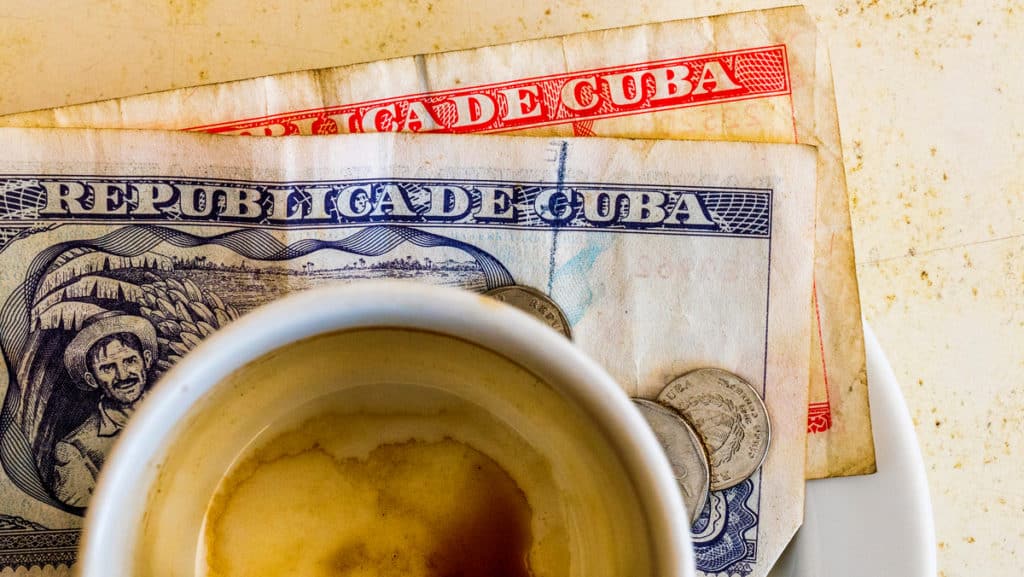
What to Know About Money in Cuba
Up until 2021, travel in Cuba used to involve juggling two different currencies. There was the CUP (Cuban Peso), which was predominantly used amongst Cubans. And there was the CUC (Cuban Convertible Peso), which was developed for tourists to use.
Fortunately, you no longer need to worry about confusing your CUPs with your CUCs, because there’s now one currency to rule them all.
In Cuba, you’ll be using the CUP — the Cuban Peso — for anything and everything while you’re travelling in this beautiful country. And as I write this, in early-2023, 100 CUP is the equivalent of 4.20 U.S. dollars (or £3, €3.50, 5 CAD, and 5.50 AUD).
And a quick note for all of my American readers out there: you probably won’t be surprised to learn that as a visitor, you won’t be able to pay for anything in U.S. dollars while you’re in Cuba. But not only that: your debit and credit cards won’t work while you’re in the country, so be sure to bring paper instead of plastic. And plenty of it, too, because it’s always better to have too much than too little. But I’ll go more into prices later in this article.
If you’re not from the U.S., you can expect your local currency (such as pounds and euros) to be accepted in private guesthouses and restaurants — and you can leave tips in them, too.
And as for me? I brought the equivalent of $100 per day with me for the entire trip, as our accommodation was paid for prior to arriving. In total, I ended up averaging $70 a day on food and activities with this cash.
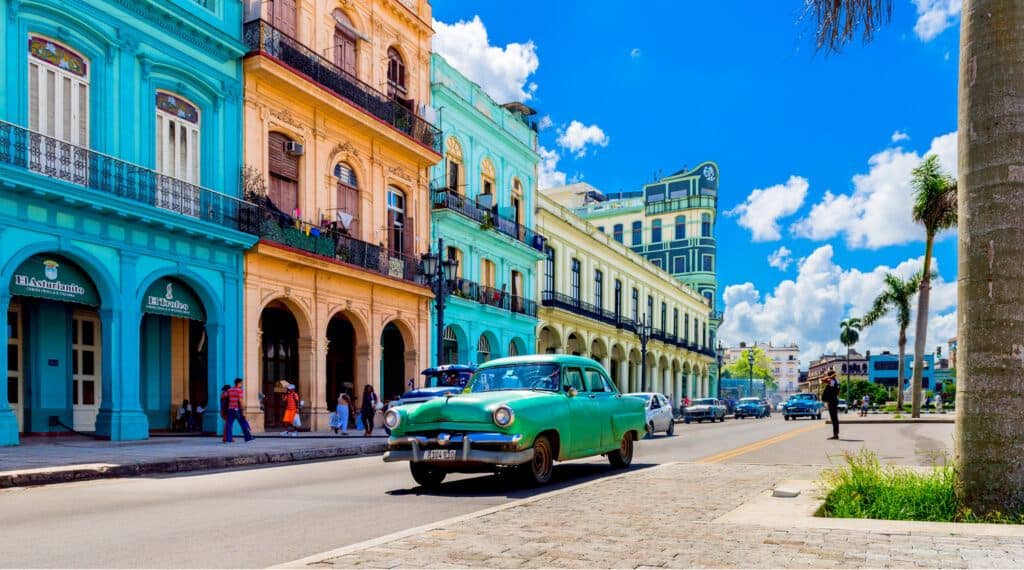
The Cost of Accommodation in Cuba
Havana- Elegancia Suites Havana – ( $115 a night): Perhaps the most striking energy of this hotel is the unique and engaging décor. The interior beauty has mastered a crisp and clean bohemian vibe, with pops of (unexpected) color and unique pieces to balance it all out. Located in just the right spot, you won’t need to taxi to all the best destinations, just walk outside and begin to stroll. If you have questions about the Havana happenings, great! The staff is knowledgeable, welcoming and helpful when it comes to servicing their guests. You can expect concierge services, tour assistance, a lounge and a rooftop veranda to relax as you soak up the elegance at this boutique hotel.
Havana- El Candiil Boutique Hotel – ( $150 a night): If you’re looking for a treat, you have found it. This place is perfection. That is, if your idea of perfection includes sophisticated decorations and a rooftop bar and pool. Found in the Vedado neighborhood, the location is quiet yet convenient. The only thing more noticeable than the high ceilings are the windows to match, opening the experience to an overload of natural light. The rooftop bar is surrounded by enveloping foliage and views of the neighborhood. Exclusive only to hotel guests, the restaurant is both elegant and scrumptious. A salon that specialized in hair and spa treatments is a popular go-to among both guests and beyond.
Cayo Largo- Villa Papo y Mileidys Balcón a las Montañas – ( $27 a night): Located in Viñales Valley this Airbnb paints a pin-worthy backdrop from the balcony of your private apartment. But if you are craving company, the shared balcony extends far-reaching views of greenery on top of greenery in a welcoming environment. The hosts are accommodating, so much that they are known to set up various excursions such as horseback riding or trailblazing by foot within the valley. Oh, but that’s not all! Wi-fi and air conditioning are in every room and a brag-worthy breakfast is served every morning for a small price. The neighborhood is quiet but is still just a short walk to a livelier feel in downtown Cayo Largo.
Santiago De Cuba- Sunrise Ha Tu Vera – ( $26 a night): Staying at Santiago De Cuba will give you the feel of living like a local while not compromising on the amenities and comfort to make your stay exceptional. This Airbnb is cute, clean, hospitable and extremely reasonable in price. The location isn’t bad either. Being minutes from the historic center of Santiago De Cuba, makes it easy for guests to come and go. The host offers guests a chance to feast like a local with a delicious and modestly priced Cuban breakfast. The patio is spacious and inviting to sip on the notably delectable coffee in the morning. Oh, and they have Wi-Fi: that’s practically as good as gold in Cuba!
Trinidad- Casa de la Trinidad – ( $65 a night): Hospitable is an understatement here. Known for their impeccable customer service, Casa de la Trinidad is a mix of cleanliness, classiness and a Cuban touch of spirit. The bar is welcoming to day drinkers and night capper alike and the free daily breakfast, although simple, is satisfying. The hotel offers an unbeatable location to start your Trinidad exploration. Just minutes away on foot from a handful of notable Trinidad bistros and a measly 5-minute walk to Municipal Historical Museum, Plaza Mayor and Colonial Architecture Museum. This is the perfect mid-range choice that doesn’t compromise on offerings or style.
THE AVERAGE COST OF ACCOMODATION IS $77 PER DAY
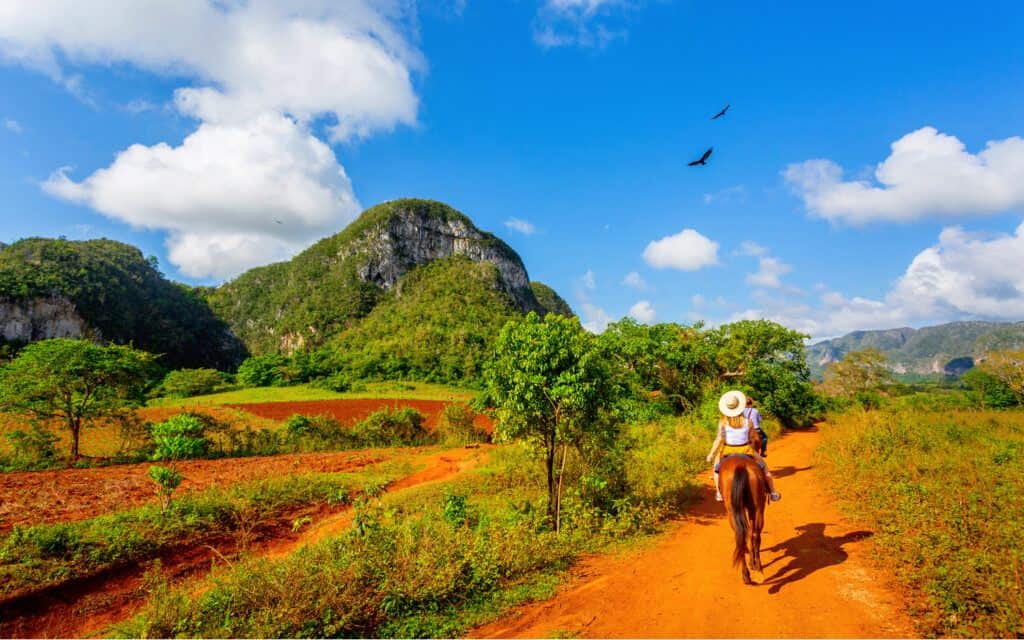
The Cost of Transportation in Cuba
If you’re American, getting to Cuba is probably going to be the toughest part of your journey. It’s true: the number of hoops I had to jump through just to get across the border was far greater than any country I’ve visited to date.
The main problem, of course, was the visa.
As an American, you must first secure a Cuban tourist visa in order to visit the island, and ensure you’ve selected the proper category so that you won’t run into any trouble at customs. “Support the Cuban People” is the best option to select when applying. You can do this online or during a layover in Cancun, which is the most common stopover destination from North America, and you should expect to pay $50 for the privilege. I recommend applying online for peace of mind.
Odds are, you’ll touchdown in Havana, as that’s where most flights land, and if so, I have some good news for you. Havana is compact, with every attraction within walking distance of each other. It’s always good to save money on public transportation!
When it is time to venture outside of the capital, however, buses will be your most reliable and efficient means of transportation, especially for those lengthier voyages.
Víazul is the main state-run bus company and is totally safe to use, with clean buses and daily routes across the country. One thing to keep in mind, however, is that Viazul is often booked far in advance, especially for the more popular routes, so plan to book early.
If you’re not registered on the site, it won’t allow you to book a ticket (or even view routes and prices), so I recommend signing up for an account before you arrive in Cuba. If you want to get ahead of the game, you’ll want to book your routes in advance and make sure to print out your confirmation to bring with you. You can expect to pay for the following for these popular routes:
- Havana to Varadero: $10
- Havana to Trinidad: $24
- Trinidad to Santiago De Cuba: $33
- Santiago De Cuba to Baracoa: $15
If you opt to wait — maybe you don’t want to plan out your itinerary before you arrive — it’s not hard to book your route and buy your tickets at the bus stations once you arrive in the country. As mentioned, keep in mind you might have limited options for availability. I didn’t personally have any issues booking from Havana to Varadero when we arrived in the country, but I visited in March, so crowds were a little lighter.
Bicycles are used as a regular form of transportation by both locals and visitors. Although cars and buses are accustomed to sharing the road with cyclists, helmets are rarely (if ever) worn so plan to bring your own if you wish to ride safer. At Bike Rentals and Tours Havana , bike rentals for 24-hours in the city start at $15. When booking, make sure to rent a lock for the journey, as bike theft is a common problem in Havana.
Car hires are the most exciting form of transportation — it’s not often I get to say that! — if you’re wanting to experience every aspect of Cuban life. The retro old-fashioned cars are flashy, vibrant, and fun. I hired a 1950’s bright pink antique convertible and zipped around Havana for two hours, ending the tour at Hemmingway’s bar for some drinking and celebrating. I used Old Cars Havana , which is a professional and decently-priced company that offers services with or without a guide. A two-hour Havana city tour starts at $50 per car with a maximum of five people, so the more you pile in, the cheaper your excursion will be.
Finally, I also used bici-taxis, a three-wheel pedal carriage, as more of an experience than anything else. It’s a fun way to enjoy the ride moving at a slower pace through the roads of Havana. You’ll find them posted up all over the country, ready to take you wherever you need to go. Prices start from $2 but tips are encouraged and appreciated by the hard-working riders.
THE AVERAGE COST OF TRANSPORTATION IS $19 PER DAY
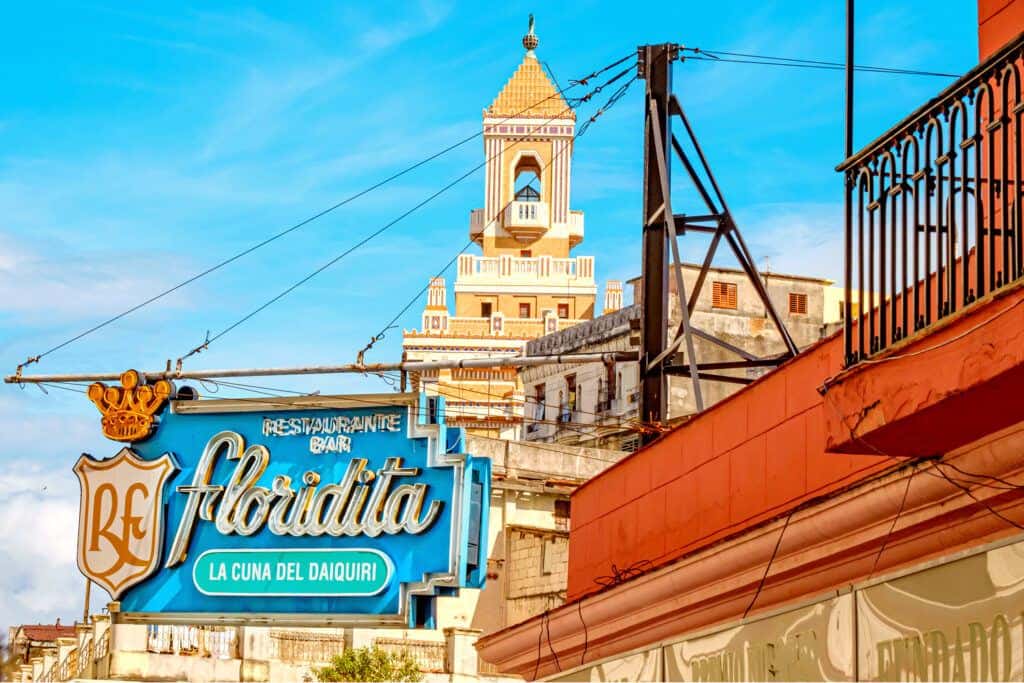
The Cost of Food in Cuba
Cuban food is delicious, with hints of Spanish, Caribbean, Chinese and African influence, along with a touch of French and Portuguese thrown into the mix. The fare is simple, with staples including rice, meat, sugar, corn, seafood, and plantain.
So what type of meals can you expect to sample while you’re in town?
Fritas Cubana , or just frita, is Cuba’s version of a burger, made with different spices and shoestring potatoes between the buns — you’ll pay around $3 for the dish.
Cucurucho , which is sold on the beaches of Baracoa for only 20 U.S. cents or so , is a tasty and sweet delicacy made from coconuts, pineapple, sugar. It’s refreshing and delightful.
Ropa Vieja is the national gem when it comes to culinary indulgence. This robust stew is made up of shredded beef, tomato sauce and peppers and is best paired with rice and a cold brew — the average amount we paid for this was $7 .
Arroz con huevo , is a simple and common lunch dish of fried egg over white rice and costs around $3 .
When it comes to food costs in Cuba, there’s a wide range of prices, primarily because of the two different currencies.
Street food is the way to go if you are looking to save money. “Peso Food” typically comes from street vendors or small restaurants, who accept payment in CUP. This means you can get a whole pizza, fresh fruit juice, and an egg and cheese sandwich for all less than a dollar. I happily took advantage of “peso food” and was never disappointed. It was all delicious!
Shopping at a local market that takes CUP will be even cheaper, but the experience itself might leave you frustrated, confused, and overwhelmed. Items are limited and often nowhere to be found (in the country!) and stores are overcrowded. To add to the struggle, you might have to make quite a few stops between a big grocery store, and several small ones to get all the items on your list. If convenience outweighs your budget, I’d suggest buying small items like fruit and “peso food” from the street and avoiding the grocery store scene altogether.
Eating out is an easy and affordable way to dine. Even splurging at a fine restaurant averages a cost of $35 per person, and that covers a three-course meal and drinks.
Breakfast will be the most inexpensive meal with a coffee starting at $2 in a café or mere cents on the street. A popular food for breakfast is bread soaked in coffee and warm milk and runs for $2. Keep in mind, many establishments don’t open their doors until noon so if your accommodation offers breakfast, you should indulge onsite.
Lunch is usually a simple and basic meal, consisting of a frita or arroz con huevos and will typically cost about $8 with a drink.
Dinner will be your priciest meal, especially if you feast at restaurants that are popular with tourists. A typical Roja vieja or various fish dishes start at $18. Domestic and international beer costs $2, cocktails average $4, and wine starts at $2.
I chose to eat street food for breakfast and lunch and splurged at dinnertime at various restaurants around Havana. This allowed us to experience every variety of food that Cuba has to offer.
EATING OUT AVERAGE PRICE PER DAY: $37
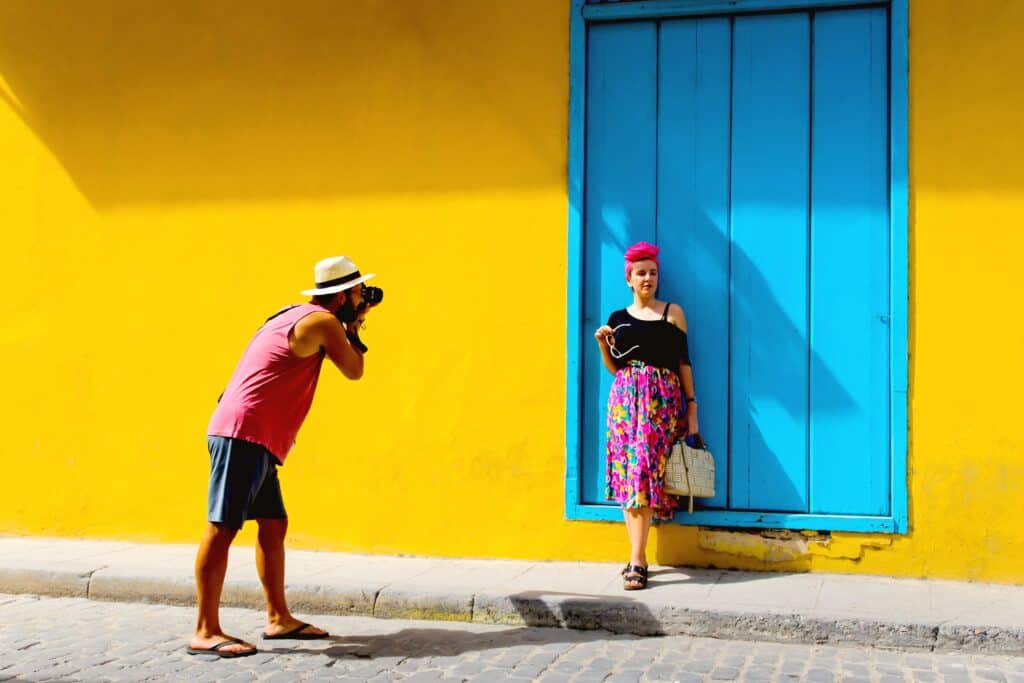
The Cost of Activities in Cuba
Baseball, Hemmingway, and badass cars are some signature traits on this island, but the list of Cuban activities is much lengthier than the most obvious attractions.
The nightlife in Havana is alluring with its rich beats and hired dancers keeping the vibe strong, but when it’s time to escape the city lights, the natural beauty of Cuba you will add another remarkable element to the country’s offerings. Outdoor adventures such as cycling, hiking and water-sports are found sprinkled outside the city limits of Havana, Santiago De Cuba, and Baracoa.
If you’re feeling extra adventurous, consider cycling across the country. Although pricier than your 24-hour bike rental, the experience to roll across the country, through farmland and colonial villages is an absolute life changer. Backroads offers a 7 day/6 night pedalling trip for $5,599 that takes you through Viñales, Las Terrazas, and ends in Havana.
Too long of a ride? Don’t worry, you have options! If you are wanting a much shorter, yet informative ride, try Bike Rental and Tour Havana for a 4.5-hour Deep Havana Ride through the old streets of the capital. At $35 per rider, it’s a great way to see the city in all its nooks and crannies.
While in Cuba, why not combine horses and cigars? This tour blends all things good, starting with a trek on horseback through the gorgeously green Valley of Mogotes where you will learn the process of local cigar making on a tobacco farm. The tour runs at $73 per person and is both educational and adventuresome!
When it’s time for ocean therapy, head to one of Cuba’s most popular beaches, Playa Varadero, where you can choose to bask in the sun with a drink in hand or get moving in the water. Cuba is skilled at wearing many hats when it comes to must-do activities.
Below is a list of various activities that Cuba has to offer:
- Tour the Hidden Beaches in Varadero – $85
- Snorkel to a Shipwreck in Havana – $50
- Traditional Cuban Cooking Experience – $33
- Horseback Riding and Tobacco Farm Tour – $73
- Hiking Tour in Trinidad – $44
THE AVERAGE COST OF ACTIVITIES IS $23 PER DAY
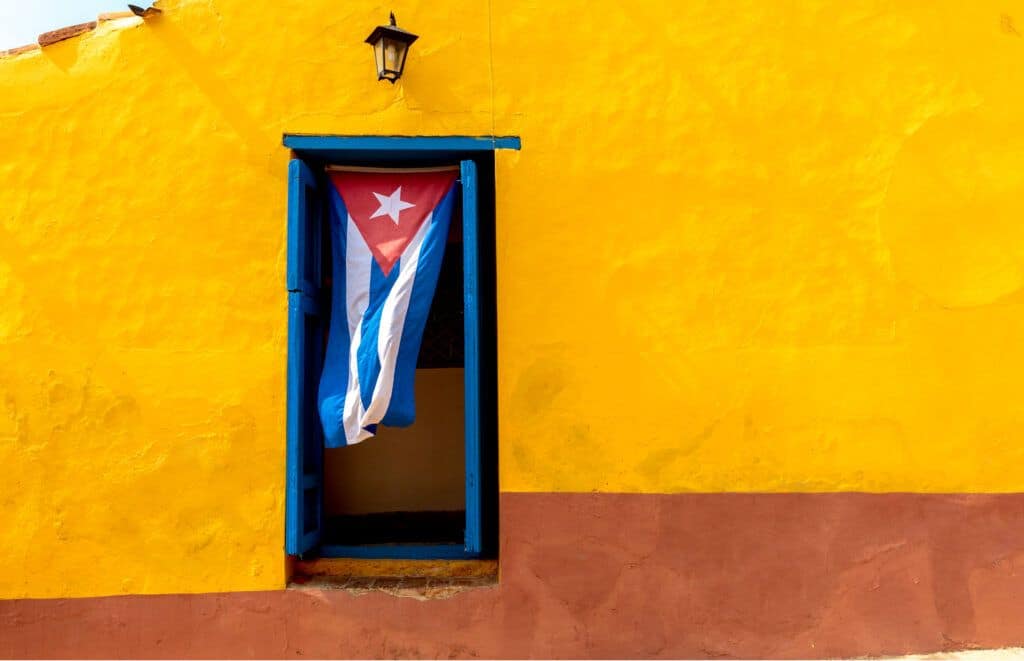
HOW MUCH DOES IT COST TO TRAVEL IN CUBA?
It’s time to tally up my travel expenses and share just how much you can expect to spend per day on a trip to Cuba!
Accommodation: $77 per day Transportation: $19 per day Food: $37 per day Activities: $23 per day
Total amount spent per day: $156
[Photos via: Possoh/Shutterstock, Toms Auzins/Shutterstock, CreativeFamily/Shutterstock, Sabino Parente/Shutterstock, and Mezzotint/Shutterstock]
Lauren Juliff
Lauren Juliff is a published author and travel expert who founded Never Ending Footsteps in 2011. She has spent over 12 years travelling the world, sharing in-depth advice from more than 100 countries across six continents. Lauren's travel advice has been featured in publications like the BBC, Wall Street Journal, USA Today, and Cosmopolitan, and her work is read by 200,000 readers each month. Her travel memoir can be found in bookstores across the planet.
Related Posts

The Cost of Travel in Mauritius: My Detailed Budget Breakdown

The Cost of Travel in Thailand: My Detailed Budget Breakdown

2023: My Travels in Review

The Cost of Travel in South Korea: My 2024 Budget Breakdown
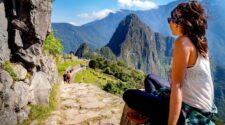
The Cost of Travel in Peru: A 2023 Budget Breakdown
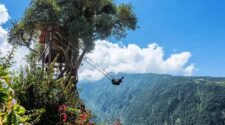
The Cost of Travel in Ecuador: My 2023 Budget Breakdown
Great post! So thorough.
From my experience in Cuba, I agree with you: staying at casa particulares is the way to go. Some aren’t amazing, but many are gorgeous and such good value for money. Plus you get to talk to the owners and get to know the country better. I learned so much from my stays in them.
Leave a reply Cancel reply
Your email address will not be published. Required fields are marked *

How to Experience Cuba on a Budget

As a Cuban-American, Talek Nantes has had a lot of experience traveling around Cuba. In this guest post, she offers an in-depth breakdown of how to travel around Cuba like a local. Because there’s a lot more to the country than just all-inclusive resorts!
I’ve been traveling between Cuba and the US since I was born. (Actually, even before I was born. My mom came to the States when she was pregnant with me. I like to say I was made in Havana and born in the USA.)
As a Cuban-American who wrote a best-selling book on the country and who runs tours there, I’ve made it my mission to share my appreciation for Cuban culture with everyone who wants to experience it.
Now, people frequently ask me if Cuba is expensive.
It doesn’t have to be. It can be quite an affordable place to visit. There are some dos and don’ts to consider , but overall, a trip to Cuba doesn’t have to break the bank.
From obvious tried-and-true advice, like eating at locations at least three-five blocks away from popular tourist sites, to little-known tips only the locals know, here’s how to experience Cuba on a budget.
Table of Contents
1. How to Save Money on Cuban Currency Exchanges
2. how to save money on accommodation in cuba, 3. the best places to eat on a budget in cuba, 4. cuban transportation on a budget, 5. staying connected in cuba, a typical daily budget, traveling outside of havana.
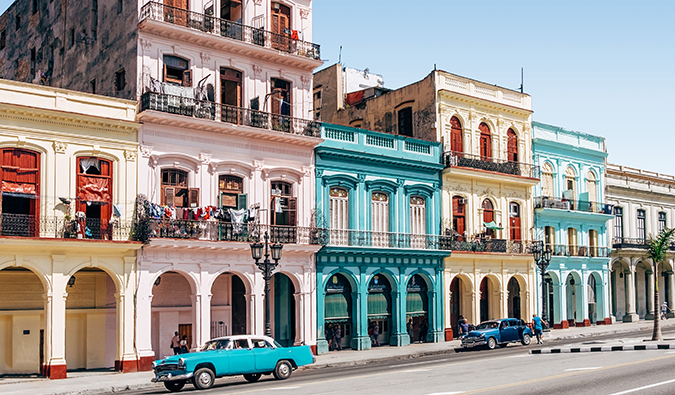
Once in Cuba, you should exchange money at the airport “CADECA.” A CADECA is the official government exchange entity with locations throughout the country. Keep in mind that you will need your passport in order to exchange currency at any CADECA.
Hard currencies are readily accepted in Cuba; US and Canadian dollars and Euros are the most widely accepted.
Exchange only enough currency to get you to your accommodation — a taxi to Havana will cost you about $30 USD — then exchange more at the CADECAs in town, as they have better rates. Avoid exchanging currency at banks and hotels, as these offer less favorable rates.
US citizens should be aware that credit cards drawn on US banks are not accepted in Cuba and ATMs cannot dispense money from US banks . Therefore, US citizens must bring enough cash with them to last the entire trip.
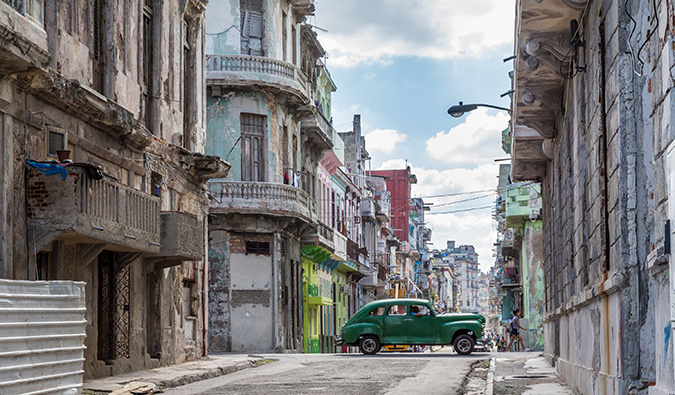
Casas particulares, or casas for short, are the homes of local Cubans who rent rooms to visitors. It’s like a B&B or a guesthouse. You can rent a room in a private home for an average of $30 USD per night.
The best part of staying with a Cuban family is that you can have an authentically Cuban experience. You eat with them, hang out in their living room, play with their kids or pets. You’re treated like one of the family while you are there. That’s a lot more rewarding than staying at a sterile hotel.
It’s easy to book a casa; you can reserve one on Airbnb or any number of similar online sites. You should pre-book a casa from your home country at least for your first night’s stay in Cuba. Once in Cuba you can book the following nights yourself either through your casa host or just by looking for a house with the casa sign (a blue anchor with a roof on a white background) and simply knocking on the door.
Otherwise, hostels will be your best option for saving money. Some top-rated Havana hostels include the following:
- Cuba 58 Hostel
- Casa Rene & Madelyn
- Hostal DRobles
- Casa Novo Guest House
- Hostal Corazón del Mundo
Prices per night range from around the equivalent of $5-15 USD, though most are around $11 USD.
I find casas to be the best accommodation option. A hostel may be cheaper, but there are many casas with hostel pricing, so you get the best of both worlds: a low cost plus interaction with a local family. Isn’t the connection with other cultures one of the main reasons we travel?
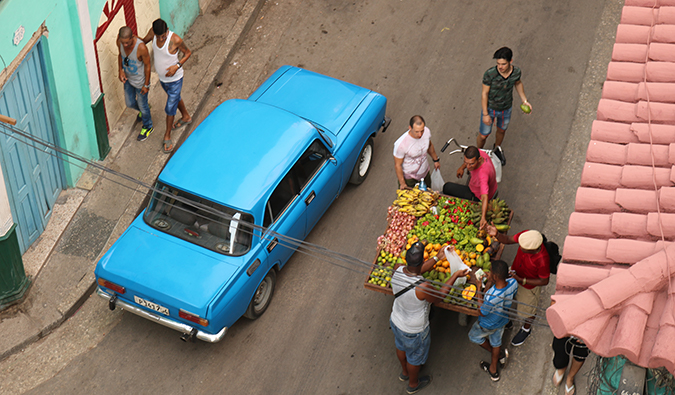
Traditional dishes you will find at paladares include arroz con pollo (chicken and rice), ropa vieja (shredded beef), and lechón (roast pork). Typical drinks include the classic mojito, daiquiri, and Cuba Libre (rum and a cola). Fruit juices are also readily available. The local beers, Bucanero and Cristal, are very good.
Any guidebook will point out the paladares. You can also find them in the A La Mesa app .
Typical costs (in USD) for meals in paladares are as follows:
High-end paladar:
- Lunch: $10–25
- Dinner $15–35
Mid-range paladar:
- Lunch: $7–10
- Dinner: $10–25
Some of my favorite paladares in Havana include Doña Eutemia (near the cathedral), Los Mercaderes on Mercaderes Street in Old Havana, and San Cristóbal, where US President Obama had lunch. A typical meal at one of these will cost about $15–20 USD.
Street vendors are also found throughout the country and offer little sandwiches, pizza, croquettes, pastries, and other snacks for $1-3 USD. The food is not great, but it certainly is budget-friendly.
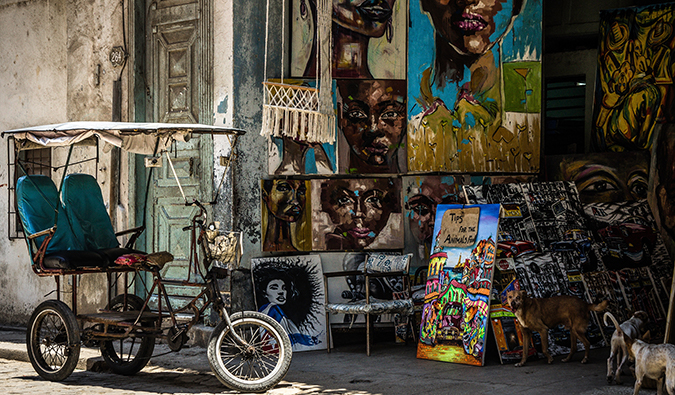
Yellow taxis are government-run (vs. privately owned). These are used by tourists and tend to be the most expensive.
Coco-taxis are essentially motorcycles with a cover shaped to look like a yellow coconut (hence the name), and they are everywhere. They tend to be cheaper but can only take two people at a time.
Bici-taxis are rickshaw-like bicycles that’ll take you around Old Havana.
Another option is the colectivo , or collective taxi. These are cars that travel on busy thoroughfares within city limits, picking up and dropping off people as they go along. A trip from one end of a busy, central street to the other, or anywhere in between, will cost about half a dollar. The taxi is shared with up to six people.
Buses are overcrowded, unreliable, and not air-conditioned but they are very cheap. They travel major routes mostly outside Old Havana.
Typical transportation costs:
- Yellow government taxi: $10 USD within city limits
- Coco-taxi: $5 USD within city limits; only fits 2 people
- Bici-taxi: $2 USD- per person; only fits 2 people; not motorized
- Collective taxi: Half a dollar per trip in a shared taxi
- Bus: About $0.20 USD
A fun way to explore a big city like Havana is by taking a tour in a classic American convertible from the ’50s, but at $40-50 USD an hour, they aren’t very budget-friendly.
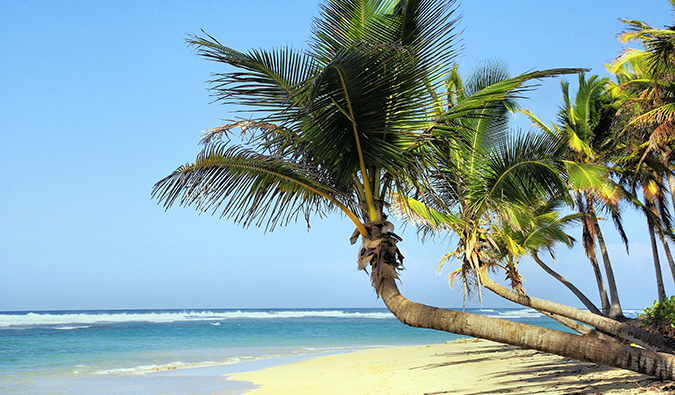
The best way to stay connected is to purchase an internet connection card, sold in increments of 1 USD per hour, at the local ETECSA, the Cuban government’s telecommunications office that has branches all over the island. You use the login and password on the card to connect your phone or computer.
You can also purchase an internet connection card at most high-end hotels, but the cost can be as high as $7 USD per hour, so purchasing your card at an ETECSA offers huge savings.
Once you have your card, find a location where you can connect. Most parks have connectivity, as do areas around ETECSA offices. Just look for groups of people huddled over their phones.
Higher-end hotels also offer Wi-Fi at outrageous fees.
If you don’t use up your internet time, the leftover will be saved on your card and you will be able to use it again.
For a typical day in Havana, Cuba’s most expensive city, you can expect to budget as follows:
- Breakfast at your casa: $5 USD
- Street food snacks: $2–5 USD
- Lunch at a paladar: $5–7 USD
- Dinner at a paladar: $5–10 USD
- Alcoholic beverage: mojito: $2–3 USD, beer: $2 USD, rum: $5 USD/bottle
- Room in a casa: average $30 USD
- Intracity taxi: $2–10 USD
- Museum entrance fee: $2–8 USD
- Entrance fee to a music venue: free or $2–10 USD
- Internet connection card $1–2 USD
To be on the safe side and leave yourself a little room to splurge, budget $100 USD/day. Keep in mind you may want to purchase some world-famous cigars or rum. The local art you find at the many galleries around town may also appeal to you.
When traveling outside Havana, you’ve got a couple of options. The most convenient and expensive is to reserve a taxi that will pick you up at your casa and deliver you door to door. Your casa host or hostel or hotel staff can arrange one for you.
Another option is the national bus service, which extends across the entire country. The buses are air-conditioned, and the prices are very reasonable. This bus service is the best budget-friendly transportation option to see Cuba with the ideal Cuba itinerary .
Prices from Havana to popular destinations are as follows:
- Havana to Viñales: $12 USD
- Havana to Trinidad: $25 USD
- Havana to Varadero: $10 USD
- Havana to Santiago, on the far side of the island: $51 USD
You need to purchase your tickets at the Viazul bus station Avenida Independencia #101, at the corner of 19 de Mayo. The buses will take you to the bus stations in your destination city, which are generally in very central locations convenient to wherever you want to go.
There are car rental agencies throughout Cuba with which you can organize a self-drive tour. However, keep in mind that the roads outside Havana can be in very poor condition and difficult to navigate. With easy transportation within the big cities and convenient bus service between cities, a car rental may not be your most budget-friendly option.
Domestic flights are pretty unreliable and I wouldn’t recommend them.
Before traveling to Cuba, US citizens should check the travel requirements. Ordinary tourism is prohibited for US citizens. All US visitors must travel to Cuba under one of 12 US government-approved categories. “Support for the Cuban People” is the most commonly used category and can be selected when purchasing an airline ticket.
Experiencing Cuba on a budget certainly has its challenges, but it is totally worth it.
Cuba gets under your skin quickly. It bewitches and beckons you to explore more of it.
No matter how many times I return to Cuba I always find something to amaze me; a new art venue, a remarkable piece of 18th-century architecture, or an innovative take on traditional Cuban cuisine.
Cuba is a safe, beautiful country with welcoming people and a fascinating culture. Put it on your must-visit list and you won’t be disappointed.
Talek Nantes is an author, digital content creator and founder of the travel blog Travels With Talek . She is a passionate travel enthusiast and enjoys sharing her travel experiences with others. She lives with her husband in New York City and Miami. Talek leads tours to Cuba and her most recent book is Don’t just travel to Cuba, experience Cuba available on Amazon.
Book Your Trip: Logistical Tips and Tricks
Book Your Flight Find a cheap flight by using Skyscanner . It’s my favorite search engine because it searches websites and airlines around the globe so you always know no stone is being left unturned.
Book Your Accommodation You can book your hostel with Hostelworld . If you want to stay somewhere other than a hostel, use Booking.com as it consistently returns the cheapest rates for guesthouses and hotels.
Don’t Forget Travel Insurance Travel insurance will protect you against illness, injury, theft, and cancellations. It’s comprehensive protection in case anything goes wrong. I never go on a trip without it as I’ve had to use it many times in the past. My favorite companies that offer the best service and value are:
- SafetyWing (best for everyone)
- Insure My Trip (for those 70 and over)
- Medjet (for additional evacuation coverage)
Want to Travel for Free? Travel credit cards allow you to earn points that can be redeemed for free flights and accommodation — all without any extra spending. Check out my guide to picking the right card and my current favorites to get started and see the latest best deals.
Need Help Finding Activities for Your Trip? Get Your Guide is a huge online marketplace where you can find cool walking tours, fun excursions, skip-the-line tickets, private guides, and more.
Got a comment on this article? Join the conversation on Facebook , Instagram , or Twitter and share your thoughts!
Disclosure: Please note that some of the links above may be affiliate links, and at no additional cost to you, I earn a commission if you make a purchase. I recommend only products and companies I use and the income goes to keeping the site community supported and ad free.
Related Posts
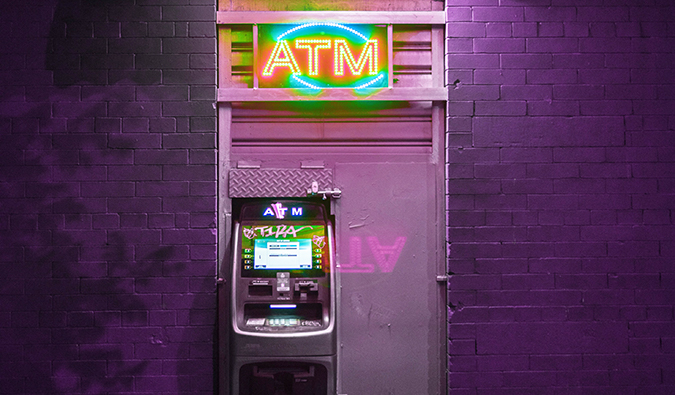
GET YOUR FREE TRAVEL STARTER KIT
Enter your email and get planning cheatsheets including a step by step checklist, packing list, tips cheat sheet, and more so you can plan like a pro!


How Much Does a Trip to Cuba Cost? A Realistic Travel Budget (2023)
Cuba is not short of amazing surprises for first-time travelers. You will encounter famous worldwide beaches and landscapes, historic cities, fascinating culture and traditions , and the most welcoming people. Naturally, you will want to see it all.
However, with so many things to do and places to visit, the cost of a trip to Cuba can get out of control very quickly.
This guide offers an updated, down-to-earth holiday budget for Cuba. Unlike other articles that just display data scraped from travel websites, we will help you with a realistic trip to Cuba cost. Our breakdown includes expected accommodation costs, transportation, food and drinks, entertainment, Internet, and even tipping. We close the article with helpful tips that will save you some bucks!
How Much Does a Trip to Cuba Cost?
A typical seven days trip to Cuba costs anywhere from 1,200 to 3,000 USD, including flights, accommodation, and insurance.
Plan to pay at least 500 USD for your flight ticket, but it can be as high as 1,700 USD, especially if departing from the US. On the other hand, accommodations in Cuba can be as cheap as 10 USD/night if staying in “casas particulares”.
Also, your trip to Cuba’s cost can go lower or higher depending on your travel season. Cuba’s dry season is more popular than the wet season, so expect higher prices during peak months.
Let’s get into more pricing details for flights and accommodations in Cuba.
Costs of flights to Cuba
Two major events have significantly increased the costs of flying to Cuba in the last few years:
- US restrictions on air travel to Cuba. Currently, US airlines are permitted to fly into Havana Airport only.
- The impact of the COVID-19 pandemic.
Flights to Cuba are expensive, and you can expect to pay at least 400 USD for a ticket when flying to Cuba from Canada or the US. If you are traveling from the US to Cuba , flights can go as high as 1,700 USD.
Many flight search engines like Expedia, Orbit, and Kayak don’t carry flights to Cuba from the US. Instead, use Skyscanner or book your flights directly through your airline of choice.
Accommodation costs in Cuba
Popular options for accommodations in Cuba include hotels, resorts, and private houses (known as “casas particulares”, “hostales”, or Airbnbs in Cuba ).
Renting a room in a “casa particular” is the most affordable option and the most authentic and culturally immersive, which is a plus if you are traveling under the Support for the Cuban People license . Many casas also include a home-cooked breakfast each morning! You can compare listing prices on Skyscanner too.
Casas particulares: most casas particulares cost between 20 to 300 USD/night. Most people pay between 20 to 50 USD a night on average.
Hotels and resorts: most start at 100 USD/night and go as high as 800 USD/night.
As you can see from the prices listed above, accommodations are a huge factor in your trip to Cuba cost.
Travel health insurance
Besides the Cuba Tourist Card , all travelers are required to show proof of travel insurance in Cuba . Specifically, your insurance needs to cover medical expenses (travel protection is not required). Companies like Insubuy can cover your medical emergencies on the island starting at 8 USD per week per person.
How Much Money Do You Need in Cuba?
Generally, you can expect to spend 40 – 120 USD per day in Cuba, excluding flight tickets and accommodations.
However, the final price tag of your trip to Cuba will depend on the kind of trip you want. For example, loading your itinerary with guided tours and expensive restaurants will be pricier than eating at down-to-earth “paladares” and free walking tours.
Another factor that will impact your budget is where you stay. Big cities like Havana are costlier than more rural areas and smaller towns.
Finally, you need to consider that prices in Cuba for tourists are generally higher. For example, a restaurant might keep aside a menu for tourists with prices 20% higher. Likewise, private transfers will try to charge 30 to 40% above the normal rate for a local.
Let’s break down these numbers.
First Things First: Understanding the Cuban Currency
The Cuban currency system can be tricky for first-time visitors, one of the most interesting facts about Cuba . Honestly, you can’t estimate a realistic cost of a trip to Cuba without understanding how to use the Cuban Peso.
Check out our Cuban currency guide for more detailed information.
Let’s get a few facts straight.
The Cuban Peso (CUP) is the primary currency
The island had two official currencies until January 2021: the Cuban Peso (CUP) and the Cuban Convertible Peso (CUC). The CUC was just eliminated in 2021, and the CUP remained the only official currency on the island. So, ignore anything you have read about the CUC because it does not circulate in Cuba anymore.
Euros will get you more
Today, the Euro is one of the two highest-value currencies in Cuba. If you bring it, you will get more value for your money. They are also accepted almost everywhere in Cuba.
You can bring US dollars too. But they come with two limitations you should consider:
- State-owned tourism facilities won’t take your USDs. Therefore, you must sell them first.
- There is an exchange fee of 8% for US dollars, compared to 2% for other foreign currencies.
Still, US dollars are widely sought after on the island.
For example, the image below shows the Euro and the USD value in the black market. This gives you an indication of how much the Euro is worth in Cuba. Check El Toque’s currency tracker for updated information.
For currency prices at official exchange offices (CADECA), visit CADECA’s website for updated exchange rates.
You can’t bring Cuban Pesos
You can bring many things to Cuba , but you cannot bring Cuban Pesos. It’s not possible to exchange Cuban currency before you touch down in Cuba.
To stock up on Cuban currency, you can exchange your foreign money at official currency exchange centers called CADECAs (Casas de Cambio). You can find CADECA offices in Cuban airports, resorts, hotels, shopping centers, and banks.
With the Cuban currency out of the way, let’s get into your travel budget for Cuba.
Transportation costs in Cuba
Cuba’s transportation options include taxis, classic American cars or “almendrones”, buses, rental cars, and domestic flights.
Taxis and city buses are great options for traveling short distances. You can cover longer distances by charter buses and domestic flights. Although more expensive, renting a car is also an option.
Private taxis: 1.50-3 USD/kilometer.
Taxi from the airport to your accommodation: 35 USD.
“Colectivos” or “almendrones” with fixed routes: 1-2 USD.
Bicitaxis: 3-5 USD short routes, usually in Old Havana and Centro Havana.
Viazul buses for interprovincial trips: from 6 USD to 57 USD depending on the province you are going to. For example, the Havana to Varadero route in Viazul costs about 10 USD.
Rental car: starts at 69 USD per day.
Trains: 3-7 USD
Domestic flights: ticket prices can range from 90 USD on the low end to 140 USD on the higher end. You can compare prices and book tickets here .
Private transfers: prices vary depending on where you are headed. For example, here is what you can expect to pay for these popular transfers:
- Havana to Varadero: 120 USD
- Havana to Viñales: 140 USD
- Havana to Trinidad: 215 USD
- Havana to Cienfuegos: 180 USD
Food and drinks costs in Cuba
The cost of food and drink in Cuba varies quite a bit depending on where you eat.
Breakfast at your casa is often as low as 7-12 USD, while a meal at a sit-down restaurant is anywhere from 10-20+ USD.
Snacks from street vendors can cost you from 3 to 5 USD.
On average, the prices of popular drinks in Cuba are as follows:
- 1.5 liter bottle of water: 3 USD (Pro tip – bring a water bottle with filter )
- Coffe: 1.50 USD
- Beer: 4 USD
- Piña Colada: 6-7 USD
- Daiquiri: 5 USD
- Mojito: 5 USD
- Cuba Libre: 4 USD
- Coconut water: 3 USD
Here is what you can expect to pay for traditional dishes in Cuba:
- Ropa vieja (boiled and shredded meat): 8 USD
- Arroz y frijoles negros (rice and black beans): 4 USD
- Arroz congri: 4 USD
- Arroz imperial (imperial rice): 10 USD
- Sandwich cubano (Cuban sandwich): 6 USD
- Pan con lechon (roasted pork sandwich): 6 USD
- Masas de cerdo fritas (fried pork chops): 7-9 USD
- Bistec de cerdo (pork steak): 7-9 USD
- Arroz con leche (rice pudding dessert): 4 USD
Entertainment costs in Cuba
Entertainment costs will, of course, vary depending on what exactly you have in mind. Here are the average prices for a couple of popular activities:
- City tour of Havana in a classic car : 40-60 USD.
- Bike tour of Havana: 15 USD.
- Tickets to a baseball game: 3 USD /each.
- Admission to museums: from 2 to 10 USD/person.
- Show at Cabaret Tropicana: starts at 80 USD/person.
- Horse riding in Viñales: 5 USD/hour.
- Multi-city excursions: 175+ USD.
- Scuba diving in Maria la Gorda: 60 USD+ for a single immersion.
Internet costs in Cuba
Internet in Cuba is very unreliable, but you’ve got a couple of options to get WiFi in Cuba :
- Using a NAUTA card: 0.50 USD/hour.
- Using a Cubacel Tur card: 25 USD/2.50 GB.
- (International roaming) AT&T: $3.00/minute for calls; $0.50/text; $2.05/MB for data.
- (International roaming) T-Mobile: $2.00/minute for calls; $0.50/text; $2.00/MB for data.
Tipping in Cuba
In Cuba, tipping is widespread, and you’re encouraged to tip people who have performed a service for you–especially if they did an awesome job! Who should you tip in Cuba :
- Hotel maids: 1-3 USD/night.
- Hotel bellboys: 1-5 USD at check-in and again at check-out.
- Restaurant waiters and bartenders: 10% gratuity.
- Tour guides: 5-10 USD.
- Street musicians: 1 USD.
- Parking valets: 1 USD.
- Bathroom attendants: 0.25-0.50 USD.
How Much Money Can You Take to Cuba?
You can bring up to 5,000 USD in cash to Cuba. You will have to declare amounts exceeding 5,000 USD to Cuban Customs.
Money-Saving Tips
You can do a few things to reduce your final trip to Cuba cost. For more practical advice for your trip to Cuba, check out our best Cuba travel tips .
Stay in a casa particular
Casas particulares are the most affordable accommodations in Cuba. There are over 14,000 on the island to choose from!
Casas are run by Cuban families who offer great suggestions about exciting things to do and see in the area. Plus, they cook lovely home-cooked meals.
Renting a room in a casa can be as low as 10 USD/night and as high as 800 USD/night at luxurious casas. You can also snag breakfast for 7-12 USD most of the time. You can check out the latest listings here .
Remember that it’s illegal to crash at someone’s place for free, even if they invite you!
Eat at paladares and cafeterias
Paladares (private restaurants) and cafeterias are places where you can get authentic Cuban cuisine at an affordable price.
Thanks to Cuba’s relaxing restrictions on private businesses, there are now over 2,000 paladares to choose from. Paladares offer a wealth of menu options and great service at a reasonable price. Meals typically cost between 10-25 USD.
Look at some of Havana’s best paladares in the Lonely Planet Pocket Guide of Havana.
Share urban taxis
Shared taxis–also called “colectivos” or “almendrones”–are taxis that travel along a fixed route. They stand out because they look like vintage American cars from the 1950s!
Flag them down by standing along the route and raising your hand. The driver will stop and let you hop aboard if there’s room in the taxi. The standard cost to ride is 1 USD.
Book tours directly from local guides
Tours are an excellent way to learn about authentic Cuba from a knowledgeable guide. For example, Havana has so many things to do that you should consider hiring a seasoned local guide.
However, hiring inexperienced or authorized “tour guides” is a waste of money and could also be dangerous. Although Cuba is generally a safe country , there is no need to put yourself at risk.
Instead, book all your tours through well-respected local guides available in marketplaces like Tour Republic . You can book experiences all over the country, from museum tours to urban cuisine and horseback riding.
Haggling and bargaining
Almost anything you pay for in Cuba can be haggled or bargained. Exceptions are certain restaurants, casas particulares, and the Viazul bus.
You should haggle with taxi drivers (unless you’re comfortable paying the total price, of course!). Talk to your casa host so they can fill you in on a fair price for the area.
Get a Cuban Phrasebook and learn some expressions for a better chance of success.
Cheapest time to travel to Cuba
The rainy season (June to October) is typically the cheapest time to travel to Cuba . If you are a budget-savvy traveler thinking of backpacking Cuba , you will save some bucks if you fly to Cuba during the rainy season, especially in September. However, this season comes with bugs and mosquitoes in Cuba, so bring strong mosquito repellen t.
Is Cuba Cheap to Visit?
We can’t say that Cuba is the cheapest travel destination. Flights can get incredibly expensive, especially from the US. The price of high-end hotels is similar to those in other expensive destinations.
However, Cuba is generally affordable, especially if you book all-inclusive vacation packages from countries other than the US. It can get even cheaper if you stay in casas particulares, eat at paladares, and share taxis.
But in all honesty, if you are traveling as a tourist, you may want to tour around in private cars, stay at least a day at a beach resort, and eat delicious traditional food other than rice and beans. Consider these things when estimating your trip to Cuba cost.
We put much effort into getting updated prices in Cuba for tourists. If you liked this post, please share it with your friends traveling to Cuba! Otherwise, leave your comments and suggestions below.
Essential Travel Logistics For Cuba
Cuban Tourist Card – If your Cuban Tourist Card (a.k.a Cuban Tourist Visa) isn’t bundled into your airline ticket or travel package, buy it only through EasyTouristCard .
Travel Health Insurance – Travel medical insurance is an entry requirement for Cuba, so you can’t skip it. Travelers can get travel health insurance for Cuba via Insubuy . Travel protection benefits such as trip interruption and cancellation, baggage delay insurance, etc., are not required.
Essential Items to Pack – Bring the essential travel necessities that you may not be able to get in Cuba:
- First aid kit
- Hand sanitizer
- Water bottle with filter
- Mosquito repellent
- Pin adapter (for Europeans)
- Travel guide
- Spanish-English phrasebook
- Suggested Reading: The Cubans: Ordinary Lives in Extraordinary Times
Read our complete packing list for Cuba .
Find Accommodations – Find hotels or casas particulares (private accommodations) on Skyscanner , which lists thousands of accommodations available in Cuba.
Book Your Flight – Book cheap flights to Cuba on Skyscanner , our favorite flight search engine to find deals on flights to Cuba.
Share Article:
About the Author
Tour republic.
Tour Republic is a marketplace where you can discover, book, and review the very best experiences Cuba has to offer. We are a team of tourism professionals and journalists who have partnered with Cuban entrepreneurs to provide travel experiences that can transform your trip into a life-changing adventure. We also share our profound love for Cuba through in-depth travel guides, myth-busting articles, and captivating narratives. Whether you want to explore Cuba's wonders or understand its intricacies, our blog posts are your gateway to the heart of this extraordinary country.
Leave a Reply Cancel reply
Great info. Current.and relevant. Many thanks!
If you want to have more bang for your currency do not change for cuban peso at the bank or airport. The usd in the black market is over 250cup. Exchange with cubans at either the hotel or even outside the bank.
Do they take UK Sterling currency?
Your overview of Cuba was relatively informative. However, they take Canadian dollars as well and except it wholeheartedly before an American dollar. Not a typical vacation for Americans, but very typical for Canadians especially from Ontario and Quebec. Stay at an all inclusive go on day trips and you’ll be fine.
My cuban friend has insisted for a3.momths to take USD instead of Canadian.
You might also like
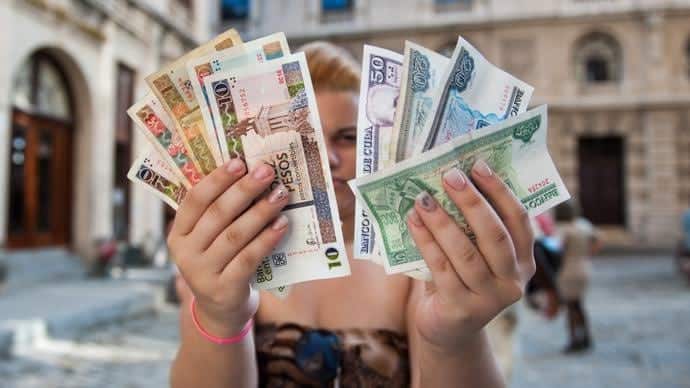
Cuban Currency: The Ultimate Guide for Travelers (2024 Update)
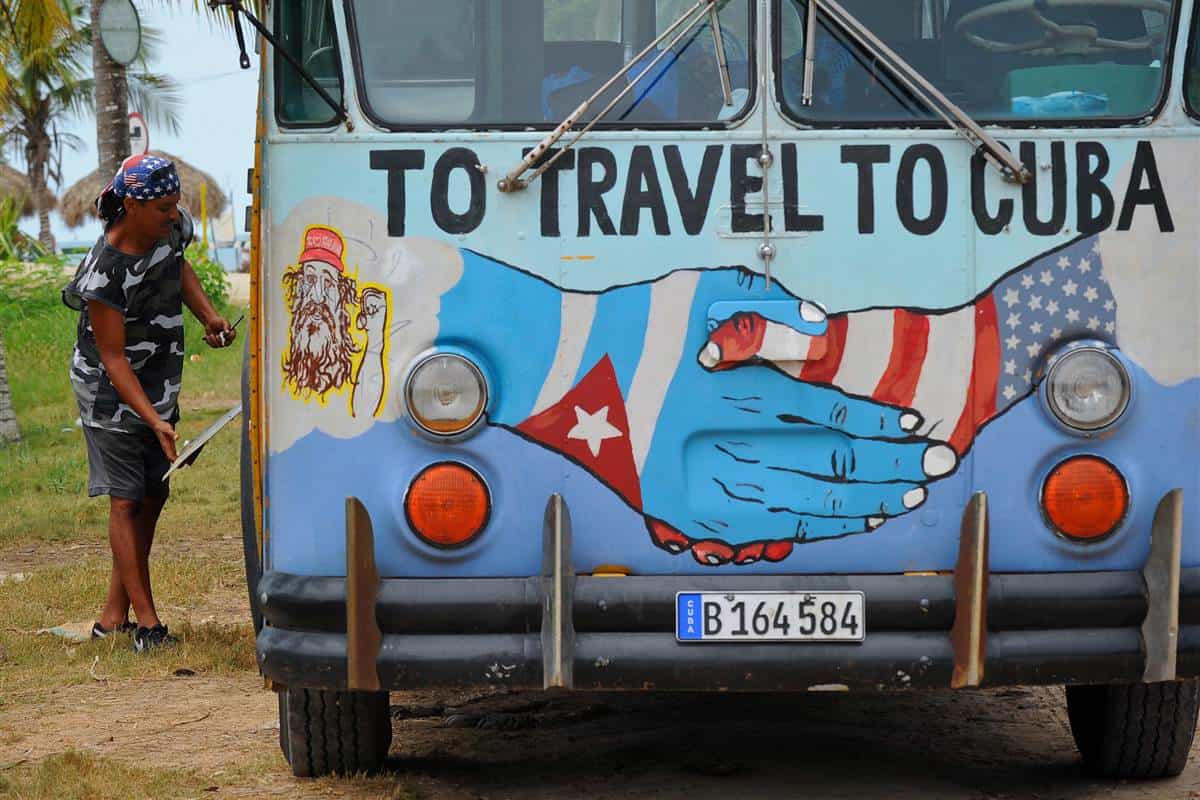
Beyond the Ban: A Guide to Americans Visiting Cuba in 2024.

Sand Fleas and Mosquitoes in Cuba: The Survival Guide (2024)
Other stories, tipping in cuba: the ultimate traveler’s guide (updated 2023), cuba travel tips: 58 things you need to know before traveling to cuba (2023).

Cuba Travel Guide
Your ultimate cuba travel guide, with tips, things to do, and best things to see in cuba. great for first-time and returning travelers..
Located on the largest island of the Caribbean, Cuba is a very popular tourist destination and for good reason.
Cuba is home to beautiful white-sand beaches, impressive rainforests and waterfalls, vibrant culture, and lively cities .
Due to various trade restrictions over the years, Cuba has many described by many as like walking into a time capsule and is now a unique blend of the past and present, where vintage cars roam around colorful historic buildings and towns.
The birthplace of salsa music, Cuba is also full of rhythm. Add in its sub-tropical climate, and it is a great place to vacation.
This Cuba travel guide will help you plan your next vacation.
Popular Guides
- Things to do in Havana
- Cuba Photos
Our Highlight
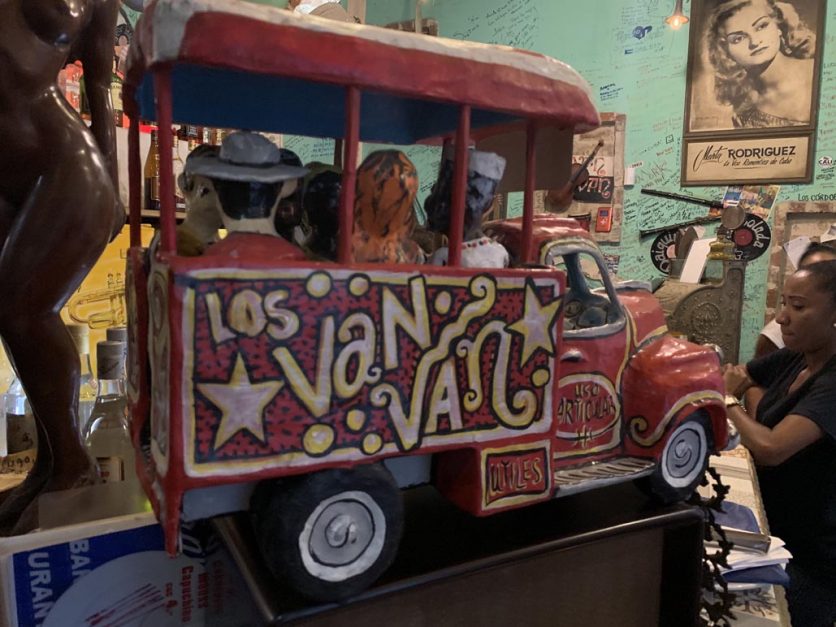
Table of contents
Table of Contents
Fast Facts about Havana
- Power voltage is 110V-220V at 60 Hz. Type A, B, C, and L.
- Cuba’s two currencies are the Cuban Peso and the Cuban Convertible Peso, mainly used for tourists.
- 1 Cuban Convertible Peso is equal to 1 USD.
- The best way to get around Cuba is by bus or taxi. If taking a taxi, make sure the taxi is licensed before riding.
- You need a tourist card to enter Cuba, as well as a passport that is valid for two months after your trip ends. The tourist card allows you to stay in Cuba for up to 30 days.
- The most popular cellular networks in Cuba are Cubacel and Digicel and both offer SIM cards. It should be noted the SIM cards can only be used on unlocked GMS phones. To rent a SIM card, you need a passport and your IMEI (phone ID) number.
- Cuba has a sales tax rate of 2% on wholesale sales and a 10% rate on both retail sales and services.
- SIM Cards : Cuba has very limited Internet and the best bet for visiting Cuba is to unplug, relax and if you have to, use your hotel’s limited WiFi for emergencies.
- It is advisable to download offline maps and any apps offline that you use to travel.
Things to See and Do in Cuba
- Hike Through Sierra Maestra: Cuba’s largest mountain range and the start point of the Cuban Revolution. Take a tour to learn more about Cuba’s history and enjoy a beautiful hike and great mountain views.
- Varadero Beach: Visit this pristine and popular beach in Sol Palmeras. Walk through the sand, swim in the clear waters, get to know other tourists or locals, or simply relax and take in the beautiful views.
- Old Havana: Old Havana is the city center of Havana is considered a crucial part of any trip to Cuba. Stroll through one-of-a-kind historic streets and buildings to see the history of Cuba.
- Tropicana Club: Head to the famous Tropicana Club for some great nightlife entertainment. Get dinner and enjoy the thrilling cabaret show that’s been running since the 1930s, featuring lively song and dance numbers.
Cuba Travel Guides
- 36 Fantastic Things to do in Havana, Cuba
Accommodation
Budget: Cuba offers family-run bed and breakfasts (or casas particulares) for around 15 to 25 pesos per night.
Mid-Range: For mid-range hotels, expect to pay roughly 70-130 pesos per night.
High-End: Upscale hotels will cost about 150-250 pesos per night.
Check out our favorite booking platforms Booking.com , Tripadvisor and VRBO for the best deals on accommodation.
If you’re on a budget, you can find options for pizza or spaghetti at around 3-4 pesos each.
Coffee lovers can find delicious cups of coffee for around 0.10 pesos. Restaurants are a good way to learn more about Cuban cuisine.
Expect to pay around 10-15 pesos for a meal at a restaurant.
The Best Ways to Get Around Cuba
Getting to cuba:.
Getting to Cuba: While there are 10 international airports in Cuba, the Aeropuerto Internacional José Martí in Havana is the main one, with the Gualberto Gómez International Airport in Varadero being a close second.
Flights: You can check for the best flights to Cuba on Skyscanner .
Transportation:
Transportation: Look for the Viazul buses, which are made especially for tourists and feature air-conditioning. Great for long distances, you can travel from Trinidad to Havana in six hours for just 25 pesos.
You will want to arrive at the station in advance to get a spot.
Trains : The train system in Cuba runs the length of the island and is a good way to meet the locals.
Go from Havana to Santa Clara for just 20 pesos, or from Santa Clara to Santiago de Cuba for 50 pesos. Be advised that the trains only run every few days, so planning ahead is key.
Taxis: Taxis are an alternative way to get around Cuba.
Fares start at 1 peso as a flat rate and increase by 1 peso for each kilometer traveled.
To travel from Old Havana to Miramar, for example, costs 8 to 12 pesos.
Car Rental: It is possible to rent a car in Cuba, but it is expensive and can be convoluted. Take care when you do. Check rates and availability here.
When to go To Cuba
Between November and April is the most popular time to go to Cuba, as temperatures range from 78 to 85 degrees Fahrenheit and skies tend to be blue.
You can find higher temperatures (up to 90 degrees) and lower hotel rates in August but note that hurricane season is between August through October.
Where to Stay in Cuba
Iberostar Grand Packard – Located on the Malecon and walking distance to Old Havana, this is the premier place to stay in Cuba.
Hostal Las Palmas :One of the most highly rated bed and breakfasts in Trinidad. Explore Trinidad and the Playa Ancon beach, which are both close by.
Suite Florencia : Built-in 1940, this colonial house turned hotel in Santa Clara is right in the middle of everything. Descend the white marble staircase into this romantic hotel.
Enjoy beautiful views of Santa Clara from your room, or roam about Santa Clara and visit the nearby restaurants and bars.
What to Pack for Cuba
Cuba has a tropical climate so you can count on it being hot and humid.
- Swimsuit: With Cuba”>
- Sunscreen: Protect your skin from the powerful sun with some sunscreen.
- Cash: As you may not be able to withdraw money from your bank accounts while in Cuba, make sure to bring an appropriate amount of cash based on what you think you’ll spend.
- We didn’t have a problem withdrawing from ATMs in Havana, but it is better to be safe
Cuba Travel Guide: Best Booking Resources
Whenever we travel to we make sure to start with these companies. We have tried a lot of different ones over the years and all of these have consistently proven to be the best when it comes to offering great prices.
We have used every one of these personally and continue to do so.
- Booking.com : This is our go site to when comparing prices for accommodation. It usually has the cheapest prices, especially in Europe and we love their interface. Not to mention you get free cancellation and you are guaranteed the best price.
- Trip Advisor : What we like about Trip Advisor is that we can look at all the reviews and then book our accommodation. TripAdvisor is where we go when we want to compare prices with multiple accommodation providers.
- VRBO : is the main search engine we use when we are looking for a home or apartment rental. It can sometimes be cheaper than hotels and it is the best way to stay in areas that offer a more local feel.
- Hostelworld : With one of the largest databases of hostels in the world, Hostelworld is the go-to site when you are looking for budget accommodation.
- Skyscanner : This is the first place we check for flights. It consistently comes back with the cheapest and best options. It allows us to compare a lot of airlines to get the best price.
- Rome 2 Rio : If you want to see how to get somewhere by plane, train, bus, ferry or car Rome2Rio lays it all out for you as well as related costs.I love how they show it all to you on a Google Map and it works offline.
- Get Your Guide: For all your day trip and city guide needs, we use Get Your Guide. It has the world’s largest collection of things to do with more than 30,000 activities in 7500 destinations.
- World Nomads Insurance: When traveling to Italy you should always have travel insurance. We have found the best bang for your buck is by far World Nomads.
Cuba Travel Guide: Related Articles
To browse all our articles and guides about Cuba Click Here.
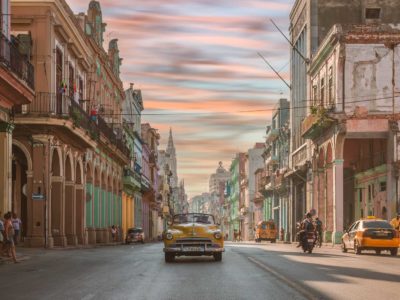
19 Unforgettable Places to Visit In Cuba in 2024
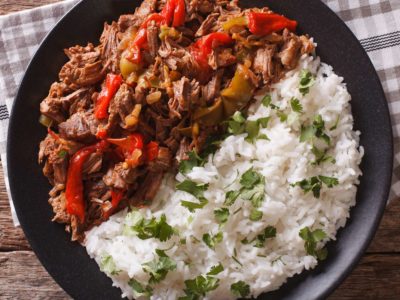
Cuban Food: 23 Cuban Dishes You Can Try at Home
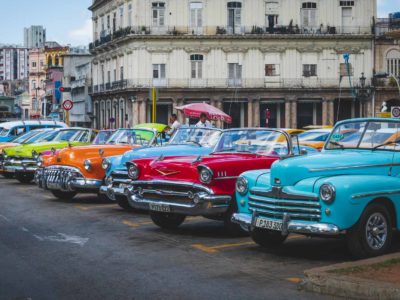
19 Fun Facts About Cuba You Never Knew
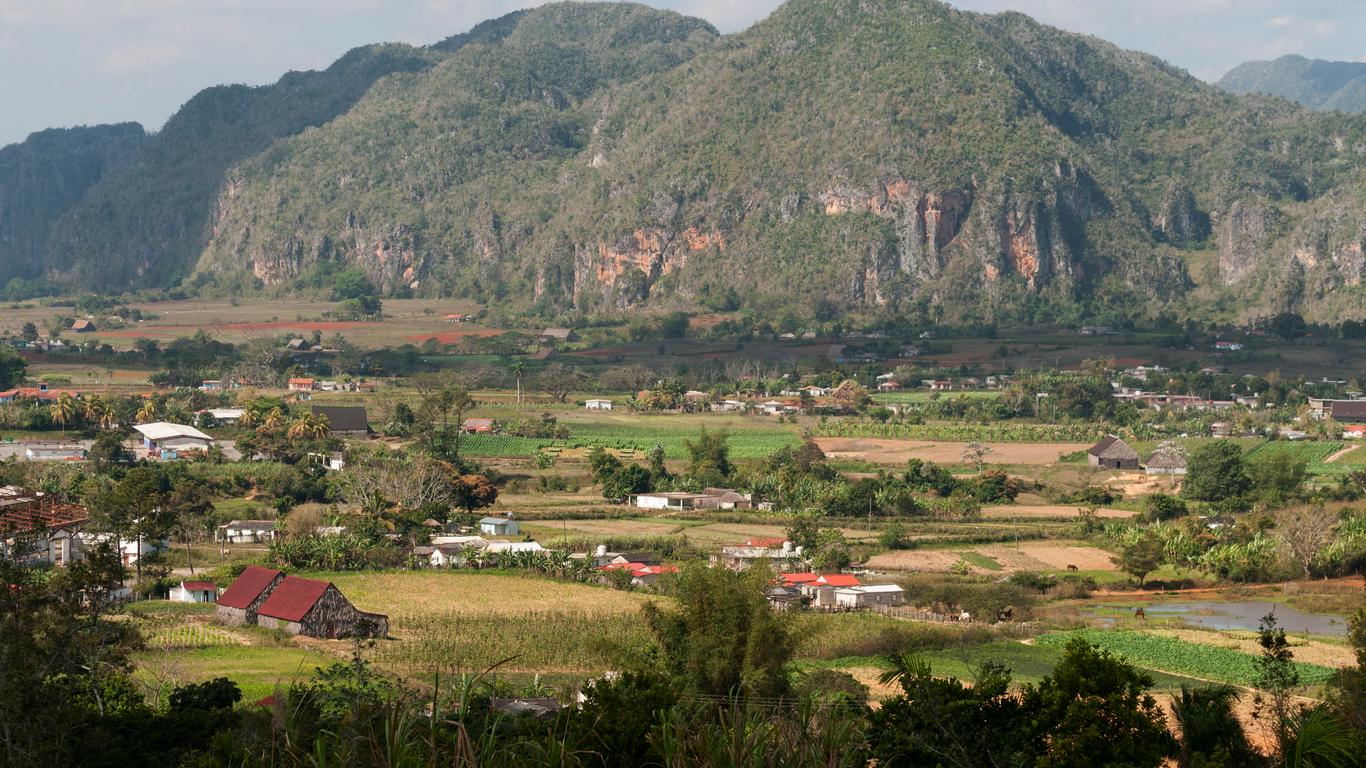
Vacations in Cuba
Search hundreds of travel sites at once for vacation package deals in cuba.
Let KAYAK do the searching
Save on your next vacation
Search and compare hundred of travel sites at once for vacation packages in Cuba
We’re completely free to use - No hidden charges or fees
Filter by free cancellation, free breakfast and more
When to book a vacation in Cuba
Tips for finding cuba package deals.
- There are loads of types of vacations in Cuba and the cost will depend on what type of trip you’re taking and for how long you’d like to stay. Here are the latest prices for a 3 night trip for 2 travelers: Top vacation $720; Romantic vacation $720.
Why should you book a vacation package to Cuba?
When should you book a vacation package to cuba.
The best time to visit is from December to May, when you can expect sunny weather and clear skies. This is the main festival season, when Cuba celebrates Carnaval in April. The low season begins in June until October, when there are inexpensive vacation packages and fewer tourists around. However, the weather can be quite unpredictable.
Where should you stay in Cuba during your vacation?
For any vacation type in cuba:.
The well-known Hotel Capri in the capital is a six minute walk from the nightlife of the Vedado district. This polished, high-rise hotel is close to the lively Malécon boardwalk, and less than 2 miles from the Gran Teatro de La Habana. To get here from Jose Marti Airport will only take around 30 minutes by taxi.
The picturesque Villa Gavioto is located in the residential area of Vista Alegre, Santiago de Cuba. Just a few minutes from the historical center, its natural environment features extensive vegetation and large gardens. Conveniently, it is only just over 6 miles from the airport.
For family vacations in Cuba:
CasavanaCuba is is a family-friendly guesthouse in the cosmopolitan area of Vedado, Havana. In addition to spa services, a terrace and tour assistance, it provides a round-trip airport shuttle available 24 hours. A full buffet breakfast is provided. The establishment boasts wonderful views of the city and is only a short taxi ride from the Old Town.
Iberostar Playa Pilar in Cayo Guillermo is a family-friendly five star resort and wellness spa on a tropical island in the Jardines del Rey archipelago, off central Cuba. The nearest airport is Jardines del Rey and an airport shuttle will get you to the resort in around 40 minutes.
For romantic vacations in Cuba:
Melia Habana is located in Havana's Miramar district and is a great choice for honeymooning couples. Guests can enjoy the on-site restaurant in addition to an outdoor pool and hot tub. Views of the sea, garden or city are a feature of certain rooms. José Martí International Airport is 8 miles away.
Starfish Cayo Santa Maria offers an outdoor pool and views of the sea from its restaurant. Some rooms include a private bathroom with a spa bath and there is a 24-hour front desk/gift shop. The nearest airport is Jardines del Rey International Airport, 47 miles away.
For luxury vacations in Cuba:
Hotel Nacional del Cuba is a historic art deco hotel, with elegant rooms featuring old-world decor. It has several restaurants, bars and a cafe. Amenities include two outdoor pools, a tennis court and a fitness room with a sauna. Massage services and regular live entertainment are available.
Melia Santiago de Cuba is located in a high rise at Avenida de las Américas. An iconic city hotel, it has amazing 360 degrees views of the city and the Sierra Maestra mountains, as well as four restaurants plus art and authentic/traditional live music.
For budget vacations in Cuba:
Las Americas Hotel in Santago de Cuba is an understated hotel that's a seven minute walk from Cementerio Santa Ifigenia and 1 1/2 miles from the Diego Velazquez Museum. Basic rooms with old-fashioned decor provide cable TV, as well as balconies or terraces.
Hotel Isla de Cuba is in Camaguey, Cuba's third largest city. It is inexpensive and offers a great location for exploring historic parts of the city. It will suit young travelers on a budget, being close to the main street and its bars, restaurants and attractions.
Where to stay in Cuba
Cuba vacation information, popular package vacation destinations in cuba.
Expedia Rewards is now One Key™
Cuba vacations, book a hotel + flight or car together to unlock savings, top accommodation in cuba.

Reviewed on May 5, 2024

Reviewed on May 28, 2024

Reviewed on May 31, 2024

Reviewed on Jun 11, 2024

Reviewed on Jun 2, 2024

Reviewed on May 20, 2024

Reviewed on May 22, 2024

Reviewed on May 26, 2024

Reviewed on May 16, 2024

Reviewed on May 25, 2024
FAQs about Cuba
How much does it cost to stay in cuba.
We make it easy to travel somewhere new, with Cuba stays starting from as little as $27 a night.
If I'm not able to travel, can I cancel my Cuba booking?
Yes, you can. We totally understand that life doesn’t always go to plan, so we’re here to help if you need to make changes to your Cuba vacation. It may be possible to amend or cancel your booking at no cost if you’ve booked within 24 hours. Your hotel may charge you a fee if you booked more than 24 hours ago. Have a look at our Customer Service Portal for further information.
Where do travelers stay in Cuba?
People heading to Cuba will often book one of these amazing properties: CasavanaCuba Boutique Hotel, Alhabana, La Villa Teresa, Boutique Casa Italia, El Candil Boutique Hotel, Hostal Balcones Muralla, Hostal Doña Amalia Cuba, VOYA Boutique Hotel, Isac David, Vapor 156 Boutique Hotel, Blanc Blue 1924 Boutique Hotel, Art Boutique Havana.
How do travelers in Cuba rate their stay?
Travelers love staying in Cuba thanks to the quality of its properties. The average review ratings for accommodations in Cuba is 9.4.
What is the average price to stay in Cuba?
If you book now, you’ll find offers between $27 and $198 per night. However, if you are flexible on dates, keep an eye on our website as you might be able to find even greater deals.
How do I get a cheap deal for my Cuba vacation?
Booking a Cuba stay with Expedia is one of the best ways to save. Secure your getaway now and unlock amazing deals – with more than 321,000 properties around the globe, and 5,498 only in Cuba, we offer a great selection of accommodations for every occasion. With such a fabulous range to choose from, you’ll have no difficulty putting together your perfect getaway.
How far in advance should I book my Cuba vacation?
It’s difficult to pick the perfect time for vacation deals, but we usually say the earlier, the better. Many offers on Expedia become available to compare up to 12 months in advance. If you’re booking last minute, don’t despair. Budget prices appear from time to time within a few weeks of departure dates.
Does Expedia offer Book Now, Pay Later on Cuba vacation bookings?
Most good vacations can become costly, so it’s good to know that Expedia is able to make things easier. Thanks to our partnership with online lender Affirm, you can now make the most out of your budget with a Book Now, Pay Later stay.
More trip options
- Top cities in Cuba
- Top destinations in Cuba
- Expedia's Latest Trends
- Havana Vacations
- Varadero Vacations
- Cárdenas Vacations
- Viñales Vacations
- Cayo Coco Vacations
- Cayo Santa Maria Vacations
- Holguín Vacations
- Cienfuegos Vacations
- Santiago de Cuba Vacations
- Guardalavaca Vacations
- Santa Clara Vacations
- Cayo Guillermo Vacations
- Villa Clara
- Province of Mayabeque
- Cienfuegos Province
- Sancti Spiritus
- Work with me
- Privacy policy

- Years in review
- United Kingdom
- Bosnia & Herzegovina
- North Macedonia
- Philippines
- South Korea
- South Africa
- Africa Overlanding
- Central America
- New Zealand
- Solo Travel
- Budget travel
- Travel tips
- Travel itineraries
- Hidden gems
- Bucket list
- Travel resources
- Digital nomadism
- Blogging tips
- Start a travel blog
Budget travel , Cuba
Is cuba expensive cuba budget travel guide (2024).
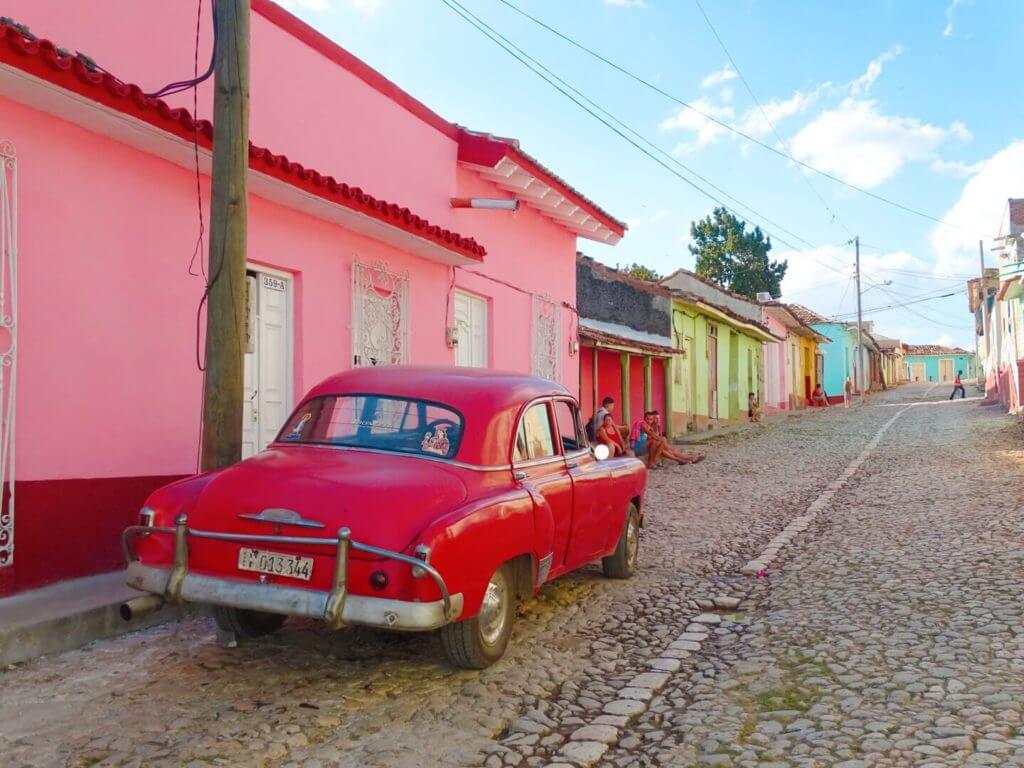
Table of Contents
This post may contain affiliate links to things like tours, hotels, Amazon associates and products. These help me earn a small commission at no additional charge to you.
Before my trip, I spent a lot of time asking the internet, is Cuba expensive? As a budget traveller, I usually have a general idea of a country’s costs before visiting. But when it came to Cuba budget travel, I didn’t know where to start… Firstly, many people told me that ATMs in Cuba are frequently out of cash. Rather than get stuck without money, I wanted to know how much to budget for Cuba in advance.
CUBA TRAVEL ESSENTIALS Accommodation: Airbnb / Booking.com / Hostelworld Travel insurance: True Traveller (European travellers) / Hey Mundo (other nationalities) / Safety Wing (digital nomads) Activities: Urban Adventures
Secondly, the internet is virtually non-existent in Cuba meaning it’s hard to sort out any financial issues you may encounter. Cuba can be a confusing country to visit generally and as a solo traveller in Cuba , I didn’t want to find myself in a sticky situation. For that reason, I tried to calculate my Cuba budget in advance. In this Cuba budget travel guide, I’ll break down Cuba costs and help you plan your trip.
Note – all costs in this guide are in CUP (Cuban pesos) and USD unless otherwise stated.
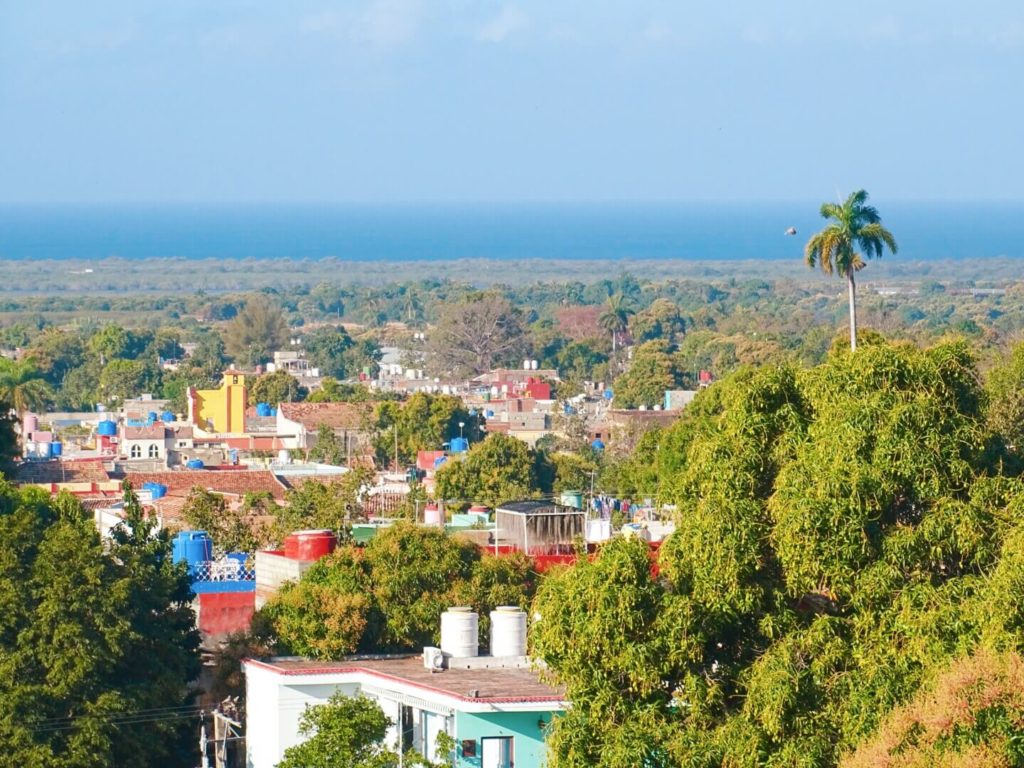
Top tip – since it’s so hard to get online in Cuba, I would recommend bringing a guidebook and phrasebook to help you along the way. I recommend the latest copy of Lonely Planet Cuba and a Latin American Spanish Phrasebook & Dictionary .
Is Cuba expensive?
Like anywhere, it depends on how you want to live. Transport is very expensive but otherwise, I was pleasantly surprised because so many people had told me that Cuba is expensive. Yes, some things were but, overall, it wasn’t as bad as I expected. I spent $420 USD in 10 days . This paid for my accommodation, food, transport and many pina coladas. I could have done it cheaper but I also could have spent much, much more. This means my daily Cuba budget was just $42 . Budget travel in Cuba is indeed possible! It’s worth noting I did a couple of tours sponsored thanks to this blog so if you want to do things like a bar crawl, convertible car tour or a Havana to Vinales day trip, add these things to your Cuba budget (activity costs below).

Spending 10 days in Cuba? Follow my Cuba 10 day itinerary .
Understanding the currency
When I visited in 2020, Cuba had a confusing two-currency system. It involved the Cuban convertible peso (CUC) used mainly by tourists and the Cuban peso (CUP) predominantly used by locals for daily items. In 2021, the CUC was dissolved and the only currency in use is now the CUP. As of 2024, there’s 24 CUP to 1 USD .
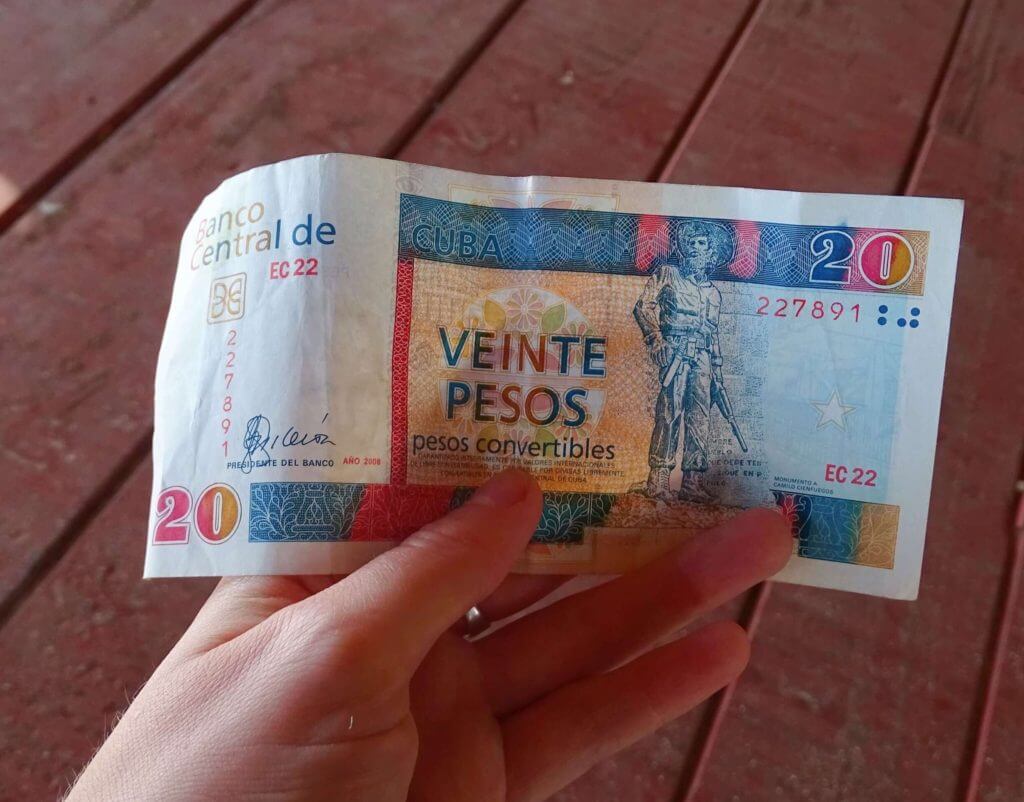
Where to get money in Cuba
Since we’re talking about money, you might be wondering how to withdraw cash to start with. You can’t take CUP into or out of Cuba. You either need to withdraw it when you arrive or bring your own currency and exchange it.
These charge an extra 3-4% on top of your bank’s charges. In addition to the fact they’re often out of money, they also don’t accept American cards. It’s worth noting that you may also have problems with American cards issued from other countries, for example a UK Mastercard. I didn’t use mine so can’t tell you, unfortunately.
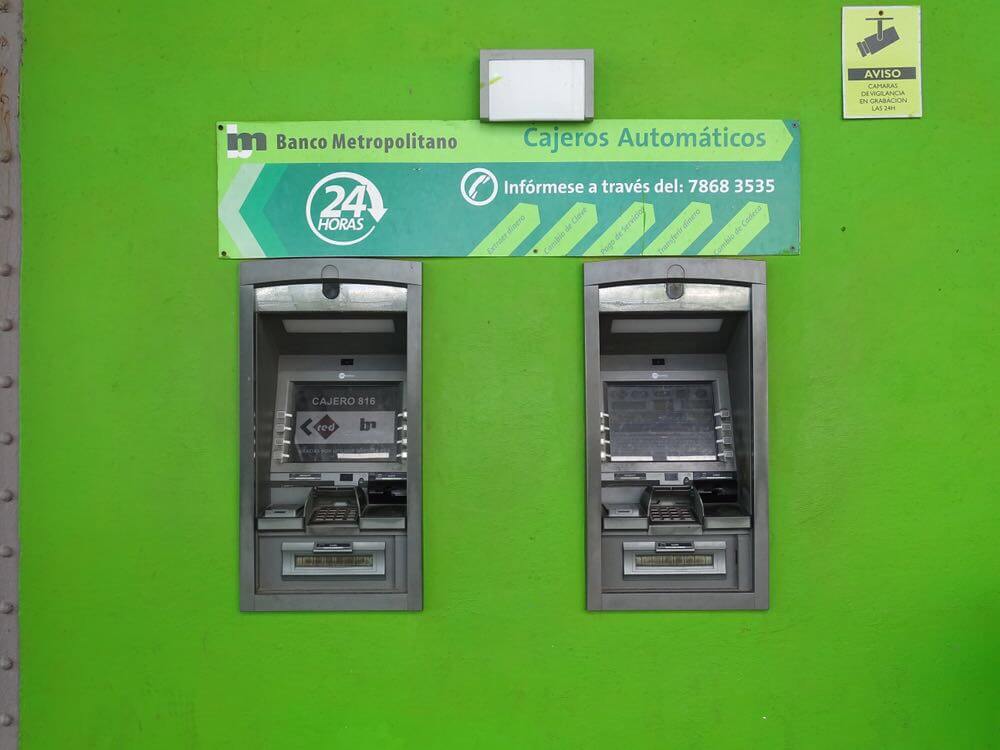
Currency exchange
Due to the ATM situation, many people take the safer option of bringing their spending money in a foreign currency and changing it on arrival. You can do this at a Cadeca office, in the street or at the airport . Since you’ll need money to get from the airport to your accommodation (there’s no Uber in Cuba, friends!), you should to do this at the airport.
An additional 10% is added to the exchange of USD so the best currency to bring and exchange is Euro or Pound Sterling. Since I was coming from Mexico and had neither, I brought Mexican Pesos. The rate seemed fair.
My top tip – if you’re exchanging money at the airport, run like the wind from arrivals to the currency exchange office which is outside near the taxi rank. I was lucky to be the 5th person in the queue but still waited about an hour for cash as everything was taking so long. There were 20+ people behind me who must have been waiting until 4am.
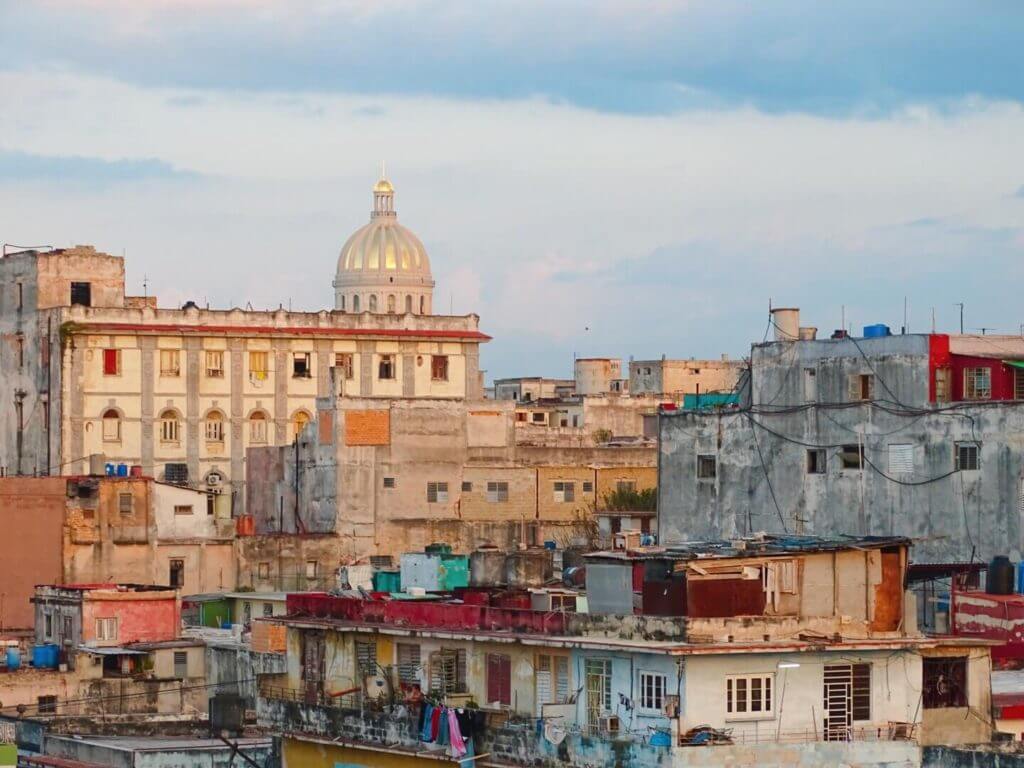
Cuba budget travel – how much do you need?
Phew, we’ve covered the complicated matter of where to get the two different types of Cuban currency. So, how much money to bring to Cuba ? So you can get a general idea of what to budget for Cuba, let’s look at how much things cost.
Cuba budget – cost of a visa
I don’t like to give visa-related advice as things change and it varies for different countries. I advise you do your own research based on your nationality. However I can tell you that, as a Brit flying from Mexico, I got my Cuba visa from the airline desk in Mexico City Airport (check which other Mexican airports offer this). The cost is $20 USD or the equivalent in Mexican pesos.
Cuba budget travel – cost of accommodation
This is usually the thing you spend the most on while travelling. Actually, accommodation in Cuba starts low especially if you stay in casa particulars , in other words homes run by local families. Not only does this keep the costs down for you, but it’s a great way to support local people. If you’re on a budget of $15 a night, you can stay somewhere cosy, comfy and friendly. Of course, there are hotels in Cuba but none of your money will trickle down to the local people. Accommodation budget for Cuba : $20 per person per day or even less if you stay in shared hostel rooms.
Cost of hostels in Cuba
For budget travel in Cuba, I would recommend looking out for hostels. These can be booked on Hostelworld but they’re not the kind you’ll be used to elsewhere. They’re more like shared rooms in casa particulars. But with beds starting at $5, you can’t complain. Havana – the two best hostels in the capital are Cuba 58 and Hostel Mango Habana with dorms from $10. Trinidad – I loved Alcuria Hostel which has a dorm room for $12. The family were so friendly and serve generous home-cooked meals on the rooftop. Backpackers should really stay here!
Cost of Airbnbs in Cuba
Airbnb is a great way to book private rooms in casa particulars and it’s very affordable for tourists.
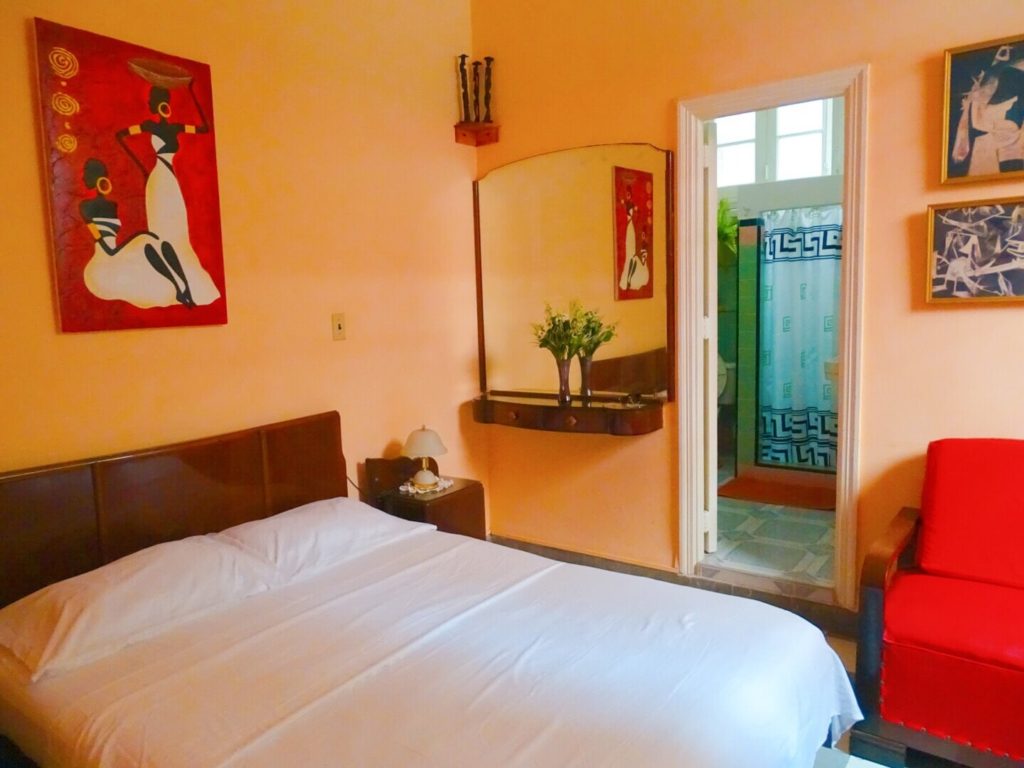
Under the rule of Castro, companies like Airbnb were banned and the app has only been allowed recently. It’s one of the few ways that Cubans can benefit from tourism. They still have to give a large percentage of their profit (I believe around 60%) to the government but sadly, that’s Cuba.
Read next: What I thought of Cuba – my honest thoughts
Cuba budget travel – cost of food
The cost of food in Cuba can be very cheap or quite expensive. Meals start at around 70 CUP and can cost anywhere up to 1,000 CUP including dinner and drinks if you dine somewhere nice. Lunch prices: At lunchtime in restaurants in Old Havana, 120 CUP for a meal and soft drink is considered reasonably cheap. Of course, you’ll pay more at nicer restaurants. Dinner prices: Restaurants in Old Havana charge more for dinner and you can easily spend 250-500 CUP on dinner and a drink. Many cafes add on 10% service automatically.
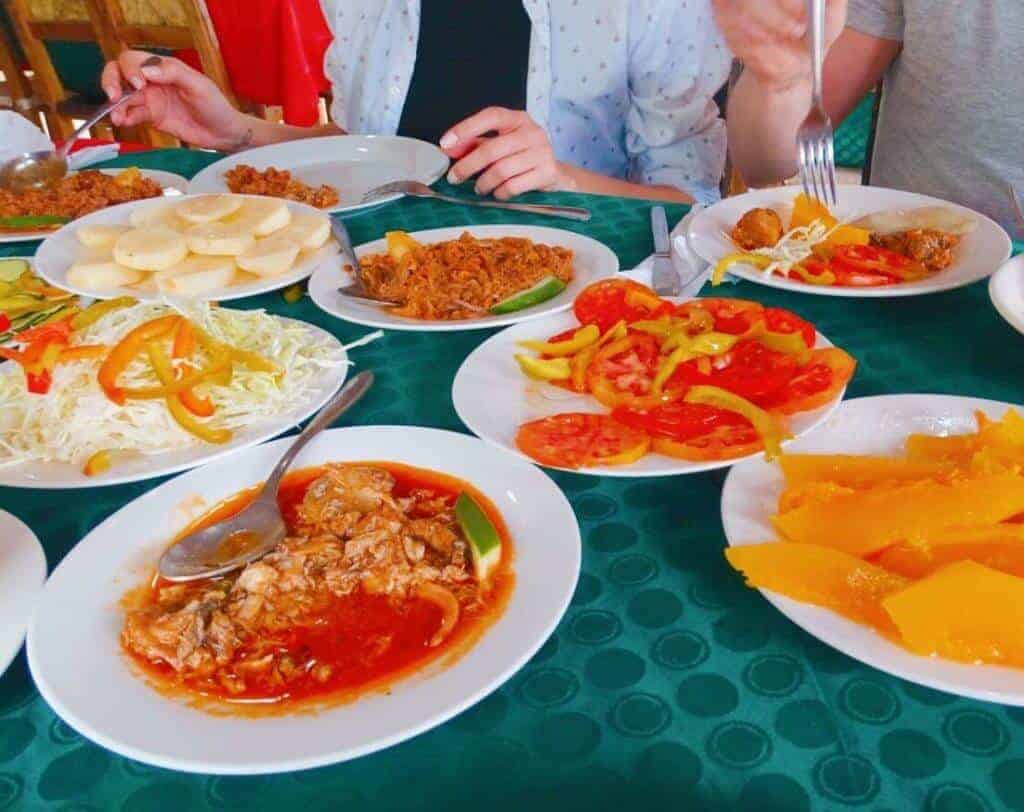
Budget restaurants in Havana: Cafe Brown – I loved this restaurant in Central Havana which serves Cuban tapas, lobsters for 150 CUP and hundreds of inventive cocktails for 70 CUP. It’s nothing fancy, just excellent food. Malecon 663 – this hotel with a cafe downstairs is super quirky with menus on old vinyls. Coffee and brunch cost 150 CUP. Check out other budget Havana restaurants here.

Cost of paladars & street food in Cuba
You can eat a filling dinner for 25 CUP although I can’t promise it will be very nutritious. If you eat like this, you could spend less than $30 USD in a week! Here are some of the costs of things I bought: Pizza with cheese and ham – 25 CUP. Ice cream – 5 CUP. Cheese sandwich – 2.5 CUP. Ropa vieja (at a sit-down paladar) – 20 CUP.
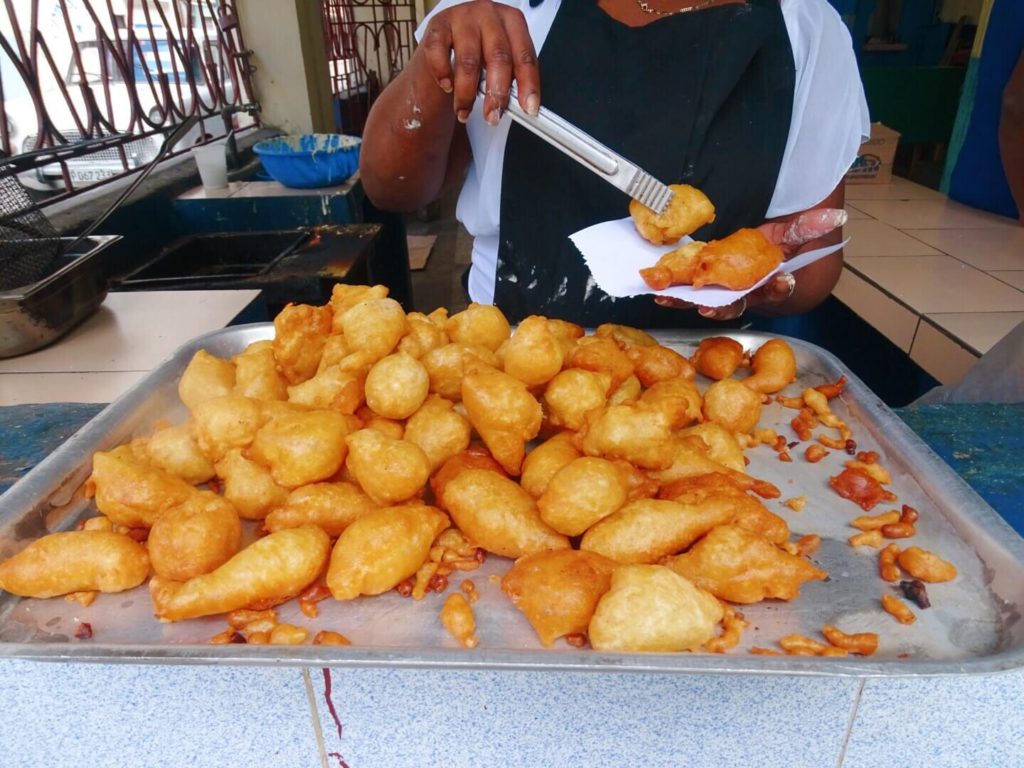
Look out for local paladar restaurants. Many of them serve a wide range of tasty Cuban dishes. You’ll find more of these as you journey further away from touristic Old Havana towards Central Havana. Best dishes to eat include ropa vieja (pulled beef with rice, black beans and fried plantain) and lechon (roast pork). Street food – this isn’t served on the streets like in Mexico or Asia; it’s from casual kitchens and takeaway windows. While street food can be very inexpensive in Cuba, you’re looking at things like limp pizza, hotdogs and spam sandwiches.
Food budget for Cuba : While this varies considerably, I’d estimate around $15 a day providing you eat local-style food from time to time. Add an extra $10 a day if you don’t think you’ll eat street food, and the same again if you fancy a few drinks each night.
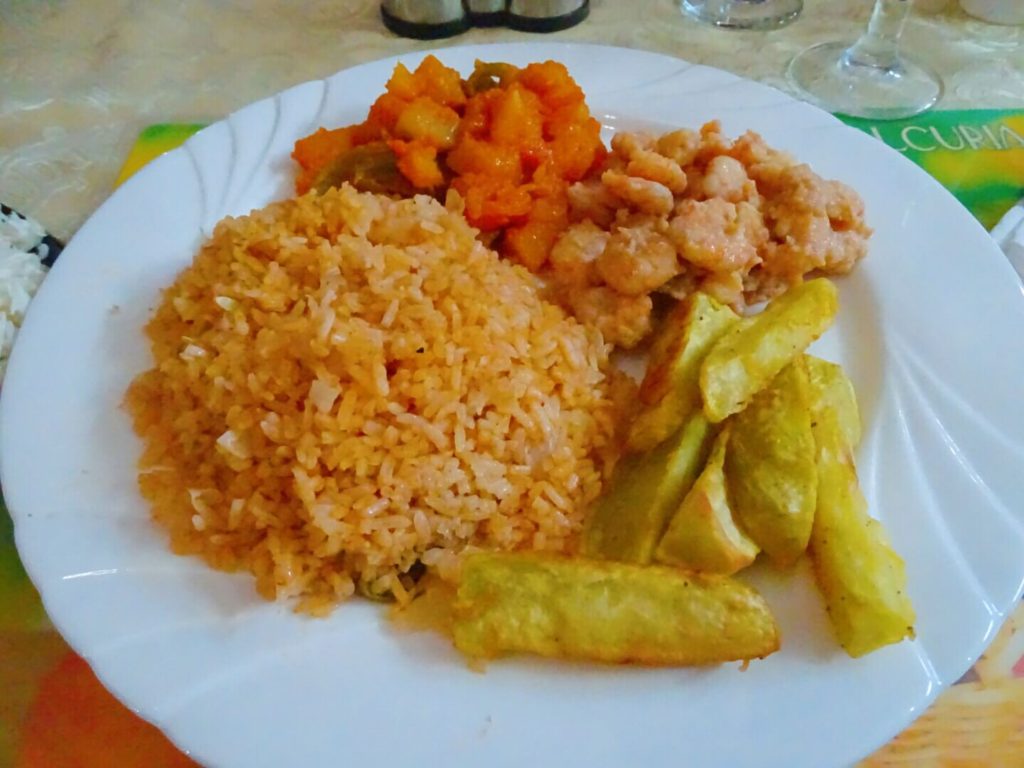
Cost of transport in Cuba
If you’re asking is Cuba expensive?, it depends how many places you plan to visit. If you’re just visiting Havana, you won’t need to budget for transport unless you catch taxis. However, if you’re visiting other destinations like Vinales and Trinidad, you’ll need to stretch that Cuba budget considerably.
Cost of getting from Havana Airport
This is a set fee. There is no haggling to be done and you can’t use any taxi apps. The cost from the airport to Havana by government taxi is 600 CUP (per taxi). Solo travellers could try and buddy up with some other tourists at the rank since everyone’s heading toward Havana.
Buses around Cuba
The main bus networks in Cuba is Viazul . These buses are comfortable if not particularly affordable. You also need to book Viazul buses at least four days in advance. You also have to create an account and register your passport on the website before you can search for a journey. Oh, and American bank cards don’t work.
Government taxis around Cuba
I chose to catch government taxis rather than buses in Cuba as the prices weren’t much more. For example, the Viazul bus from Havana to Trinidad was only 5 CUP less but I’d have had to the bus station by taxi. Government taxis can be booked by your accommodation the day before and will take you door to door. Prices of government taxis in Havana are as follows.
Havana to Trinidad by government taxi: 120 CUP (per person, per way). Havana to Vinales by government taxi: 150 CUP (per person, per way).
Car hires in Cuba
Hiring a car in Cuba can cost up to 2,500 CUP per day. It’s difficult to organise but it is possible if you’re keen for the freedom it brings. Make sure to organise it in advance of your trip.
Cost of getting around Havana
If you’re staying in Old Havana, it’s easy to see most of the sights by foot. If you want to go further afield…
Taxis in Havana: I couldn’t believe how expensive these were. One evening I was headed from Central Havana to Madrigal Bar Cafe to begin a bar crawl. It was a 40-minute walk / 10-minute drive away but government taxis quoted me 350 CUP , more than a London black cab! I just ended up walking there myself at 10pm with irritating men honking from their cars. The cost of the taxis put me off travelling outside of walking distance in Havana. Local buses in Havana: There are local buses which travel around Havana for a tiny fraction of taxi costs, as little as $0.04 . I would advise brushing up on your Spanish to work out where they go!
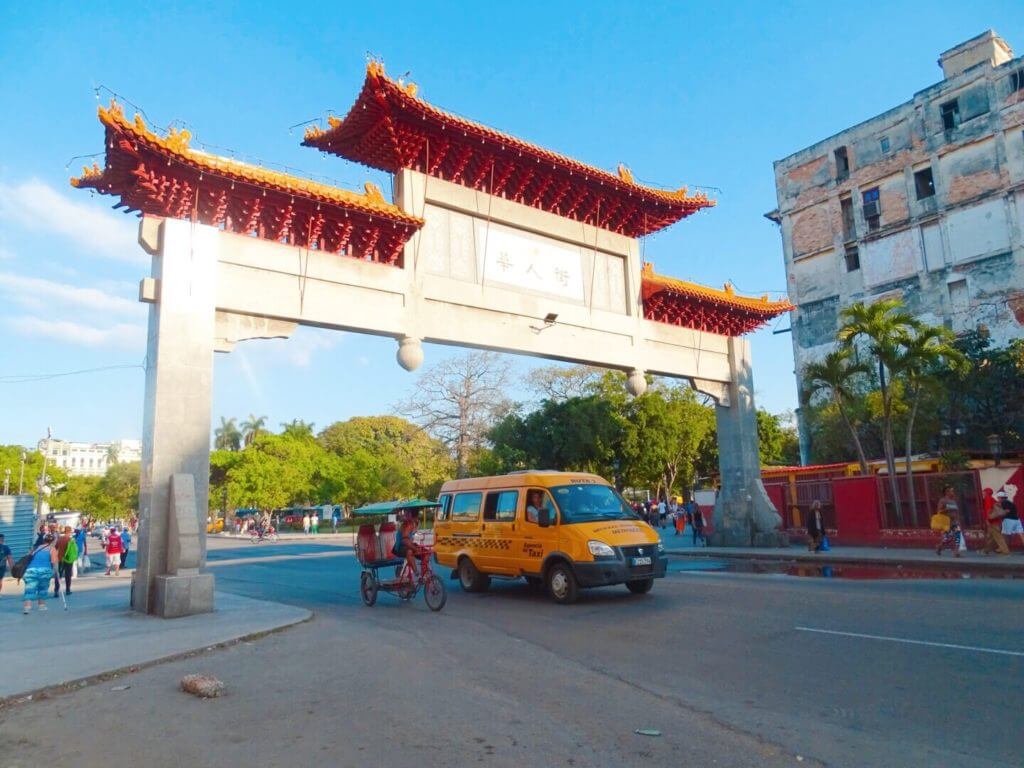
Transport budget for Cuba
If you visit Trinidad, Vinales and travel to and from the airport, budget 160 USD. Is Cuba expensive for transportation? YUP. Note – if you’re travelling with other people, you can split the airport taxi costs but not the cross-country ones as these are quoted per person.
Cuba budget for cocktails / nightlife
So far my list of Cuba costs reads accommodation, food, transport and cocktails. I think that sums it up really! There’s nowhere in the world I’ve had as many cocktails as in Cuba. They were delicious!
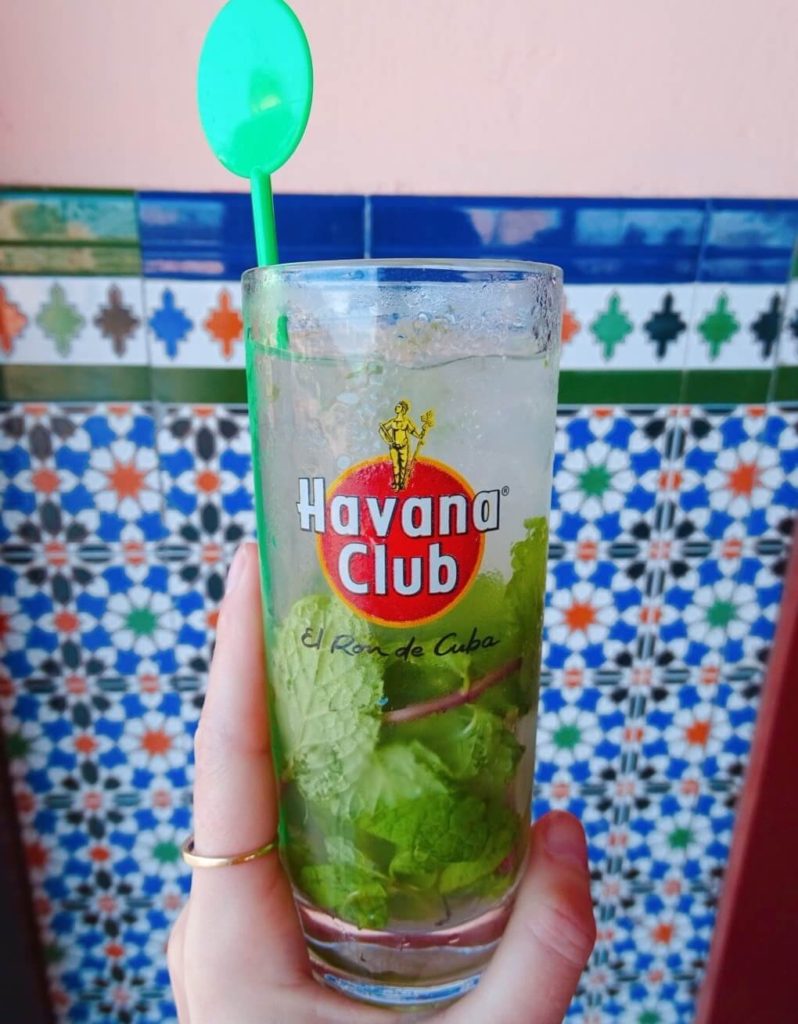
Unlike transport, you won’t need to stretch your Cuba budget to enjoy mojitos and daiquiris. Many Havana bars serve cocktails for 50 CUP and I even found one place in Trinidad serving pina coladas for 35 CUP . A return taxi ride from Havana to Trinidad cost me 60 CUP so I almost wish I’d stayed in Havana and had 30 mojitos!
Read next: the best bars and rooftops in Havana
Cuba budget for internet
Get ready for another complicated and baffling Cuba situation! The main way for foreigners to get online in Cuba is to locate an ETECSA store and purchase a scratch card then find a hotspot (usually in public squares and parks) and use the details on the card to log in. When you see lots of people gathered around on their phones, you know you’ve found one. Remember to bring your passport to purchase an ETECSA card. Internet costs 25 CUP per hour of usage so it’s not particularly expensive but, because the connection is usually so slow, it takes five times longer than normal to do things!
Remember to click ‘end session’ after using your internet card. I just swiped into aeroplane mode assuming it would end my session and it didn’t, draining my 120 CUP of data! Oops.
Cuba budget for activities
Activities in Cuba are priced with foreign tourists in mind. It’s hard to guess what another person will find expensive but I’d say they’re somewhere in the middle: cheap compared to Europe and North America but pricey by Asian or Latin American standards. To give you an idea, I’ll share the costs of the tours I did (in USD).
- Bar crawl including a drink and Cuban cigar: $35
- Vintage car ride: $40
- Day trip from Havana to Vinales including lunch and entrance fees: $100
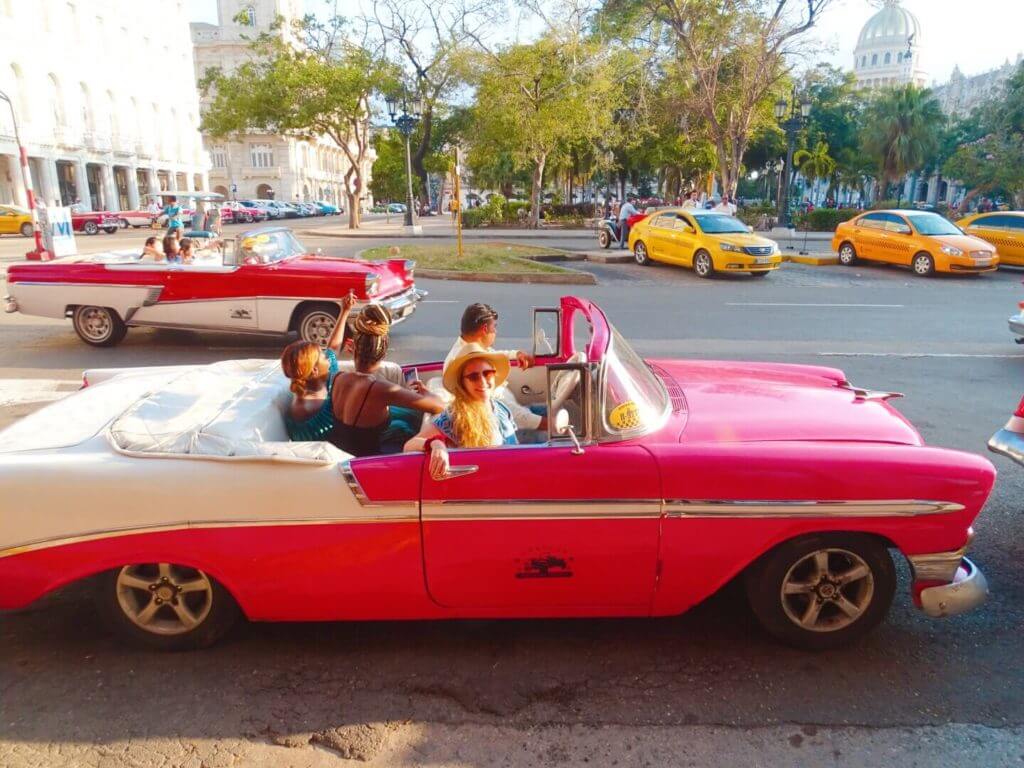
I enjoyed all the Airbnb Experiences I took, especially since they were run by locals who make a livelihood from tourism. Under the communist system, it can be tricky for your money to trickle down to those who need it. On Airbnb, you can also take cooking courses, walking tours, street art tours and more depending on your interests and Cuba budget. Cuba budget tip: take the free walking tour of Havana run by the Me Gusta Company . This was fantastic! You can give whatever you think it’s worth. I gave 120 CUP.
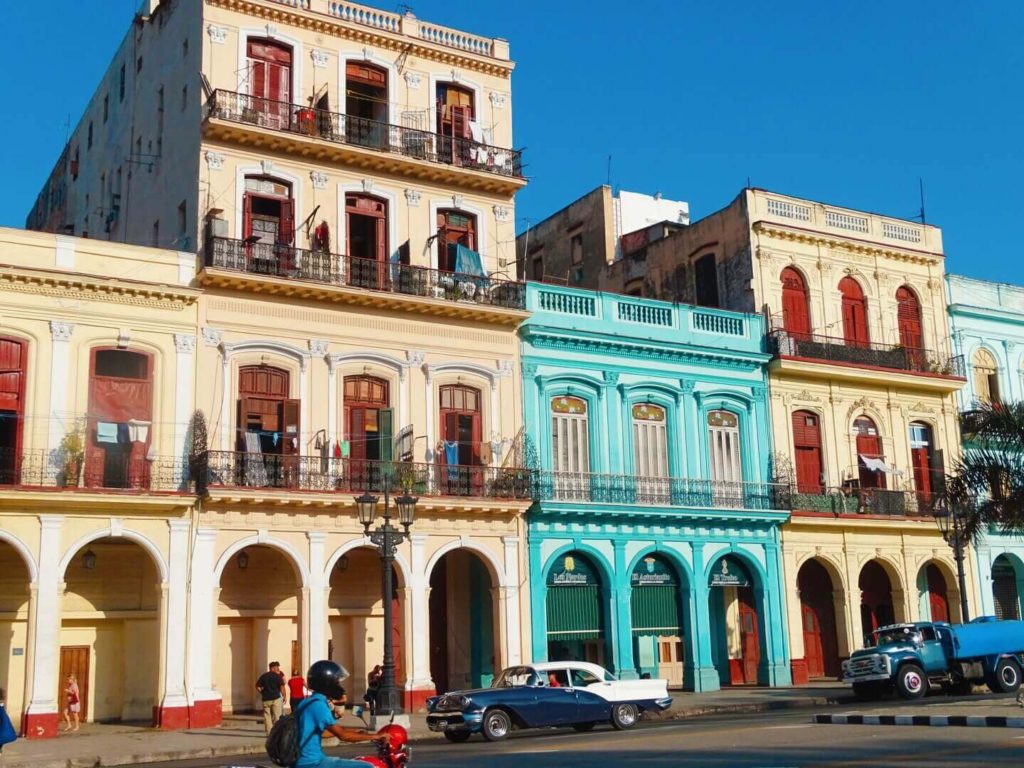
Cuba budget tips
Aside from the obvious tip of eating cheaper local food, these are my top tips for Cuba on a budget.
Bring a stainless steel reusable water bottle and fill it up . Most places I stayed let me fill mine up for free with filtered water which saved me 25 CUP per large bottle. Also, there’s just no excuse for using plastic bottles in 2022.
Pick a local beach . Many people travel to Varadero, which is the holiday hotspot of Cuba with lots of diving opportunities, however a taxi from Havana Airport is 600 CUP. I got my beach fix instead on a budget day trip to Ancon Beach from Trinidad. You can catch a local bus for 120 CUP or share a taxi by buddying up with others if you’re staying in a hostel. Alternatively, take a day trip to Bacuranao, 15km from Havana. A local bus is 120 CUP.
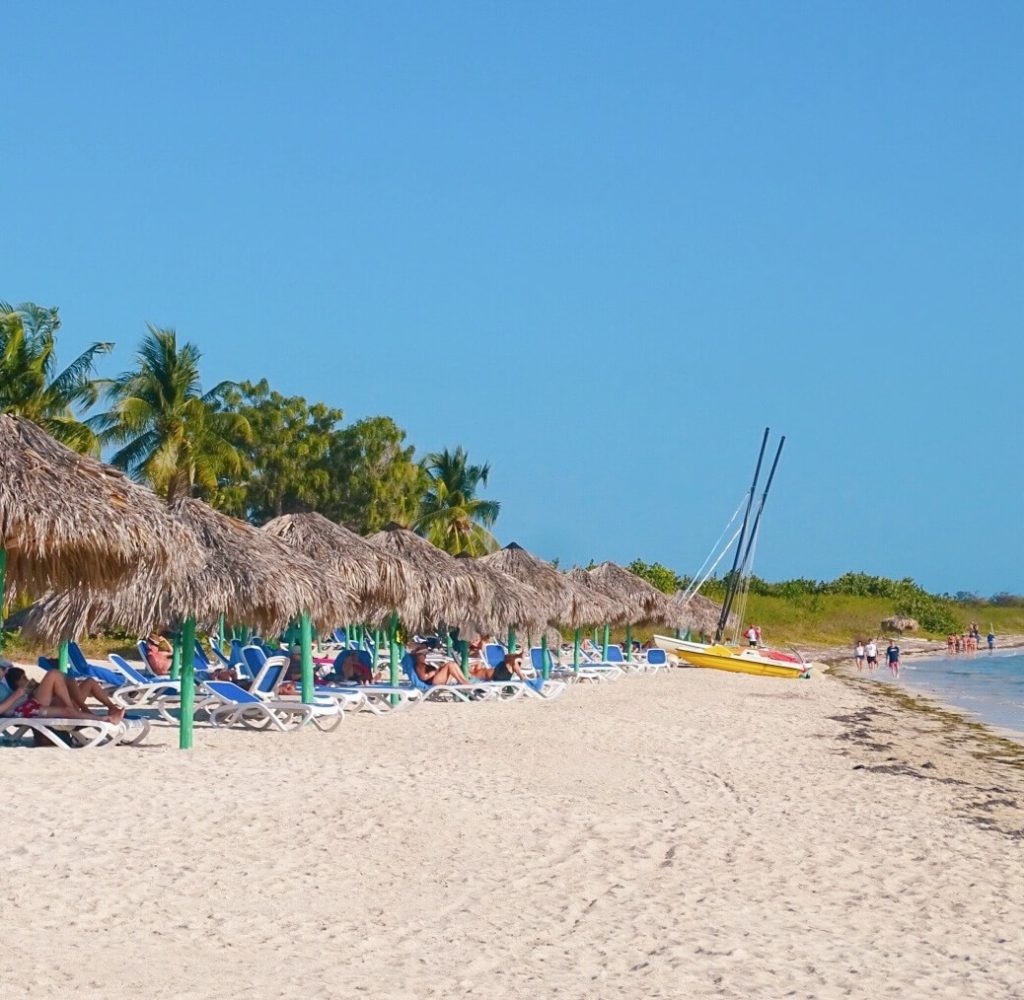
Cycle to El Cubano National Park from Trinidad – I didn’t want to take a horse riding door for ethical reasons, plus they were expensive. I asked locals in Trinidad where I could hire a bicycle (which cost 120 CUP) and cycled there and back through the countryside.
Brush up on your Spanish – you’re not going to get a bargain if you can’t speak the lingo. My best tips are to bring a Spanish phrasebook and download the Google Translate app. Make sure to download Spanish offline on the app which means it works without data or Wi-Fi. Bring on your toiletries – economic sanctions against US brands make it hard to find commonly-used items in Cuba. Bring suncream, bug spray, toothpaste, shampoo and conditioner with you.
Free things to do in Havana
Keep the budget down by doing the following: – Hike up to the Estatua de Cristo statue and look down over Havana. – Visit a Greek Orthodox church and wander beautiful gardens at Jardín Madre Teresa de Calcuta near Plaza de San Franciso de Asis. – Stroll the Malecon, taking in views of the ocean and spotting classic Cuban cars. – Take the daily free walking tours mentioned above! – Tour the main plazas, Plaza Vieja, Plaza de Armas, Plaza de la Cathedral and Plaza San Francisco. In Plaza Vieja, there are several free museums like Museum de Naipes.
Cuba budget itinerary
Since transport is expensive, the best money-saving Cuba tip is be picky when choosing your destinations. The more places you go, the more money you spend. This is my 10 day Cuba itinerary suitable for those travelling Cuba on a budget: Days 1-3 – Explore Havana. Day 4 – travel to Trinidad in the morning. Spend the afternoon seeing the town. Days 5-6 – Take some day trips from Trinidad. Visit El Cubano National Park one day and Ancon Beach the next. Day 7 – travel back to Havana. You can decide whether to travel onwards to Vinales the same day or base again in Havana to visit Vinales as a day trip. Days 8-9 – either explore Vinales if you’re based there or take a Havana to Vinales day trip on day 8 and spend a final day in Havana on day 9. Day 10 – depart Cuba. Stay overnight in Vinales or take a day trip? I decided to take a day trip because it seemed cost-effective compared to taking a government taxi there and back and getting around Vinales. The attractions are spread out across the countryside so you can’t get around on foot. However, if you choose to stay over in Vinales, I would recommend hiring a bike to get about on a budget.
Read next: How to take a Vinales day tour from Havana
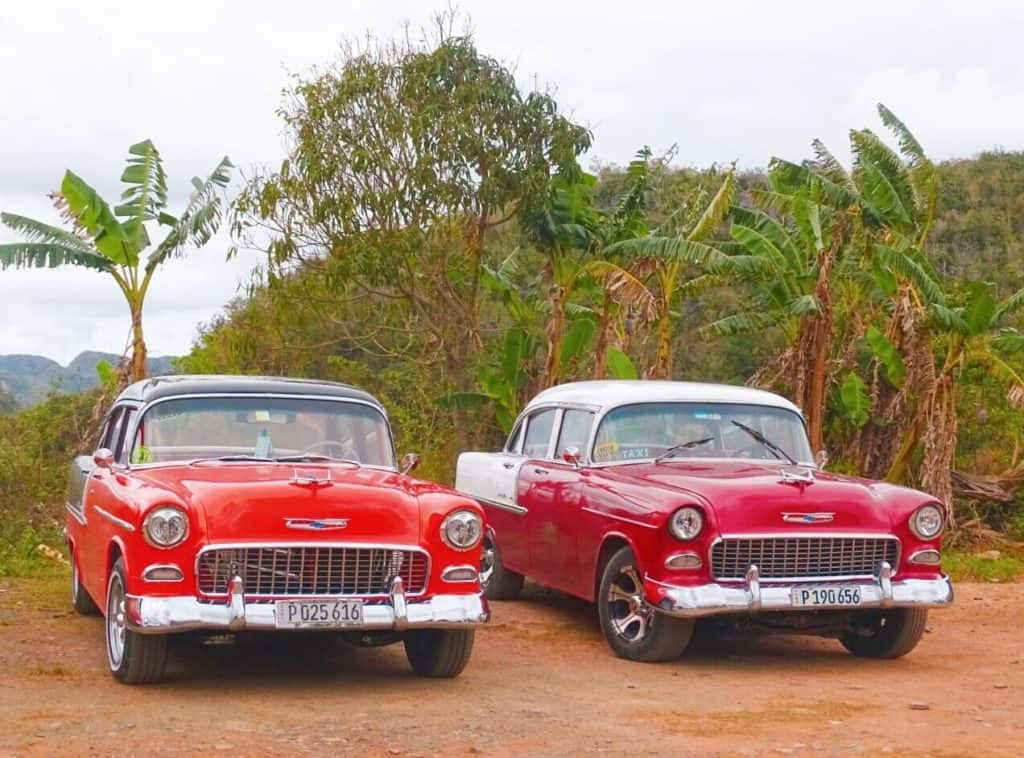
Cuba essentials
- Copy of Lonely Planet Cuba
- An all-important Latin American Spanish Phrasebook & Dictionary . This was a lifesaver!
- Travel luggage – I use the Osprey Farpoint backpack ( men’s ) ( women’s )
- A camera – I use the Sony DSC-HX350 Digital Compact Bridge Camera
- A GoPro if you’re making videos – I use the HERO8 Black
- Solo photography pick: Manfrotto tripod and Joby Gorillapod
- A power bank to keep your devices alive
- Mosquito spray
- Sunhat/sunglasses/sunscreen
- Shampoo/conditioner/body wash (you’ll struggle to find them in Cuba)
- Likewise, feminine sanitary products
- Microfibre quick-drying towel
- Security: A handy bum bag with secure zip
- Combination padlock (ideal for hostel lockers)
- Travel insurance – True Traveller (European travellers) / Hey Mundo (other nationalities) / Safety Wing (digital nomads).
Thanks for reading my Cuba budget guide!
I hope I’ve answered your question, is Cuba expensive? The answer is really a mix: transport is expensive, accommodation is affordable, cocktails are a bargain, and food is either very cheap or fairly pricey depending where you’re eat and what prices you’re used to, I guess!
Read my other Cuba blogs:
- The perfect Cuba itinerary
- A complete guide to travelling Cuba solo
- The best bars in Havana Cuba
- What I really thought of Cuba
For more travel content, follow me on Instagram , Facebook , Twitter and YouTube .
See you next time for more adventures,
Ps. Like my Cuba budget guide? Pin it for later!
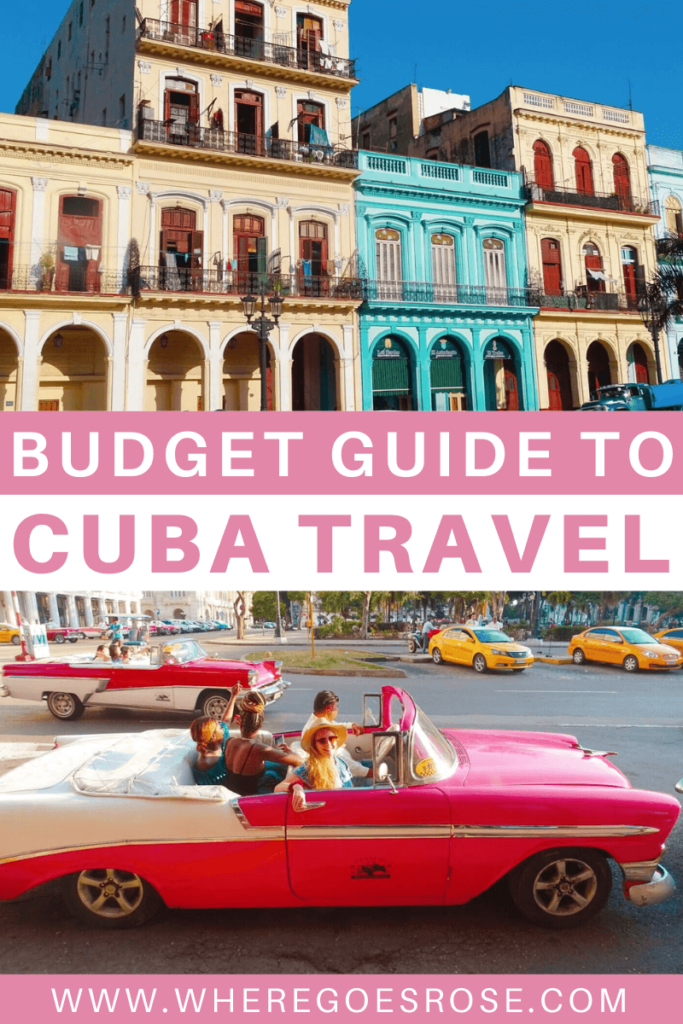
VISITING CUBA? These are my trusted resources: Getting there – I use Skyscanner to find the best-value flights, using the ‘search by month’ tool to find the cheapest dates. You can also use the ‘to anywhere’ feature if you’re flexible on where you’re going. For apartments and private rooms, use Airbnb. For hotels, I recommend Booking.com . For hostels, I use Hostelworld . Hostels in Cuba are the best places to meet other travellers. Browse Cuba tours and activities on Airbnb Experiences and Urban Adventures . Need to top up your Spanish? Pick up a Lonely Planet Latin American Spanish Phrasebook & Dictionary . Need travel insurance ? I use True Traveller (for UK & Europe residents) since it’s affordable but covers everything you’d need including various activities, valuables and pre-existing conditions. Unlike some companies, they insure you if you’re already travelling / don’t yet have your flight home booked. Get a quote . For travel insurance for other nationalities, I recommend Hey Mundo and for long-term digital nomad travellers, I suggest Safety Wing . Check out my resources page for more travel discounts and tips from 10+ years of travel!
Rose is a solo traveller from the UK who has been on the road since 2015. She wants to show other women that solo travel isn't scary and doesn't have to be expensive! Rose has lived in Mexico, Canada and all over Asia, seeking out food, bubble tea and street art wherever she goes!
3 thoughts on “ Is Cuba Expensive? Cuba Budget Travel Guide (2024) ”
thanks, found this helpful.
I travelled to Cuba from UK in 2022 and I’ve never felt so ripped off in my life. everything and I mean EVERYTHING was insanely expensive due to the ludicrous official exchange rate. (We took Euros). Using ATMs or hotels who have to use the official rate saw us paying $45 for a bottle of water, 65 for 2 burgers and a Coke, 35 for a sandwich. We met people who were told their taxi was 500 but get 500 cup out of the ATM was actually over $1200. They had to call the police. We eventually worked out you can illegally change you money down a dark alley and get much, much more. This is what we had to do. DO NOT put anything on your bill in a hotel as you will have 1000s to pay at the end. $20 beer anyone?)see if the bar man will just take cash (illegally though so may not of someone’s looking). We were followed home and threatened when we refused to take a taxi back from a venue as it had cost $60 to get the 10 min journey. They turned up anyway and were very very threatening. At the time we went you couldn’t buy ANY water anywhere (unless you paid €45) a can of pop from a person’s window would officially be $8. With the illegally money it was “only” 4. This was the only liquid we could get. I’d point out the food in Cuba is horrendous. Every where. They do not have any basic ingredients (salt, pepper, spices) so it extremely bland (and I’m from the UK!). Honestly due to the crazy exchange rate system this has got to be by far the most expensive place on earth I include Singapore and Iceland in this. It was actually very stressful and we met many, many tourists who just didn’t know what they were going to do as their budgets were ruined. It makes no difference what currency you pay in – pounds, dollars, euro – it is the exact same cost as they have no idea what foreign money means. So for example the taxi we were told was 60. “60 what ” “anything:…. I’m afraid I’m not gonna back to this strange, derelict place where food, drink and transport cost more than any other place I’ve visited. Check the “official” exchange rate and be prepared for dark alleys when you realise what it means. Sorry!
Hi Katherine, wow thanks for this honest comment. Sorry all this happened!
Leave a Reply Cancel reply
Your email address will not be published. Required fields are marked *
You can see how this popup was set up in our step-by-step guide: https://wppopupmaker.com/guides/auto-opening-announcement-popups/
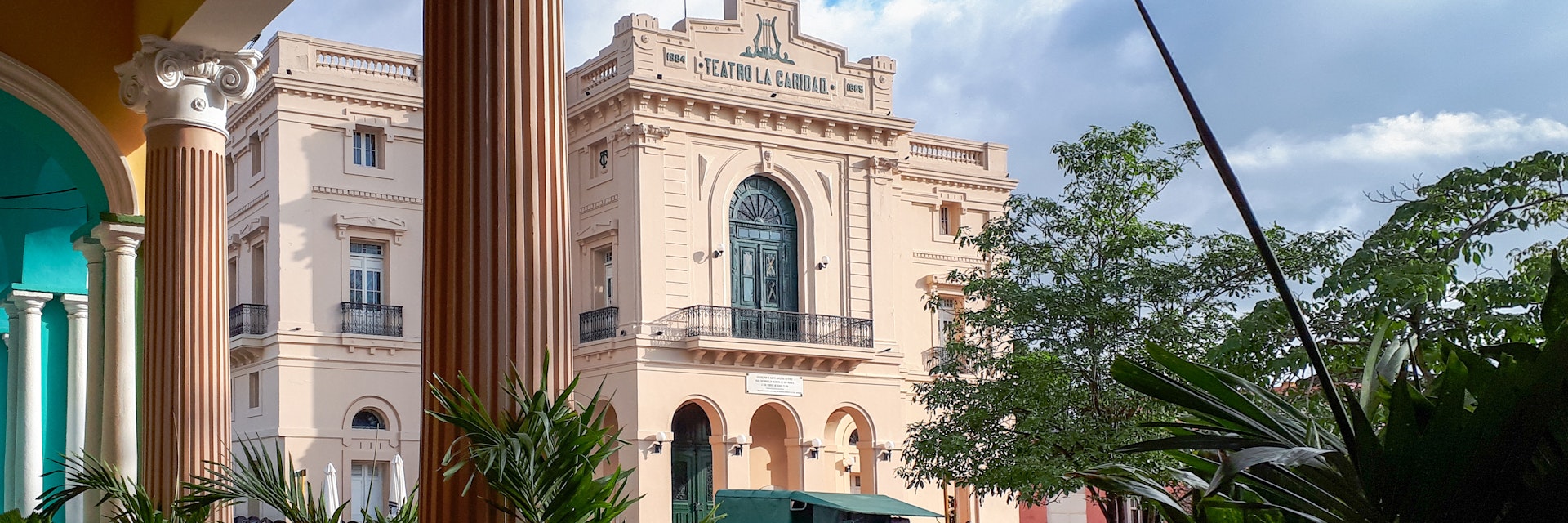
Getty Images
From lush forests to a dynamic music scene, Cuba is a country of indefinable magic. Puff on Cuban cigars or cruise down the Havana streets in a classic car for a true taste of the good life.
Best Time to Visit
Best places to visit, attractions, must-see attractions.
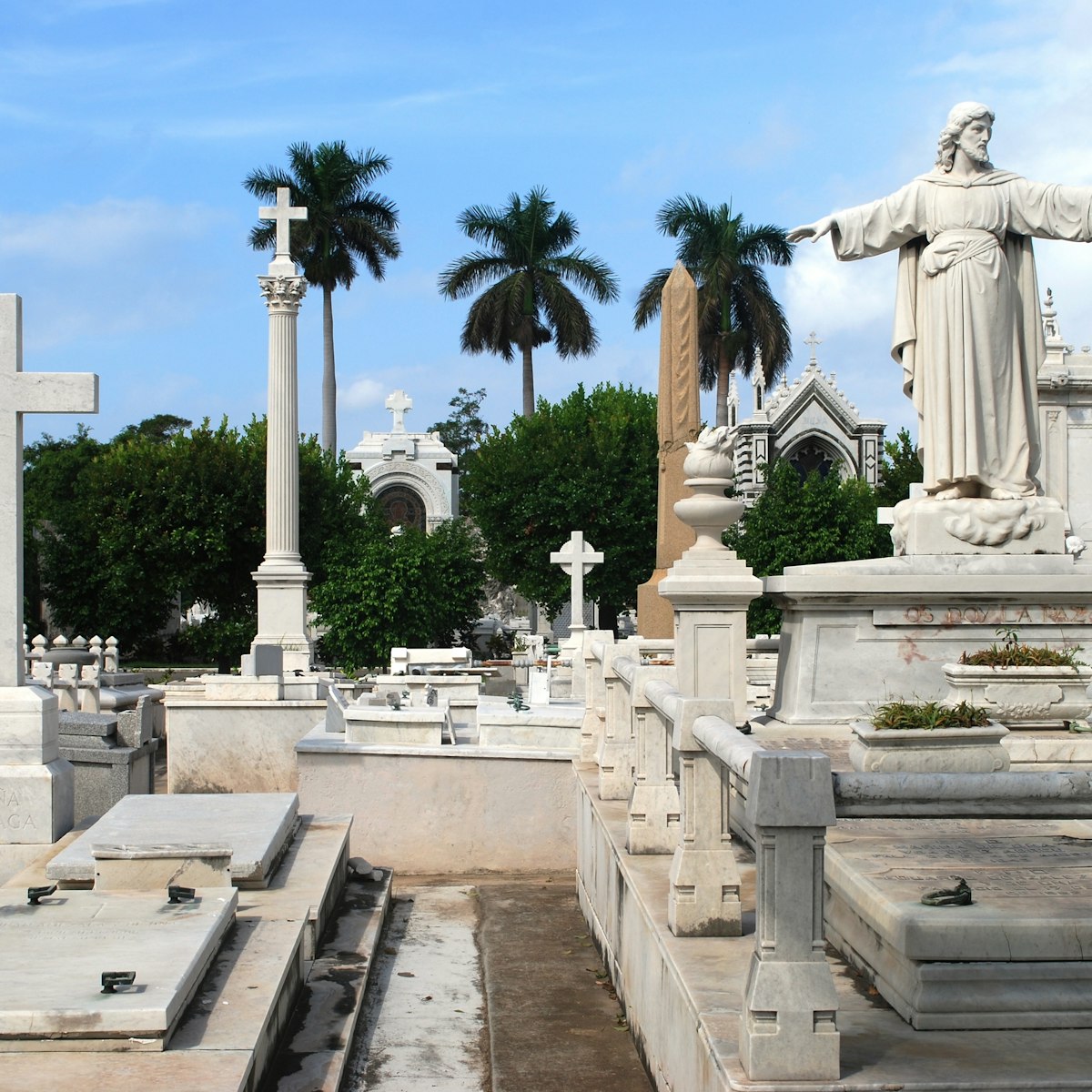
Necrópolis Cristóbal Colón
Havana's main cemetery (a national monument), one of the largest in the Americas, is renowned for its striking religious iconography and elaborate marble…
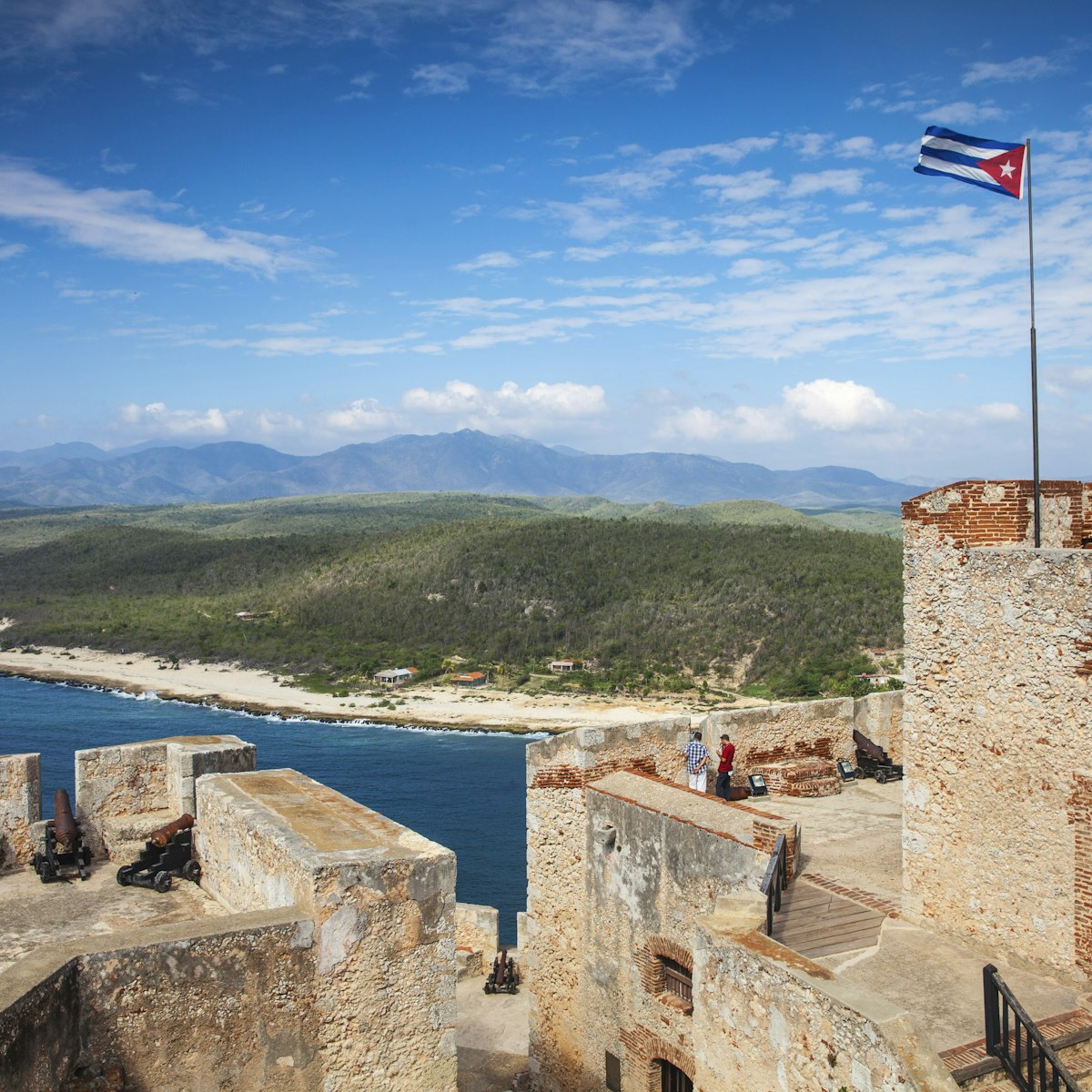
Castillo de San Pedro de la Roca del Morro
Santiago de Cuba
A Unesco World Heritage site since 1997, the San Pedro fort sits impregnably atop a 60m-high promontory at the entrance to Santiago harbor, 10km southwest…
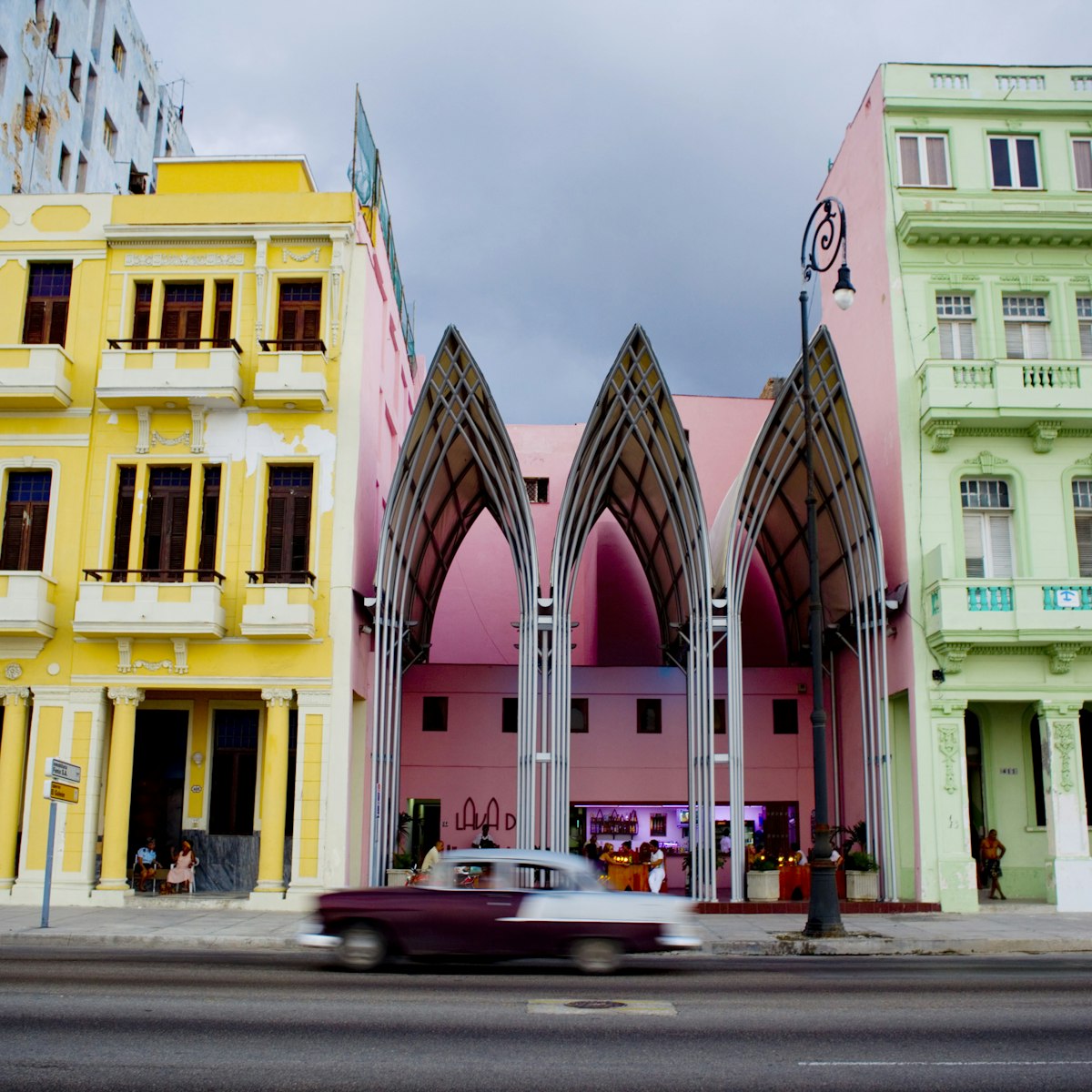
The Malecón, Havana's evocative 7km-long sea drive, is one of the city's most soulful and quintessentially Cuban thoroughfares, and long a favored meeting…

Capitolio Nacional
The incomparable Capitolio Nacional is Havana's most ambitious and grandiose building, constructed after the post-WWI boom ('Dance of the Millions')…
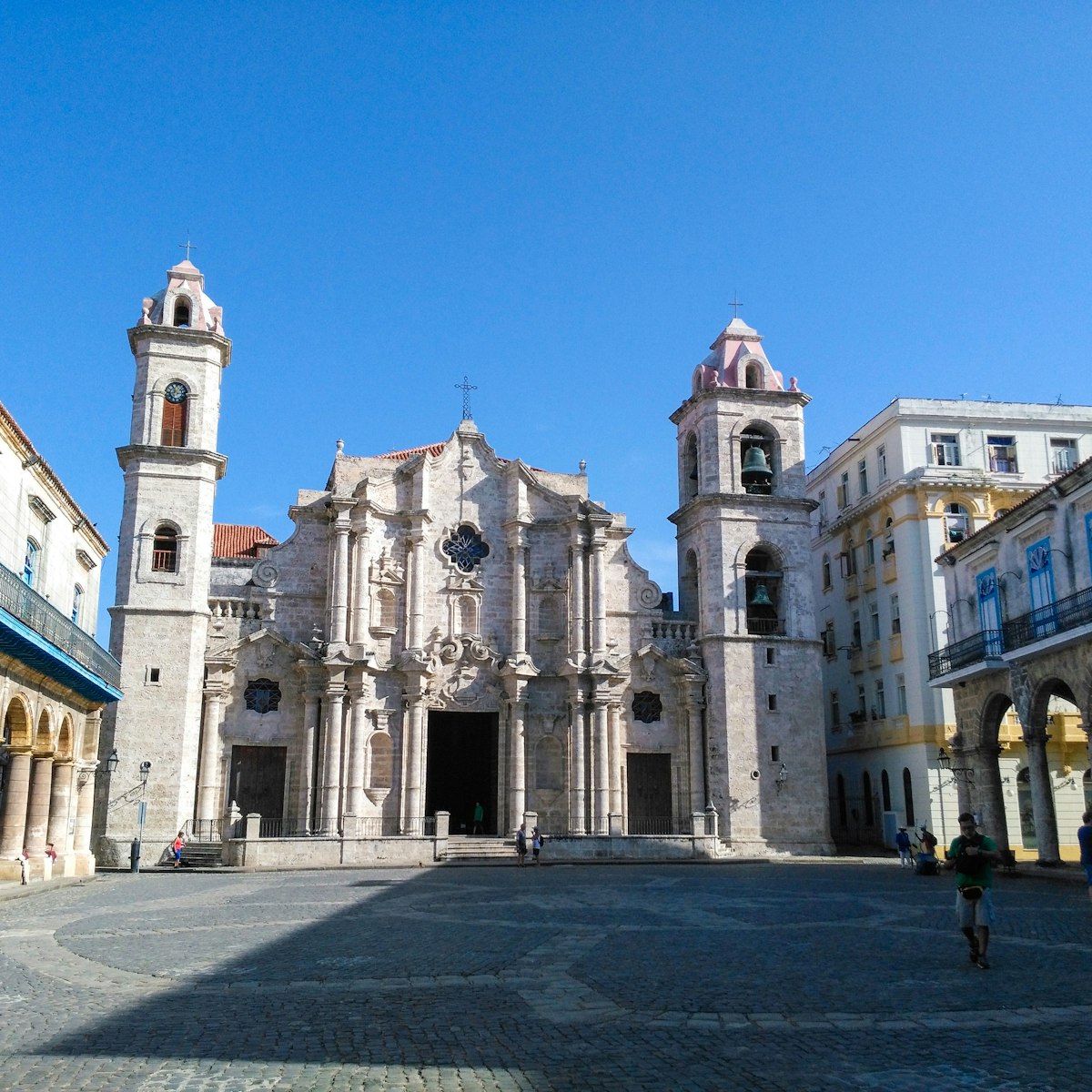
Plaza de la Catedral
Habana Vieja
Habana Vieja's most uniform square is a museum to Cuban baroque, with all the surrounding buildings, including the city's beguiling asymmetrical cathedral…
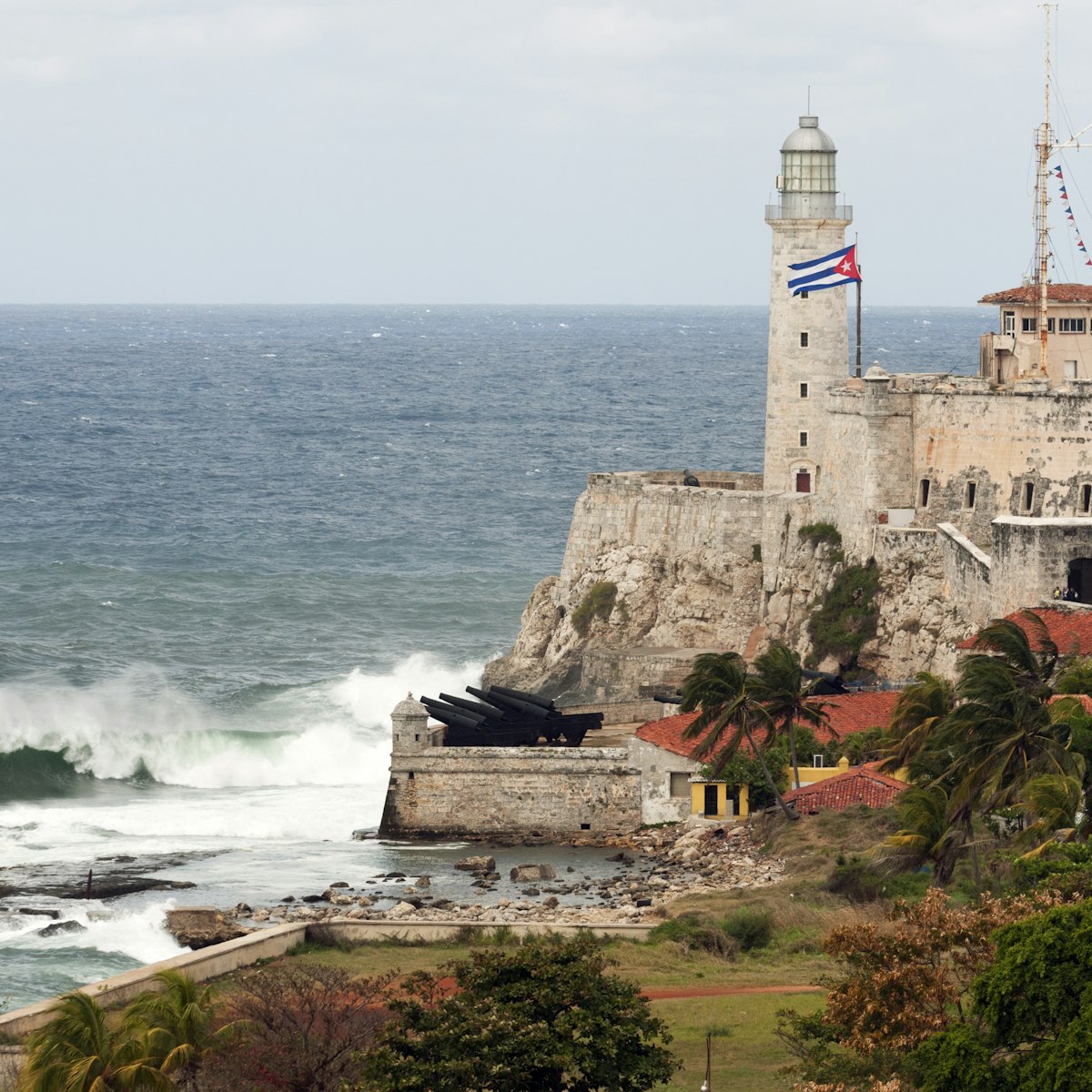
Castillo de los Tres Santos Reyes Magnos del Morro
Regla, Guanabacoa & the Forts
This wave-lashed fort with its emblematic lighthouse was erected between 1589 and 1630 to protect the entrance to Havana harbor from pirates and foreign…

Fusterlandia
Where does art go after Antoni Gaudí? For a hint, head west from central Havana to the seemingly low-key district of Jaimanitas, where artist José Fuster…

Museo Conjunto Histórico de Birán
Holguín Province
Fidel Castro Ruz was born on August 13, 1926, at the Finca Las Manacas near the village of Birán, south of Cueto. The sprawling ranch, bought by Fidel's…
Top picks from our travel experts
Music, magic and mojitos: the 17 best things to do in cuba.
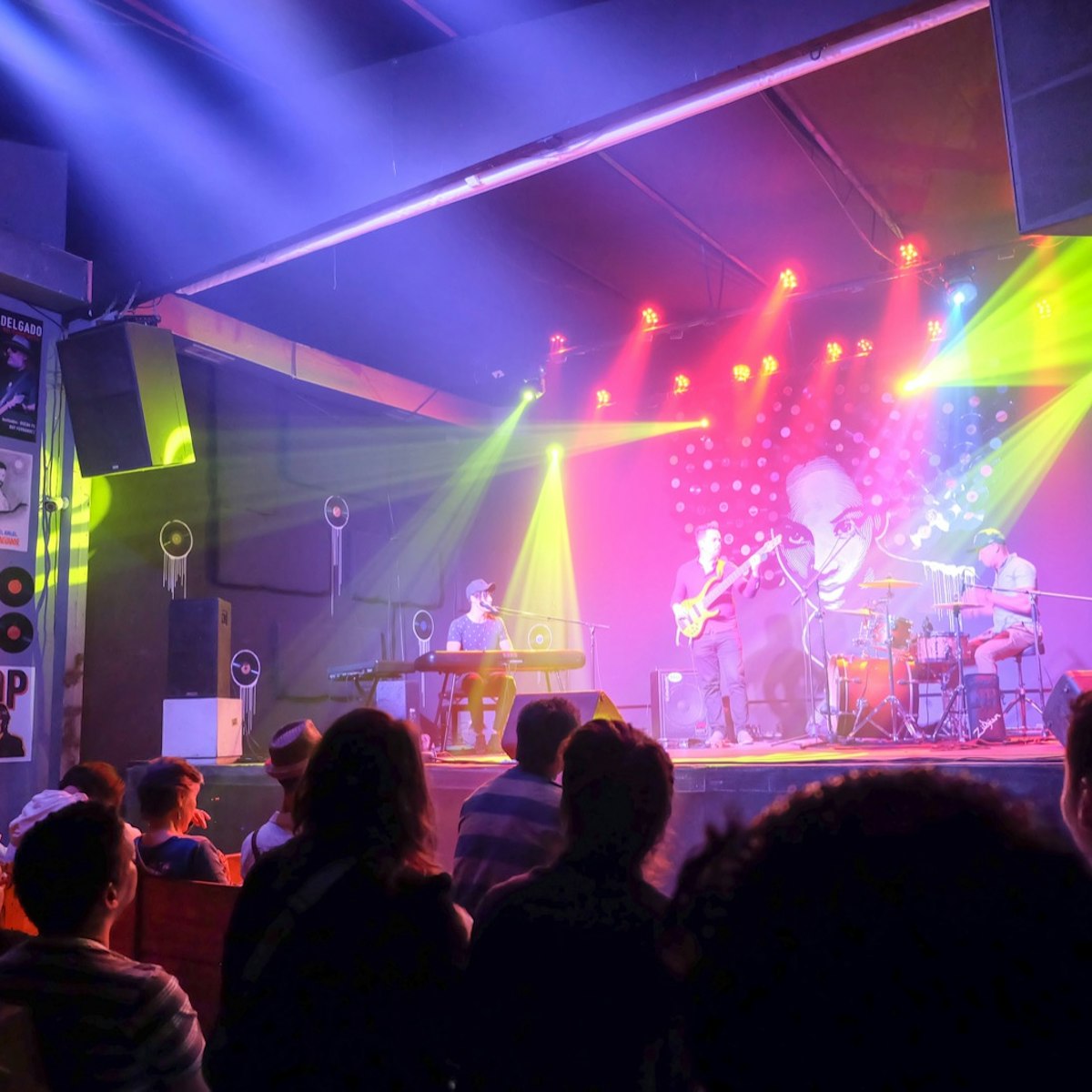
Fábrica de Arte Cubano
If only every city had a cultural venue as wide-ranging, inclusive and downright revolutionary as Havana’s unique art factory. The brainchild of Cuban…

Museo de la Revolución
This emblematic museum is set in the former Presidential Palace, constructed between 1913 and 1920 and used by a string of Cuban presidents, culminating…

Comandancia de la Plata
Granma Province
Topping a crenelated mountain ridge amid thick cloud forest, this pioneering camp was established by Fidel Castro in 1958 after a year on the run in the…

Cuartel Moncada
Santiago's famous Moncada Barracks, a crenelated art deco building completed in 1938, is now synonymous with one of history's greatest failed putsches…

Gran Parque Nacional Sierra Maestra
Comprising a sublime mountainscape of verdant peaks and humid cloud forest, and home to honest, hardworking campesinos (country folk), Gran Parque…
Planning Tools
Expert guidance to help you plan your trip.
Best Things to Do
Get ready to uncover the buoyant and sophisticated magic of Cuba. Here are the top things to do on your visit.
Things to Know
Cuba can confuse even hardened travelers. Here's everything you need to know before you go.
Transportation
Want to travel around in Cuba? See the best of the island with our guide to transportation.
Visa Requirements
Travelers often have questions about the visa process for Cuba and whether US citizens can even visit. Here’s our guide to Cuba’s visa requirements.
Money and Costs
You can still see the best of Cuba even without a huge budget. Here are our tips on getting the most out of your money.
Traveling with Kids
If you’re looking to travel to Cuba with kids, you’ll find music, carnivals, watersports, horse riding, classic American car rides and much more.
Best Road Trips
From beaches to mountains to historic cities and more, these road trips around Cuba offer access to the best of this enchanting island.
Latest stories from Cuba
Filter by interest:
- All Interests
- Adventure Travel
- Art & Culture
- Beaches, Coasts & Islands
- Food & Drink
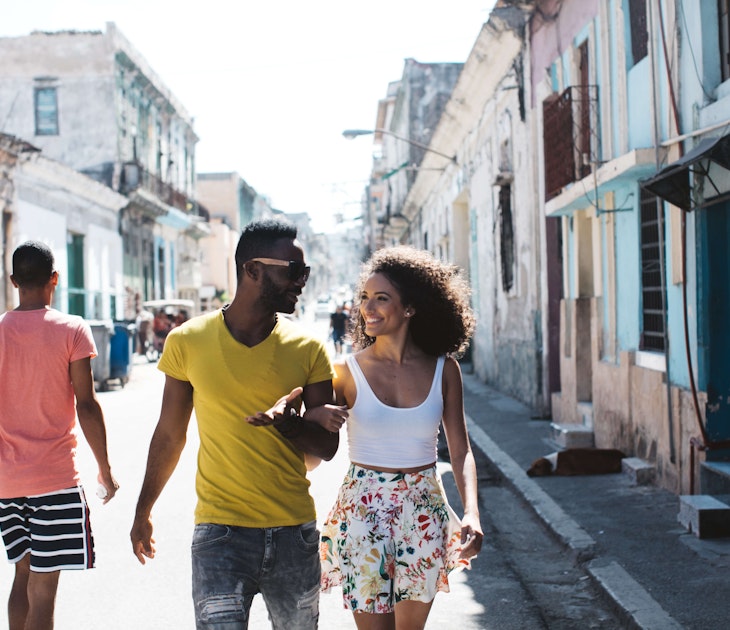
Tips & Advice
Jan 18, 2024 • 4 min read
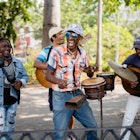
Jan 13, 2024 • 9 min read
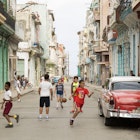
Jan 12, 2024 • 7 min read

Jan 10, 2024 • 7 min read
Jan 9, 2024 • 4 min read
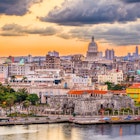
Jan 9, 2024 • 6 min read
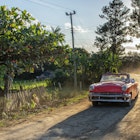
Jan 6, 2024 • 7 min read

Jan 5, 2024 • 8 min read

Jan 8, 2023 • 7 min read
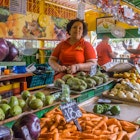
Nov 11, 2022 • 3 min read
in partnership with getyourguide
Book popular activities in Cuba
Cuba and beyond.
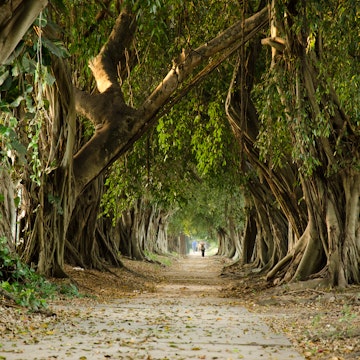
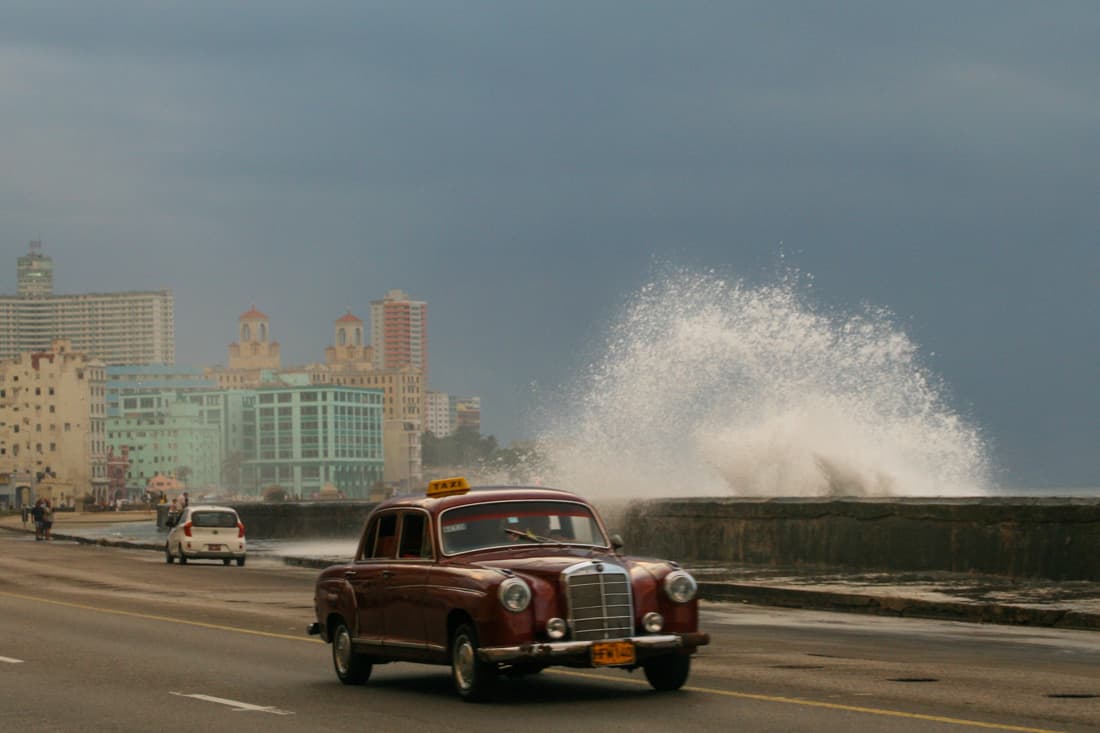
How Much Does It Cost to Travel in Cuba?
This page contains affiliate links. Please read our disclosure for more info.
Many people are surprised that Cuba is not a cheap country to travel in. The average Cuban salary is around $25 a month after all, and travellers expect prices similar to those in Central America. But as we’ve said, Cuba is unlike anywhere else we’ve visited and you can’t expect things to be that straightforward.
Cuba has a dual currency system: Cuban pesos (CUP) or moneda nacional are what locals earn/spend while convertible pesos (CUC) are what tourists spend and locals need for any kind of luxuries. 1 CUC is about equivalent to US$1, and 1 CUC buys 24 CUP. Tourists can use moneda nacional for a few things like street food which is very cheap but everything else (accommodation, transport etc) must be paid for with convertibles. It sounds confusing but you get the hang of it once you are there.
Cuba Travel Costs
Here’s what we spent during our two weeks in Cuba visiting Havana , Vinales and Trinidad. These costs are for two people .
Currency: GBP
Currency: usd.
This is the breakdown of how much this works out on an average daily basis.
We budgeted £70 a day which is about US$110 or 110 CUC for two people so we were pretty happy that we came in under budget at £58/ $88 a day or £29/ $44 per person . I doubt we could travel for that on any other Caribbean island.
Accommodation
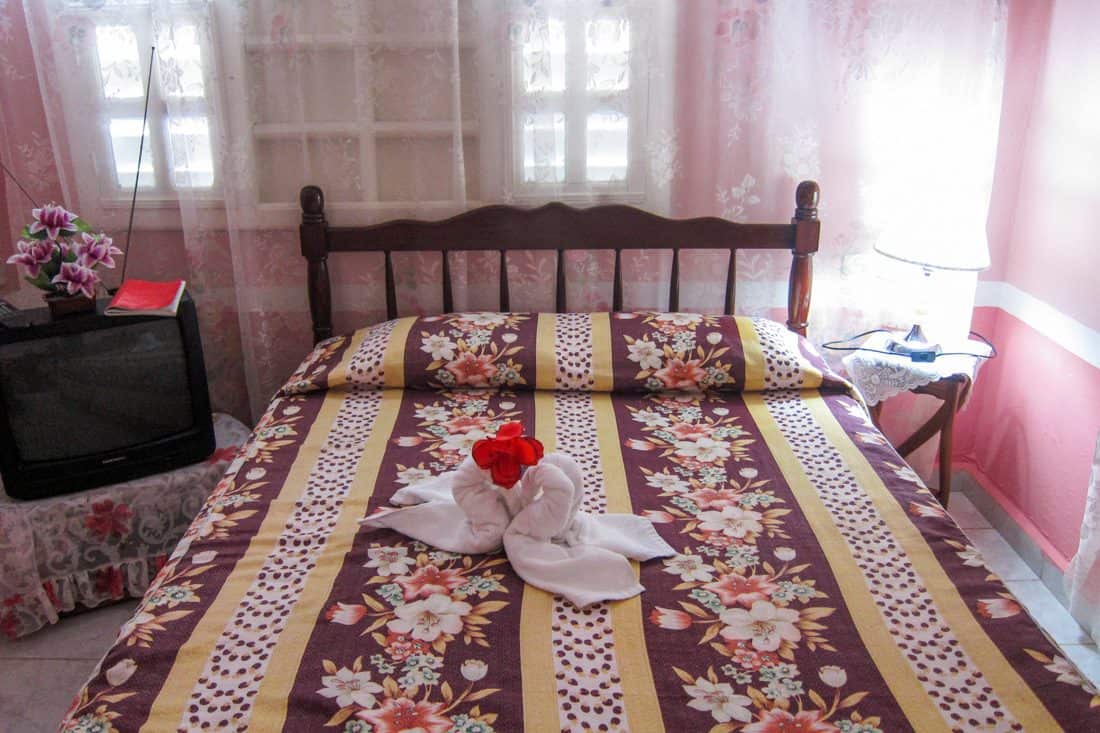
- We stayed entirely in casas particulares or homestays where Cuban families rent out one or two rooms in their homes. They are cheaper than the government-run hotels and you get the benefit of the wonderful hospitality and home-cooked meals. We paid between 20-30 CUC per room which were always clean, simple but comfortable, and equipped with private bathroom, hot water, A/C, and often a fridge.
- As the price is per room accommodation costs are higher for solo travellers.
You can now book homestays online on Airbnb with rooms from $10 a night— sign up here for $39 of your first stay.
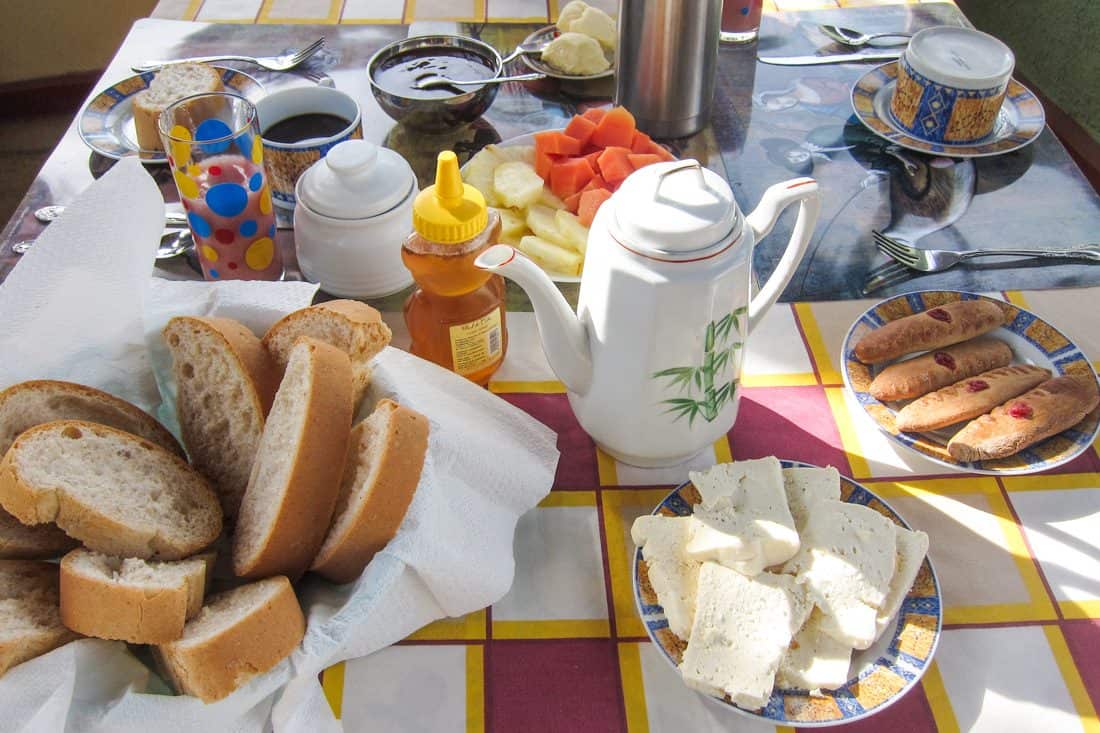
- We ate in our casas for most meals. Breakfast was 3-5 CUC each and dinner was 7-8 CUC each—portions are huge. We also ate peso pizza from street stalls for about 10 CUP ($0.42).
- Bottled drinking water is included in this category and was a substantial expense—we spent £50/$76 on water, but we do drink a lot of it.
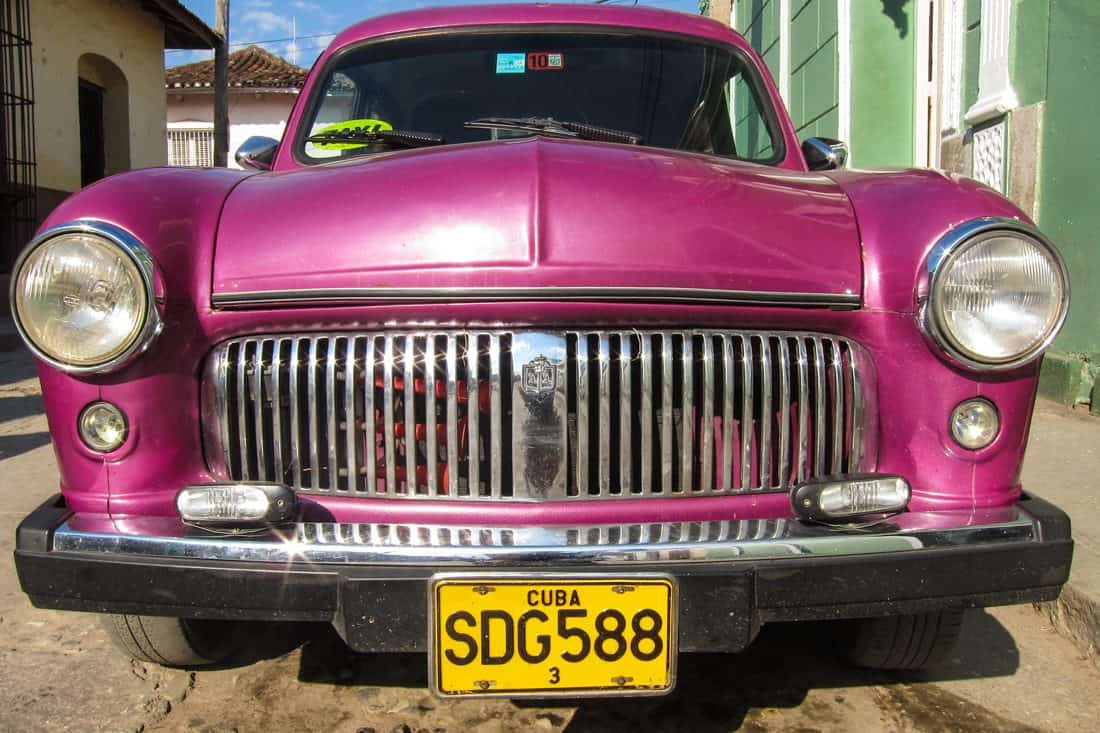
- We travelled by comfortable Viazul bus between cities (12-37 CUC for 4-9 hour trips).
- A taxi from the airport into Havana is 25 CUC.
- We paid US$25 each for a Cuban visa at Cancun airport.
- Exit tax from Cuba is 25 CUC.
Entertainment
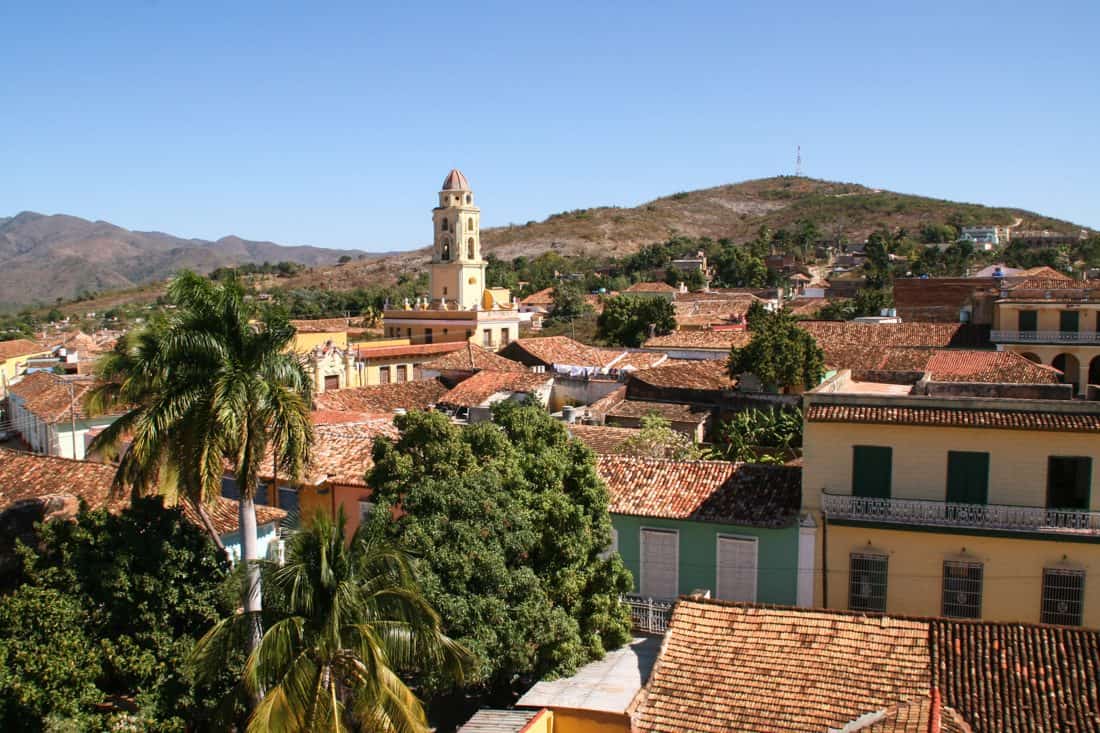
- This includes a few nights out seeing bands, two private salsa classes, horse riding, and entrance fees to museums and galleries.
- We only drank alcohol a few times so if you plan to drink a lot of mojitos (2-3 CUC each, more in Hemingway bars) this category will be higher.
Miscellaneous
- This includes laundry and tips, often for the bathroom attendant. Tips are a must in Cuba as locals rely on them for access to convertibles.
Other Costs Not Included Above
- Our return flights from Cancun to Havana with Cubana cost US$282 each.
- Don’t forget travel insurance—we use and recommend True Traveller for UK/EU citizens. Heymondo is another reliable option available worldwide.
Things to Know About Money in Cuba
The money situation in Cuba is more complicated than in other countries so you’ll need to be prepared before you arrive.
- There are some ATMs in big cities in Cuba but your card won’t work if it’s issued by an American bank. Although our British bank card may have worked the ATMs can be unreliable so we decided to take all our money in cash.
- Outside of big resorts credit cards aren’t commonly accepted. We didn’t use ours.
- As we were travelling from Mexico we took all our cash in Mexican pesos. Other good currencies to take are Euros, British pounds, and Canadian dollars. US dollars have a 10% exchange rate penalty so it’s best to avoid them.
- Only change some of your money at the airport when you arrive as rates are better in Havana.
- We used one of the cadecas (change booths) to change money from Mexican pesos to convertible pesos. The one we used was at 257 Obispo in Habana Vieja.
- We also changed 20 CUC (convertible pesos) to CUP (Cuban pesos or moneda nacional ) which we mostly spent in street food stands on peso pizza. This was actually quite a lot for two weeks as Cuban pesos go far and can’t be used for many items.
- Prices in the Lonely Planet Cuba guidebook were surprisingly accurate, even though our guide book was an older version published in 2009 (the latest version is 2015).
For more Cuba tips see our post on planning a trip to Cuba and our travel resources page.
If you enjoyed this post, pin it!
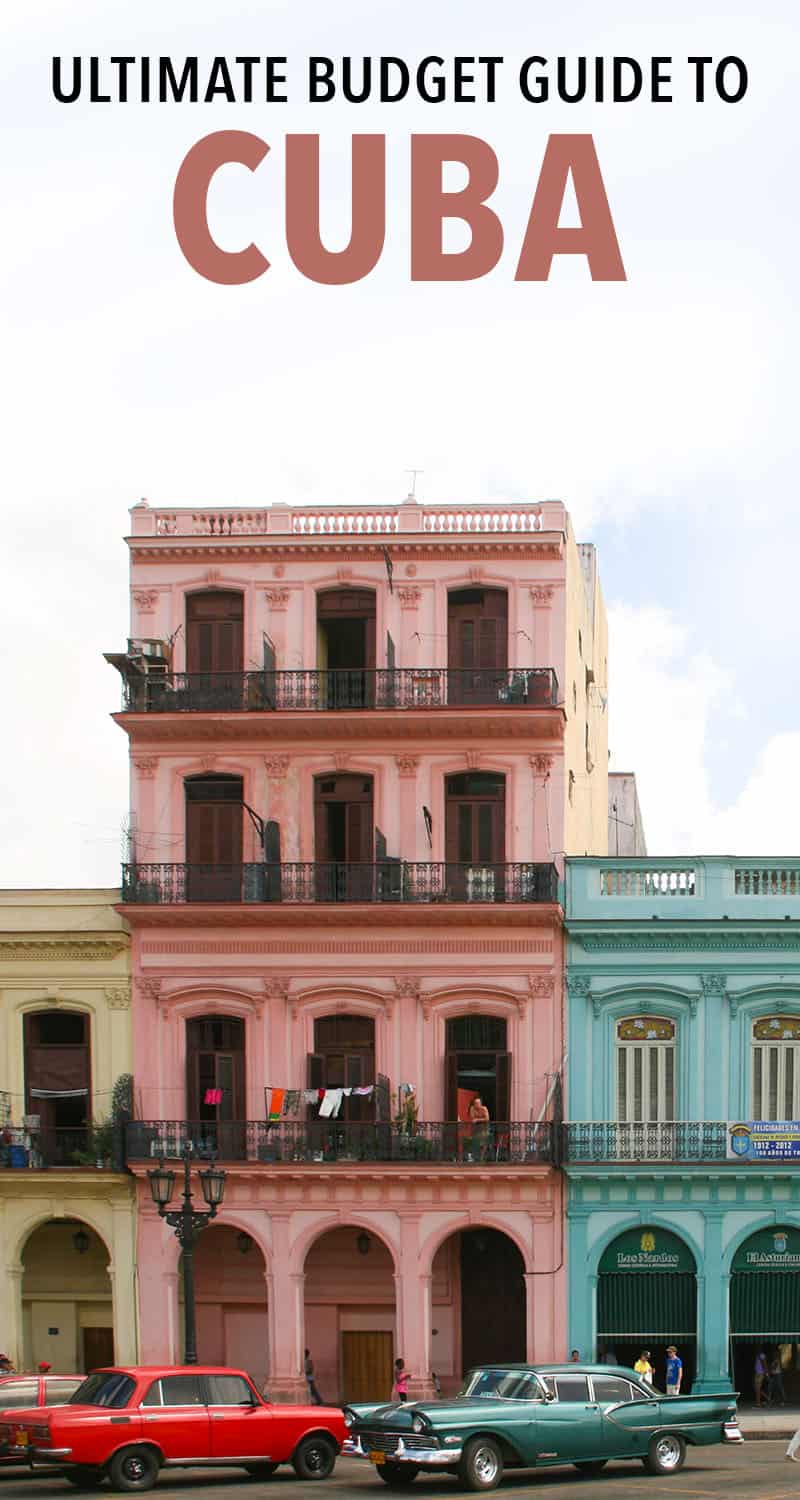
70 Comments
If Cuban’s can survive on $25/month then why can I, as a visitor, do the same? It is not as if I have “Rich Westerner to be fleeced” tatooed on my forehead (and anyway I might be Western European, but I am not rich). Surely I can convert my cash to the local currency and pay the same prices as they do?
Reply ↓
they get food staples via ration card free
Lovely country Cuba. I missed the Habana and Trinidad a lot. If I have not been to Cuba, I think I would be so surprised with this post. You expect Cuba being extremely cheap place to visit, but it’s absolutely not. Thank you for the great tips with excellent photos.
Hello, Can you please tell me how you found the accomodation in private houses? Did you book in advance, or just landed and looked for accommodation when there? I’ll be travelling with two children, we are keen to save money and not spend too much on fancy hotels, so staying with failies would be great, but I’m not sure where to start! Thank you!
I’ve written about it here: http://www.neverendingvoyage.com/planning-a-trip-to-cuba/
Thank you so much for your website . I try to learn as much as i can from your information. i have two weeks after new year on January 4 to 16 would you mind highlight the city i worth to travel , also the casa who has good reputation i can trust and help me in Cube. i want to contact with them , then book my ticket . Thanks again. God bless you. Jenny
This post should help: http://www.neverendingvoyage.com/planning-a-trip-to-cuba/
thank you for the info about cuba. ( I would like to travel to cuba from san Francisco u.s.a what would be the best way to do this ? also how much do 3 star hotels charge ?
You could fly via Mexico City or Cancun. I don’t know about hotels as we stayed in homestays. You can read more about them here: http://www.neverendingvoyage.com/planning-a-trip-to-cuba/
Maybe a silly question but when you booked your flight, did the airline give you any hassle? I know that you obviously booked it through an airline outside the US but I’m curious if the airlines show any type of interest or give any type of hassle. Thanks for your posts.
We had no problems (but we’re not from the US). We know many other Americans who’ve travelled there via Mexico and had no problems either.
Hey there, thank you so much for sharing all the details of your trip, it has been very useful during the planning of my trip to Cuba. I am currently in Mexico and so was thinking about taking Mexican pesos and changing them for CUCs in Cuba. However, i’ve read on a few websites that Mexican pesos have the second worst exchange rate behind USD. So I don’t know whether I should change my pesos to pounds, Canadian dollars or Euros in Mexico and then change those to CUCs in Cuba.
I’ve used the rates quoted on the banco de Cuba website and when I convert from Mexican pesos to EUR, GBP or CAN and then to CUCs I get pretty much the same answer as converting straight from Mexican pesos to CUCs.
My question is although you exchanged Mexican pesos directly to CUCs, did you notice that you would have got a better deal converting from another currency (EUR, GBP or CAN) instead?
Thanks so much for any help you can give me. I’m so excited to have an experience like yours!! I’m going in 3 days now!!
We looked into it and it wasn’t worth changing pesos into another currency first.
Yeh, that’s what i’m thinking too. Thanks so much for your quick reply :)
Hi could you give me details of your trip and costs, thanks
Hi, I’m going to Cuba and would like to stay at a casa paticulare. How do I get in touch with people who rent out their rooms to know the price they charge but also to know more about it… Is there a casa you recommend that is safe?
– Ylfa
The details are in this post: http://www.neverendingvoyage.com/planning-a-trip-to-cuba/
Very informative. i recently went, legally, with a Roads Scholar/Elder Hostel group. The guides were wonderful, university quality. I have a Cuban stamp on my passport. Roads Scholars was expensive, but half the price of some of the other groups. I had ample time to practice español and Cubans are more difficult to understand than Mexicans, verdad. However, after a little it was OK. Lots of people in our group had no español and that was no problema! Several in our group were fluent, alot better than me, so it all worked out. I recommend going with a group, such as ours, and then branch out and go however. I have travelled and lived in Latin America and still found Cuba to be different and extremely interesting. Gracias a todos y vaya a Cuba!!!
Appreciate the response.
I may be wrong but common sense serves CUP is for Cubans, whilst the tourists buy CUC with their £, €, $, ¥ to pay for shelter, sustenance and souvenirs.
Casas are private enterprises, hence profit oriented as rest of the world. “1 CUC=12 CUP” So, do casa particulares charge the tourists same as the natives? Guess they don’t. A 25 CUC rent may be paid in CUP, but it has to be 25×12, right?
[sorry if any of this sounds stupid, for we have to plan in Ruppee and fares for five to half the world away are bringing the jews out of us]
You have to pay for accommodation, transport and tours in CUC but you can change money to CUP and use it in the simple street stands and shops to buy snacks (like pizza, sandwiches) and drinks.
Hello! Thanks for sharing a first hand experience. An India here, fantasising a visit.
Havana via Heathrow seems to be one of the few options. Can you suggest a cheaper detour? As an Indian, guess I can’t help thinking as a cheapstake–can local people or owners of Casa Particulares be befriended so I can avail the benefits of CUP and those cheap beers? You know like scratching each others back? Is it even legal if possible?
Tourists can use CUP to buy things in local shops/restaurants, it’s not illegal.
I’m not sure where would be cheaper than London. Maybe try Spain. Or use skyscanner.net and see which options it gives you.
Thanks for such an informative article guys! So helpful for our Cuba planning. We’ll be there in May and am SO EXCITED!
Hi! This was excellent info and is very helpful in our planning! We are going to Cuba in the end of Jan. 2014 and are very excited!! :) So thanks for your very useful information about costs in Cuba!! Best regards.
p.s. some questions from readers sure are interesting…about law and rental car… :) obviously you are not a tourist information… ;)
Hi great info guys Thanks. Dat will help us on our trip to cuba in December. First time in Cuba. What do u reccomend we should go see & where, & cheapest way to get there?
Hi! great breakdown! I think best i found till now :) just to clear things, your budget of 70sterling a day was for 2, so it was 35sterling per person? If so I must say a pretty good budget. When did you visit Cuba? Was it in summer? thanks
Yep that’s right although we spent less than our planned budget at £29 per person per day. It’s cheaper for a couple to travel though because of accommodation costs. We were there in March 2013.
My father is from Cuba and he came here 16, and I really would like to visit. But with all the laws changing, would he even be able to go over there?
I’m not sure on the laws for Cubans I’m afraid.
Alana Quedrida, I recently went to Cuba with a Roads Scholars group. Wonderful experience. I believe that you, as a descendent of a Cuban, now have special status. Cuban Americans can go with much more facility than non-Cuban Americans. Cubans want everyone to visit, especially you, who may still have family there. Vaya a Cuba. They need the business, Abrazos, Emily Patch Portland, OR {
Hi Thanks for the article. Great tips. Do you have any idea how much would it cost to rent a car for 10 days? Including gas and insurance. Thanks Steff
Thanks for all the info. I am at the very start of planning a trip to Cuba. I have pretty much zero knowledge of Spanish and my wife just slightly above zero. Do you this will make travelling by bus and staying in homestays difficult? I like to avoid big hotels and tourist traps but am worried our lack of Spanish may make things difficult/impossible!
Thanks for your help
Take a phrasebook and give it a go and you’ll be fine. A couple staying at our homestay didn’t speak Spanish and the owner didn’t speak English but they managed to communicate with hand gestures and a few words and got on fine. Good luck!
Hi guys Everyone recommends taking loads of cash but I haven’t read anything about ‘security’ whilst carry all this cash around or leaving in hotels. Are there some tips you have for avoiding being ripped off and are tourists targeted for mugging given that people must know they carry ‘lots of cash’? Thanks Julie (just considering a trip right now)
We did what we usually do with our cash when travelling. On travel days we have it under our clothes in a money belt, and when we are staying somewhere we leave it locked inside our bags when we’re out and about. We stayed with Cuban families in casas particulares and felt very safe.
I don’t think tourists are targeted at all for mugging. The crime rate is quite low and we felt safe there. The government wants to attract tourists so would crack down on any crime against them. Apparently most thefts are when tourists do stupid things like leave their wallet and cameras on a table while they get up to dance. If you are sensible about it you should have no problems.
hey there quick question, I am going to be in Cuba for 2 weeks but only two of those days I will be free to roam and eat. How much does food cost for a sit down place? How much does beer run? and last but not least any idea on how much trinkets and such might be. Was shopping expensive? I live in the US so how does it compare to lets say a nice scarf as a gift for someone, or some sorta memory item. I am thinking I should only take about 200 for both those days where I will be spending my own money. Also should I get the exit fare out when I arrive or can I do that when I go to leave? ( the 25 dollar exit fee). Do you know if you can take 2 suitcases or just one?
We actually didn’t eat in restaurants and it really depends what restaurant you go to. A beer can be a few dollars. We didn’t do any shopping so I don’t know prices. There is lots of local artwork that looks great.
$200 should be plenty for those two days, although maybe take a bit extra in case you find more things you want to buy. Bear in mind you’ll get charged an extra 10% exchange fee for dollars so you might want to bring euros or Canadian dollars to change. Make sure you leave 25 CUC for the exit tax.
The exit fee can be paid when you leave. You’ll have to check with your airline about the suitcases.
Have a great trip!
Hi, just enquiring about Australian Dollars…. guessing they don’t take them…. Thx
I don’t think so. They aren’t listed on the bank site:
Dear NEV, Can you please advise on below or anything at all to ease my mind? From reading all other notations I gather it is easier and less “hit” to exchange Euros, rather than USA dollars, Euros into CUC’s is less expensive? Allowed only $179.00 USA dollars and $3,000.00 family assistance flying in with World Atlantic. I am thrilled traveling to Cuba (August 10 thru 19-2013) for the first time since my departure at 10 years old. I already have a rented car and a house at the beach in Havana, BUT any recommendations and/or cautions are welcomed. Specially to where to buy “viveres” groceries while in Old Havana? I am of fair skin and the sun has me worried and sincerely the heat, planning to stay hydrated with plenty of water, BUT I do tend to perspire and “menopause hot flashes”. Bathing with cold water not a problem, mainly avoiding heat during the day and hot while sleeping,,, any ideas please. What about mosquitoes precautions –taking mosquitoes’ net? Back in 1976 when I left I remember “Apagones” light going off for long periods of time each day, any truth to that improving? Packing my free 44 pounds of clothes and food, free 22 pounds of medicine (is the 3 ounce liquid-rule the same to medicines, medicines go free but as carry-on and if more than 3 ounces is it still good to carry meds?) , purse and an 8 pound laptop and honestly as any Cuban knows I am blessed if returning with clothes I have on and purse, everything else even my personal items will remain in the island and much needed by my family. MapQuest is not helpful with local addresses: looking for distance from: Havana between Compostela and Luz, and to: Calle 132 between 249 & 134, Rio Verde, La Colonia 25336? I am a collector by heart, world currency and would like to bring back anything other than wood figurines,,, any ideas? My family, aunts, uncles, cousins await and God Willing our reunion to honor HIS name! Thank you, Barbara Grant
I don’t know the answers to all your questions but here’s what we do know.
Taking euros to change will cost you less than dollars which get a 10% extra charge.
We didn’t have any problems with power cuts, and every house we stayed had A/C so that will help with the heat. Wearing a hat, drinking lots of water, and avoiding being out in the middle of the day should help. We didn’t have problems with mosquitos but take some repellant just in case, I doubt you’ll need a net.
It’s best to ask the airline about the medicine.
We found Google Maps good for Havana so look up directions there in advance and print them off before you go.
Have a great trip! Erin
i wanna know more about cuba a room apartment monthly
I’m afraid I don’t know.
Fab post – thank you.
Can I ask… Did you simply turn up in each place and find accommodation or did you pre-book any of it? Thinking of heading there next year so this post was very helpful.
We booked our first place online and then they booked the next place for us a day in advance (with their friend/family). It was so easy. I’ve written more about that here: http://www.neverendingvoyage.com/planning-a-trip-to-cuba/
Hi from Coggeshall in Essex,
We are off to Cuba in a few days and the series of posts brings together a lot of ideas, places ad things we have been talking about.
Great pics, great post.
Excellent -have a great trip!
Great guide for what to expect in Cuba. Hoping to get there sooner than later. Some good points to think about and consider here! :)
Could I bother you with a couple of quick cash question – you came in with peso and changed where at the airport? Did you happen to notice if they change a lot of currencies? We’re currently in Honduras and will be going to cuba via Grand Cayman so the only cash we’ll be able to get is either Honduran Lempiras, Grand Cayman dollars or US dollars. Thanks for all the Cuba info – it’s invaluable. As someone already said, there really isn’t much about – not about the every day details.
This is the bank website and I think these are the only currencies they change:
You might have to take dollars and take the 10% hit, or maybe try to change your money in Honduras into Euros or something. Have a great trip!
Thanks guys – that’s super useful.
I went to Havanna and Varadero in 2005 and even then prices were quite steep. As I was on an organized tour I was staying in hotels all the time. I love the sound of the casas particulares though. What a great way to get to know a country!
I really don’t think we would have had anywhere near as good as an experience staying in hotels, plus it saved us money.
As an American, I wouldn’t risk it. If something does happen, then what?
We are Americans and travelled to Cuba illegally, flying into Havana and back from Cancun with absolutely no problems. From all I have read no American has ever been prosecuted for travelling illegally to Cuba and the US government is simply not interested in pursuing this ridiculous situation. Upon entering the US we simply said we had been in Cancun (true) and that was it. Most all the Americans we met in Cuba had done something similar. Entering legally is just a huge rip off with “educational” trips being super expensive and overpriced.
It’s really a little more complicated than you say it is and the penalty is steep. Things change, especially if Republicans win the election – the door could close again – tomorrow. Why chance it? $300 to return to Cancun, illegally? $600. is what it costs from Miami and back legally. There must be a reason they want you to keep your trip itinerary, etc for the net 5 years. I’m just saying, is it worth it?
Love the details.
I wish it is easier for us Americans to visit Cuba. The regulations in place is completely and utterly unnecessary.
I agree although we know a lot of Americans who visited pretty easily by flying from Mexico.
Great article! Thanks for all of the detailed information. I love the idea of staying and eating in casitas. I’m planning to head to Cuba within the next year and this will be a great resource (along with your awesome article of random observations).
Thanks Peggy. We have some more tips to come so hopefully those will help with planning your trip.
I could love to travel with you ..
The accommodation looked good and the food looked plentiful, sounds like you guys had a great time. We’ve been using your trail wallet app (even come up with a new verb: to trail wallett something – meaning to add an expense to Trail Wallett, we’re thinking of shortening it to ‘To Twallett something’) while travelling round New Zealand and Australia, very useful, thanks for designing it!
Haha! We say things like “Did you trail wallet that?” too but I like the idea of shortening it. Glad you’ve found the app useful!
Yes, I would have assumed Cuba to be similar in terms of cost as other Central American countries, so this is good to know. The money situation sounds like a pain, and actually sounds quite similar to the current situation here in Argentina, except that US dollars here are coveted like gold!
I’m Cuban American and I’ve been there several times to visit family. Its been 13 years since I was there last because the rules did change for us BUT i have been courious on how much and how it was for others. Great article, thanks.
Really useful post, in fact all of your posts on Cuba have been as there doesn’t seem to be that many out there. Its somewhere that we plan to go to but just readng up on the money side of things, just led to confusion and the vintage cars were prettier to look at anyway! Its good to know how much to budget, so we can work this into our total trip budget. I think I’ve finally got it now…Thank You!
It does seem confusing at first but it isn’t all that bad. The main thing is to take lots of cash with you and don’t rely on ATMs. You could get away without spending pesos at all, and just spend convertibles, but it’s nice to eat at the more local places and save some cash.
Leave a Reply Cancel reply
Required fields are marked *. Your email address will not be published. By clicking the Submit button, you give consent for us to store your information for the purposes of displaying your comment and you accept the terms of our Privacy Policy .
This site uses Akismet to reduce spam. Learn how your comment data is processed .
- Travel Planning Guide
Cuba Travel Budget - Visit Cuba on a Budget or Travel in Style

- Is Cuba Expensive?
- How much does a trip to Cuba cost?
- Accommodation
- Cuba Tour Prices
- How much does it cost to travel to Cuba? (Average Daily Cost)
- Cuba trip costs: one week, two weeks, one month
Is Cuba expensive to visit?
- How much do I need for a trip to Cuba?
- Accommodation, Food, Entertainment, and Transportation Costs
- Travel Guide
How much does it cost to travel to Cuba?
You should plan to spend around $41 (₱1,095) per day on your vacation in Cuba. This is the average daily price based on the expenses of other visitors.
Past travelers have spent, on average for one day:
- $9.97 (₱264) on meals
- $9.64 (₱256) on local transportation
- $46 (₱1,220) on hotels
A one week trip to Cuba for two people costs, on average, $579 (₱15,335) . This includes accommodation, food, local transportation, and sightseeing.
All of these average travel prices have been collected from other travelers to help you plan your own travel budget.
- Travel Style: All Budget (Cheap) Mid-Range Luxury (High-End)
- Average Daily Cost Per person, per day $ 41 ₱ 1,095
- One Week Per person $ 289 ₱ 7,667
- 2 Weeks Per person $ 579 ₱ 15,335
- One Month Per person $ 1,240 ₱ 32,860
- One Week For a couple $ 579 ₱ 15,335
- 2 Weeks For a couple $ 1,157 ₱ 30,669
- One Month For a couple $ 2,480 ₱ 65,720
How much does a one week, two week, or one month trip to Cuba cost?
A one week trip to Cuba usually costs around $289 (₱7,667) for one person and $579 (₱15,335) for two people. This includes accommodation, food, local transportation, and sightseeing.
A two week trip to Cuba on average costs around $579 (₱15,335) for one person and $1,157 (₱30,669) for two people. This cost includes accommodation, food, local transportation, and sightseeing.
Please note, prices can vary based on your travel style, speed, and other variables. If you're traveling as a family of three or four people, the price per person often goes down because kid's tickets are cheaper and hotel rooms can be shared. If you travel slower over a longer period of time then your daily budget will also go down. Two people traveling together for one month in Cuba will often have a lower daily budget per person than one person traveling alone for one week.
A one month trip to Cuba on average costs around $1,240 (₱32,860) for one person and $2,480 (₱65,720) for two people. The more places you visit, the higher the daily price will become due to increased transportation costs.
Independent Travel
Traveling Independently has many benefits including affordabilty, freedom, flexibility, and the opportunity to control your own experiences.
All of the travel costs below are based on the experiences of other independent travelers.
Cuba is a very affordable destination to visit. It is in the top 10% of countries in the world for its affordability . Many budget travelers enjoy spending long periods of time exploring this country in depth.
Within the Caribbean Islands, which is known to be an expensive region, Cuba is very affordable compared to the other countries. It is in the top 10% of countries in the Caribbean Islands for its affordability . Very few countries in the region are as affordable as Cuba.
For more details, see Is Cuba Expensive?
How much money do I need for a trip to Cuba?
The average Cuba trip cost is broken down by category here for independent travelers. All of these Cuba travel prices are calculated from the budgets of real travelers.
Accommodation Budget in Cuba
Average daily costs.
Calculated from travelers like you
The average price paid for one person for accommodation in Cuba is $23 (₱610). For two people sharing a typical double-occupancy hotel room, the average price paid for a hotel room in Cuba is $46 (₱1,220). This cost is from the reported spending of actual travelers.
- Accommodation 1 Hotel or hostel for one person $ 23 ₱ 610
- Accommodation 1 Typical double-occupancy room $ 46 ₱ 1,220
Hotel Prices in Cuba
Looking for a hotel in Cuba? Prices vary by location, date, season, and the level of luxury. See below for options.
Find the best hotel for your travel style.
Kayak helps you find the best prices for hotels, flights, and rental cars for destinations around the world.
Local Transportation Budget in Cuba
The cost of a taxi ride in Cuba is significantly more than public transportation. On average, past travelers have spent $9.64 (₱256) per person, per day, on local transportation in Cuba.
- Local Transportation 1 Taxis, local buses, subway, etc. $ 9.64 ₱ 256
What did other people spend on Local Transportation?
Typical prices for Local Transportation in Cuba are listed below. These actual costs are from real travelers and can give you an idea of the Local Transportation prices in Cuba, but your costs will vary based on your travel style and the place where the purchase was made.
- Short Taxi Ride ₱ 18
Food Budget in Cuba
While meal prices in Cuba can vary, the average cost of food in Cuba is $9.97 (₱264) per day. Based on the spending habits of previous travelers, when dining out an average meal in Cuba should cost around $3.99 (₱106) per person. Breakfast prices are usually a little cheaper than lunch or dinner. The price of food in sit-down restaurants in Cuba is often higher than fast food prices or street food prices.
- Food 2 Meals for one day $ 9.97 ₱ 264
What did other people spend on Food?
Typical prices for Food in Cuba are listed below. These actual costs are from real travelers and can give you an idea of the Food prices in Cuba, but your costs will vary based on your travel style and the place where the purchase was made.
- Pizza ₱ 0.88
Entertainment Budget in Cuba
Entertainment and activities in Cuba typically cost an average of $8.27 (₱219) per person, per day based on the spending of previous travelers. This includes fees paid for admission tickets to museums and attractions, day tours, and other sightseeing expenses.
- Entertainment 1 Entrance tickets, shows, etc. $ 8.27 ₱ 219
Tips and Handouts Budget in Cuba
The average cost for Tips and Handouts in Cuba is $0.74 (₱20) per day. The usual amount for a tip in Cuba is 5% - 15% .
- Tips and Handouts 1 For guides or service providers $ 0.74 ₱ 20
Scams, Robberies, and Mishaps Budget in Cuba
Unfortunately, bad things can happen on a trip. Well, you've just got to deal with it! The average price for a scam, robbery, or mishap in Cuba is $11 (₱297), as reported by travelers.
- Scams, Robberies, and Mishaps 1 $ 11 ₱ 297
Alcohol Budget in Cuba
The average person spends about $3.91 (₱104) on alcoholic beverages in Cuba per day. The more you spend on alcohol, the more fun you might be having despite your higher budget.
- Alcohol 2 Drinks for one day $ 3.91 ₱ 104
What did other people spend on Alcohol?
Typical prices for Alcohol in Cuba are listed below. These actual costs are from real travelers and can give you an idea of the Alcohol prices in Cuba, but your costs will vary based on your travel style and the place where the purchase was made.
- Mojito ₱ 4.00
Water Budget in Cuba
On average, people spend $0.26 (₱6.88) on bottled water in Cuba per day. The public water in Cuba is not usually considered safe to drink.
- Water 2 Bottled water for one day $ 0.26 ₱ 6.88
Related Articles
Cuba on a budget.

At A Glance
- If you're flying in or out of the airport, make sure your valuables are in a secure place. It's not uncommon for luggage to be searched after it's been checked and the valuables may be removed and stolen. If at all possible, keep your belongings on you during your flight.
- Renting a car is possible. The traffic is usually light but you will encounter plenty of pedestrians, cyclists, and others on the road. The roads are poorly marked so make sure you clearly understand where you're going before you begin your journey.
- It helps if you speak a little Spanish, but this is by no means necessary to enjoy your holiday. In touristy areas many people speak at least a little English. If you can try your hand at Spanish you'll quickly make some friends though.
- There are many ways you can experience the Cuban culture. Head outside of the more touristy areas and explore some off the beaten path neighborhoods. Take in a show or head to a local market and you're sure to have an interesting and one of a kind experience. By simply wandering through residential areas you will begin to get a feel for what life is like in Cuba. It is a great way to meet the locals and see what daily life is really like.
- Before you go to the effort of exchanging your home currency, make sure you actually have to. Many popular western currencies are actually accepted and this is the more financially beneficial way to pay for things. This will help you avoid loosing money in the exchange.
- ATMs are hard to come by throughout Cuba, but you will find a small number in Havana. US based cards are not accepted anywhere. Most of the ATMs are linked to the Mastercard/Cirrus or Visa/Plus interbank system.

Top Tourist Attractions
Popular foods.
We've been gathering travel costs from tens of thousands of actual travelers since 2010, and we use the data to calculate average daily travel costs for destinations around the world. We also systematically analyze the prices of hotels, hostels, and tours from travel providers such as Kayak, HostelWorld, TourRadar, Viator, and others. This combination of expenses from actual travelers, combined with pricing data from major travel companies, gives us a uniqe insight into the overall cost of travel for thousands of cities in countries around the world. You can see more here: How it Works .
Subscribe to our Newsletter
By signing up for our email newsletter, you will receive occasional updates from us with sales and discounts from major travel companies , plus tips and advice from experienced budget travelers!

Search for Travel Costs
Some of the links on this website are sponsored or affiliate links which help to financially support this site. By clicking the link and making a purchase, we may receive a small commission, but this does not affect the price of your purchase.
Travel Cost Data
You are welcome to reference or display our travel costs on your website as long as you provide a link back to this page .
A Simple Link
For a basic link, you can copy and paste the HTML link code or this page's address.
Travel Cost Widget
To display all of the data, copy and paste the code below to display our travel cost widget . Make sure that you keep the link back to our website intact.
- Privacy / Terms of Use
- Activities, Day Trips, Things To Do, and Excursions

Costs In Cuba: How To Budget
Those on a tight budget could plan on spending between $50 and $60 per day in 2021.
A mid-range budget will cost between US$ 70 and US$ 120 each day, while a luxury holiday would cost between US$ 150 and US$250.

Even though the thought of having to worry about budgeting when on holiday is a bit of a buzzkill, it is not all spreadsheets and sacrifices.
Once you plan ahead and figure out what you can expect from the cost of Cuba, you will go in feeling more relaxed and able to adjust.
Here is what you can expect in terms of pricing when visiting Cuba.
Is Cuba Expensive?
Although Cuba, like other Caribbean islands, is reasonably inexpensive, it is nevertheless more costly than Mexican and Central American countries than other portions of Latin America.
Because the first currency is solely for visitors, the government charges you tourist prices the bulk of the time.
If you want to live on the basic necessities, Cuba may be a very economical trip, and if you want to live it up in style, Cuba has everything you need.
Soak it all in, travel your own way, and enjoy one of the most unforgettable places on the planet.
Currencies Used in Cuba
In Cuba, there are two sorts of currency: the CUC (pronounced kook by Cubans) and the CUP (The National Peso). The CUC is equal to the US dollar, and one CUC is worth around 25 CUP.
Many people assume that this means there is tourist money and a local currency, however this is not exactly correct.
Accommodation, government taxis traveling around the nation, intercity buses, internet, and touristy eateries will all be priced in CUC.
You may keep your Cuba vacation budget modest by purchasing street food, lunches at locally-run paladars rather than government-run restaurants, and local buses with CUP.
Using ATMs in Cuba
There are certain expenses associated with using ATMs in Cuba. The majority of debit cards from Western nations excluding the United States that utilize the Cirrus or Plus network, as well as cards on the Chinese Union-pay system, will operate in Cuba.
Every cash withdrawal from a Cuban ATM, on the other hand, is subject to a 5% charge.
If you don’t have an American debit card, using ATMs to withdraw local CUC currency from your debit card is the simplest (and cheapest) way to withdraw money in Cuba.
Because CUP cannot be obtained via ATMs, you must take your cash to a cardecas to exchange it for CUP.
If you have an American debit card or just do not want to use an ATM, it is advisable to go straight to the cardecas to convert money.
Unfortunately, there is also a 10% fee on USD at the cardecas, so you should exchange your USD for a Canadian dollar, euro, pound sterling, or any significant globally traded currency before entering Cuba.
The last thing you want to do is travel to Cuba with an American debit card that won’t function at ATMs and a large amount of US dollars that will cost you 10% in currency conversion costs.
How Much Money Do You Need in Cuba?
How much money you will need for Cuba depends on lots of different things, but here is a breakdown of typical costs that you can expect.
Food prices in Cuba can vary from very low to fairly high. If you spend in CUC, you’re paying tourist pricing. Meals start at roughly 3 CUC and may go up to 50 CUC if you dine out somewhere good.
Cuban inexpensive dishes are frequently available from a variety of tiny eateries and street food kiosks. Meals are offered at these locations and cost ULP or CUP.
Even when priced comparable to the United States, lunches in Cuba often cost $8 – $15 on average. They do, however, give some value in comparison to the United States.
As a typical food consumer, Cuba imports 70 to 80 percent of its needs from the sea, yet it struggles economically in comparison to the United States.
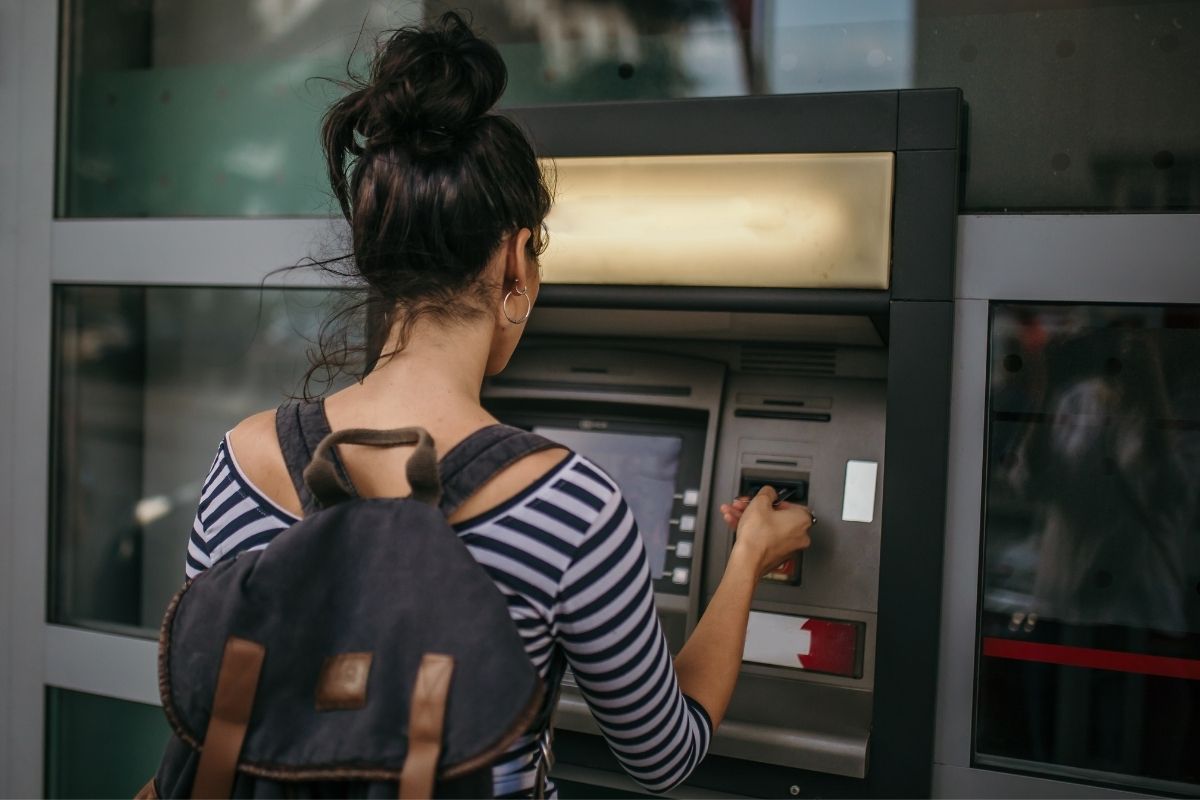
When it comes to moving about towns and cities in Cuba, there are a range of transportation alternatives available, just like in any other city or town.
In Cuba, as in any other country, there are private and public transportation alternatives. Public buses, private transfers, taxis, coco taxis, and bicycles are various ways to get around Cuba’s metropolitan areas.
Viazul and Transtur are the two primary bus companies, although there is little difference between them.
Both include air conditioning, reclining seats, direct routes, and connections in all of the main cities and smaller villages that travelers may choose to visit.
Tickets should be purchased in advance at the bus terminal.
Train travel is an option, although it is notoriously unreliable.
Because timetables vary often and routes operate on various days, there is still a danger that the train may not arrive despite extensive preparation and planning.
Cycling is more accessible: there are a few casas that rent bikes, and much of the country is flat with little traffic jams.
Finally, there is the option of renting a car.
However, you should think carefully about it because the roads are a little shaky in certain spots, but most of the sites you’ll want to visit throughout your two, three, or four weeks in Cuba will be fair.
So long as you stay away from potholes.
Accommodation
Casas particulares (private houses) are often regarded as the finest choice for independent tourists in Cuba. Staying in these safe facilities, many of which are owned by families, is an excellent opportunity to meet locals and other tourists.
They provide a real and unvarnished image of the country, which might improve your knowledge and enjoyment of Cuba.
Prices for typical no-frills casas start around the equivalent of US$20 per night in the provinces and rise to US$80 or US$100 in some of Havana’s finer neighborhoods.
Rates at casas particulares are stable, but hotel costs change seasonally, as they do across the Caribbean. The peak season lasts from mid-November through late March.
Except during Easter week, the low season runs from mid-September to mid-November and from April to June.
Christmas and New Year’s are considered extreme high seasons, with rates 25 percent higher than high-season rates.
Entertainment
Activities in Cuba are priced with foreign tourists in mind. It’s cheap compared to Europe and North America but pricey by Asian or Latin American standards.
There are a lot of different things to do in Cuba with differing price tags. For example, it will cost a lot more to hire a classic car for the day than it would to go dancing or snorkeling.
All in all, the budget you will need for your trip to Cuba will depend heavily on the kind of vacation you are looking for.
If you are wanting to rent a car and stay in nice hotels, eat out a lot, and go to events then you will have to pay a lot more than someone who stays at a casas particulares and uses a bicycle to get around.
Remember to do your research before you book your flight to Cuba so that you are prepared in regards to knowing how the different currencies work and how to use them.
- Recent Posts
- What Is The Largest Island In Cuba? - September 19, 2022
- Havana – Why Is It Cuba’s Most Exciting City? - September 19, 2022
- Cheapest Time To Visit Cuba (Ultimate Guide) - September 19, 2022
Related Posts:


The ultimate guide to Cuba on a budget
This is the ultimate guide to Cuba on a backpacker budget. In the following text, You’ll get to know a couple of things I would’ve liked to know before starting my Cuba adventure. I hope this information comes in handy no matter how you plan on vacating in Cuba, but especially if you plan on traveling Cuba on a budget!

Julie from Why Not Ju is a participant in the Amazon Services LLC Associates Program, an affiliate advertising program designed to provide a means for sites to earn advertising fees by advertising and linking to amazon.com
After my visit to Cuba, I found that there is a bunch of things I would have liked to know before I went. So why not write a post about it? That way other people have the chance to arrive a bit more prepared then I was. This is a post for everyone, but especially for backpackers traveling Cuba on a budget.
Table of Contents
Traveling Cuba on a budget, an introduction
Cuba is an island (plus a couple of small islands close by) in the northern Caribbean. It’s is full of beautiful sights, from rolling hills and countryside vibes in Trinidad and Pinar del Rio, beautiful beaches in Varadero to big city life in Havana.
Communist Cuba
Although Cuba is absolutely stunning and with a colorful culture, it’s also a communist country and has been so since back in the 60s. Communism is a protest to the capitalistic system and was created with the idea of correcting the problems caused by capitalism. In capitalism, you can strive and earn money with hard work as recourses and means of production are owned privately. In capitalistic countries, the economy is largely run by the state which owns or controls all means of production.
Other communist countries in the world are North Korea, China, Vietnam, and Laos. They are all communist countries but to different extents. Examples of what communist states does is; China limits what the population can access and see online and even how many children they are allowed to have. North Korea strictly limits its population’s contact with the outside world.
Communism strives to make everyone equal. For example, in Cuba, most businesses is state-owned, if not, you’re obliged to pay most of your profit to the state. The problem is that the salary the government pays is not enough for most Cuban families to get by.
However, a positive thing that can be said about Cuba as a communist state, is that all education and health services are free. However, Cubans are quite restricted in their life.

Why visit Cuba now?
After the Cuban revolution in 1959, were Fidel Castro and his communist movement took leadership over the country. The USA basically as good as cut all its tied to Cuba. With the USA as a major contributor to tourism, resources and general help in basic needs, Cuba found itself almost stuck in the 60’s since then. The ties to the world, and especially the USA have been closed off.
This isolation from the world results in people still driving around in old American veteran cars, lots of them with improvised, homemade parts. Walking down the street you’ll see no commercials or signs of international chains like Starbucks and McDonalds. It had also made them able to keep their culture with less influence from the outside world. Cuba has, generally speaking, kept their culture, good and bad, with little international influence.

In 2016 the Obama government issued various licenses for visas to Cuba. This made it possible for a lot of US citizens to visit again. For that reason, at the end of 2016, it seemed to me as if the whole world was headed for the island. Cuba has always been a place I wanted to visit, preferably before it became modernized, touristified and changed. For that reason, and with that in mind, at the beginning of 2017, I decided to kick off my backpacking adventure in Latin America. I prepared for Cuba as good as I could from Norway, but found that there are some things that are not that easy to figure out online. Therefore, here is my guide to traveling, and more specifically, backpacking in Cuba.
Even though Cuba has seen more tourism in the last couple of years, it is still very much an amazing and special travel destination with its special history and limiting politics. Prepare yourself for an experience you will not soon forget.
PS. This post is in true “traveling Cuba on a budget” style, as I was robbed one of my first days in Cuba(hey, can happen everywhere. Right?). So all my photos are from kind people who took photos for me and sent them to me afterward. So photo quality, really rustic, low solution… Bear with me. When it comes to the robbery part, I was never in any danger but had a guy rip my backpack out of my hands in the outskirts of Havana. So the take away is, keep a good grip on your things.

So now I’m putting on some Buena Vista Social Club and I suggest you do too, as I dream myself back to my first weeks in Latin America. And my first weeks on this beautiful Latin America adventure, I called life for about 2 years.
A little about Havana
Havana, in general, is a story in itself, this city is BIG in comparison to the other cities in Cuba. An old town full of beautiful architecture and old American cars with additions of the occasional LADA and so on.
Centro Viejo is a beautiful area and it’s not hard to get why this is where tourists mainly spend their time in Havana. It has, amazing old hotels and bars, beaches just a short bus ride from the center, clubs, live music everywhere and mojitos on every corner.
But it also has its sketchy areas, in general houses falling apart all around the city. You’ll be amazed to see people still living in these houses. A grandma standing on the balcony on the 3rd floor, humming some Spanish song while putting the laundry to dry. And you just want to scream, “get out of there” cause it looks like what’s left of the building is going to crumble any minute. But, this is also what stole my heart.

Currency in Cuba
Cuba has two official currencies. The CUP, the Cuban national peso, and the CUC the Cuban convertible peso. Be careful not to mix them up as 1 CUC is about 25 CUP. The CUP is the local currency and the CUC is kind of the luxury one or the one intended for tourists. The two currencies keep prices low for locals and tourists spending more money.
Cuban Convertible Peso, CUC
The CUC is the currency used when trading luxury goods, accommodation, tours, furniture or other things that are on the pricier side or things. If you now wonder what a 1 CUC is equal too, it’s basically the same value as the US dollar. That means that 1 dollar is about 25 CUP.
Cuban National Peso, CUP
When I was in Cuba I used the CUC to pay for my hostel/casa particular(read more about this further down in the article), transportation in the tourist buses, as well as food and drinks. Especially when I found myself in the old town or in general the touristic area of Havana. CUC is also used to pay entrances at clubs, museums, tours, and rides in an American car if that’s on your to-do list. So, in general, all things a little more costly or “luxurious”(from a low budget backpacker perspective haha).
ATMs in Cuba
In the ATMs I used in Cuba, which was basically whatever ATM I came across first, when I needed money, they don’t give the choice between CUP and CUC. They just give you CUC, so if you want CUP you have to exchange it in an exchange office. Before going to Cuba make sure to check if your cards will work there, or bring cash. Cards from American companies like MasterCard, doesn’t work. I have Visa cards and they worked without any problem there.
Another thing with the ATM’s in Cuba that I wasn’t used to, is that your card is the last thing they give you there. In other words, you’ll get your money and your recite before you get your card. Just a heads up, so you don’t leave your card in the machine. Another lightly distracted traveler might have done so*ehem*…
How to get CUP in Cuba
I recommend bringing some Euros and changing them for CUP at the airports exchange office on arrival. You have to specifically ask for CUP in the exchange office. You don’t have to bring Euros, GBP or Canadian dollars are good options too. Just make sure to bring any other currency that the American Dollar! Due to the bad relationship between the USA and Cuba, you get horrible exchange rates.
I think I exchanged around 200 euros worth of euros for my 2 weeks stay. I never found myself in need of exchanging more CUP, but here were exchange offices in town too. You can also ask your casa particular host to change some currency for you. Just make sure you get the right amount of money back. And with that said, you can use CUC basically everywhere.
To me, however, it seemed as if you get a better exchange rate/more for your money if you pay directly with CUP in the places that charge in that currency.
As a backpacker, I found that I used the CUP way more than the CUC. If you’re not the kind of traveler that seak out nice restaurants every day and rather eat locally. So if you opt for the shabby place on the corner, get some street food or cook yourself, look into getting some CUP too. CUP is also the currency used on the local buses.
Getting to and from the Airport
So before I when to Cuba I checked out how to get from the airport into town. Everywhere I could find some information it said that you had to take a taxi into the center. There was supposedly no other way to get to Havana center, from the airport.
So basically if you want to do it easy, you should go by taxi. Ask around with the taxi drivers cause they WILL give you different prices. I got everything from 35 – 20 CUC for the car to the center of Havana. I asked some German guys standing around if they wanted to share a taxi, so in the end, the price turned out to be ok.
Collectivo or bus
There is, however, another way to get from/to the airport. You should preferably have some basic Spanish language skills for this, but it’s not necessary. This way is definitely preferable for us traveling Cuba on a budget, and a bit more adventurous I guess. When I left Cuba my Spanish was almost no existent, but I still made it to the airport this way.
So, walk or take a cab from the airport to the main road, should be about 1 CUC or 20-25 CUP. From there wait for a bus or a collectivo to pass. The bus is usually 1 CUP or 25 cents CUC, but might cost a bit more as it’s a long ride.
Collectivos in Havana are 10 CUP, but when on longer distances they can charge a little more. I paid 20 CUP to get from the center to the road that takes off to the airport.
If you go from Havana center, the collectivos leave from Calle Simone Bolivar on the side of Parque El Curita. The bus M-2 also leaves from here and should take you down the same road. Ask though, cause who knows if the change the bus numbers and stuff. In this park, there are a bunch of collectivos leaving to around Havana and some people may try to rip you off or tell you some bullshit. So be aware. I ended up asking a woman who was going the same way for help and we caught a collectivo in the end.
So, you will survive with English, but you will be more likely to have to pay more in most places. I myself didn’t speak Spanish when I was there, but I stuck to people that spoke fluent Spanish to get around easier. There are people that do speak English, and pretty well too, especially in the touristic areas. With a smile or your face, with or without Spanish I’m sure you’ll have an amazing experience!

How to stay in Cuba
So, what type of accomodation should you choose in Cuba? When I travel I love to meet locals and try to get a glimpse into how it is to live in the cities and towns I’m visiting. For that reason, I try to stay through Couchsurfing or do couchsurfing meetups when I travel. Couchsurfing is illegal in Cuba. With that said, Cuban law states something like, it’s illegal to host foreigners in your home without them paying and without getting their passport info. So, let’s check out the options you do have when it comes to accomodation in Cuba.
Read my tips and introduction of use couchsurfing!
Hotels, Casa particulars’, and Hostels in Cuba
There are a lot of hotels around, especially in Havana, and in Varadero, you even have the all-inclusive hotels with private beaches. But the most common form of accommodation in Cuba is in casa particulares , this is most of the time also the most economical option.
In casa particulars, you rent a room in a house where the host family usually also live. The prices start at about 20-25 dollars/CUC with 2-3 beds in the room. They usually don’t charge per person, but just for the room, so if you’re a solo traveler it’s cheaper if you find someone to share the costs with. Most casa particulares offer to make you breakfast or dinner for an additional price, price ranging from 5 CUC and up. This is a great way to get some delicious homemade Cuban food! You can find casa particulares on Airbnb or other booking pages online before your trip. It’s also very easy to find something by just walking on the streets and asking people.
Havana has a bunch of hostels , and hostels are an even cheaper option then the casa particulares, and it’s a great place to start off your journey as you’ll be able to meet other travelers there too. Look through Airbnb and booking pages like Hostelworld to find hostels.

Where to eat
Cuba has a bunch of good restaurants and some of the hotels are also famous for their good food. But in this post I’ll just mention the budget friend alternatives you’ll learn to love, or at least your wallet will.
Paladares are self-owned eating places owned by Cubans where you usually find super affordable food. A couple of years back the legal restaurants were all state-owned. But in the 1990s paladares where legalized. You can find much more variation and homecooked meals in these kinds of restaurants. Keep an eye out for the word Paladar, so that you can get a nice affordable Cuban meal!
Street Food
The street food in Cuba is also affordable, and I liked it a lot. Of course, it’s not gourmet, but it’s filling and good. Perfect for when you’re on a tight schedule and don’t want to spend time sitting down to eat, of perfect for when you’re on a tight budget.
My favorites were the street pizzas. They come in all kinds of flavors, but the 3 most common ones were margarita, pepperoni or ham and are the perfect portion size for one person. The price for the street pizza was around 70 CUP, in other words, less than a dollar.
They also serve spaghetti in a lot of corner places. It usually works in the way that they give you a plate filled with pasta, sauce and topped off with cheese. Then you have to find a doorway, curb or just the pavement to sit on. Finish your meal and then return the plate. You might be lucky to find a table or two in some of these places, and even luckier if the tables are free. A lot of places also sell sandwiches with egg, cheese or/and ham for less than a dollar. These places made breakfast on the go super easy !
So, even traveling Cuba on a budget, there is no need to walk around hungry in the streets of Cuba ! Quite the opposite.
What to drink in Cuba
So, when it comes to what to drink in Cuba, I think we can all agree we’re thinking of the famous Cuban rum. However, I’ll start with something less intoxication hehe.
You’ll find people on the street selling all kinds of delicious refreshing drinks from Cana de azucar(sugarcane juice), to jugo de maracuja(passionfruit juice). Definitely try it all hehe.
Other than that we can’t put under a stone that a few mojitos might be in their place. Make sure to try out the Cuban drink Canchánchara too. Made out of rum with honey and lime.
Transportation in Havana
To get around in Havana is pretty easy, and there are 3 main ways to get around.
Buses in Havana
The buses leave from all over the place and people are usually really helpful when it comes to giving directions. I ended up mainly moving around by bus. The cost is 1 CUP or 25 cents CUC/$.
Collectivos in Cuba
Collectivos are basically cars, usually old American cars. Yes, the characteristic ones that you’ve seen on pictures(love them). In general, these cars are about to fall apart. With at least 5 parts customized as access to car parts is basically nonexistent in Cuba. So when something breaks they, fix it or makes something similar that will work. I love it, as every car is unique and has a characteristic to it.
Anyway, the collectivos goes up and down specific streets and Havana and the area around. The cost is 10 CUP or, if you go really far, f.ex to the airport 20 CUP. To the airport was the only time I paid more then 10CUP in a collectivo. Be aware that collectivos might try to charge you more when they get that you’re a tourist. So ask before you get in, and in the beginning, it might be hard to know where the collectivos stop and how far down a street they go and so on. The only thing I can say is, ask(sorry).

Taxis in Cuba
As in any city, the taxis are all over the place, and the key word here is bargain, cause they are most likely to overcharge you. But its easy and fast and will get you to the exact point you want to go. If you choose to go buy collectivo or bus you might have to walk a bit.
How to go in-between cities in Cuba
When it comes to going from town to town in Cuba there are a couple of options. The most popular ones being by the official busses or by taxi.
Buses for locals and for tourists
There are buses that only locals are allowed to get onto, that cost a fraction of what the tourist buses cost. Getting onto one of these buses is possible, but a bit difficult. The official tourist buses are bookable in the bus stations in every town. Be smart about it, cause they book out quickly. When I was there many people had to take taxis from town to town as the busses were all booked out. The taxis are usually 5 CUC or so, more expensive than the official tourist busses.
Alternative ways to get around
If you get to know some locals they usually know other ways to get to towns or knows somebody that can take you for a better price. When a friend and I wanted to go to Viñales to check out nature and the famous tobacco plantations The owner of the hostel we stayed in knew another way to get there. We ended up going via Piña del Rio, by bus, truck, bus, and bus again. This for the cost of 2 CUC/dollars instead of 12 dollars. Just to give you an impression of how affordable you can actually travel around Cuba.

Internet in Cuba
Internet in Cuba is restricted and you’ll find yourself a little more disconnected from the outside world during your stay. With that’s said there is no shortage of public hotspots around the towns. They are easy enough to spot as you’ll see large crowds sitting around, all on their phone.
Hotspots are in a lot of parks and squares, and if you stay in a nice hotel they usually give you internet access for free. Sometimes when I wanted a more comfortable seating and a stable internet connection, I walked into the hotels and found a seat there. I still had to use my internet card there though.
Where to buy internet cards in Cuba
You can buy internet cards in some hotels, in the official offices for internet called ETECSA. People also sell them in the hotspot area(illegally). You can buy cards with 1-10 hours of internet, and you basically just log in every time you’re at a hotspot. Once you have an internet card you can use it all around Cuba where they have internet hotspots and in h otels with internet as well. REMEMBER to log off internet physically, from the connection page in your browser. If you don’t you end up spending data even if you’re not connected.
Is Cuba safe to travel as a solo travler?
So, I traveled Cuba alone, but as always when backpacking, you’re never alone unless you really want to be. At my hostels I met some nice guys that where going the same way as me. I also met people on the street and it made it easier to get around when you were a couple of people. That way we shared the price of the cabs. This applies especially to outside Havana, like in Trinidad and Pina del Rio. It’s also easier to get around, especially on a budget, if you speak a little spanish. However, I don’t think it’s dangerous to travel Cuba alone. Of course bad things can happen, as anywhere else in the world.
There where quite a few instances where people were tricked to pay more, or someone ran off with their phone. Be smart, don’t let a stranger hold your phone, no matter how friendly they seem.
As a lady, prepare yourself for some serious catcalling. I’ve traveled to over 50 countries, but I’ve never been catcalled as I did in Cuba. They comment or whistle as you walk by, they try to touch your shoulder to get your attention, they hang out the window yelling comments at you. I hated it, I felt angry, tried different strategies to show the men that I didn’t think it was ok. I, however, never felt threatened or scared.
With that said, follow your gut, take normal precautions and don’t do anything you wouldn’t have done at home and you’ll have a great time!
Hope this gave you a practical overview of how some of the things work in Cuba. Traveling Cuba on a budget is really not that hard. With all this in mind; I would love to go back again, especially now that I speak Spanish fluently!

If you plan on traveling Central America after visiting Cuba, don’t miss out on beautiful Guatemala with Semuc Champey and Volcano Acatenango !
25 thoughts on “The ultimate guide to Cuba on a budget”
So much good information in here. I would love to make it to Cuba, hopefully before tourism changes it too much. It’s fascinating how there are two currencies. I can definitely see how that would be confusing!
Ahh Cuba is still on my wish list. I feel it’s changing quickly indeed. Hope to get there soon before it’s all Americanized 😉 Thanks for your article! Manouk – Bunch of Backpackers
veldig stiligt. Julie
Such an awesome guide! I’d love to make it to Cuba one day it looks amazing! I’m loving all your pictures, so pretty! 🙂
Thanks Becky! Hope you make it there, It was such an adventure:)
It was really useful blog, can’t wait the next one!
The bright colors of Cuba have always amazed me- it’s on our bucket list! You didn’t mention the option of renting a car- is that a possibility there?
I loved it. Want to go back now that I’ve learned Spanish haha. Yes, it’s possible, a longterm rental might be a bit tricky though possible. There were people that rented a driver/taxi to take them around Cuba for a couple of days though:)
Great guide. I love how you broke down everything into transportation and what to do. Atowle|https://formationvacations.com/how-to-comfort-a-nervous-flyer/
A mixture of beauty in old architecture and old broken down places is what I picture in my mind when I think of Cuba. The money sounds like it could be confusing – the CUC and CUP. Good to know that you can find Casas at AirBnB. I want to know how they robbed you? Are there scams to lookout for?
Well there are some scams going on in Cuba, mostly in Havana. I didn’t hear or see anything about anyone robbing with knives or so on. In my case, I and a Colombian guy tried to get a bus or car to another town and a young guy told us that he knew the place. we followed him, and at one point he grabbed my daypack ripped it out of my hands. He jumped down a wall and ran over some train tracks, so he must have to know the place… Lucky there is a Norwegian embassy in Cuba cause my passport was in there. Have to say it was treated very seriously by the police and everything though..:)
Cuba has been on the radar for a while, I’m fascinated by it, and like you, I want to try and get there before it gets too developed by tourism. Great helpful tips in this article, I had no idea they had 2 currencies – sounds confusing!!
It worked out pretty well with the currencies, but it’s important to check your change when you pay for stuff! Hope you make it there and happy you found the post helpful:)
Cuba is so high on my list. Thanks for all the information!
You’re welcome! I’m so happy I could be of help:)
Such a detailed guide.. thank you so much sharing the info.. loved the photographs as well.
It makes me so happy to hear that you found it interesting!
Wow the photos look amazing! Very detailed post about this beautiful city. Cuba is definitely on my list. Thanks for the travel tips.
Thanks! Feel free to ask me any questions when you book your trip:)
Great tips and photos! I’m dying to visit Cuba!
Glad they seem helpful! Hope you make it there at some point, its an experience:)
Cuba had always fascinated us and we have been eager to get there sooner than later! Being backpackers, we a delighted to stumble upon this guide on budget travel and would refer it for our travels there!
So happy to hear that it was helpful! Please feel free to reach out if you have any questions:)
Great post! Thanks for presenting the information in a straight forward manner. 😊
Thanks so much! Lovely to hear that you found it useful:)
Leave a Comment Cancel Reply
Your email address will not be published. Required fields are marked *
Hi you! If you like my page, lets stay in touch! Sign up to my E-mail list.
Hi wonderlusting reader
Privacy overview.

Les Deux Petits Baroudeurs – Blog Voyage
Voyager et en prendre plein les mirettes .
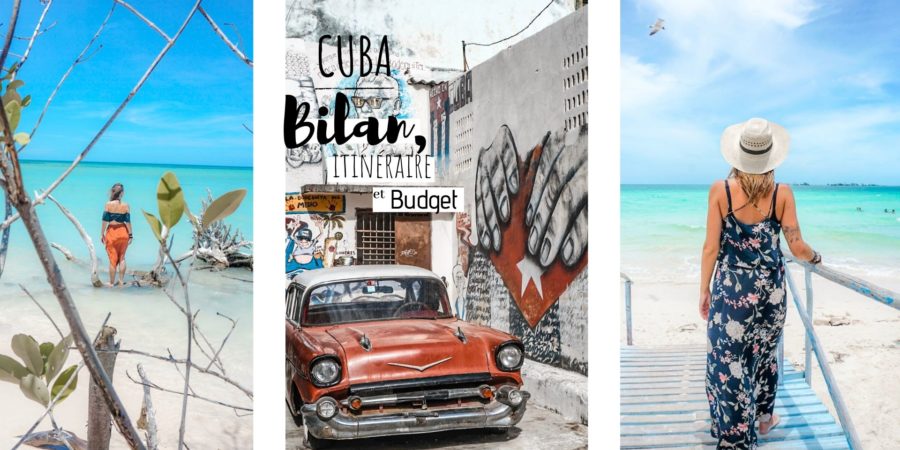
Bilan, itinéraire et Budget Cuba

Pour tout savoir sur le visa, les monnaies, les logements à Cuba (casa particular), les transports, l'alimentation mais aussi comment se connecter à internet à Cuba c'est ICI ! Nous vous avons détaillé tous ces points dans un article complet pour que vous puissiez au mieux préparer votre voyage à Cuba !
Nous sommes restés 22 jours à Cuba.
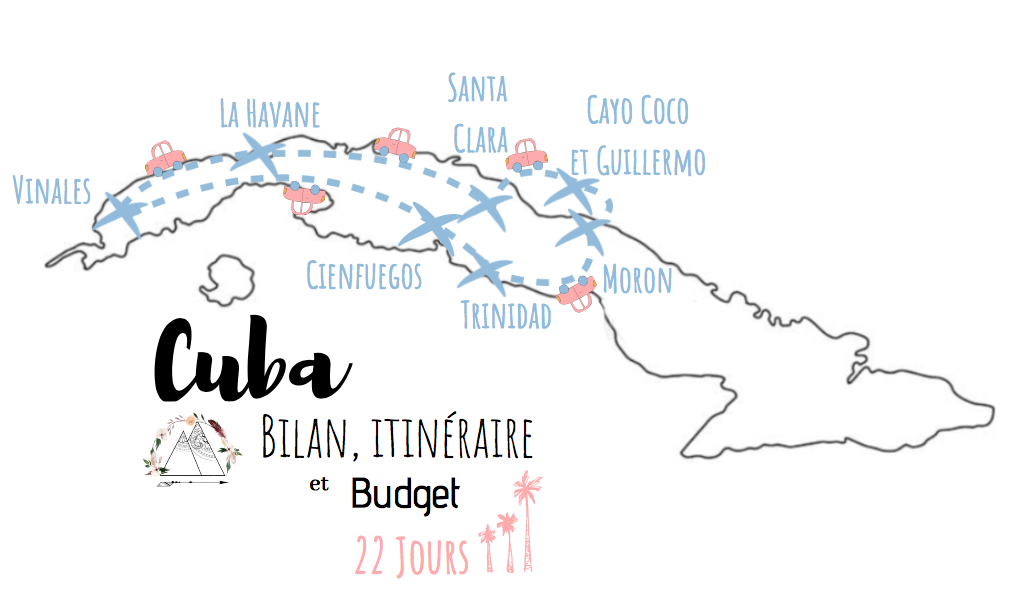
Notre itinéraire
La Havane ↠ Vinales ↠ Cienfuegos ↠ Trinidad ↠ Cayo Coco, Cayo Guillermo ↠ Santa Clara
Ce qu’on a retenu de Cuba
➺ C’est tellement galère de se connecter à internet ! Vous ferez une réelle coupure internet une fois à Cuba, et ça fait pas de mal!
➺ Les villages sont généralement très colorés et c’est magnifique !
➺ Les cubains sont des gens chaleureux et d’une gentillesse incroyable !
➺ Il est très difficile de trouver des supermarchés ! Et surtout, ne comptez pas trouver des produits de beauté, ils sont hors de prix ! Prévoyez de les emmener !
➺ Les plages à Cuba sont justes exceptionnelles
➺ Il n’existe qu’une seule compagnie de bus pour voyager dans Cuba: Viazul
➺ Dans les casas, ils vivent souvent en famille, enfants, parents mais aussi grands-parents !
➺ Il s’agit de la plus grande île des Caraïbes
➺ Nous nous sommes toujours sentis en sécurité à Cuba
➺ La solidarité entre les cubains est très présente
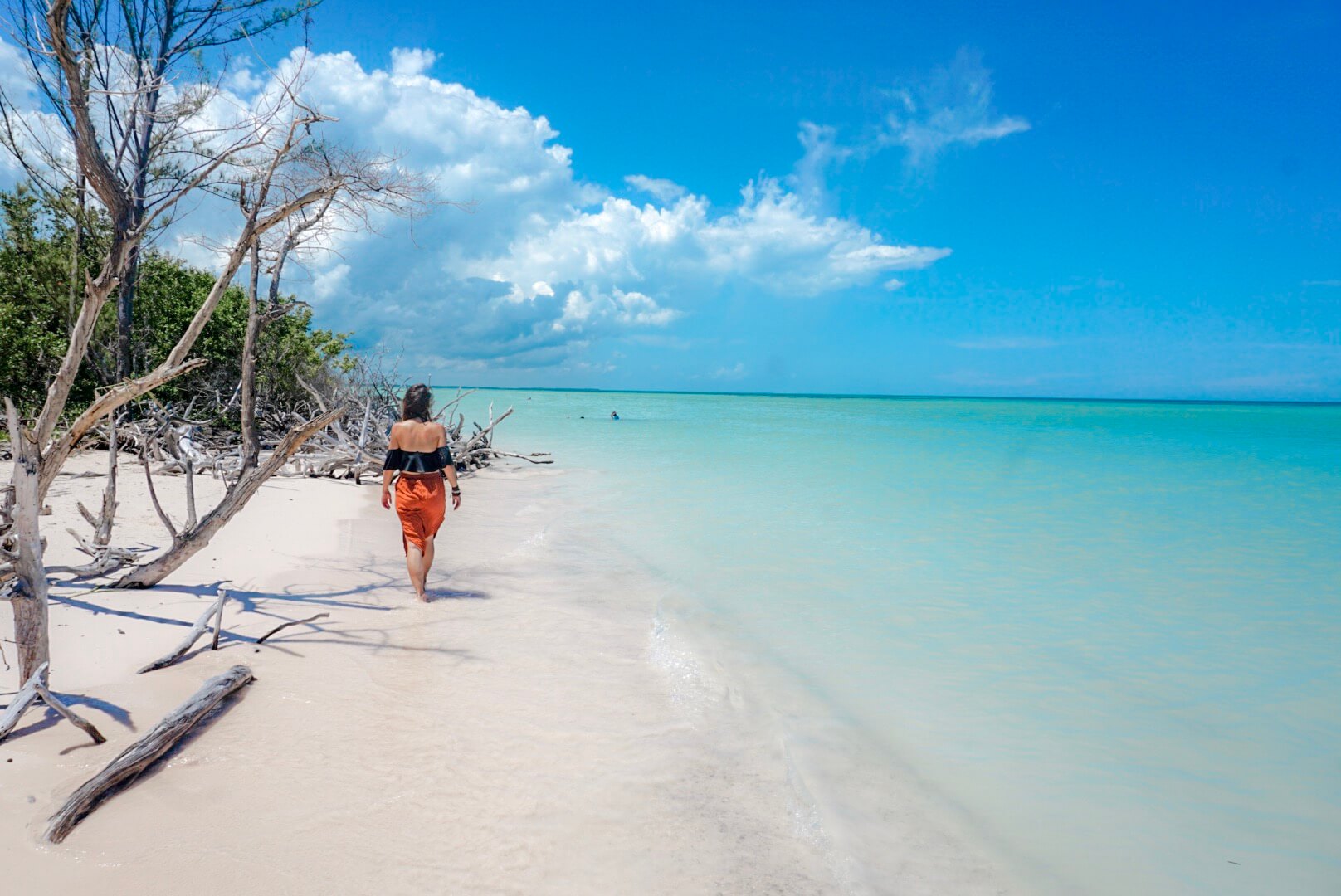
On se souviendra
➺ Des retrouvailles avec les copains après plus de 7 mois de voyage
➺ De la splendide plage de Cayo Jutias et de ses bois flottés vers Vinales.
➺ De l’incroyable accueil que nous avons eu à Moron dans notre casa particular
➺ De notre dégustation de cigare dans la campagne de Vinales
➺ De la galère pour faire les courses, impossible à Cuba. Nous voulions simplement du sucre, bien trop compliqué!
➺ De notre galère pour trouver certaines casas réservées au préalable
➺ De la musique Cubaine, un régal !

22 jours à Cuba
20 taxis empruntés pour nous déplacer, souvent des voitures américaines
8 casas particulares différentes
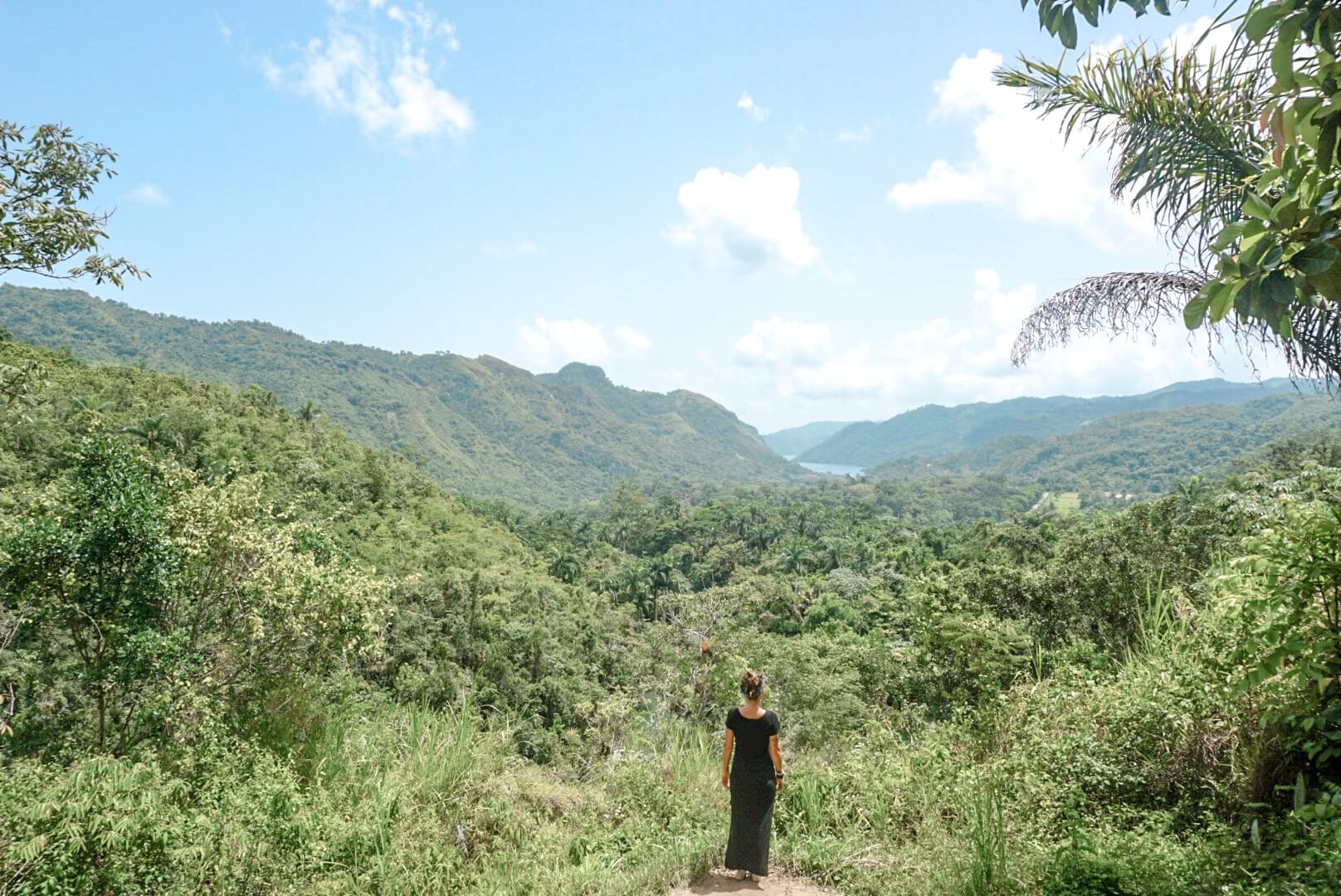
Ce qu’on ferait différemment
Ce qui nous a fait le plus peur
Le moment qu’on aimerait revivre
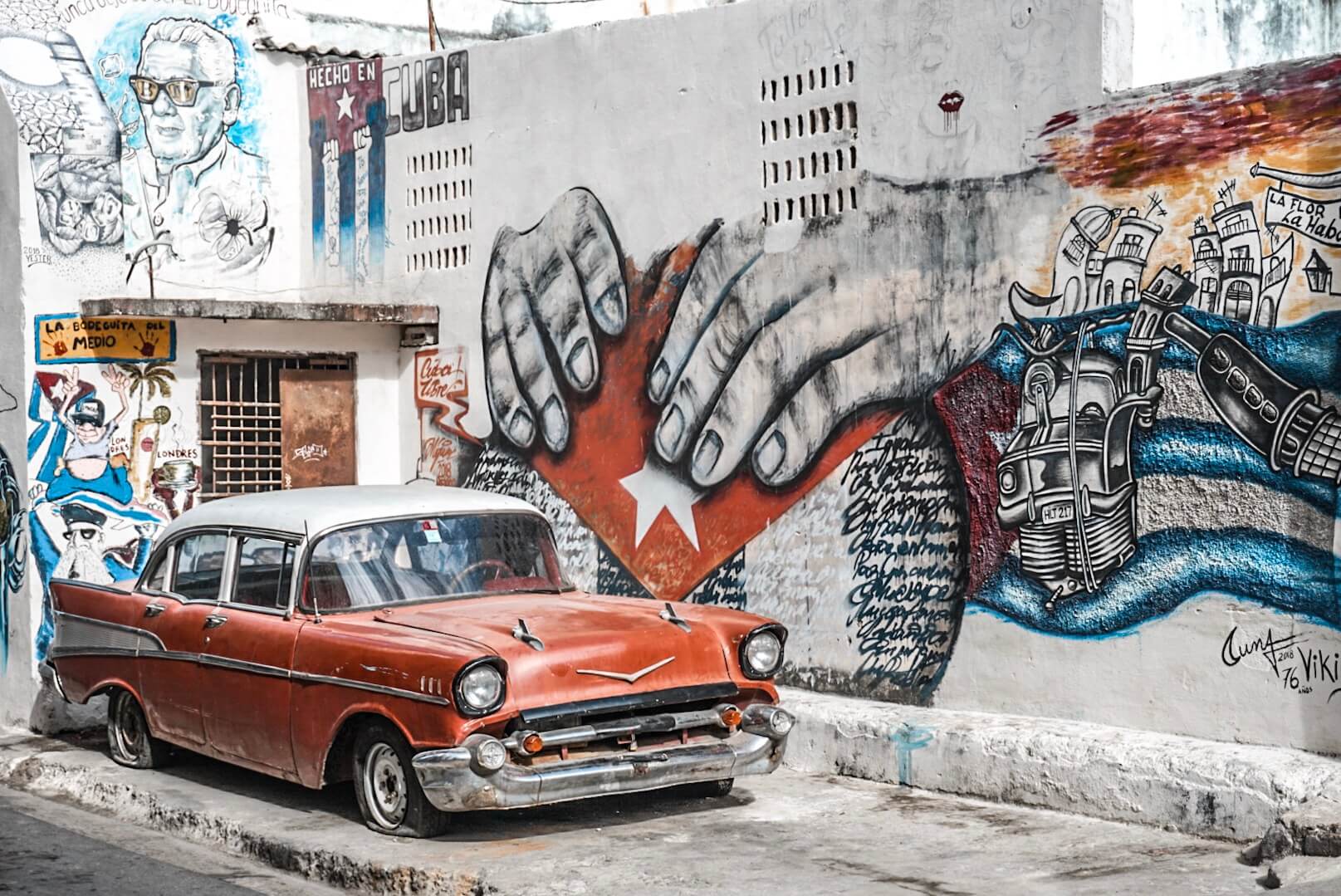
Coup de cœur, TOP 3
➺ L’ambiance à La Havane, juste dingue et inimitable
Ce qu’on a le moins aimé FLOP 3
➺ Les hôtels de luxe dans les cayo. Là-bas, pas une casa particular, c’est interdit ! Uniquement des hôtels de luxe qui dénaturent tellement cette beauté naturelle !
➺ L’état est partout ! Il prend énormément aux cubains ! Même les casa sont obligées de reverser une grande partie de leurs bénéfices à l’état. Les restaurants et les magasins également.
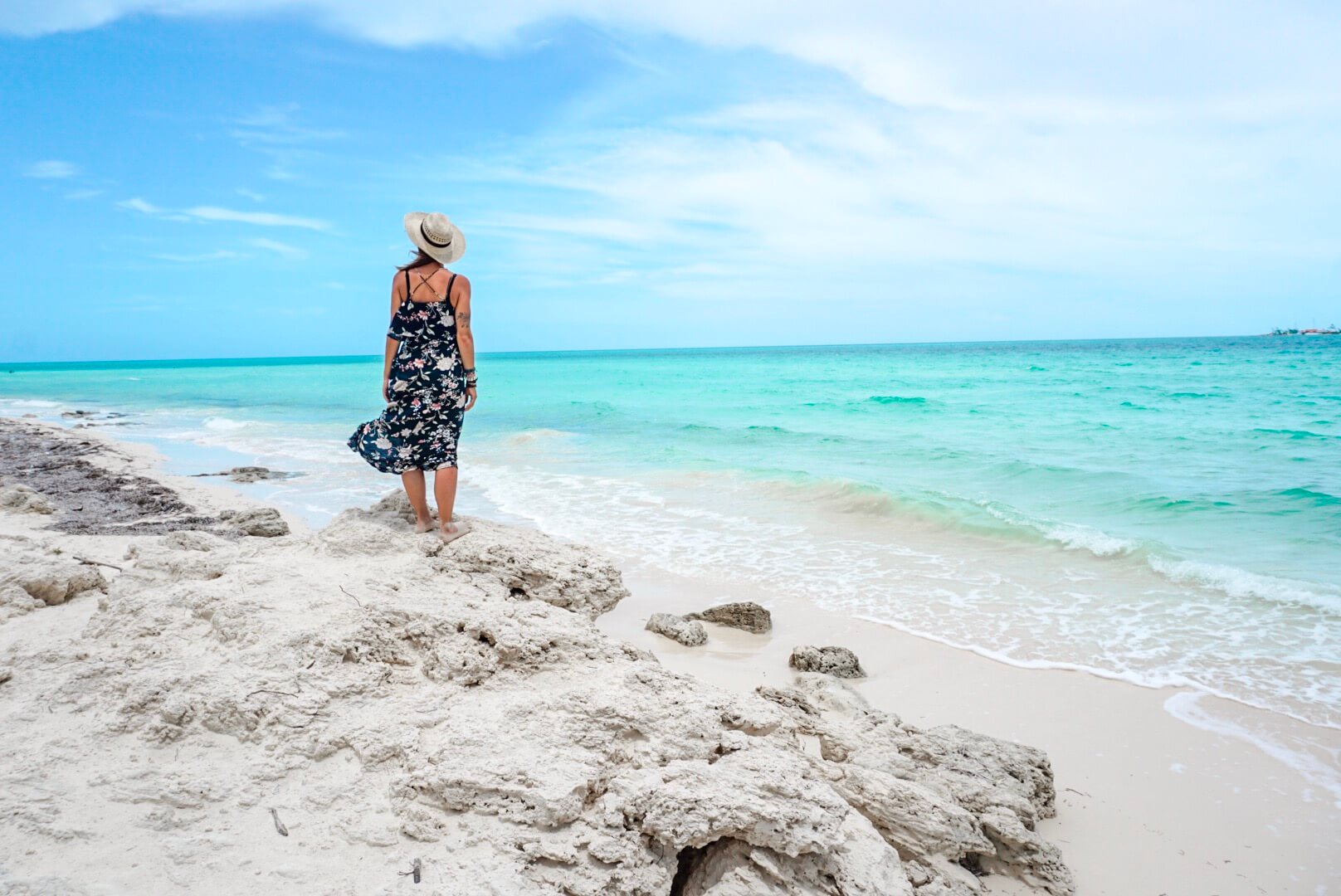
Budget Cuba
Total : 1412 € pour 2 pour 22 jours soit 706€/pers soit 32€/jour/personne
Les logements à Cuba sont en moyenne entre 20€ et 30€ en casa particular pour 2! Ce qui reste relativement convenable ! Ils sont en général plus chers à La Havane !
> Budget : 484€/2pers soit 11€/j/pers
Les transports sont plutôt chers à Cuba à moins de prendre les bus Viazul mais ils ne vont pas de partout ! Vous serez obligés de prendre des taxis pour visiter certains sites ou certaines villes. Nous avions la chance d'être 6, nous tenions dans un seul taxi, ce qui nous a permis d'économiser !
> Budget : 309€/2pers soit 154€/pers
La nourriture à Cuba est délicieuse ! Nous nous sommes régalés dans nos Casas ! C'est plus difficile de se faire à manger car les supérettes ne vendent pas tout et c'est assez cher ! Alors pour le coup, c'est une bonne excuse pour manger dans les casas ou dans les restaurants.
> Budget : 408€/2pers soit 9,3€/j/pers
Les excursions comprennent souvent une grande partie de taxi pour se déplacer sur les cayos par exemple !
> Budget : 211€/2pers soit 105€/pers
Et Alors, Globalement ?
Cuba ça ne s’explique pas, ça se vit. C’est exactement ça !
Cuba, c'est beau et Cuba, c'est exaltant ! Nous retournerions sans hésiter dans ce magnifique pays et nous aimerions beaucoup découvrir ce que nous n’avons pas eu le temps de visiter ! Nous avons adoré séjourner chez l’habitant pendant tout notre séjour, discuter avec nos chauffeurs de taxis et dévaler les routes à bord de nos belles américaines ! Nous avons aussi été subjugués par ses plages si paradisiaques ! Cuba ça ne s’explique pas, ça se vit…
Partagez Tweetez Partagez Enregistrer 1 1 Partages

Laisser un commentaire Annuler la réponse
Votre adresse e-mail ne sera pas publiée. Les champs obligatoires sont indiqués avec *
Commentaire *
Travelling is ultimately a tool for growth. If you want to venture further, click this banner and take the leap 😉
- Meet the Team
- Work with Us
- Czech Republic
- Netherlands
- Switzerland
- Scandinavia
- Philippines
- South Korea
- New Zealand
- South Africa
- Budget Travel
- Work & Travel
- The Broke Backpacker Manifesto
- Travel Resources
- How to Travel on $10/day
Home » Central America » Cuba » Backpacking Guide
Backpacking Cuba Travel Guide 2024
For decades, Cuba has been a reserved communist island nation very much cut off from the majority of the outside world. In recent years, Cuba has began to slowly open its doors to foreign visitors—which is awesome. The result is that backpacking Cuba has become a must-visit destination for travelers looking to experience a truly unique country in its tourism infancy.
Backpacking in Cuba offers up the amazing opportunity to discover the island’s famous beaches, delicious rum, friendly locals, off the beaten path adventure, complex history, beautiful cities, and fascinating Cuban culture.
Cuba is one of the least explored Caribbean nations and there are many opportunities for budget backpackers to go on pretty epic adventures. Point being… backpacking in Cuba is a ton of fun!
In this guide, I break down everything you need to know to have a truly rewarding backpacking experience in Cuba.
This Cuba travel guide will help you get to grips with this fascinating country. Together, we will explore Cuba’s best places to visit, the top things to do in Cuba, where to stay, Cuba backpacking itineraries, travel costs, travel tips, and much more.
No matter what kind of travel adventure you are after, you can be sure that backpacking Cuba will be a truly epic life-experience. There is something for every backpacker to discover!
Vamos Pues…
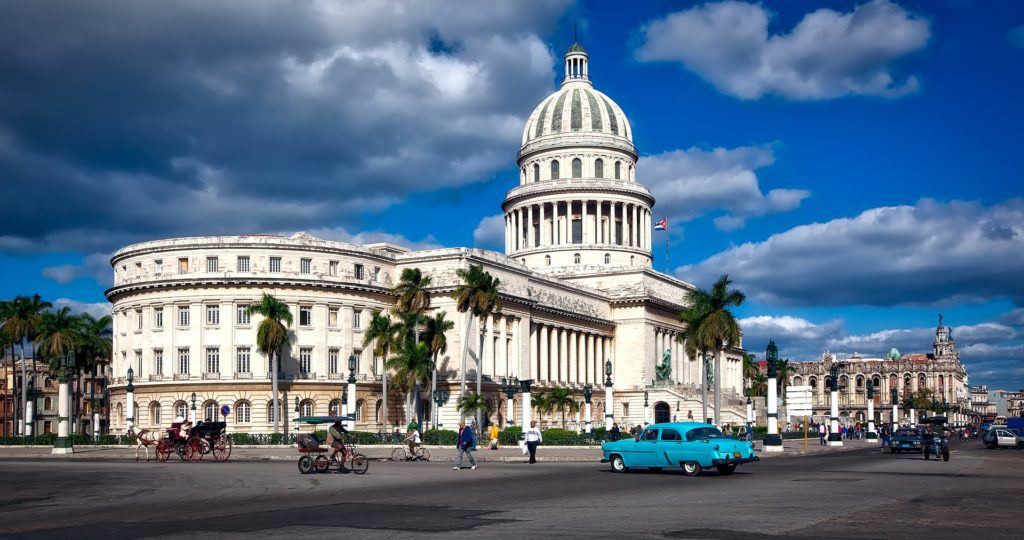
The Broke Backpacker is supported by you . Clicking through our links may earn us a small affiliate commission, and that's what allows us to keep producing free content 🙂 Learn more .
Why Go Backpacking in Cuba?
As the Caribbean’s largest island, Cuba has plenty of cool places and areas to explore. Cuba is made up of several distinct geographical regions and landscapes (and many more sub-cultural regions). The amount of things to do and places to visit in Cuba is incredible – to the point where you’ll struggle to fit everything.
Cities like Havana and Santiago de Cuba make up the most populous urban centers. Of course, Cuba is an island so there are world-class beaches and coastal stretches too. Then you have the Sierra Maestra and the other the mountainous/jungle regions of the largely rural interior.
The main highways of the country determine what is accessible and what is not. Large sections of the north coast of Cuba are not developed and there the main continuous highway does not run along that portion of the country.
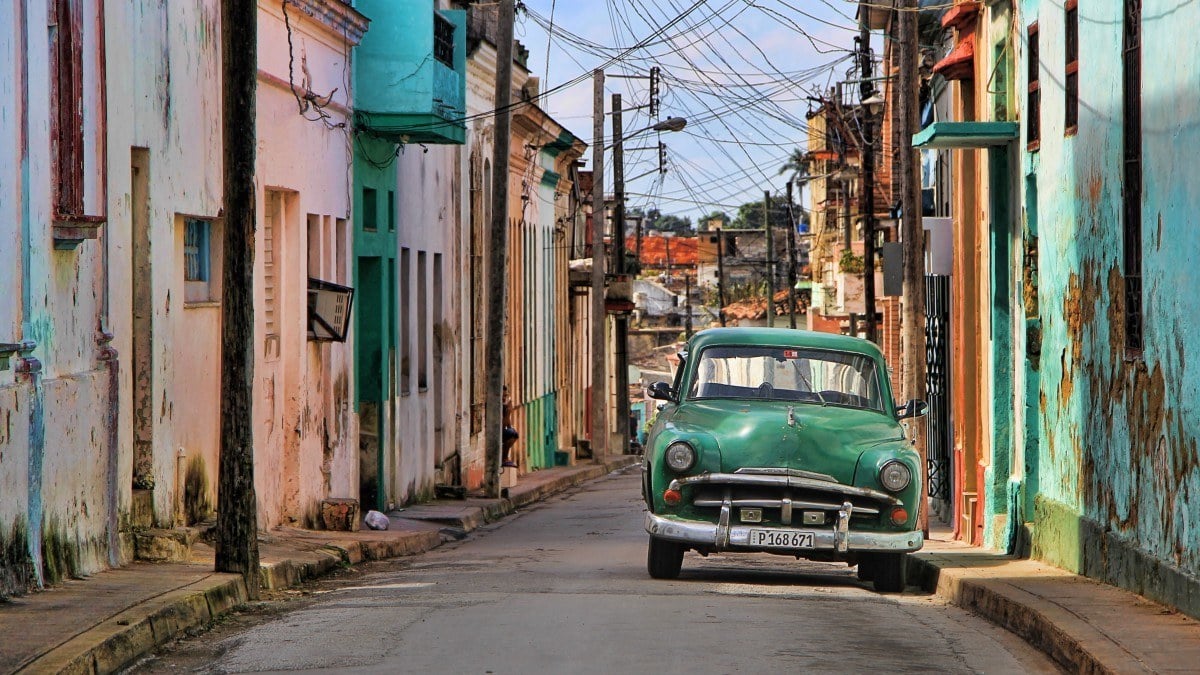
Cuban cities offer up the biggest dose of Cuban culture. Colonial architecture, cobblestone streets, salsa clubs, retro cars, and the appearance of an emerging “modern Cuba” define the country’s urban centers.
Cuba’s beaches have been popular with foreigners for at least a century. Some classic white-sand beaches like Cayo Levisa are touristy, whilst many other beaches are virtually off the radar.
There are at least 10 major biospheres, nature reserves, and national parks in Cuba. Each one has something unique and interesting for backpackers. All of Cuba’s great diversity is showcased in its national park system. In fact, the diversity of Cuban landscapes make up a large part of what makes Cuba such an awesome place to visit.
Now, let us take a look at some of your itinerary options for your backpacking Cuba adventure…
Best Travel Itineraries for Backpacking Cuba
Places to visit in cuba, top things to do in cuba, backpacker accommodation in cuba, cuba travel costs, cuba travel tips, best time to travel to cuba, staying safe in cuba, how to get into cuba, how to get around in cuba, working in cuba, food in cuba, cuban culture, some unique experiences in cuba, final advice before visiting cuba.
Looking for a Cuba backpacking itinerary ? Whether you have 2 weeks in Cuba or a month to really explore, I have assembled several Cuba backpacking itineraries to help you make the most of your time in this epic country.
These Cuba backpacking routes can easily be combined or customized!
Cuba in 7 Days: Havana, Cigars, and Beaches
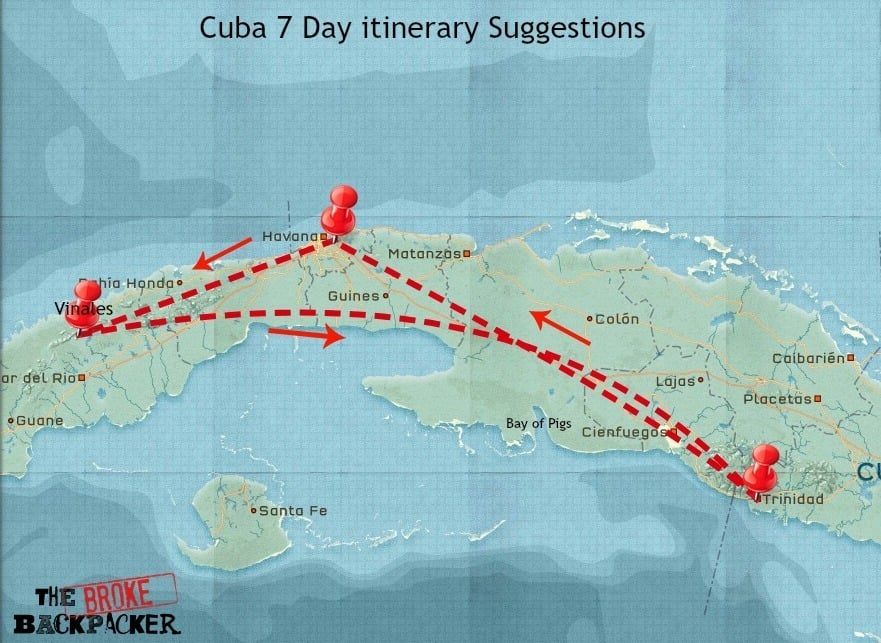
Havana -> Vinales -> Trinidad
Only have one week to travel around Cuba? No problem. There is PLENTY of to do in just 7 days.
For this Cuba itinerary, as well as the others, I will assume that you will be starting your journey in Havana, Cuba’s capital.
Cuba is a surprisingly big place. Because of that, I recommend that you don’t try to plan too many things at once. A realistic 7 day itinerary for Cuba does keep you moving, though with some restraint so that you can actually enjoy and experience the places you are visiting!
To get to grips with Cuba, you are going to need a few days getting to know the great time machine that is Havana. I recommend spending at least three days in Havana.
Over the course of your three days in Havana, you will start to picture what modern life is like in a country slowly stepping into the modern world (through a communist filter). Here is what you should do with your time in Havana:
- Visit Old Havana
- Listen to live music, i.e Salsa
- Visit Plaza de la Revolución
- Explore the Callejón de Hamel neighborhood
- Take a tour of a cigar factory
- Visit a museum or two: Museo Nacional de Bellas Artes and Museo de la Revolución (are my top picks)
You’ll find that Havana is a really awesome place to wander around and soak up the vibes. There is always something interesting happening in Havana and if you are looking to party…well, weekends at the legendary clubs of Havana are where it’s at.
After Havana, head a few hours down the road to Vinales . Vinales is one of my favorite places in Cuba. Spend a day or two exploring the beautiful green limestone mountains. Check out a tobacco farm. You can hire horses to visit a far-flung farm in the valley.
Next stop is Trinidad . Spend your final days in Cuba learning about the history of Trinidad, and, of course, enjoying the beautiful beach at nearby Playa Ancón .
Cuba in 14 Days: Beaches, Mountains, Cities
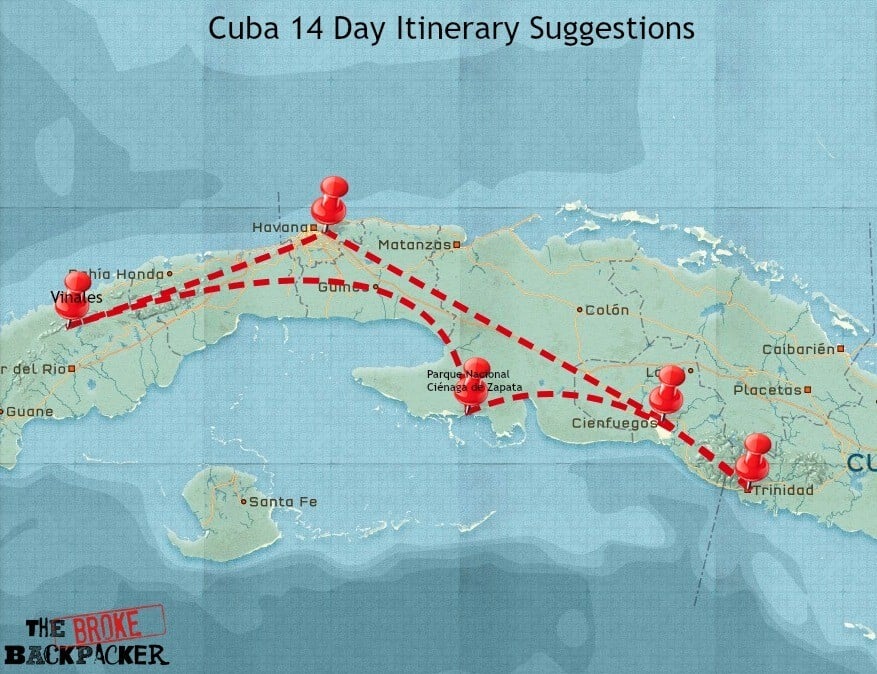
Havana -> Cienfuegos -> Trinidad -> Parque Nacional Ciénaga de Zapata -> Vinales
This 14-day itinerary allows for a bit more in-depth exploration of a few places mentioned in the 7 day itinerary above. The same thing applies though: don’t try to do too much when backpacking Cuba.
Choose between 5-7 places and really experience those places. Backpacking Cuba is all about taking things slow, so embrace it!
For this 14 day Cuba itinerary, you will be taking another route out of Havana, saving Vinales for the end.
After exploring Havana for a couple of days, head to Cienfuegos . Cienfuegos is the “real Cuba” experience and you won’t find many other backpackers here normally (though this is changing). Check out the impressive Teatro Tomás Terry and the nearly two-century-old Cementerio la Reina .
On your second day in Cienfuegos, you can cross the bay on the ferry to Castillo de Jagua , an 18th-century fortress.
After Cienfuegos, take between 3-5 days to really settle into Trinidad . Waterfall hikes, gorgeous beaches, tobacco farm tours, and horseback riding adventures are all on offer here. Certainly, dedicate a full day to exploring Parque Natural Topes de Collantes , which is best experienced if you hire a guide and some horses.
Now it’s time to head back west en route to Vinales . From Trinidad to Vinales you are looking at at least a 7-hour bus ride, so it is best to break up the journey with a stop at Parque Nacional Ciénaga de Zapata or Playa Large near the Bay of Pigs .
You can spend your final few days in Cuba falling in love with beautiful Vinales .
Cuba in 1 Month: See the Whole Country!
Havana -> Vinales -> Parque Nacional Ciénaga de Zapata -> Bay of Pigs -> Cienfuegos -> Rancho Luna -> Trinidad -> Santa Clara -> Parque Nacional de Turquino -> Santiago de Cuba -> ?
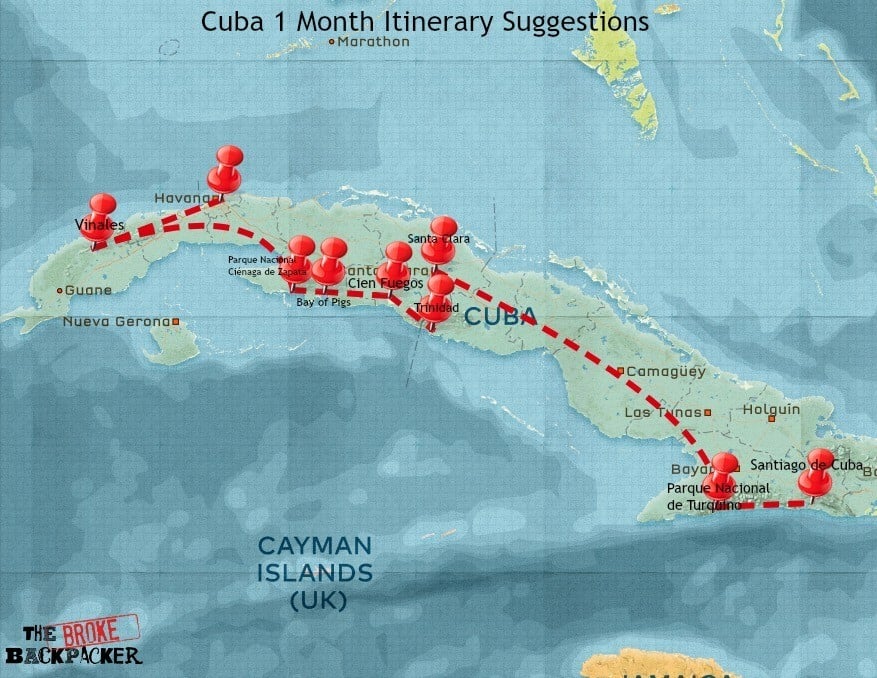
If you have a month or more to explore Cuba you can really see a good chunk of the country. This Cuba itinerary will take you off the beaten path and allow you to get to know a part of Cuba that few travelers ever get to see.
With so much time on your hands, there is no need to rush. Really like Havana? Spend a week there. Fall in love with Vinales? Stay a little longer. Another benefit of having a month to backpack Cuba is that you can make it to the less visited eastern part of Cuba.
You can base yourself in Cuba’s 2nd biggest city, Santiago de Cuba , and explore the nearby Parque Nacional de Turquino. There are countless adventures to be had in eastern Cuba and the fact is many people who visit Cuba don’t make it beyond Santa Clara!
Point being, there is no real time pressure on you so you can take the opportunity to be spontaneous, explore the national parks, go scuba diving, learn Spanish, etc.
If you manage to extend your visa for another 30 days, I recommend volunteering on a farm or in a school during your Cuba backpacking adventure.
Remember, you can always fly or take the train from Havana to Santiago de Cuba and start your 1 month itinerary from there. You should note that internal flights within Cuba are expensive. Since you are in no hurry, a combination of bus, train, and hitchhiking is the way to go.
Backpacking Havana
Havana is without a doubt the beating heart and vibrant soul of Cuba. One’s first impression of Havana is indeed that of a time warp. 1950s era classic cars blend with rows of pastel-colored houses. Cuban music wafts out of open windows. Street vendors sell tasty treats from carts sometimes drawn by horses.
As much as Havana conjures up nostalgia, it is certainly a city on the move. With its different neighborhoods, you’ll have a lot of choices for where to stay in Havana .
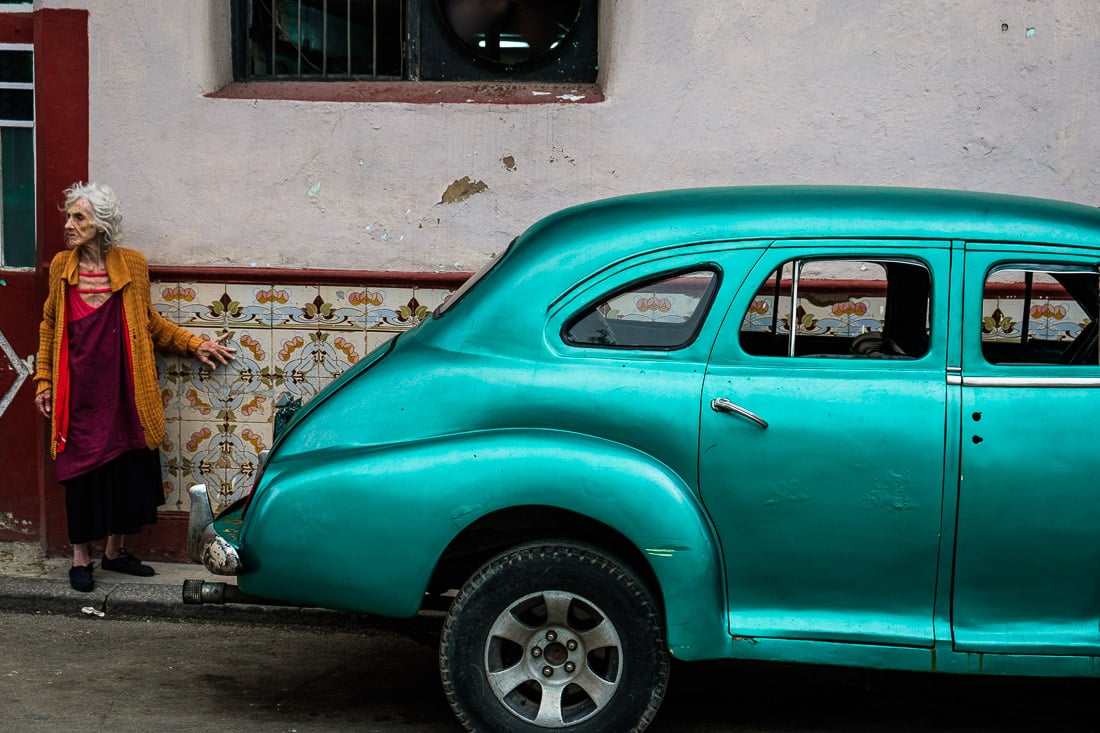
To start, head directly to Old Town Havana to walk the cobblestone streets and soak in the colonial architecture from the Spanish era. Whilst Old Town is charming as hell, Havana Centro is where the real action is. This is where you’ll find most of Havana’s hostels and backpacker accommodations.
We opted to stay in Old Town for the first four days of the trip. Old Town Havana is shockingly touristy in places, so do your best not to get ripped off for simple things like taxi rides and food.
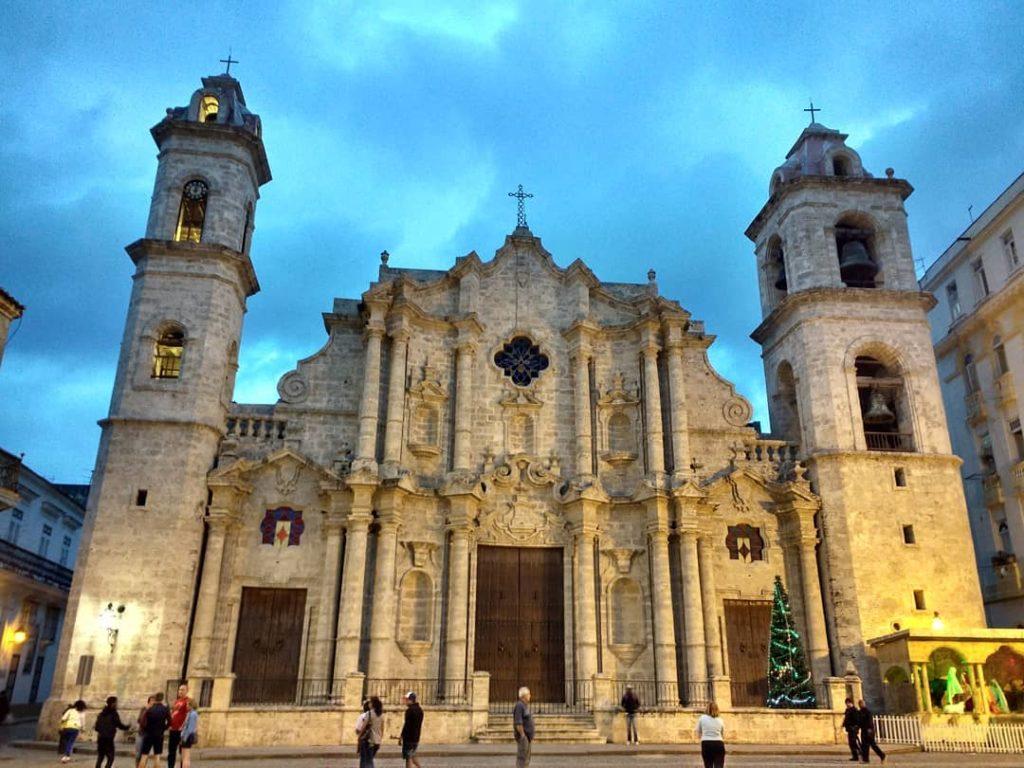
For lunch, eating at a paladar is a quintessential Havana experience. A paladar is a sort of in-house restaurant run by a small family. They often offer cheap, delicious eats.
Take the walk from La Rampa in the Vedado neighborhood to the Malecón and beyond, The Malecón is a seawall skirting along the coast for a few kilometers, and sunset walks here are best. If you take a taxi 15 minutes outside of Havana along the Malecón you can find more secluded sunset spots.
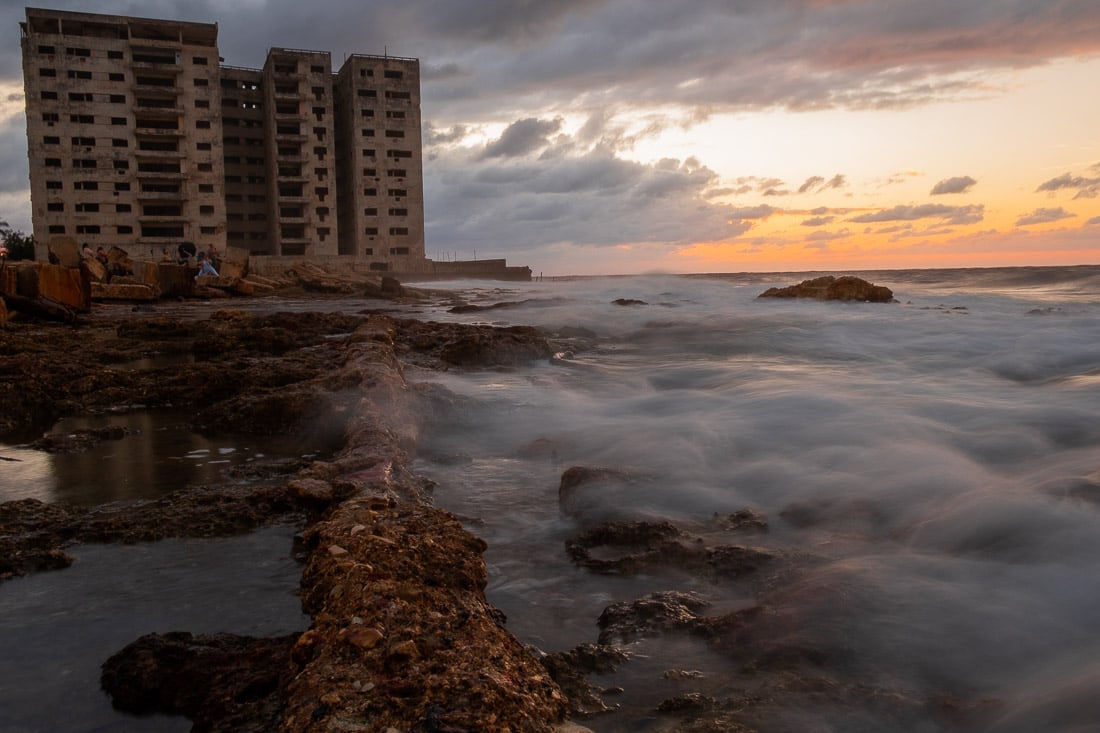
For a slightly cliche yet thoroughly entertaining activity, rent an old car to transport yourself back in time in style. You can always visit the rum museum if you want to learn about Cuba’s national drink.
See my Cuba 7 -day itinerary above for even more awesome things to do in Havana.
Backpacking Vinales
The small town of Vinales and the surrounding Vinales Valley are blessed with some of the most stunning natural scenery in the whole county. Rolling green tobacco farms and impressive rocky outcroppings make a big first impression.
Rent a bike in town and head to the Mural de la Prehistoria (4 km from Vinales). The mural itself took 18 artists a staggering 4 years to complete! Very impressive indeed. In the hills above the mural, you can undertake a hike to the tiny community of Los Aquaticos . Be aware of scammers offering fake tours. You really don’t need a guide to walk.
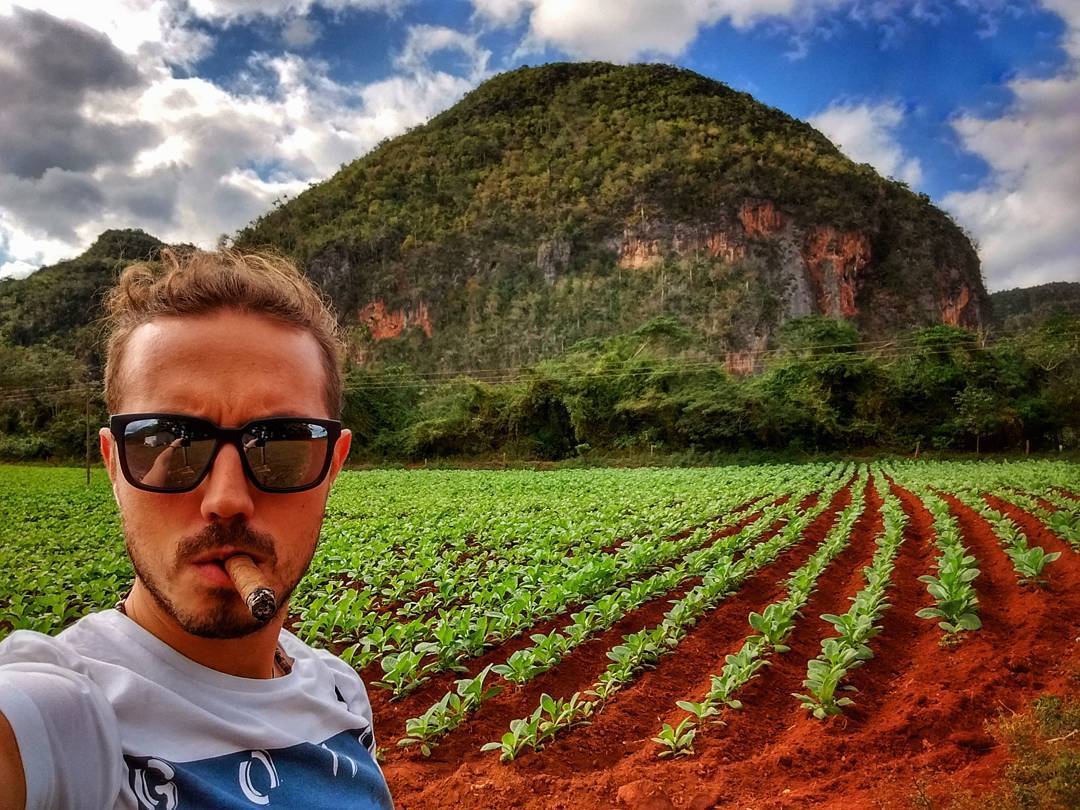
For one of the best sunsets of your life, you can head to the Valle Del Silencio . You can find some reasonably priced real tours in town, but a sure way not to get scammed is to go through the Villa Los Reyes hotel .
They take you to visit a tobacco plantation en route to an epic sunset spot where you can soak in the day’s final lights with a cold mojito in hand. Not bad, right?
Other fun activities in Vinales included cigar-rolling, horseback riding (as is an option in most of Cuba), and rock climbing if you’re keen. I’ll add that the rock climbing around Vinales is some of the best climbing to be had anywhere in Cuba. Cueva de la Vaca is one of the best climbing spots!
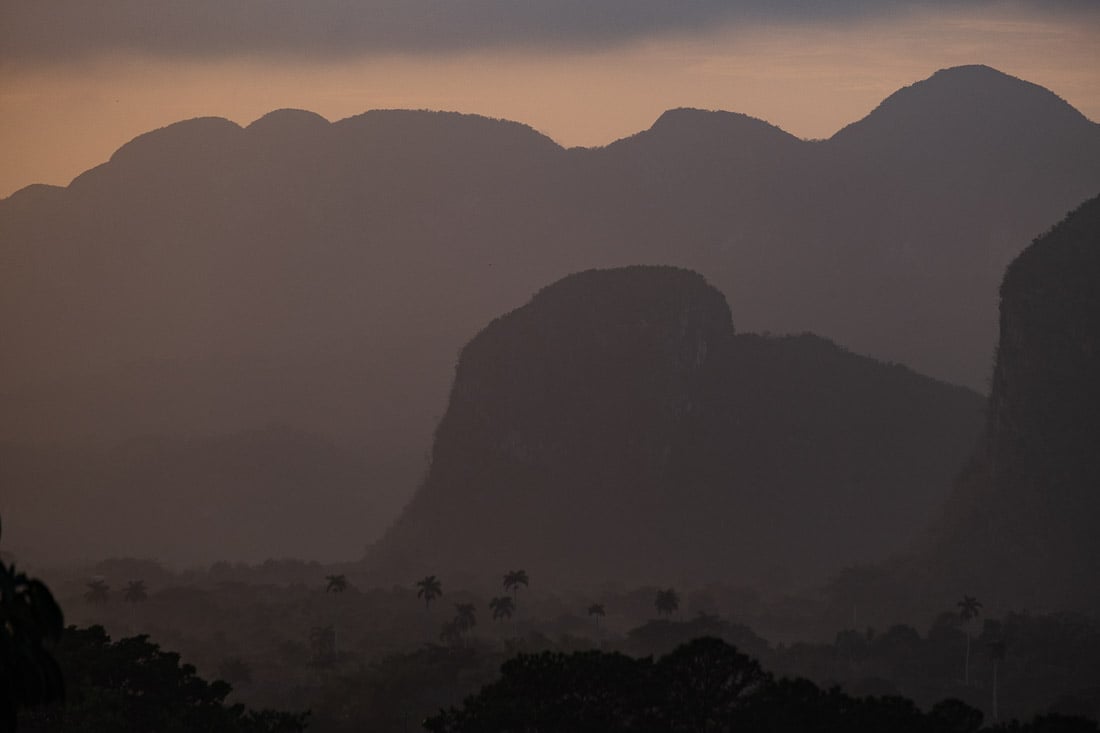
Backpacking Cayo Jutías
For some reason, few backpackers head further west to the coast after visiting Vinales. If you travel on deeper into the Pinar del Río province, you’ll find perfect white sand beaches, ample diving and snorkeling opportunities, and far more local Cubans than tourists.
To reach Cayo Jutías you can hire a shared taxi. Be sure to negotiate heavily for a fair return price. Also, confirm the exact time you want to head back as many drivers will not make the journey after dark.
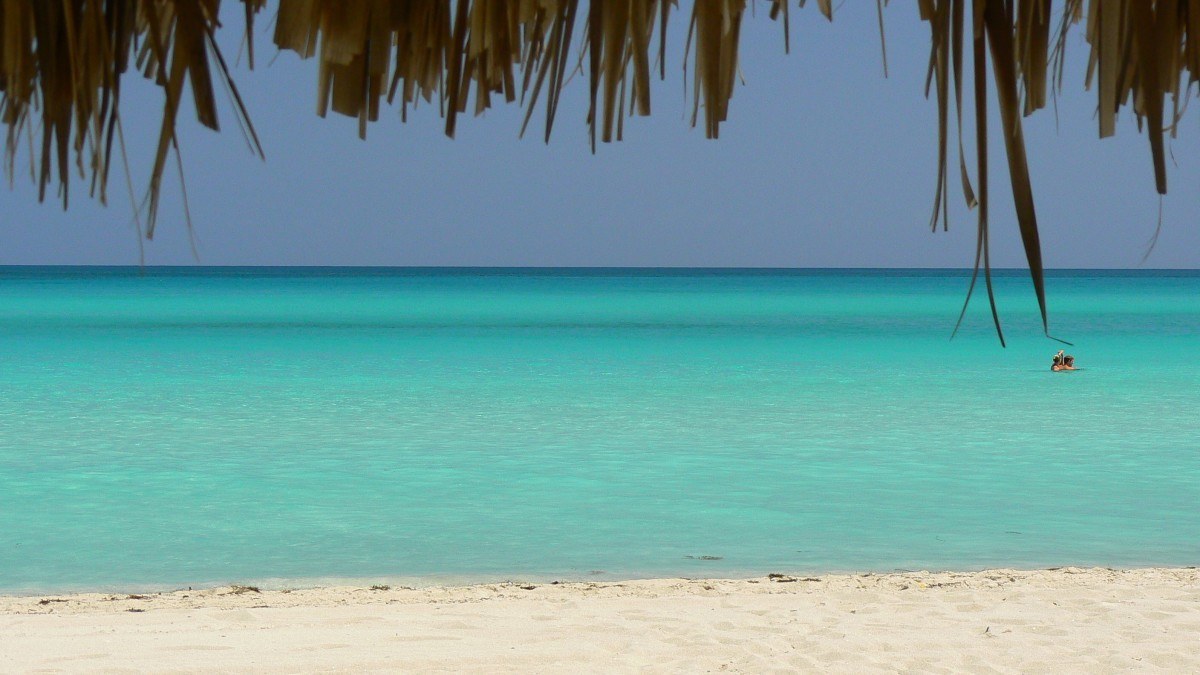
As of now, there are no places to sleep on Cayo Jutías (it’s rather small) though if you have a good tent, you can sleep there for free!
Cayo Jutías is a true, gorgeous Cuban beach paradise. That said, the mosquitoes are ruthless and will eat you alive if you don’t cover up (especially around sunset.) The alternative to camping in Cayo Jutías is to sleep back in Vinales.
Backpacking Cienfuegos
The French colonial town of Cienfuegos is a charming Cuban town on the south-central coast. It is a very lowkey place with a much more relaxed, local vibe. Depending on who you are and where you’re coming from – e.g. Havana or Trinidad – it will feel like either a welcome or abrupt change of pace.
Most people travel to Cienfuegos just to catch a boat to Cayo Largo. It could be worth spending a day or two in the city though.
The city center is the natural place to begin your exploration of Cienfuegos. Blessed with beautiful French colonial architecture and attractive streets, the city center of Cienfuegos has been a UNESCO world heritage site since 2005. One of the best (and most attractive) parts of the city is in and around Jose Marti Square .
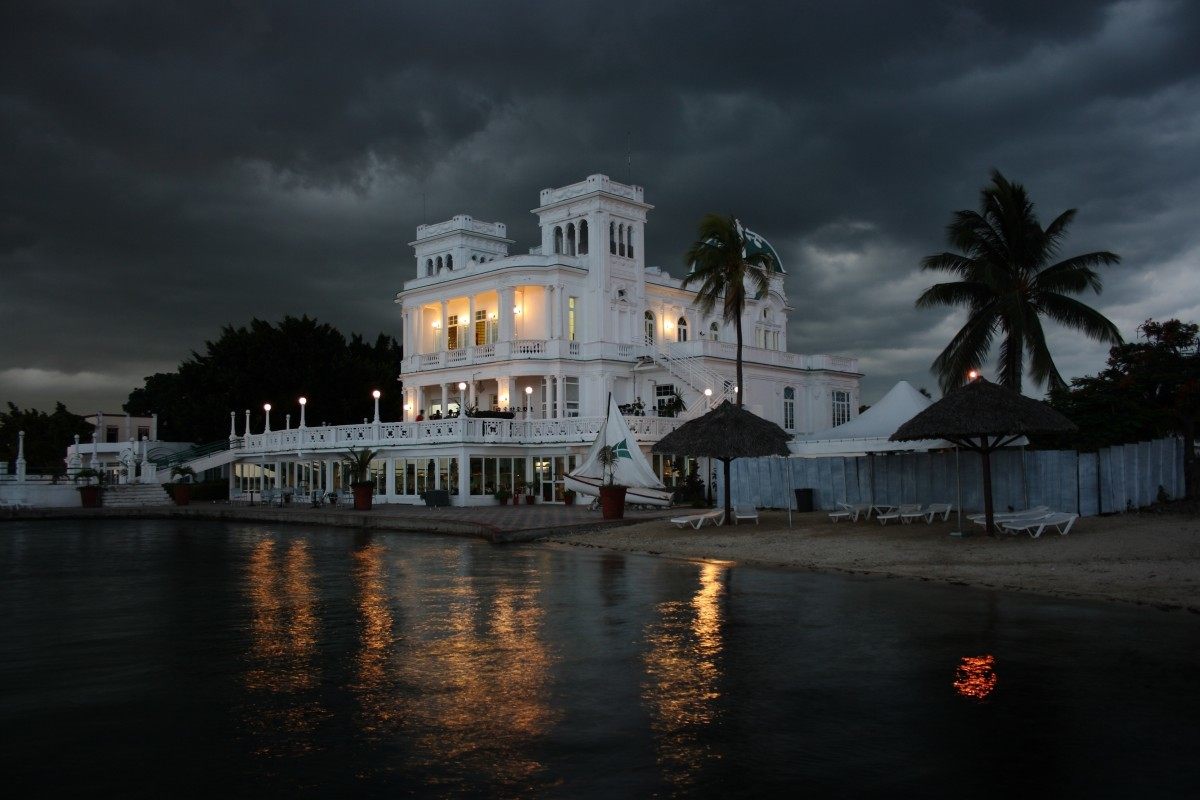
From there, you can take a stroll down one of Cuba’s longest boulevards, simply named the Cienfuegos Boulevard . It is interesting as you start getting to know Cienfuegos, it really doesn’t look or feel like any other city in Cuba.
Apart from strolling along the seawall near Punta Gorda and taking in the architecture in the city center, Cienfuegos is a great place to go out partying/dancing (despite being far more mellow than Trinidad or Havana). Bring your A-game. Cubans really know how to cut a rug.
The beaches around the city have the reputation of being polluted and dirty, but certainly, the severity of this depends on the season. Playa Rancho Luna is the most popular beach nearby, and I’d rate it as “just alright. You can take either a very crowded local bus or a private taxi to get there.
Backpacking Trinidad
Trinidad is another Cuban city that makes you feel like you woke up in a different decade: classic cars and stunning colonial architecture abound. Trinidad’s history has a lot to do with how nice it currently looks.
In the boom years of sugar cane, tobacco, and cattle production (often worked by African slaves in the past), the town became very wealthy indeed. The extravagant plazas and brightly painted houses are a reflection of that economic period.

A refreshing must-try local beverage (that isn’t rum) is sugar cane juice. Don’t forget to mix in a little rum though in the evenings ;). Trinidad is an excellent place to keep it simple. One could easily spend 3-5 days in Trinidad, walking the cobblestone streets, catching live music shows, partying when the sun goes down, or just relaxing in a cafe after hitting up a museum or two.
Highlights of the city include the Plaza Mayor (avoid the touts by going in the early evening), a climb up the Bell Tower for epic views, and eating delicious Cuban food (anytime). The Cave Disco Club is a pretty happening spot to catch some nightlife.
When the urge arrives to hit the beach, head down the road to Playa Ancon . The taxi ride shouldn’t be more than a few bucks. Be aware that at certain times of the year, the mosquitoes can be fucking terrible at Playa Ancon. I itch just thinking about it.
Backpacking Playa Larga/Bay of Pigs
Well, thankfully the days of the CIA-backed invasion of the Bay of Pigs are long over. Shady history aside, Playa Larga is a must-visit beach if you are in the area.
I will say that Playa Larga can feel quite touristy, but in Cuba, touristy doesn’t necessarily mean tacky, overrated, and exploding with foreigners.
Playa Larga is one of the best places in Cuba to go diving. If you’re like me and need to get a scuba fix on any given backpacking trip, you’re going to really dig Playa Larga. Some of the best diving can be found around Punta Perdiz, though there are quite a few badass dive sites in the Playa Larga area.
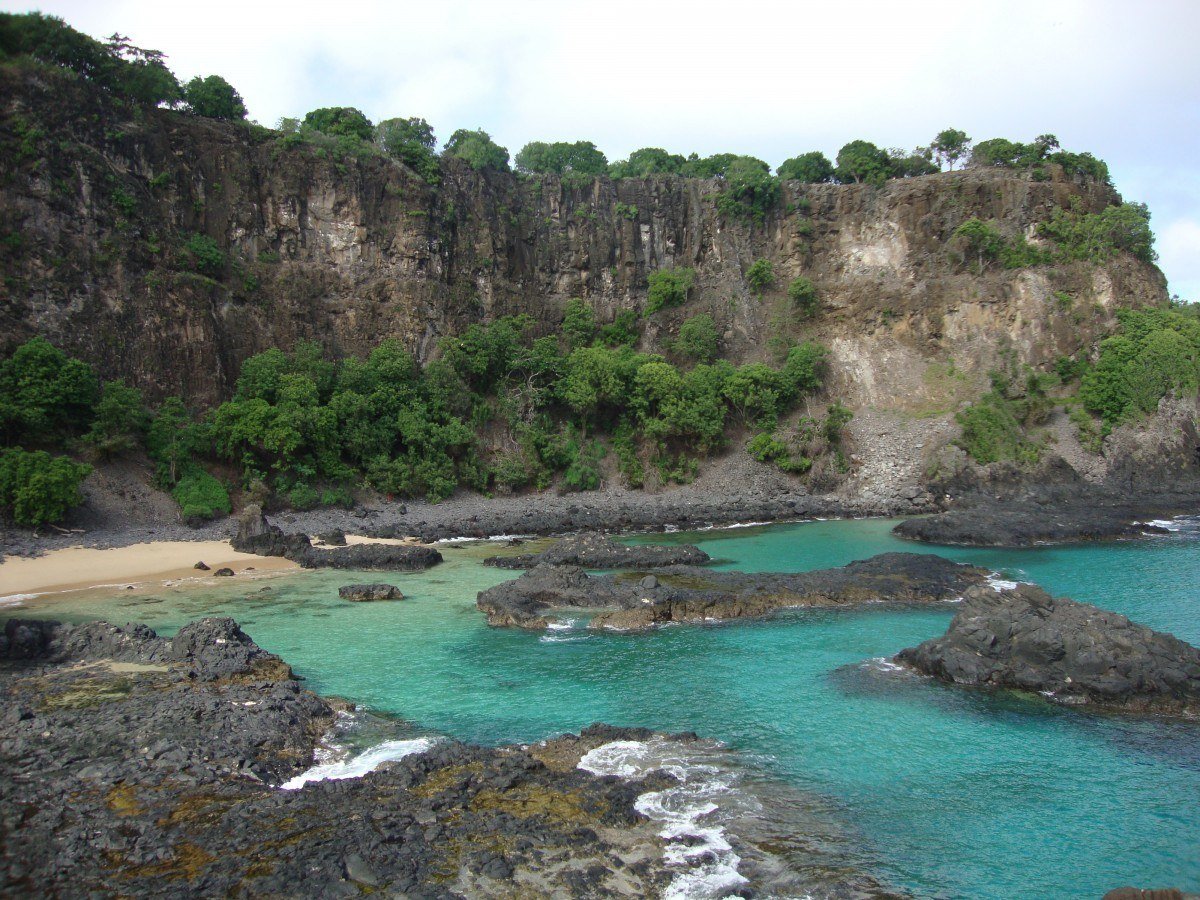
In between dives be sure to check out the Cueva de Los Peces (fish cave).
Another fun option for the afternoon is to rent a bike. With a bike, you can easily get to Criadero de Cocodrilos , which I have mixed opinions about. On one hand, this crocodile farm essentially saved a nearly extinct species of Cuban crocodile. On the other hand though, some are eaten or made into leather handbags. Individual judgment is for you to decide.
Backpacking Santa Clara
If you have even the slightest interest in learning about Che Guevara or the Cuban revolution, you will find Santa Clara to be a fascinating place. Really, it seems like you can’t go anywhere in Santa Clara without seeing Che’s face.
When in Santa Clara, you must visit Conjunto Escultorico Comandante Ernesto Che Guevara ( Che Museum ) . In addition to being a great museum for all things Che, it is also where Che is buried and home to his mausoleum.
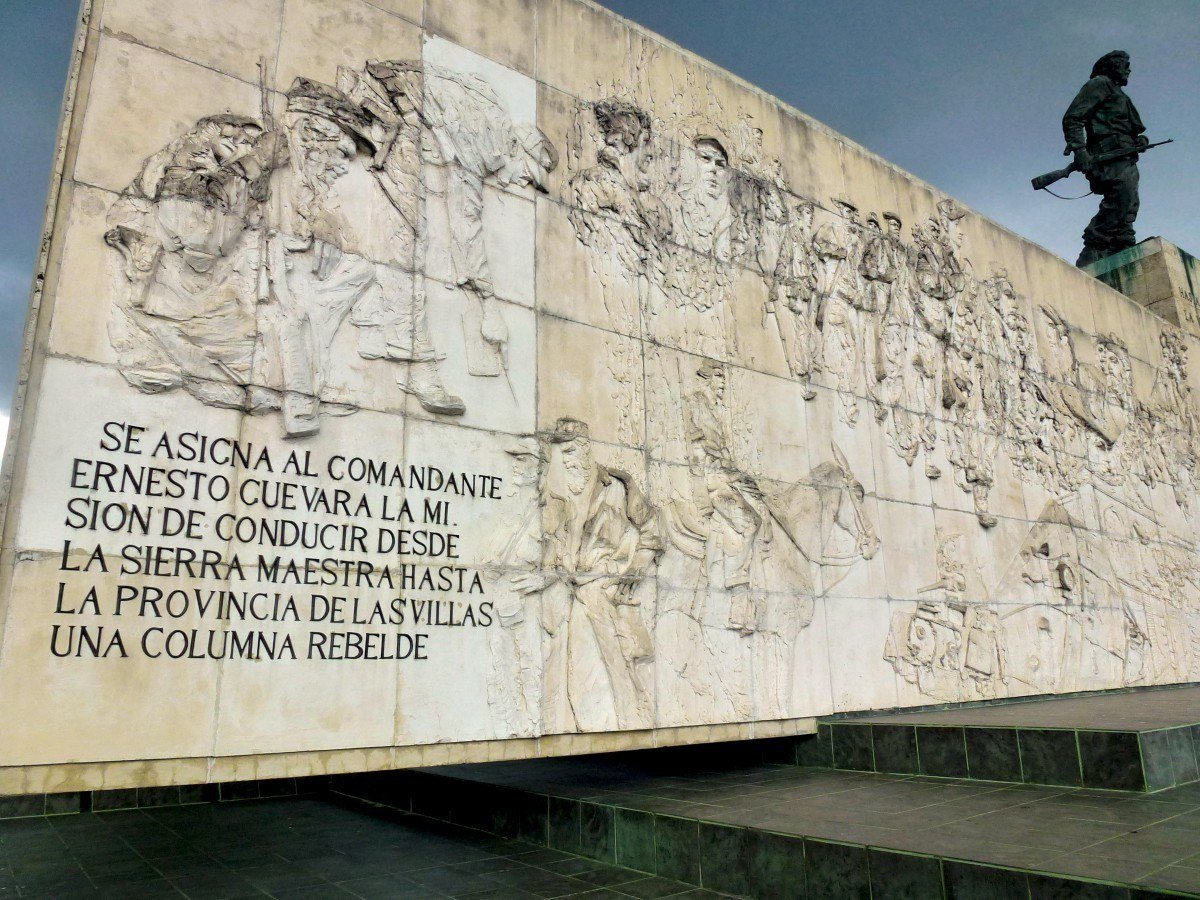
If you didn’t go to a cigar factory back in Havana, check out the cool Fabrica de Tabacos Constantino Perez Carrodegua factory. You can take a laid-back tour of the factory and sip locally roasted coffee—cigar in hand— at tours end.
Take in the pulse of modern life in Santa Clara at Club Mejunje . Any given night of the week there is something interesting on here. Art shows, salsa night, and even Cuba’s only drag show…
For an even more locals-only type spot, head to Parque Leoncio Vidal . Bring a takeaway dinner (or a bottle of rum) and hang out with locals enjoying family/friend time in the park. This place gets pretty rockin’ on the weekends FYI.
Backpacking Parque Nacional de Turquino
The mountains and dense jungle that make up Parque Nacional de Turquino also include an area known as the Sierra Maestra . Why is the Siera Maestra important? For one, it was the base of Fidel Castro’s rebel army for a majority of the Cuban revolution.
It’s easy to see why Fidel chose this part of Cuba. The high mountains (averaging 4,500 feet) are draped in thick tropical vegetation, mist, and well, plenty of places to hide.
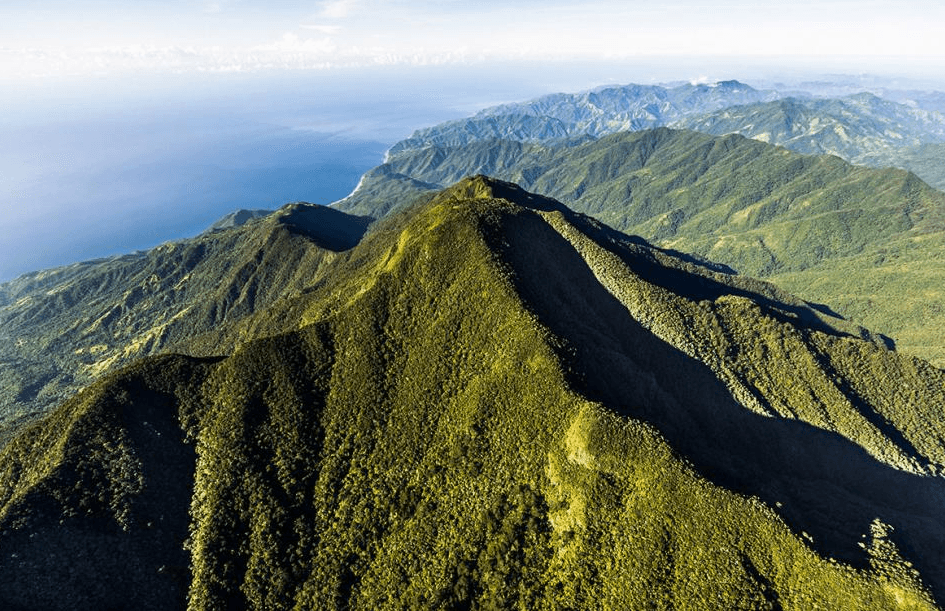
To familiarize yourself with the park, you can climb Pico Turquino . It is the tallest mountain in Cuba at 6476 feet. A hell of an adventure and epic views of sprawling tropical forest await. There are various routes to choose from to get to the summit—each of which will take you at least 2-3 days round trip.
Unfortunately, guides are mandatory in order to tackle this hike. I do not have any information about doing this hike independently, other than it is technically forbidden. The police may or may not enforce this. Definitely hike Pico Turquino in the dry season.
Since guides are mandatory, they can be arranged through Flora y Fauna employees at Villa Santo Domingo or at the small hut at Las Cuevas .
Backpacking Santiago de Cuba
Located on a bay in Cuba’s far southeastern corner is Santiago de Cuba . Cuba’s second largest city is known for its distinctive Afro-Cuban cultural influences, revolutionary history, and stunning colonial architecture (most of Cuba’s urban architecture is pretty alright).
The Castillo de San Pedro de la Roca del Morro is a wonderfully positioned 17th-century UNESCO world heritage site. It’s a bit out of the city (10 km southwest), but the views of the sea and the surrounding Sierra Maestra make it well worth the effort to get here.
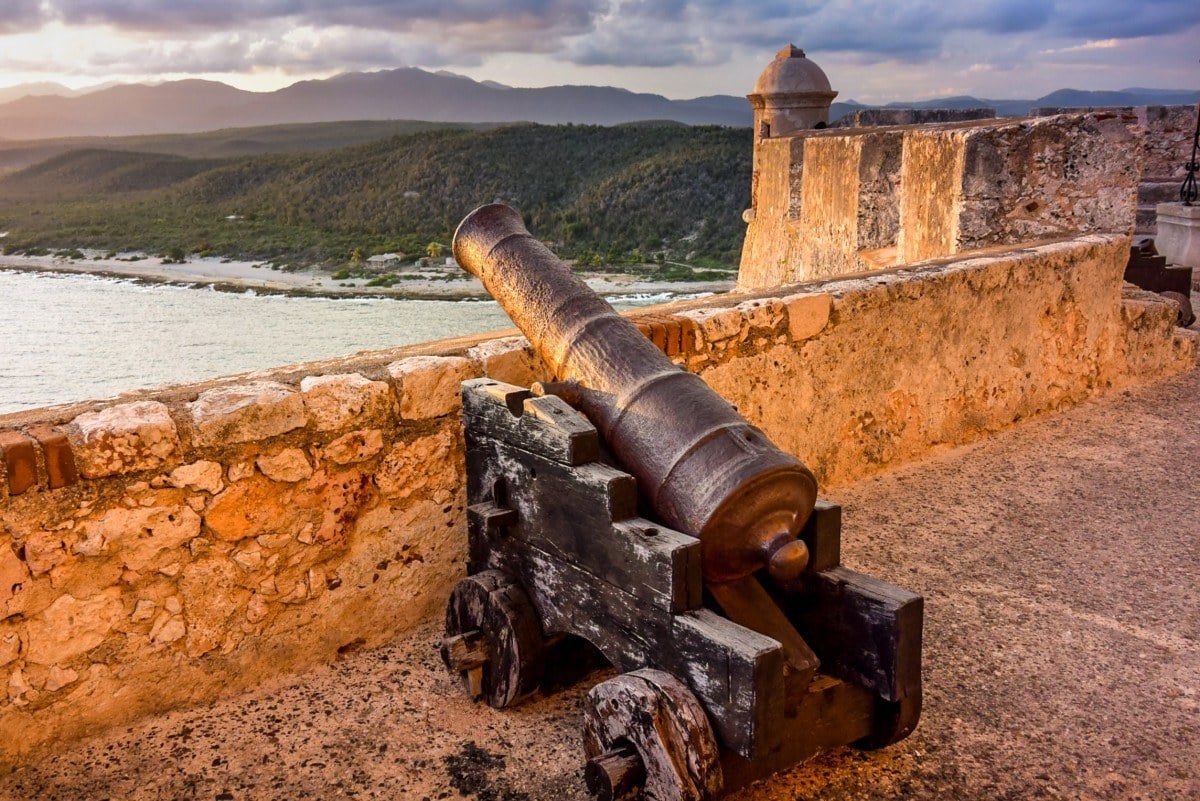
For music lovers, a night at the Casa de las Tradiciones will be one for the ages. There are many hidden gem and hole-in-the-wall music venues in Cuba, and Casa de las Tradiciones is one of them. Spend a few hours taking in the scene at the often crowded, smoke-filled bar, and get the essence of what backpacking Cuba is all about.
Carnival in Santiago de Cuba (July) is a real treat. If you happen to be in Cuba during July, plan on spending 10 days in Santiago de Cuba for a marathon period of parades, music, rum, and dancing.
Backpacking Baracoa
Cuba’s oldest colonized city is Baracoa . Located on the eastern tip of the island, Baracoa receives a fair bit more rainfall than other parts of Cuba, and the result is a lush green, dazzling subtropical landscape. Baracoa isn’t super easy to reach due to it being in the far corner of Eastern Cuba, but I’d say it’s worth the effort to get there.
It is possible to visit some of the awesome cocoa and coconut plantations that dot the rural interior around Baraco, though the main attraction in Baracoa is the canyon of the Yumuri River . That said, if you just want to hang out in the town center, play some dominoes, and relax on the beach, I understand.
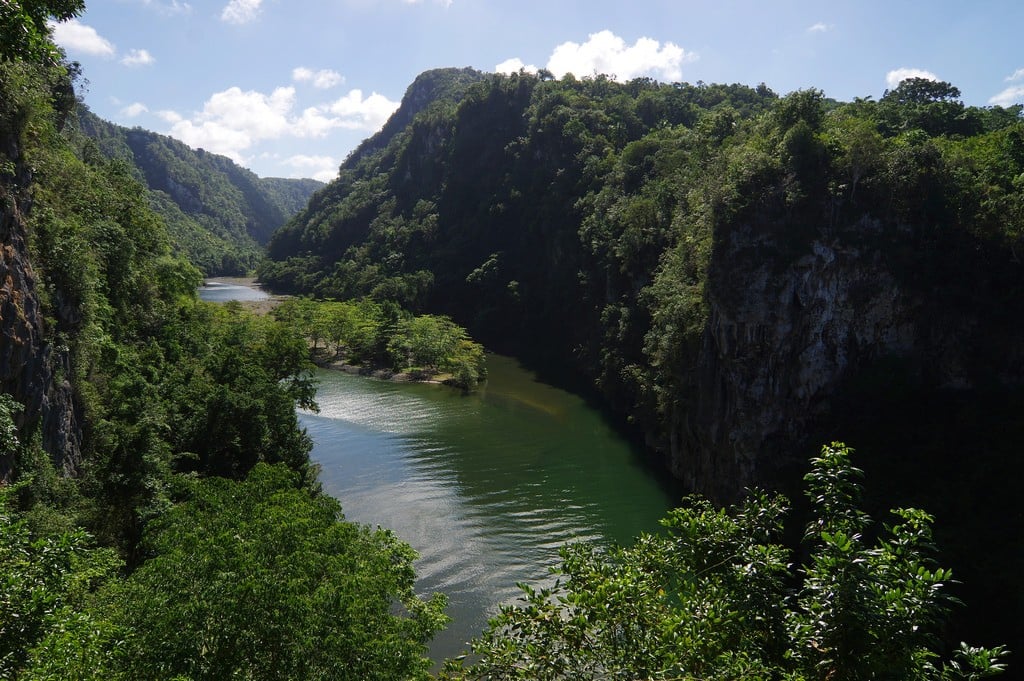
The Yumuri Canyon looks like something out of the Lost World. In my opinion, you can’t visit Baracoa without seeing the canyon and the river. The water is a clear turquoise-blue and the vegetation snakes its way up the steep canyon walls in a sea of green and tangled vines. Hiring a boat is the best way to see the canyon and all it has to offer.
From Baracoa, Playa Manglito beach is just a short taxi ride (or hitchhike ride) away.
Backpacking Sancti Spíritus
For an authentic, small-town experience in Cuba, head to colorful Sancti Spíritus . There is definitely a gringo route in Cuba and Sancti Spíritus is not on it.
You’ll find that tourism is not booming here like it is in Trinidad or Vinales. If you want an honest glimpse into what life is like in a Cuban town far from the influences of tourism, Sancti Spíritus is a sure bet for that.
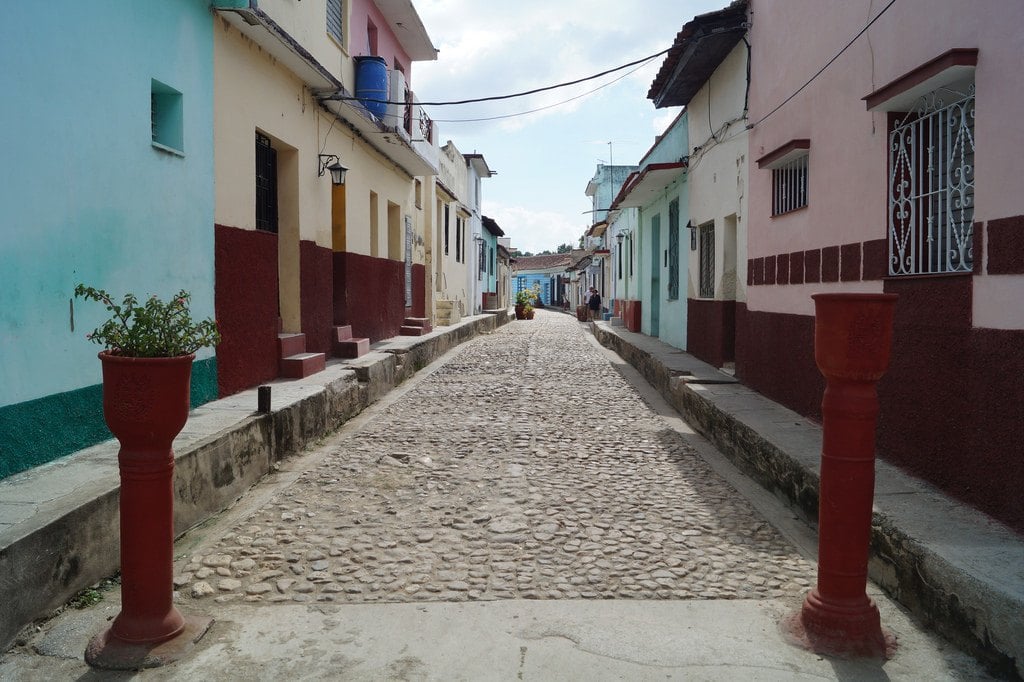
The Taberna Yayabo down by the river is a fine place to grab a drink and hang out with locals. For live music, head to the Uneac Club .
There aren’t a ton of “must see” attractions in Sancti Spíritus and that is what makes it so special. If you’re looking to improve your Spanish and get off the beaten path, you’ll feel right at home here.
Off the Beaten Path in Cuba
Perhaps more so than in any other Caribbean nation, getting off the beaten path in Cuba isn’t difficult. For one, the island is fairly big and large-scale, wide-spread tourism infrastructure does not exist (yet).
To get the most out of your backpacking Cuba adventure, getting off the beaten path will allow you to experience life like the locals, which is crucial to understanding and capturing the magic that is Cuba.
If you are sailing the Caribbean , it’s very easy to put Cuba on your itinerary. The wild north coast of Cuba is not heavily trafficked by foreigners, making it a prime candidate for exploration.
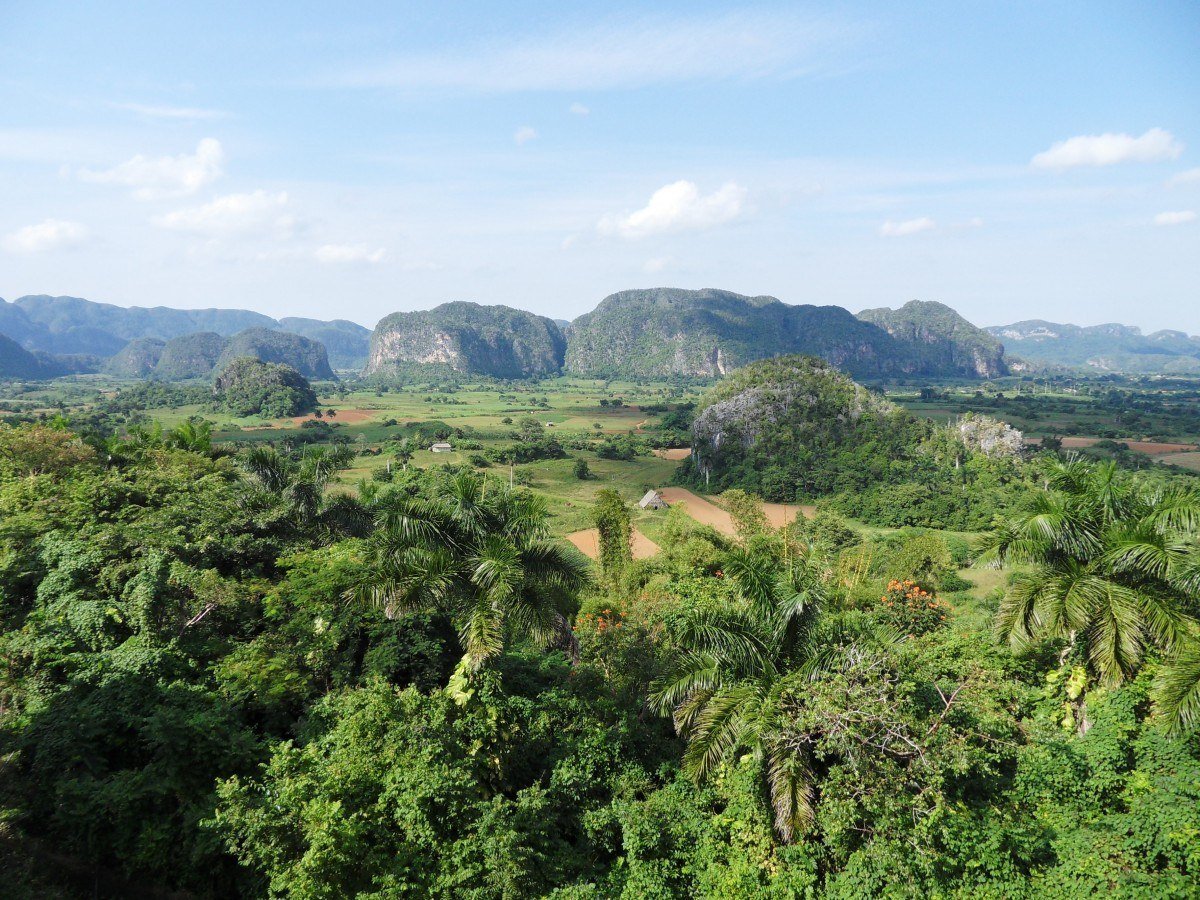
The small towns and villages in the rugged and remote interior are full of untapped cultural gems and beautiful natural landscapes.
Like I said, there are also a handful of beaches that are the “known, famous” beaches. Some of the best beaches in Cuba are not famous and do not see the same tourist hordes as the others.
Because tourism in Cuba is a relatively new phenomenon, backpacking Cuba independently isn’t always easy for certain activities.
Camping and doing a bit of cooking for yourself is also very crucial to getting off the beaten path in Cuba. If you are self-reliant, you can really discover a whole other side of Cuba.

We’ve tested countless backpacks over the years, but there’s one that has always been the best and remains the best buy for adventurers: the broke backpacker-approved Osprey Aether and Ariel series.
Want more deetz on why these packs are so damn perfect? Then read our comprehensive review for the inside scoop!
Below I have listed the 10 best things to do in Cuba :
1. Explore Old Town Havana
Cobblestone streets, classic cars, and beautiful brightly-painted townhouses that transport you back in time? That is L a Havana Vieja .
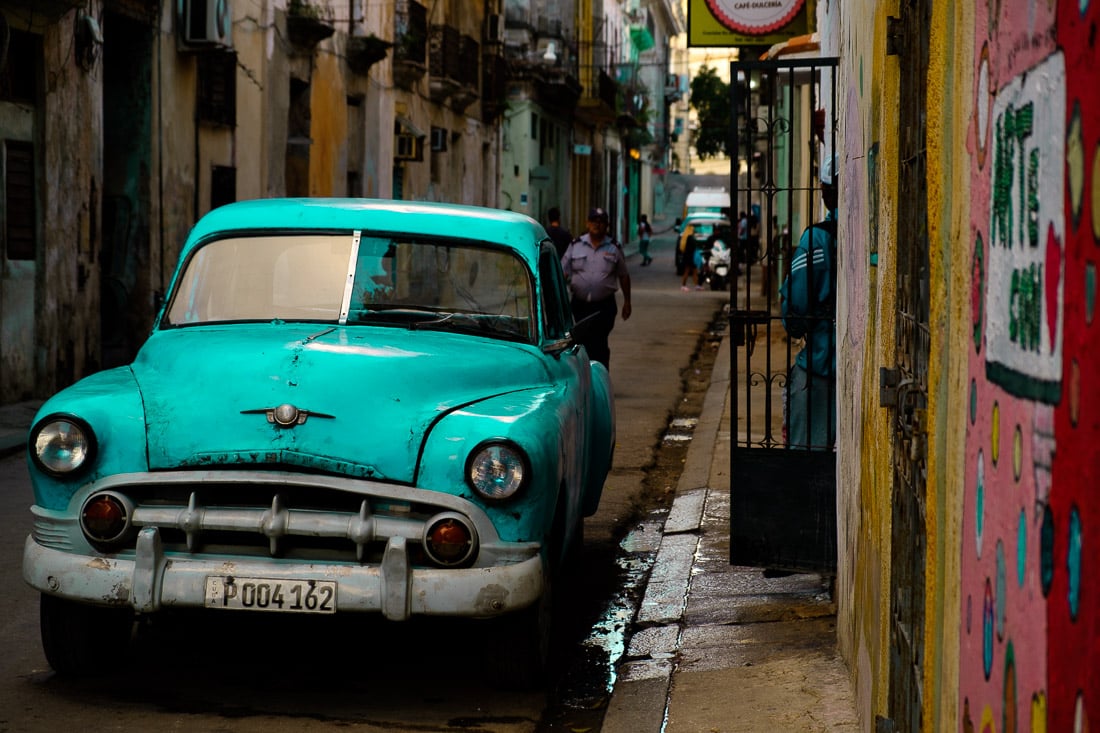
2. Go to a Baseball Game in Cuba
Cubans are mad about baseball, their national sport. Catch a game at the Estadio Latinoamericano , or at another one of Cuba’s fine baseball parks.
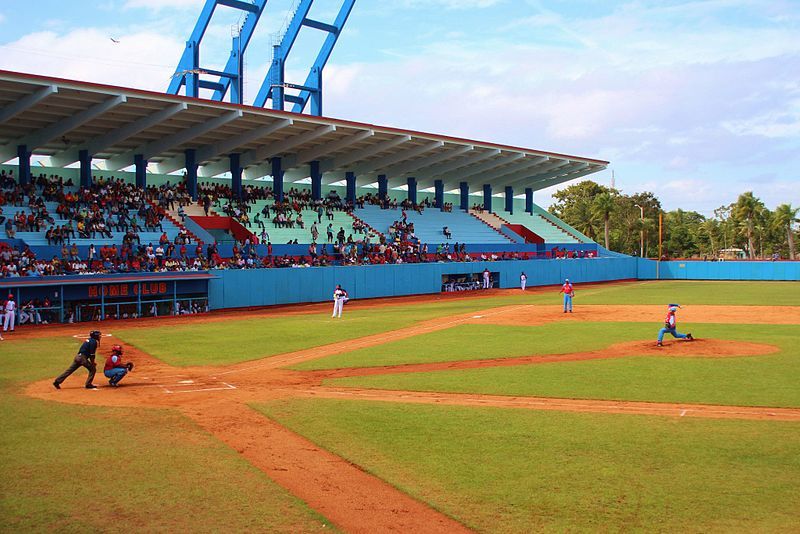
3. Go Scuba Diving
Cuba is blessed with some truly excellent scuba diving opportunities. The best part? Diving is affordable in most places!
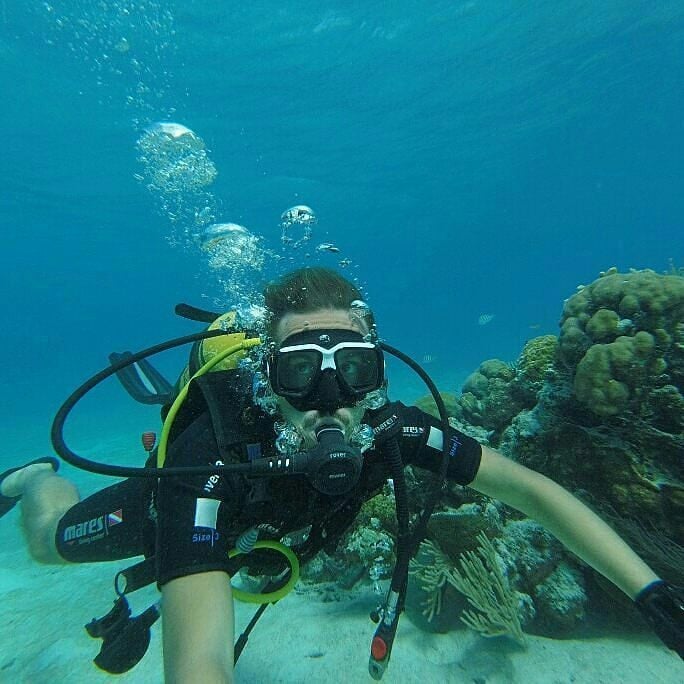
4. Visit a Tobacco Plantation
Visit the plantations where the island’s legendary tobacco is grown.
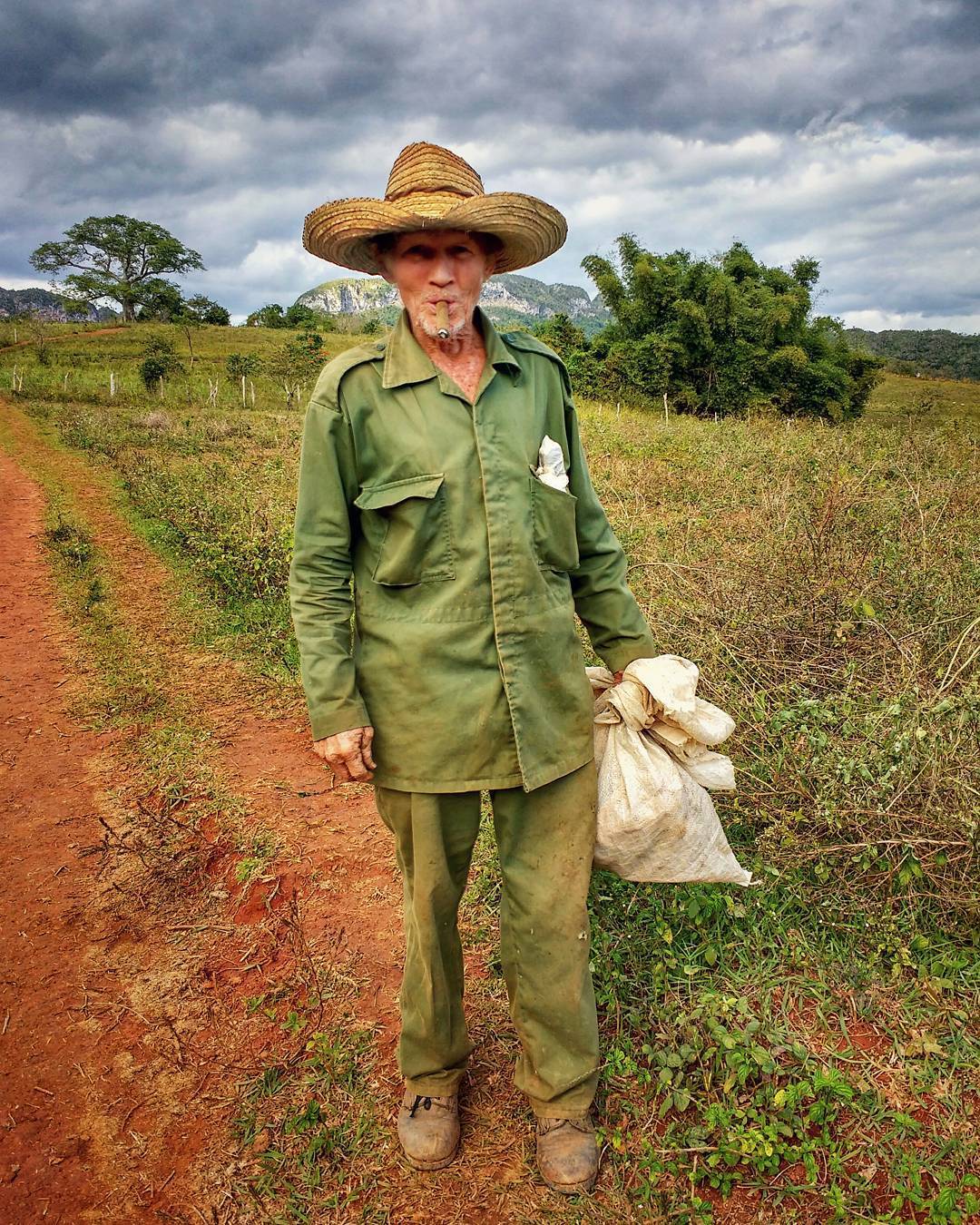
5. Go to the Vegas Grande Waterfall
This few hour day hike out and back to one of the prettiest waterfalls in Cuba was one of the best things we did on our entire trip. If you go to Trinidad, this waterfall hike is an absolute must.
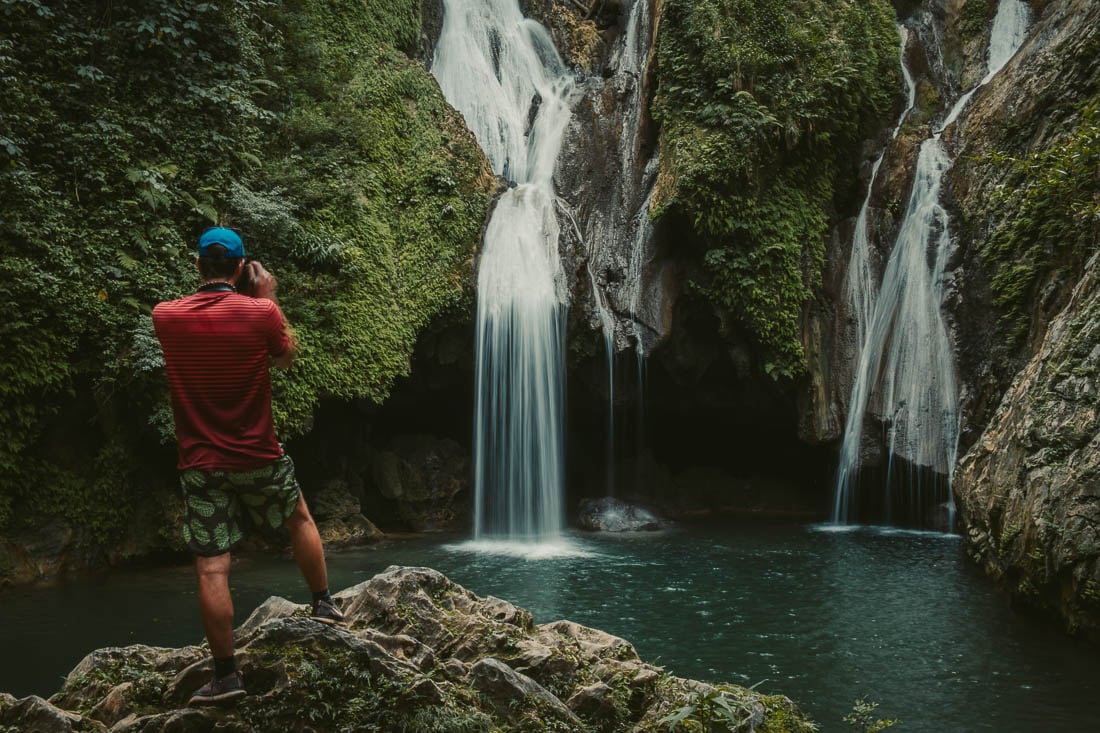
6. Visit the Che Guevara Moslouem and Museum in Santa Clara
Che Guevara is one of the most important and iconic revolutionary figures from the 20th century. His legacy in Cuba is forever enshrined in his museum in Santa Clara.
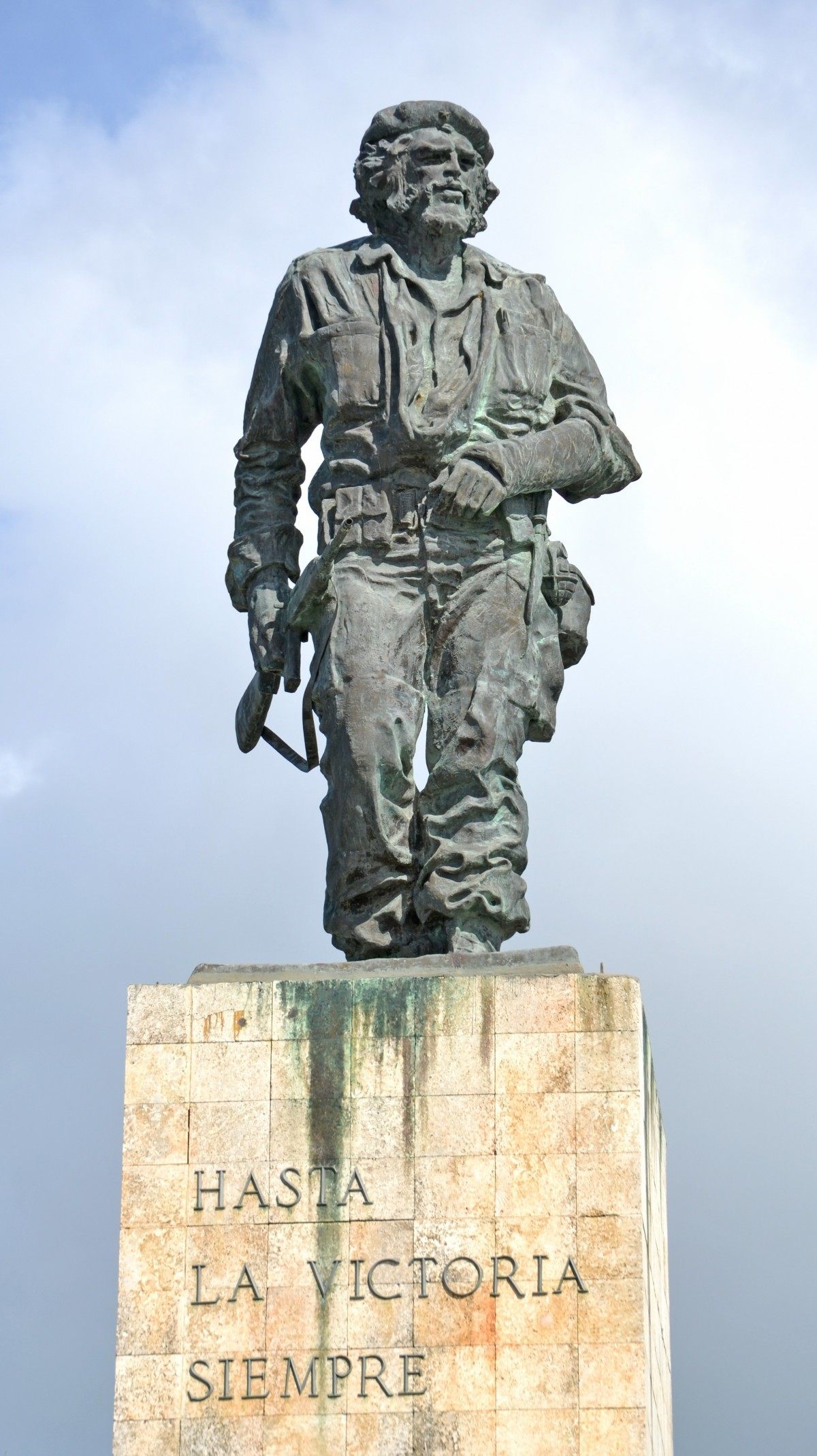
7. Climb Pico Turquino
Scale Cuba’s highest mountain for an epic multi-day Cuban adventure.
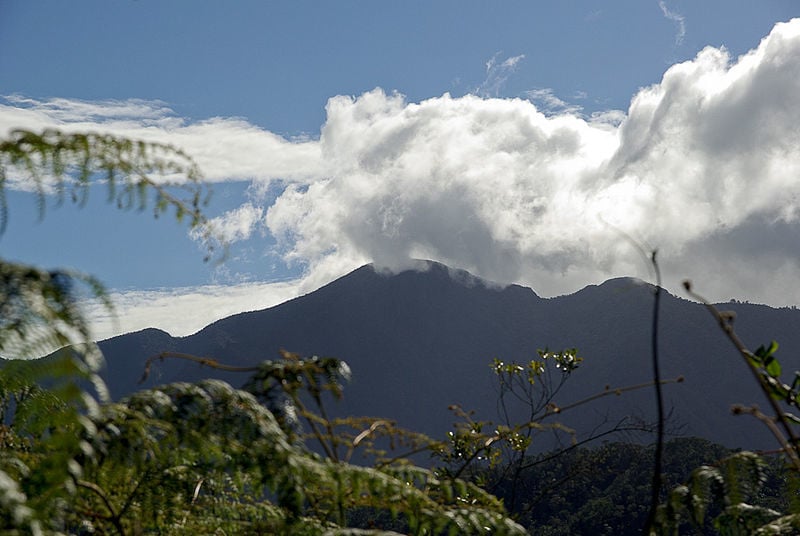
8. Explore the Vinales Valley by Bike
Vinales and the surrounding area offers up some of the most beautiful scenery in all of Cuba. The beaches nearby aren’t so bad either.
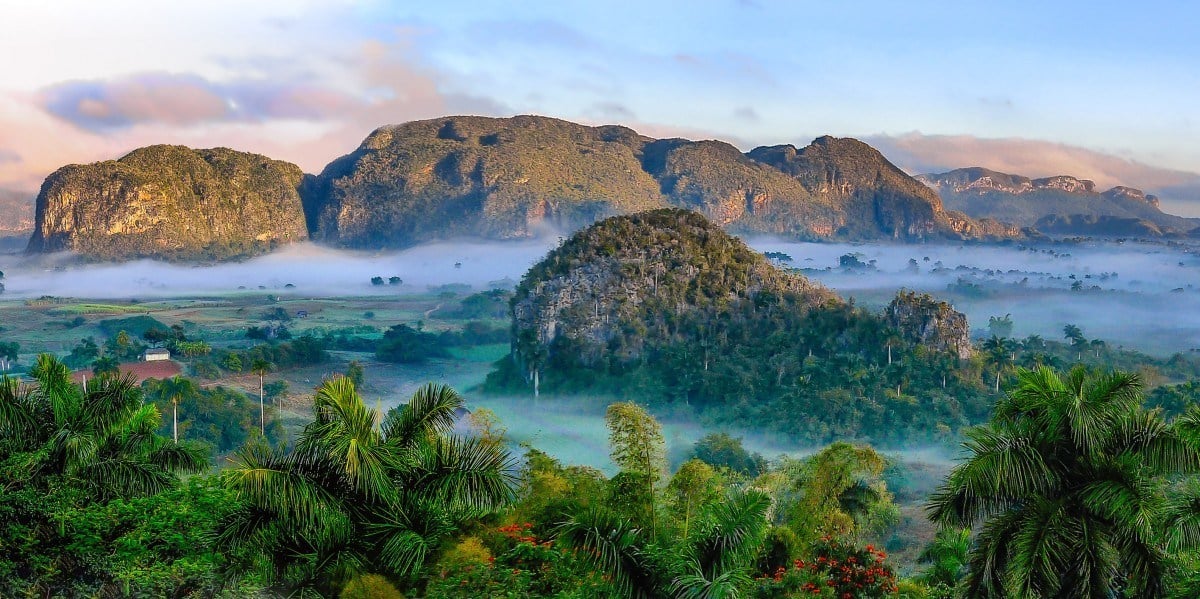
9. Hire a Classic Car
You’ll find classic cars all over Cuba. There is perhaps no better way to see the island than from behind the wheel of a ’62 Bel Air.
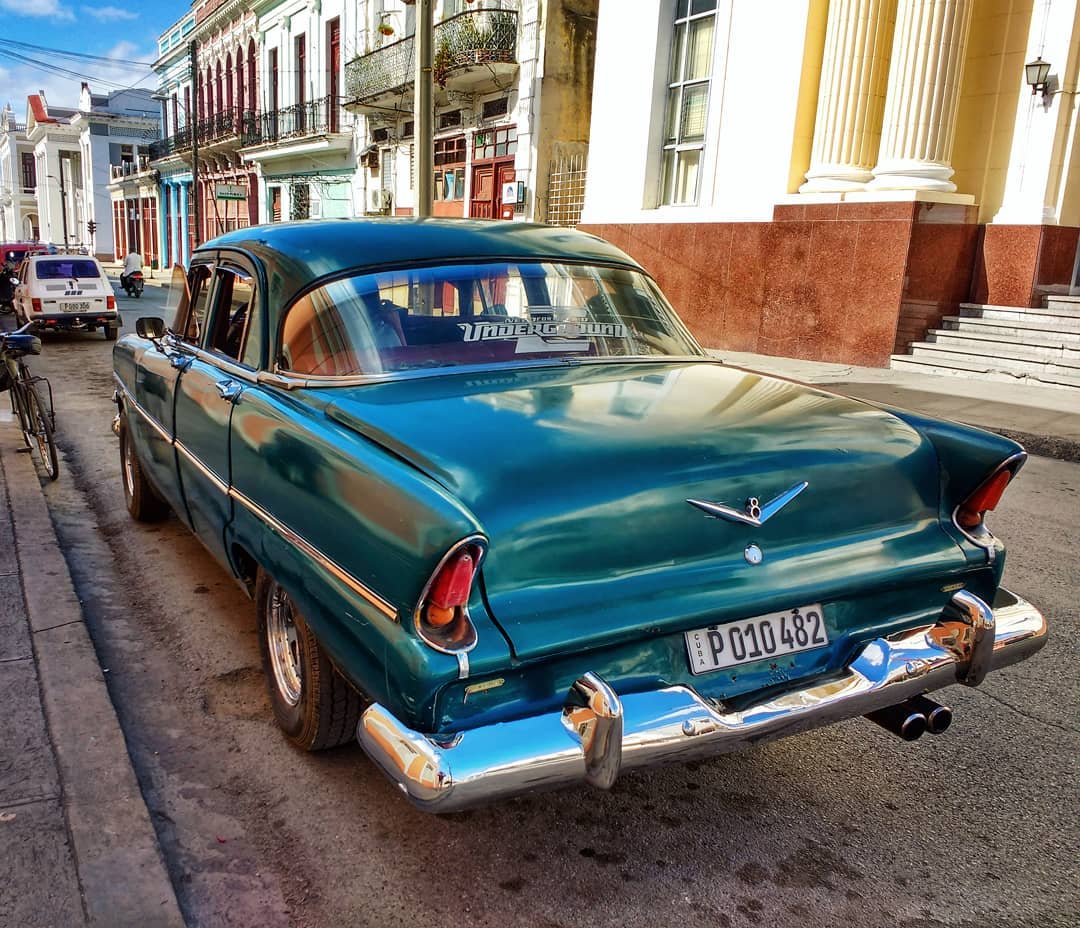
10. Experience Carnival in Santiago de Cuba
Like in most Latin American countries, Carnival is a big deal. Cuba is no different. Come and experience the biggest festival on the island, and remember to pace yourself… it is indeed a marathon.
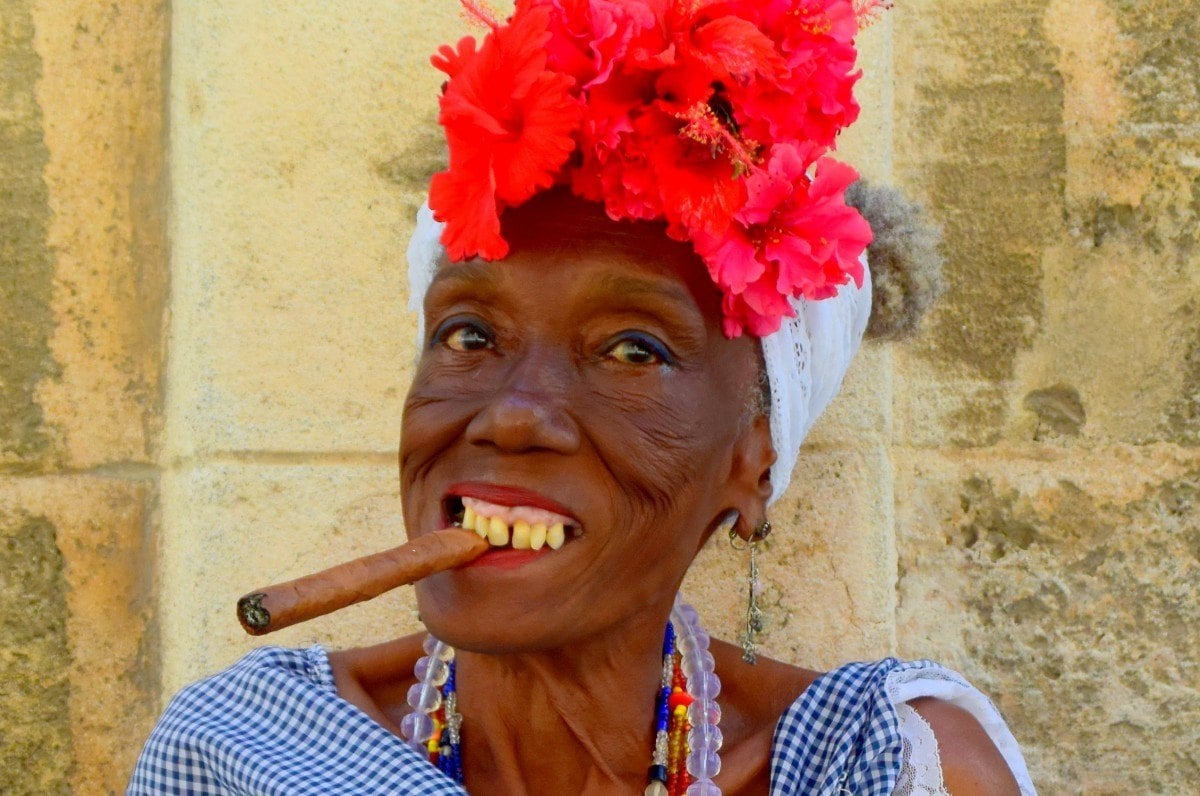
Wanna know how to pack like a pro? Well for a start you need the right gear….
These are packing cubes for the globetrotters and compression sacks for the real adventurers – these babies are a traveller’s best kept secret. They organise yo’ packing and minimise volume too so you can pack MORE.
Or, y’know… you can stick to just chucking it all in your backpack…
Finding backpacker accommodation in Cuba is not always easy. There are just a handful of hostels on the island as of now. Though luckily, the hostels that do exist are often found right where you need them, along the Cuba backpacking route.
Surprisingly, Havana alone has over 100 hostels! I’m sure in the years to come, there will be an explosion of hostel development throughout the rest of Cuba.
When hostels are not available, the next best thing is casas particulares . Casas Particulares are basically glorified homestays of typically solid and dependable quality (and less expensive than hotels). There are TONS of casas particulares throughout Cuba. Whilst you don’t get the same vibe as you do at backpacker hostels, I would argue that the overall experience (especially from a cultural perspective) is better.
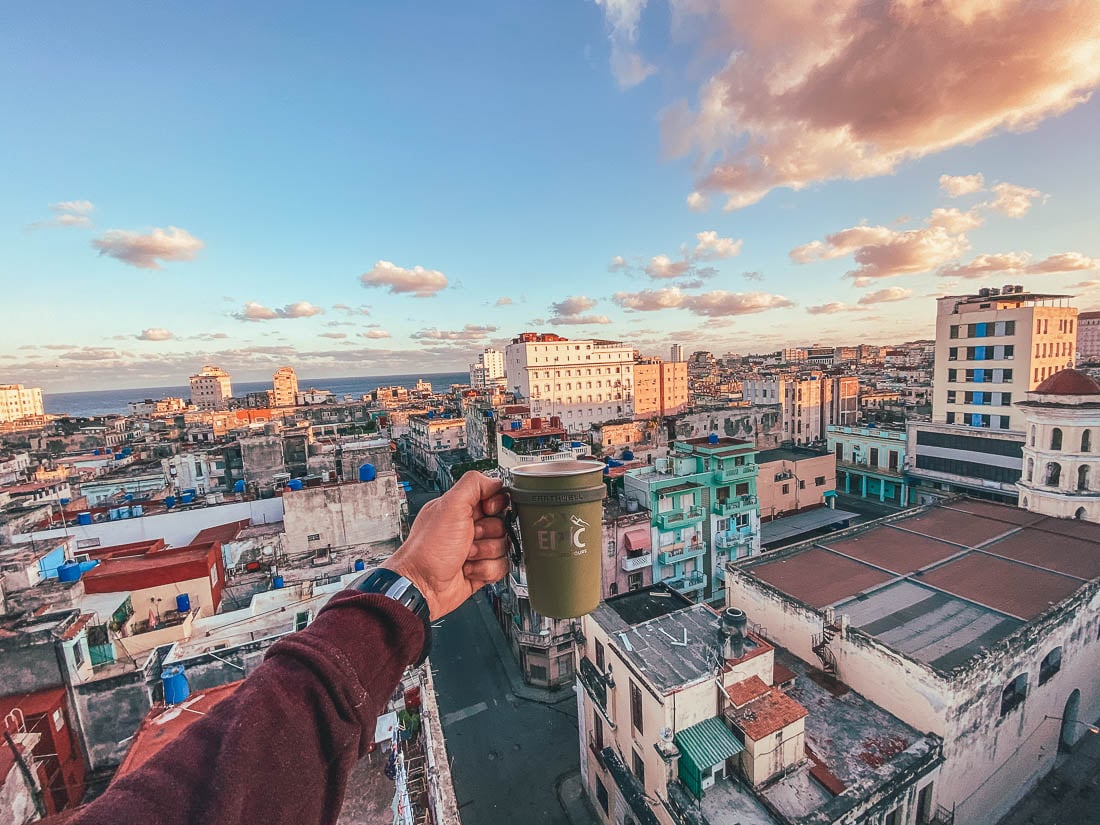
Many casas particulares do not have websites (another new phenomenon in Cuba is business marketing). If you want to book a night in another casa particular, simply ask your host to phone a friend in the next town over and you’ll be sorted.
Hotels are without a doubt the most expensive option in Cuba, and a great way to eat a huge hole in your budget. Also, I’d avoid all-inclusive resorts like the plague.
We used Airbnb a few times too. You can find some solid options on there including casas paticulares.
Wild Camping in Cuba
Wild camping is legal in Cuba; I never heard otherwise. There are plenty of awesome places to pitch your tent. Obviously, the mountains and the Sierra Maestra are ideal camping candidates (if you want to follow in the revolutionary soldiers’ footsteps).
You might find camping to be rather uncomfortable at low elevations on the coast. Cuba is hot and humid and the mosquitoes can be insane! Coastal camping might prove to be more trouble than it is worth. Pray for a breeze if you wind up camping at the beach!
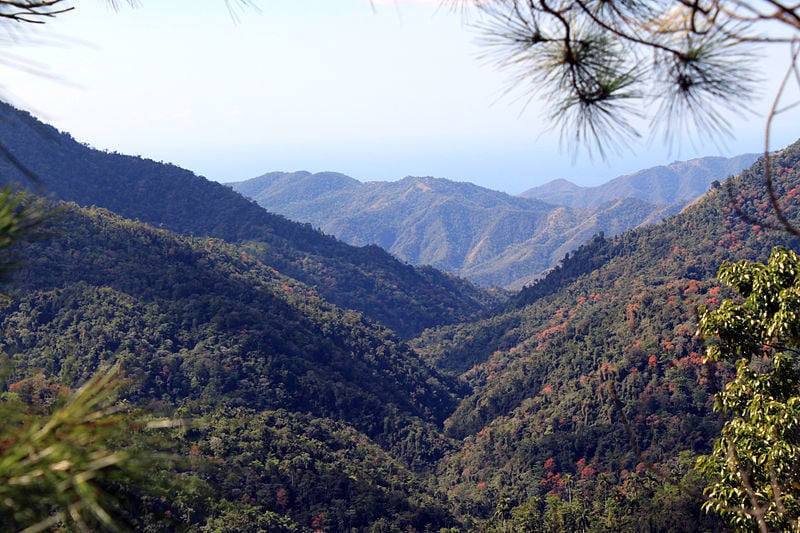
If you are unsure if a potential campsite is on private land, at least make an effort to ask the owner, if you can get by the language barrier that is—Spanish isn’t too hard, you can do it!
In general, if you pitch your tent around dusk and are gone by 7 am or so, no one should hassle you.
Get familiar with “leave no trace principles” and put them into practice.
If you are in the market for a solid, lightweight, and reliable tent, I highly recommend the MSR Hubba Hubba 2-person tent . This compact tent is up to the challenge of battling Cuba’s subtropical weather. To get to know this tent better, check out my in-depth MSR Hubba Hubba Review .
Backpacking in Cuba is neither super cheap nor crazy expensive. Your biggest costs for backpacking in Cuba will be your accommodation and food.
Solo travel in Cuba is a bit of a bitch in regards to the cost of accommodation and transportation. If you are a couple or a group of several friends, splitting the cost of rooms and taxis will save you cash.
A reasonable daily budget for backpacking Cuba is between $40-70 USD/day . With this amount, you can eat well, do fun stuff, take a few cab rides, split a private room, and knock back a few mojitos.
Certainly, Cuba can be done on a barebones broke backpacker style budget, but that would require cooking for yourself (remember grocery stores are shockingly bare) and using Couchsurfing/camping out (for free).
A Daily Budget in Cuba
Here is what you can expect to spend on a daily basis whilst backpacking Cuba:
Money in Cuba
As of January 1st, 2021 Cuba’s money situation got a whole lot easier. Previously, there were two currencies in use, but these days there’s just one, the CUP , also known as the Cuban Peso.
Find out how much your money is worth today by using the up-to-date converter below.
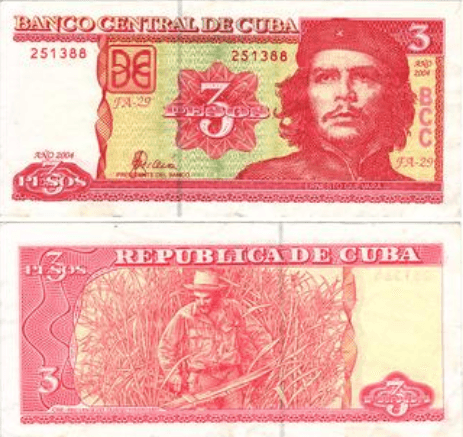
My Experience With Cuban Money
Keep in mind that if you bring plenty of cash (which you need to do) into Cuba you might lose as much as 10% when you convert it to Cuban money if you change it at the airport – which FYI you should NOT do!
We found changing money on “the black market” super easy. Just ask the host of your casa particular about changing money and they will likely give you the fair 1:1 rate. We never had any problems changing money around Cuba – just never do it at the bank or at an official money changer otherwise you will lose a lot of money in the exchange.
Top Tips For Broke Backpackers
- Camp : With plenty of gorgeous places to sleep out, Cuba can be a great place to camp in the rural areas or in the mountains. Check out this post for a breakdown of the best tents to take backpacking.
- Cooking : If you are camping a lot or really want to save some cash, it could be worth bringing a portable backpacking stove so you can do some of your own cooking.
- Couchsurf: Cubans are awesome; get to know some! Check out Couchsurfing to make some real friendships and see this country from the perspective of locals. Obviously, things have changed in times of Covid – so Couchsurfing may be on hold for a couple of years.
- Hitchhike : Where appropriate, hitchhiking is a great way to save money on transportation costs.
Why You Should Travel to Cuba with a Water Bottle
Plastic washes up on even the most pristine beaches… so do your part and keep the Big Blue beautiful
You aren’t going to save the world overnight, but you might as well be part of the solution and not the problem. When you travel to some of the world’s most remote places, you come to realise the full extent of the plastic problem. And I hope you become more inspired to continue being a responsible traveller .
Plus, now you won’t be buying overpriced bottles of water from the supermarkets either! Travel with a filtered water bottle instead and never waste a cent nor a turtle’s life again.

Drink water from ANYWHERE. The Grayl Geopress is the worlds leading filtered water bottle protecting you from all manner of waterborne nasties.
Single-use plastic bottles are a MASSIVE threat to marine life. Be a part of the solution and travel with a filter water bottle. Save money and the environment!
We’ve tested the Geopress rigorously from the icy heights of Pakistan to the tropical jungles of Bali, and can confirm: it’s the best water bottle you’ll ever buy!
As Cuba is a Caribbean island , it enjoys fairly mild weather year round…with a few exceptions.
The best time to visit is from December to May , when you can expect dry, sunny days and plenty of blue skies. For trekking and scuba diving in Cuba, dry season makes outdoor activities more enjoyable and/or doable.
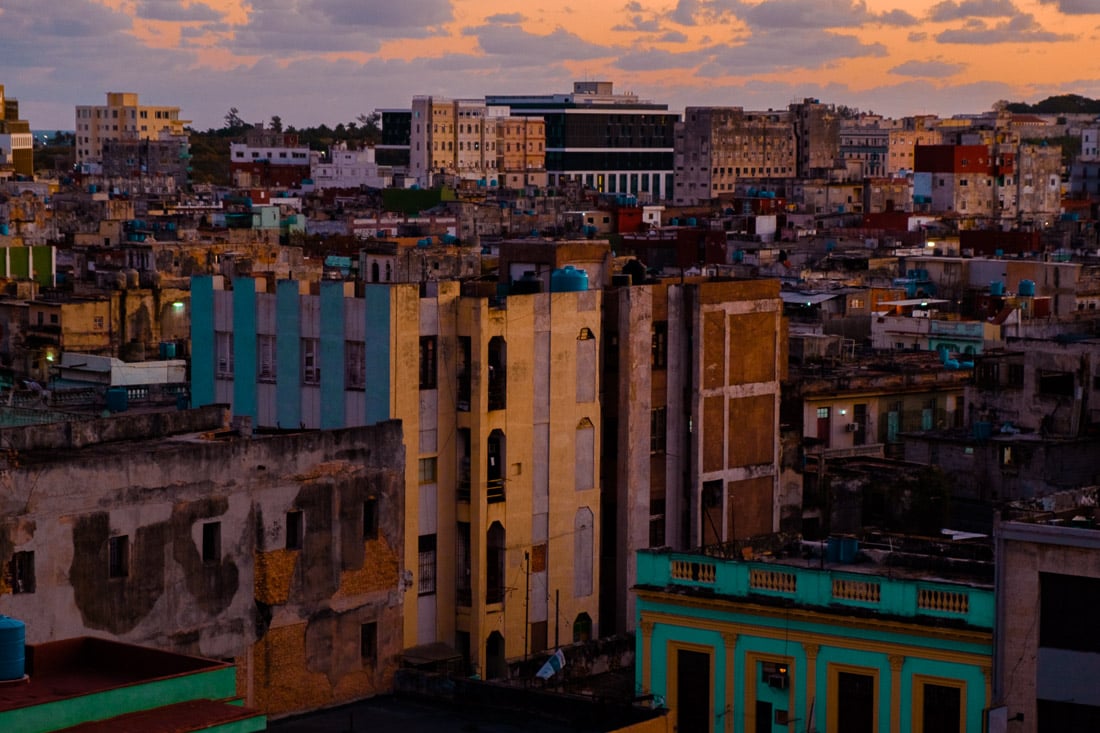
The wet season begins in June and, usually, tourists avoid travel in Cuba entirely between August and October , when there is also a risk of hurricanes. Hurricane season in Cuba is NOT to be underestimated. I would avoid coming to Cuba in Late September/ October all together, mostly because I love to dive.
That said, you will find lower prices and fewer tourists in September and October. Also you could be lucky and have long stretches of fine weather (save for a little bit of rain). Get your haggle game ready and you can score some seriously good deals on things like car rentals, accommodation, and food.
Pick up a good rain jacket, especially if you plan on visiting during the hurricane season. Check out my list of the best jackets to take traveling . Having a waterproof backpack does have its advantages as well.
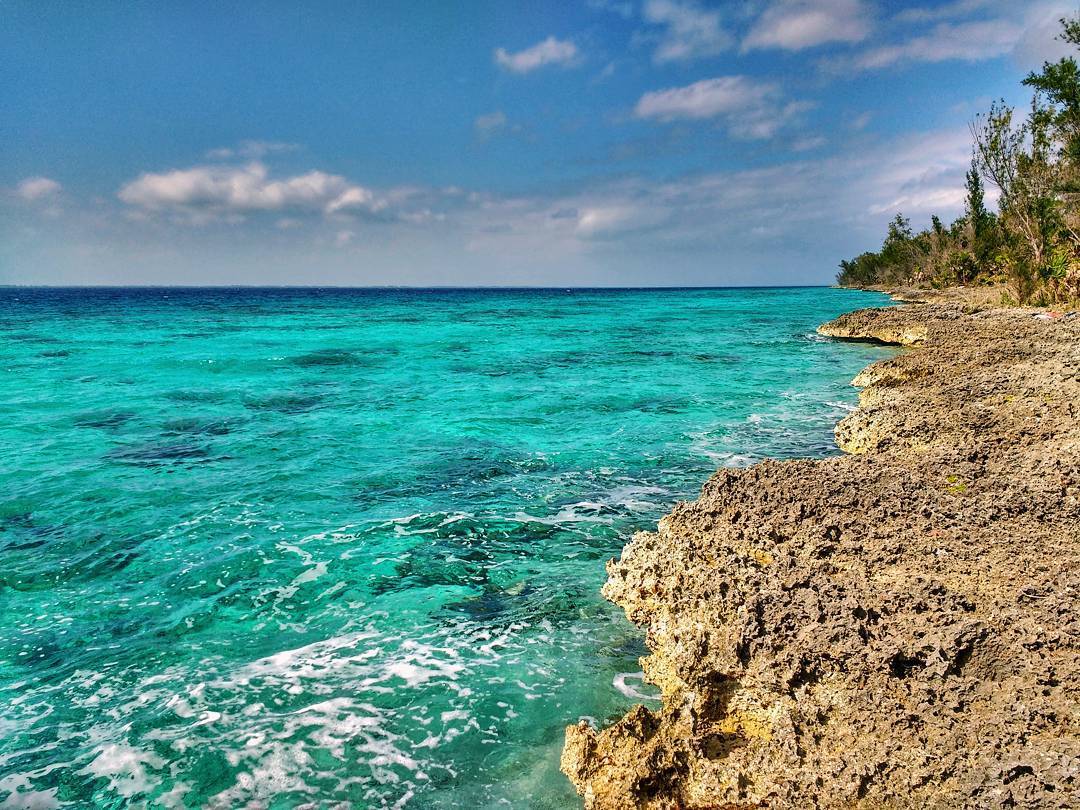
Prices in Cuba are at their highest from December—March FYI.
Festivals in Cuba
There is always something fun to get into in Cuba. Depending on the time of year you find yourself backpacking in Cuba, there are many cool festivals to check out. Here are a few of the top festivals in Cuba :
- Havana International Book Fair – February : Actually this event is held all over Cuba. The book fair is attended by book lovers, publishers, writers and celebrities. Apart from book sales, the event includes lectures from some of the authors, theatre and dance performances, and film sessions.
- Festival Del Habano – March : The is Cuba’s most important festival for cigars. It attracts cigar lovers from all over the planet.
- May Day Celebrations – May : The 1st of May is a special day in Cuba. It’s when Cuba honors workers of all classes and occupations celebrate national pride.
- International Electroacoustic Music Festival – March : Previously known as the Varadero Spring Festival, the Electroacoustic Music Festival is now held at different venues in Old Havana. It is an international event that attracts prominent composers and personalities of this genre from around the world.
- Carnival in Santiago de Cuba – July : Come on out for one of the biggest parties to be found in the whole Caribbean.
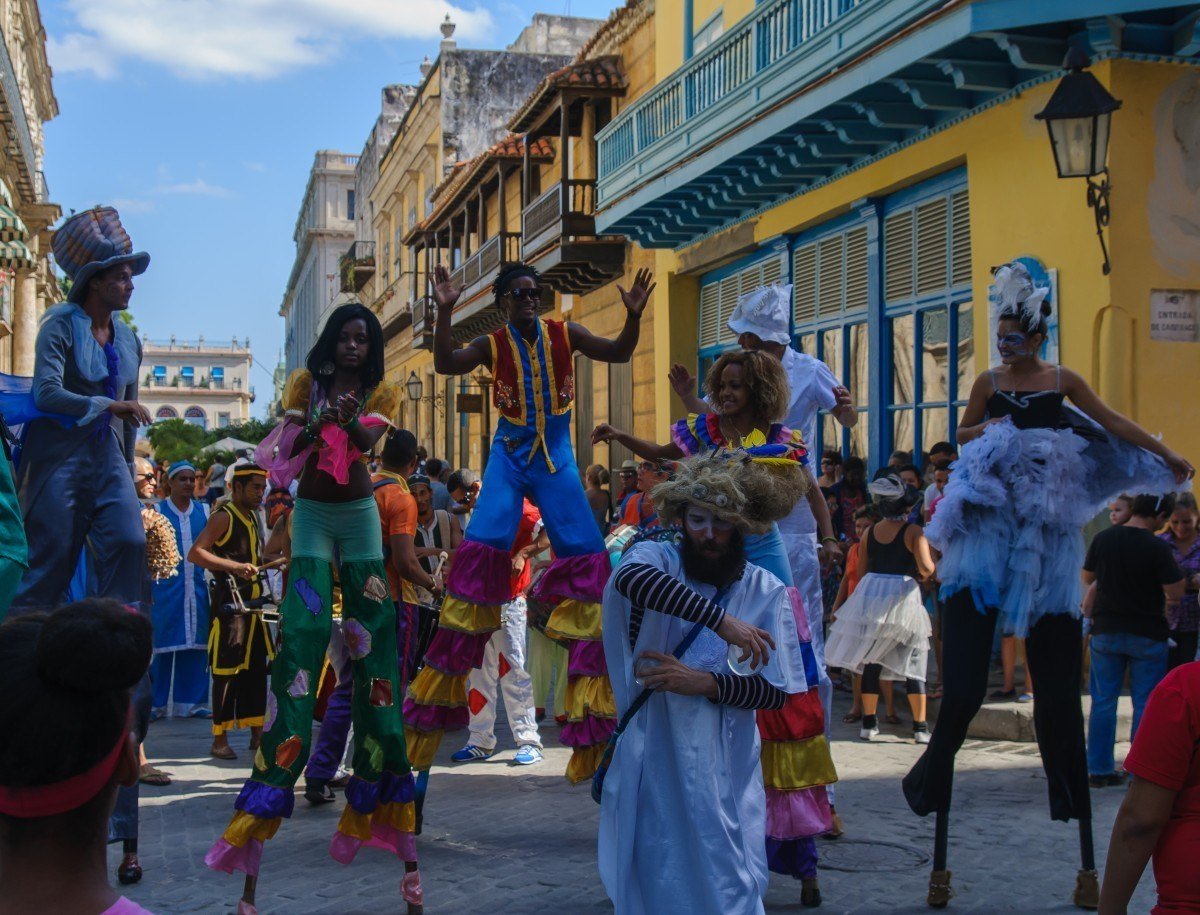
What to Pack for Cuba
Properly packing for Cuba is the first step to having a successful trip. On every adventure, there are six things I never go traveling without:

Snoring dorm-mates can ruin your nights rest and seriously damage the hostel experience. This is why I always travel with a pack of decent ear plugs.

Hanging Laundry Bag
Trust us, this is an absolute game changer. Super compact, a hanging mesh laundry bag stops your dirty clothes from stinking, you don’t know how much you need one of these… so just get it, thank us later.

Sea To Summit Micro Towel
Hostel towels are scummy and take forever to dry. Microfibre towels dry quickly, are compact, lightweight, and can be used as a blanket or yoga mat if need be.

Monopoly Deal
Forget about Poker! Monopoly Deal is the single best travel card game that we have ever played. Works with 2-5 players and guarantees happy days.

Grayl Geopress Water Bottle
Always travel with a water bottle! They save you money and reduce your plastic footprint on our planet. The Grayl Geopress acts as a purifier AND temperature regulator. Boom!
I am pleased to report that Cuba is one of the safest countries to visit in all of Latin America. Certainly, in terms of other Caribbean nations (like Jamaica for example), Cuba is super safe.
I have heard very little about backpackers being the targets of pickpockets, and even less so of violent crime (pretty much unheard of). Maybe the low crime rate is the result of an ultra-authoritarian government for 50+ years?
Maybe this safety situation is partly due to the extreme and authoritarian nature of the Castro regime spanning the last 50 years. Cubans don’t want the police (and especially the army) to visit them!
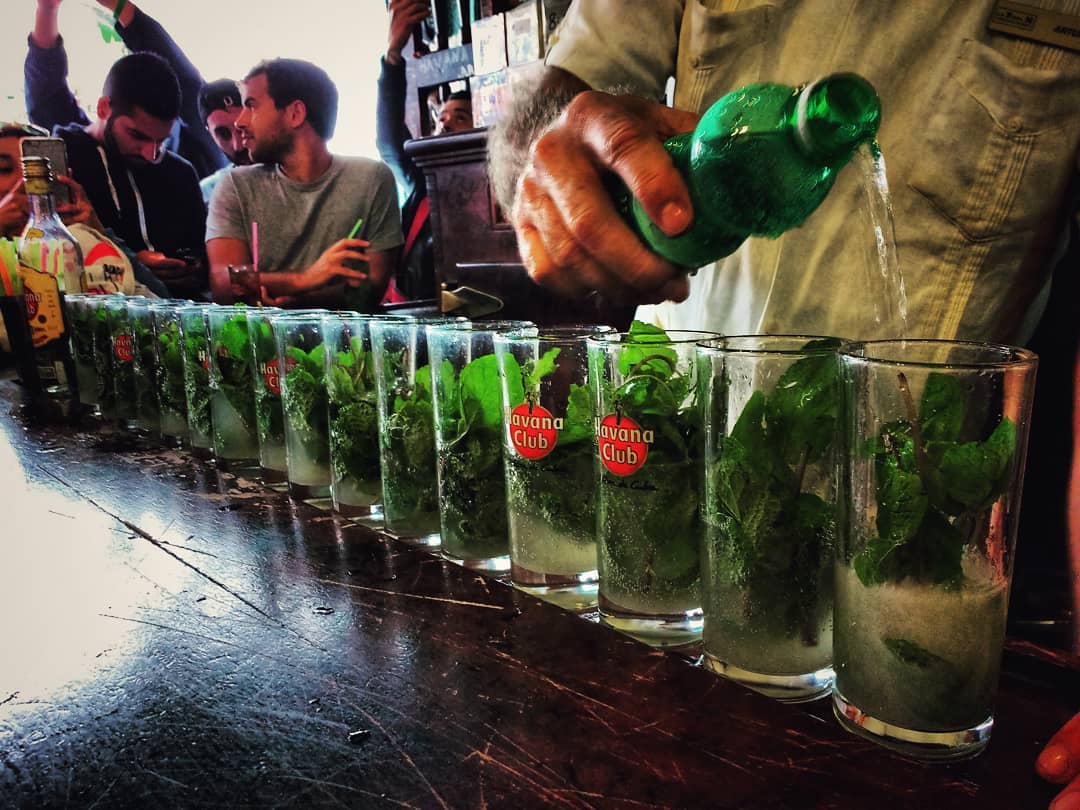
If you are planning to rent a motorbike, always wear a helmet!
Though one thing to watch for are jineteros. Jineteros are dudes that will offer to take you to the closest casa particular…with a catch. What they don’t tell you is that upon arrival they expect (and will demand) a small payment from you.
Though Cuba is super safe it never hurts to take extra steps to protect your valuables.
Check out Backpacker Safety 101 for more tips and tricks to stay safe whilst backpacking in Cuba.
Sex, Drugs and Rock ‘n’ Roll in Cuba
Drug laws in Cuba are severe. Whilst you can get a way with smoking a joint or two, even buying weed can be risky. You also never know what you’re going to get. People may try to sell you cocaine that actually ends up being laundry powder!
I was asked by random dudes on the street if I wanted to buy both coke and weed and I was also approached by prostitutes three times in Old Havana. Once out of Havana, street hustlers pretty much left us alone.
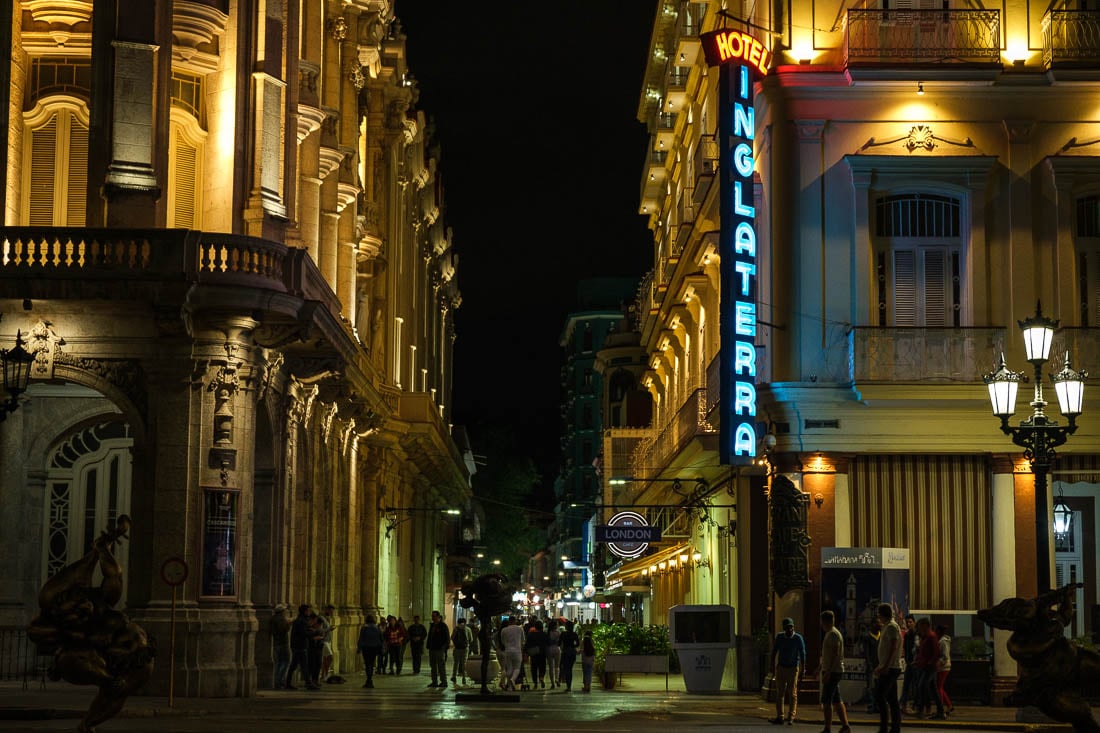
The obvious drug of choice in Cuba is alcohol. You can buy it literally everywhere…and it’s pretty cheap too (you can find shots for as little as 12 cents!).
Maybe I am overreacting to the drug laws in Cuba, but seriously, you don’t want to end up in a fucking Cuban prison full of gnarly, hardened criminals/enemies of the state.
I suggest that if you befriend a local whom you TRUST, inquire where you might be able to discreetly buy a little pot. Certainly “where can I buy some weed?” should not be the first question you ask any new Cuban friend.
In Cuba, there is no shortage of occasions or opportunities in which to get down. So. Much. Rum. I am all for people having a good time and letting loose. That said, don’t drink so much that you embarrass yourself, your country, and everyone within 100 feet of you.
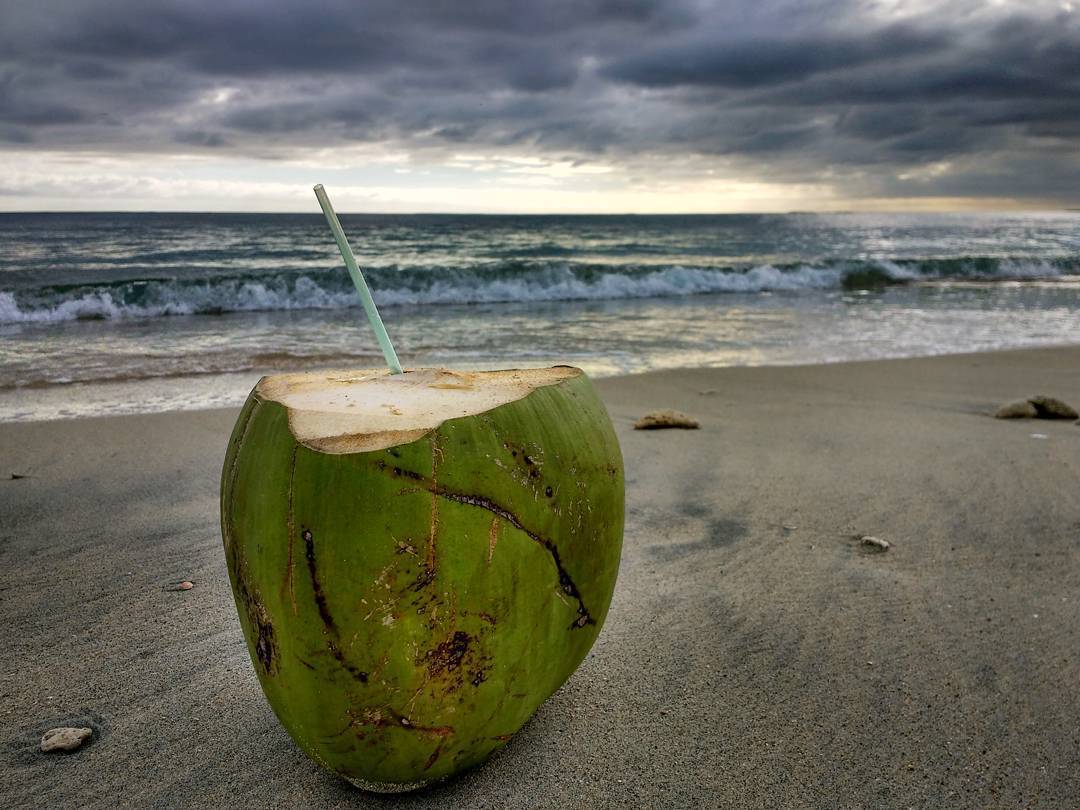
I am far from innocent. There have been many times during my travels where I let myself and the situation get out of hand. It’s easy to do! With all the booze in Cuba, it doesn’t take much before you do something that you will later regret.
Travel Insurance for Cuba
Traveling without insurance would be risky so do consider getting good backpacker insurance sorted before you head off on an adventure.
ALWAYS sort out your backpacker insurance before your trip. There’s plenty to choose from in that department, but a good place to start is Safety Wing .
They offer month-to-month payments, no lock-in contracts, and require absolutely no itineraries: that’s the exact kind of insurance long-term travellers and digital nomads need.

SafetyWing is cheap, easy, and admin-free: just sign up lickety-split so you can get back to it!
Click the button below to learn more about SafetyWing’s setup or read our insider review for the full tasty scoop.
The main international airport for Cuba is the José Martí International Airport in Havana.
Surprisingly though, there are 10 international airport in Cuba! That said, flying into Havana will be the cheapest option. If you are arriving to Cuba from Mexico, you can find budget flights under $100 one-way through Interjet Airlines.
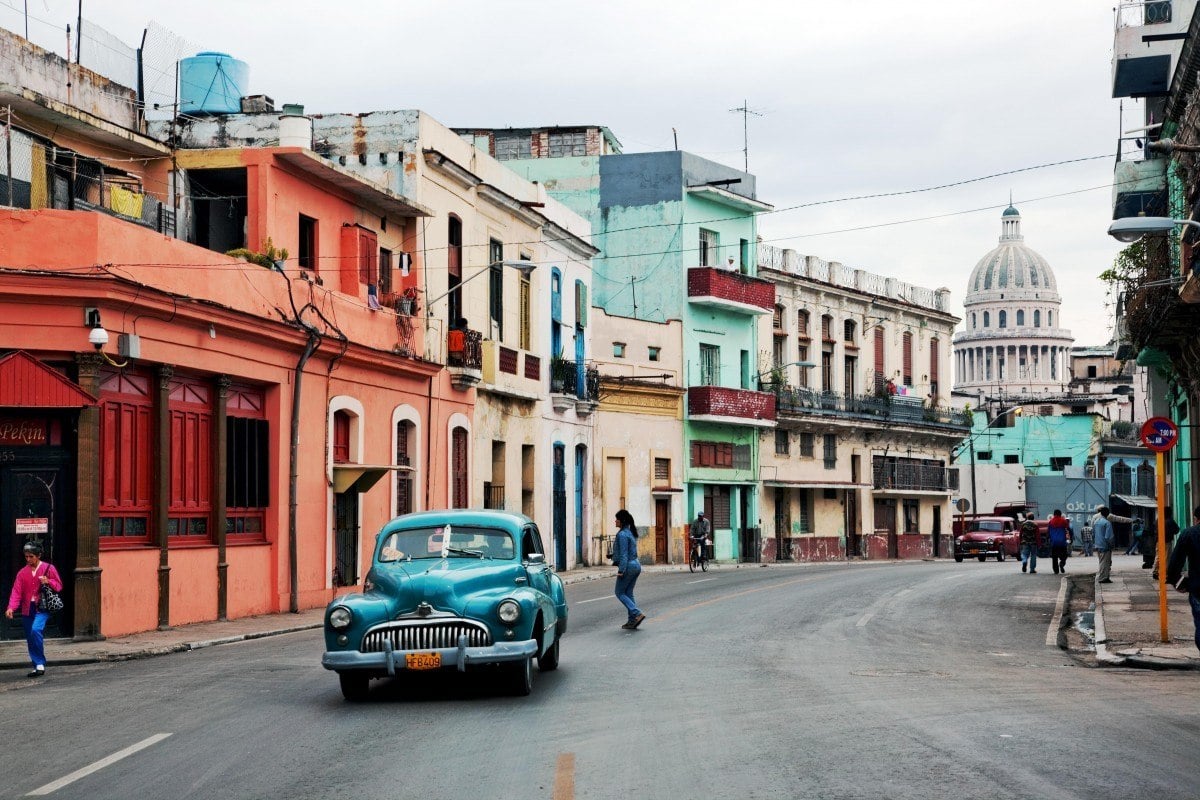
Entry Requirements for Cuba
Ah the Cuban tourist visa…
Don’t worry, these days getting a tourist visa is pretty straight forward – yes, even for Americans. All travelers to Cuba must possess a valid passport, a return ticket, travel insurance policy with medical coverage, and a visa or tourist visa. They might ask you to present all or none of these things when you go through customs in Havana. Print all the documents needed just in case.
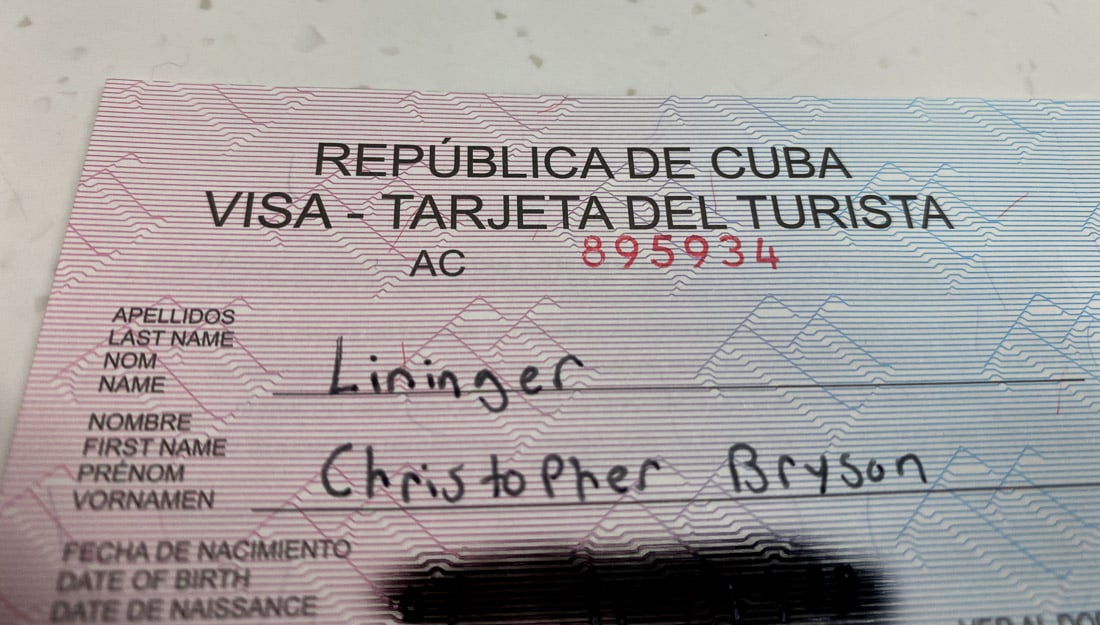
When you buy your flight to Cuba you may receive a 30-day tourist card along with your ticket and often travel insurance too as was the case when I booked with Jet Blue. Most airlines sell/give the tourist card to you at the airport.
In any case, the price for the tourist card can range from $20-$100 depending on your nationality and the airline company. As far as I know, there is not a streamlined rate for tourist cards.
I paid $50 at the Jet Blue counter in JFK airport in New York. I literally just walked up to the counter and got it sorted in 5 minutes. I think you do not need to go with any sort of visa service for this.
Once in Cuba, you’ll need to present your tourist card at customs. If, for some reason, you didn’t get the tourist card in advance, you can purchase one in the airport in Havana upon arrival. Whatever you do, don’t lose your tourist card!
Also, once you are inside the country you can extend your 30-day visa/tourist card for another 30 days (90 days for Canadians!).
Cuba Tourist Visas for Americans
For American backpackers traveling to Cuba, things are not as easy as they are for Europeans or other nationalities.
Now is the time I get to thoroughly confuse you, but I’ll do my best to make things clear! But let me get this out of the way first: AMERICANS CAN 100% travel to Cuba as tourists , even if you don’t get to say that is the reason specifically.
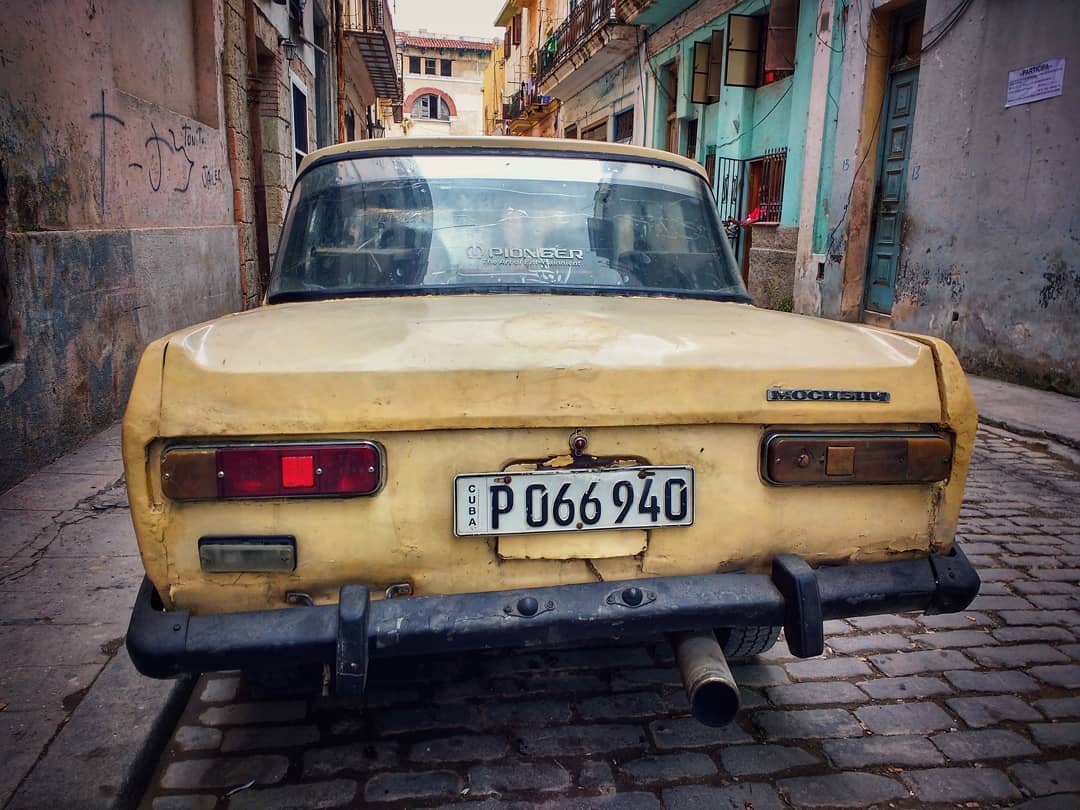
America and Cuba have not had diplomatic relations essentially since the time Fidel Castro seized power in 1959. In March 2016, President Obama announced the beginning of a process of normalizing relations between Cuba and the United States. Since then, Trump has done his best to fuck up the US-Cuba relations progress Obama opened up just like he is doing with every other aspect of the county.
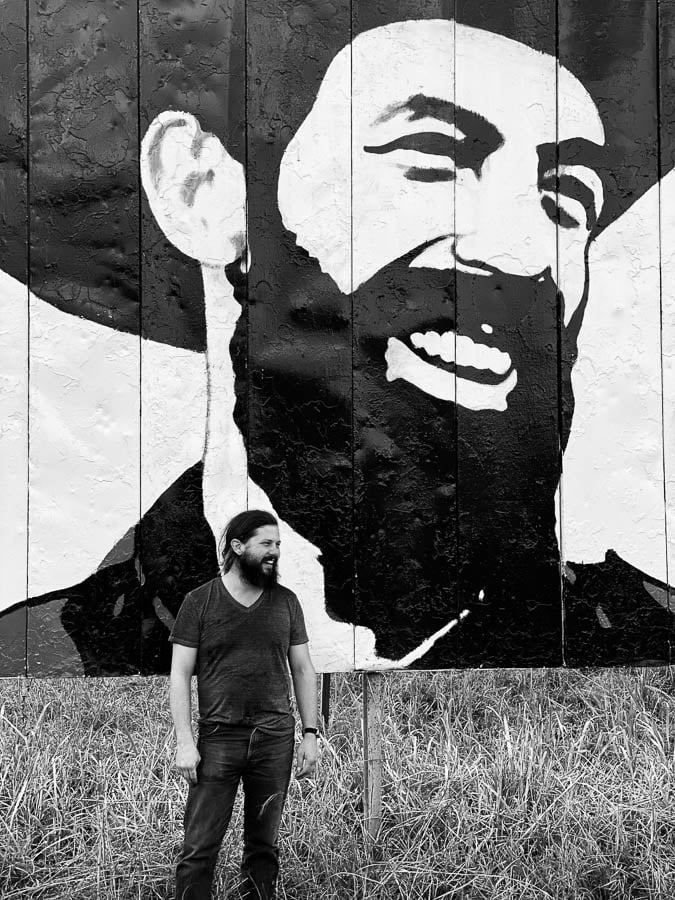
So… what does all of this mean for American backpackers?
This is the official word from the US Department of State: “Tourist travel to Cuba remains prohibited. You must obtain a license from the Department of Treasury or your travel must fall into one of 12 categories of authorized travel.”
Authorized Travel Categories For Americans
The 12 categories of authorized travel to Cuba are: family visits; official business of the U.S. government, foreign governments, and certain intergovernmental organizations; journalistic activity; professional research and professional meetings; educational activities; religious activities; public performances, clinics, workshops, athletic and other competitions, and exhibitions, and best of all, the very vague “support for the Cuban people”.
My friends and I (all Americans) came into Cuba on the “Support for the Cuban people” declaration and I suggest you do the same.
Many backpackers just say they are Catholics going to Cuba to visit its impressive churches and cathedrals and get a tourist visa based on religious grounds, with little to no proof required (praise the lord).

Get 15% OFF when you book through our link — and support the site you love so dearly 😉
Booking.com is quickly becoming our go-to for accommodation. From cheap hostels to stylish homestays and nice hotels, they’ve got it all!
The three main transportation options in Cuba are bus , taxi/private car , and renting a car . You can opt to take internal flights within Cuba but these are very expensive as I mentioned before.
When it comes to taxis it is all about the negotiation process. Taxi drivers will ALWAYS charge you more than a Cuban person. Note: taxi companies do not allow Cubans and foreigners to ride in the same taxi, so you can’t opt to share a taxi (unless maybe you speak perfect Spanish and/or look Latino).
When it comes to long-distance transport by private car, aka a taxi – I was truly shocked at how expensive it was. We were sometimes quoted as much as $500 for 5 people for a 4-5 hour car journey.
In general, transportation options in Cuba are very slow and very limited – so there were times on my trip where we had no choice but to take a taxi up to 4 hours away. If we did not do it that way, we were looking at losing potentially days of time from our trip working around bus schedules.
Viazul bus is the top bus company in Cuba for backpackers. Their prices are not super cheap but they make up for that by having very comfortable buses. The distances in Cuba can be huge, especially if you are traversing the entire island. Sometimes the prices of the bus and the taxi are the same (or less0, so if you have time to check both and compare, there might be an opportunity to save some money.
Renting a car or a motor bike will certainly give you the freedom to roam and go where you want. Each car rental company has different rules regarding how far you can travel in your rental car. Car rentals can also be expensive so shop around to find the best deal. We recommend purchasing the rental insurance with RentalCover.com to cover your vehicle against any common damages such as tires, windscreens, theft, and more at a fraction of the price you would pay at the rental desk.
The other main option is the train. Cuban trains are generally in poor condition, never run on time, and make for a pretty rude journey no matter how far you are going. That is what we heard. I actually did not take the train once while I was in Cuba fyi.
The way nicer (and way more expensive) overnight Tren Francés can get you from Havana to Santiago de Cuba quicker than any other public transport.
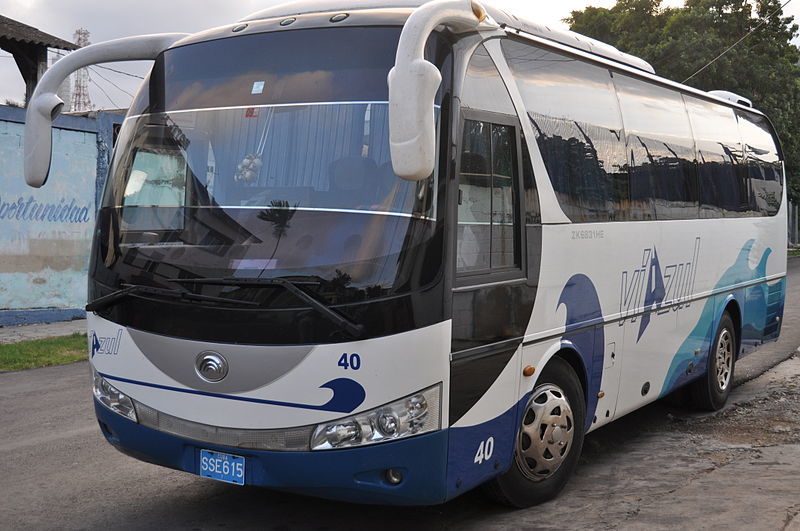
Onward Travel from Cuba
Since Cuba is an island, you will certainly be flying out when the time comes to wrap up your backpacking trip.
There are cheap daily flights running between Havana and Cancun, Mexico if your journey is taking you to Mexico and beyond Central America .
For flights to the US, the cheapest option will probably be to fly into Miami and catch another flight from there. I recommend checking out Skyscanner for the best prices on cheap flights from Cuba.
For most countries, Cuba included, solo travel is the name of the game. That said, if you are short on time, energy, or just want to be part of an awesome group of travelers you can opt to join an organized tour. Joining a tour is a great way to see a majority of the country quickly and without the effort that goes into planning a backpacking trip. However—not all tour operators are created equal—that is for sure.
Hitchhiking in Cuba
There are conflicting opinions regarding hitchhiking in Cuba. On one hand it may be illegal for Cubans to have foreigners in their cars without the proper bullshit paper work.
Other folks have told me that by law, drivers are required to pick up hitchhikers! Polar opposite information, I know, but I have not come across anything from the Cuban government specifically speaking to this.
I have also heard that in Cuba, picking up hitchhikers is mandatory by government vehicles , if passenger space is available. Hitchhiking is encouraged, as there are few cars in some areas, and designated hitchhiking spots are used. Waiting riders are picked up on a first come first go basis.
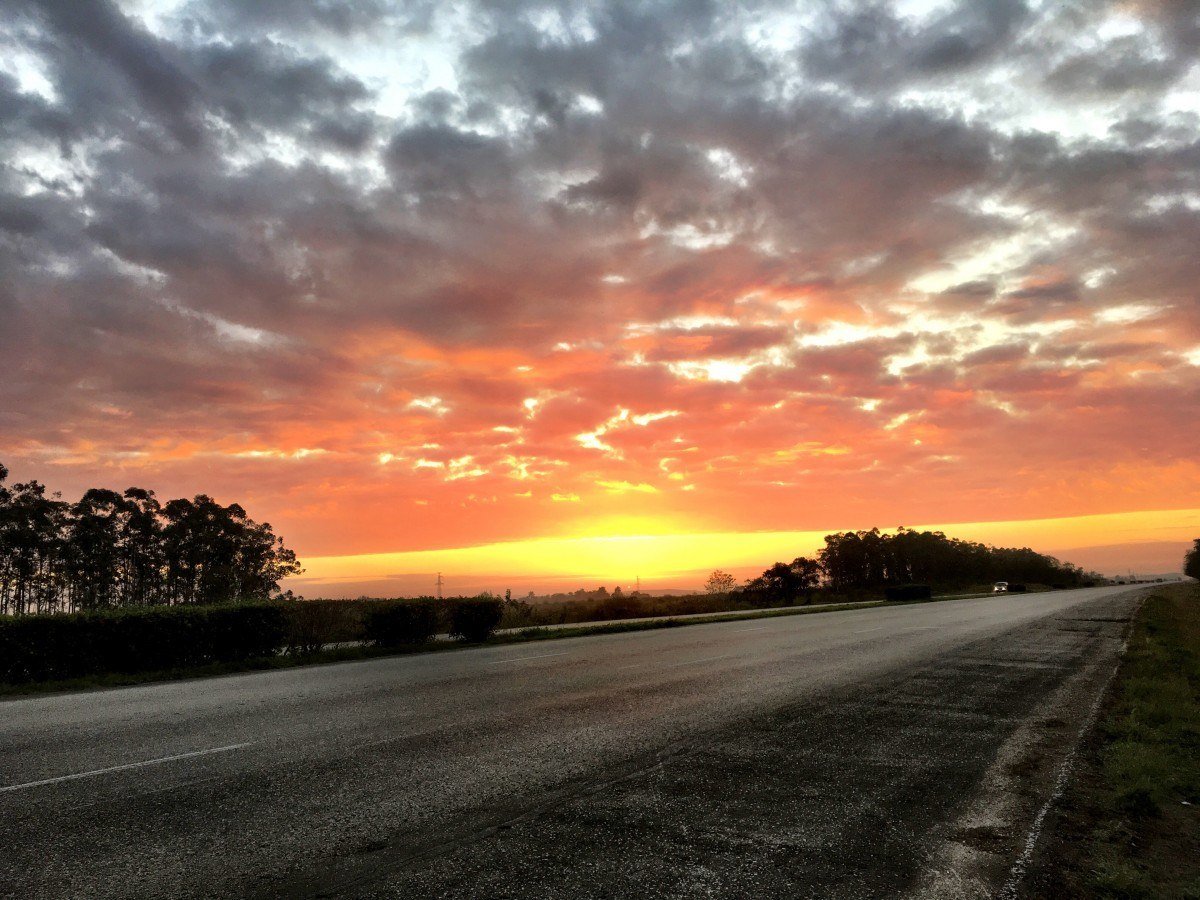
In any case, you should not find it too difficult to hitch a ride in the rural areas of Cuba (and there are many of them).
For the record, I have not personally hitchhiked in Cuba, otherwise I might have a more informed opinion on all of this.
My advice for hitchhiking whilst backpacking Cuba: go for it!
There are many ideal Central American bases that are enticing for Digital Nomads…and speaking from experience – Cuba is not one of them.
Out of all the countries I have traveled to, the internet situation in Cuba is so out-dated, expensive, and slow that working online from Cuba in any sort of real capacity really is not possible.

Also because of the nationalized nature of the communist system – it is not easy, nor financially viable for foreigners to try to work for Cuban businesses. Maybe this will change down the line, but for now, it is possible to check your email in Cuba, but beyond that consistent, accessible, fast internet does not exist.

A new country, a new contract, a new piece of plastic – booooring. Instead, buy an eSIM!
An eSIM works just like an app: you buy it, you download it, and BOOM! You’re connected the minute you land. It’s that easy.
Is your phone eSIM ready? Read about how e-Sims work or click below to see one of the top eSIM providers on the market and ditch the plastic .
What to Know About WIFI/Internet in Cuba:
Getting wifi access requires a bit of effort. You need to buy “wifi cards” – they cost $1/hour. There are special government shops that sell them, but the lines are often insane. I recommend going to any big hotel – like the Hotel Inglaterra in Havana for example – and buying as many as they will sell you (10-20).
You then need to find places with a wifi hotspot, like big hotels, public parks, and sometimes even cafes. You have to then individually input the card numbers every time you connect. Not the most efficient system in the world.
Volunteer in Cuba
Volunteering abroad is an amazing way to experience a culture whilst helping your host community. There are plenty of different volunteer projects in Cuba including teaching, construction, agriculture and pretty much anything.
High levels of poverty throughout Cuba mean there are plenty of opportunities for backpackers to offer up some time and skills. The country is in constant need of medical volunteers, English teachers, and help with conservation projects. It’s also possible to find opportunities in social work and construction. Most travelers can volunteer in Cuba on the regular tourist card for up to 6 months.
Our go-to platform for finding volunteering gigs is Worldpackers who connect travellers with host projects. Have a look at the Worldpackers site and see if they have any exciting opportunities in Cuba before signing up.
Alternatively, Workaway is another excellent common platform used by travellers searching for volunteering opportunities. You can read our review of Workaway for more info on using this terrific platform.
Volunteer programs run through reputable work exchange programs like Worldpackers and platforms like Workaway are usually very well-managed and reputable. However, whenever you are volunteering do stay vigilant, especially when working with animals or children.
Onto one of my favorite subjects! There are plenty of tasty Cuban dishes to try in Cuba. The various origins that make up the Cuban population greatly add to the diversity of flavors found in their cuisine. Let’s take a look at some of my favorite Cuban dishes to try…
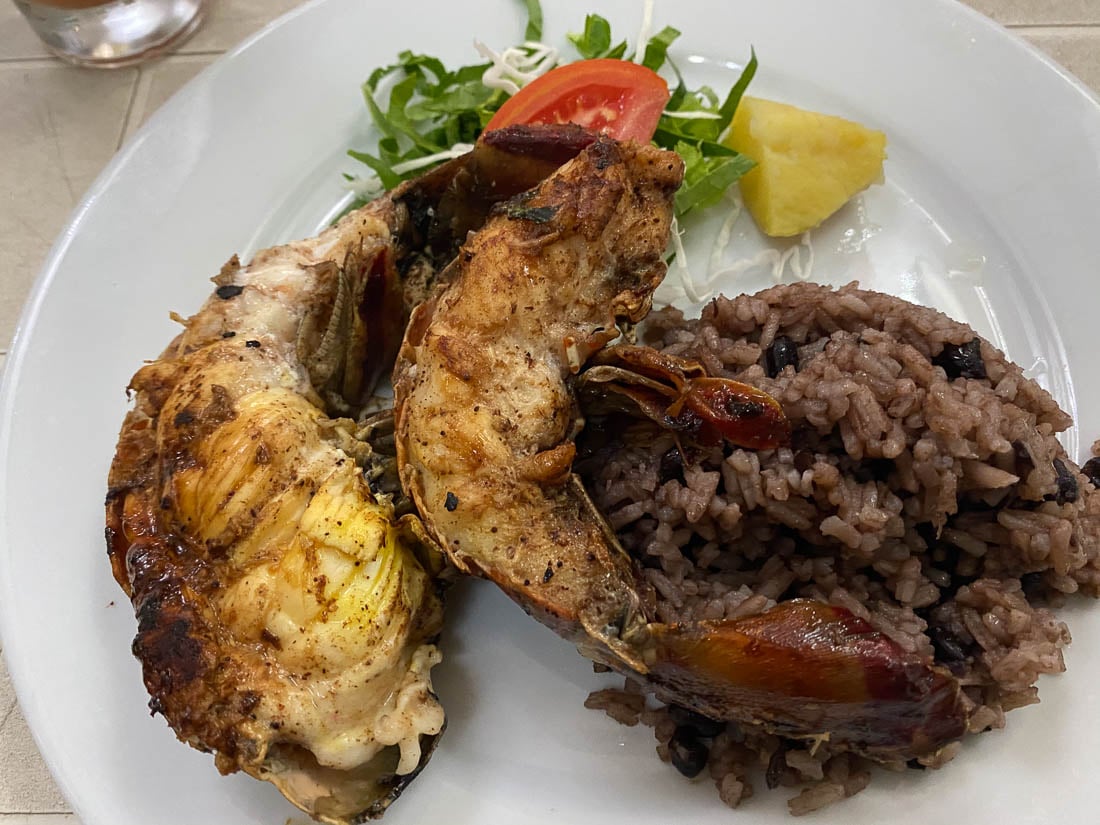
Tamales : Similar to the Mexican tamales. In Cuba, however, the meat is actually mixed with the dough and not used as a filling.
Pulled Pork : A classic, tasty, and often cheap street food.

Medianoche : The classic, late night (or literally “midnight”) sandwich found all over Cuban cities. In the States, you will find versions of the sandwich simply called a “Cuban” or “Cubano.” Ham, pulled pork, cheese, and pickles galore.
Pernil Relleno de Moros y Cristianos : This Cuban dish is made more interesting as it is filled with another Cuban dish! A pork shoulder is marinated in orange juice, garlic, oregano and pepper and then filled with rice and beans and cooked in the oven.
Ropa Vieja : The national dish of Cuba. A tasty blend of slow cooked tender beef, beans, tomatoes, and spices.
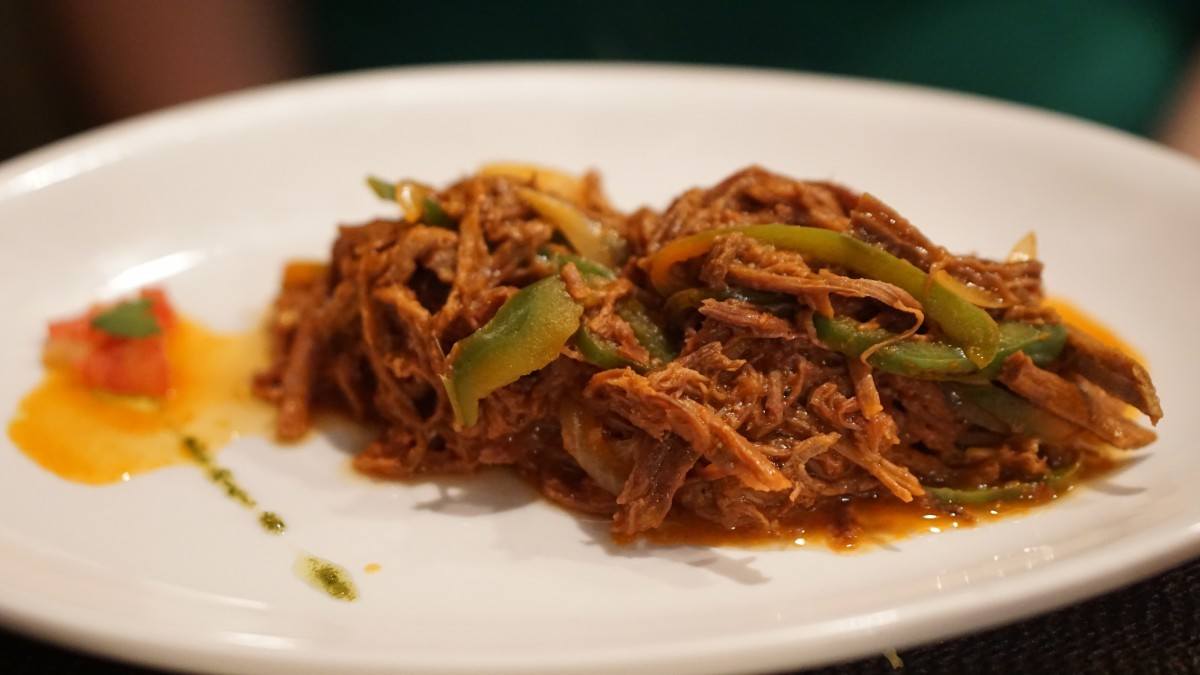
Ajiaco : This stew contains a little bit of everything: potatoes, pumpkin, malanga (a vegetable similar to topinambur), plantain, corn, meat, tomato paste, spices, beers, lemon juice and pretty much any other ingredient available.
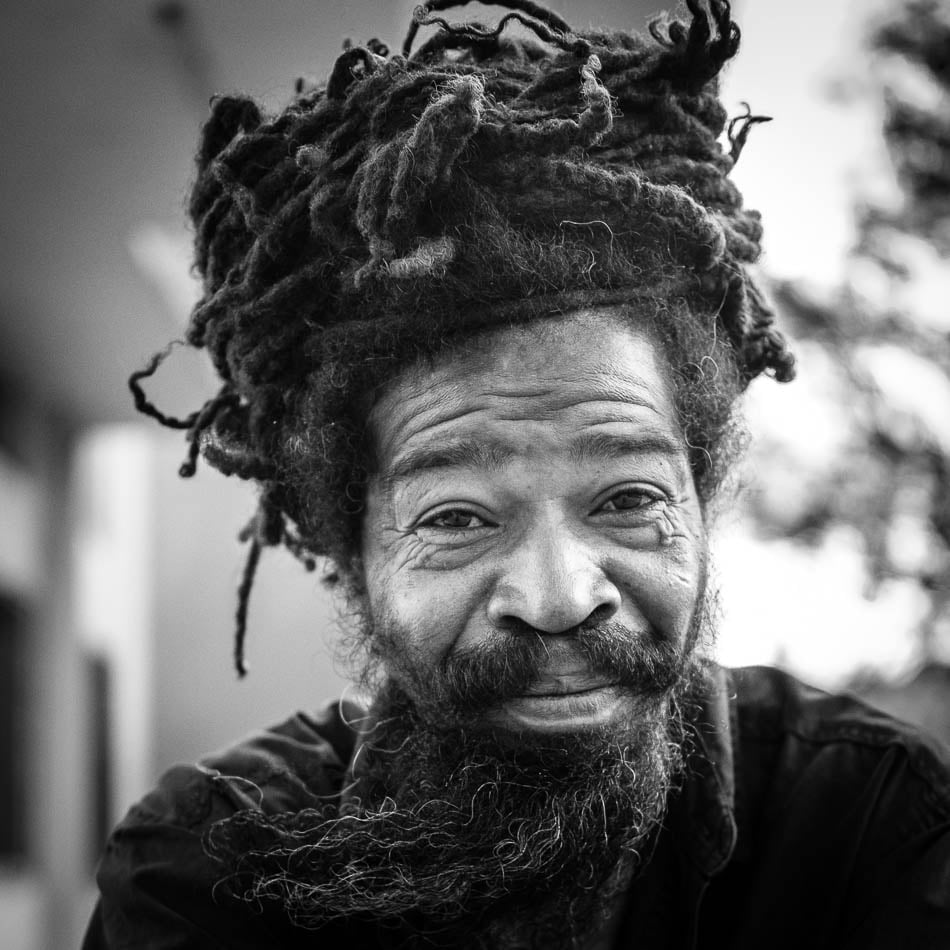
Cuba’s population is an obvious reflection of its complex history. Cuba is a multi-ethnic nation, home to people of different backgrounds. As a result, some Cubans do not treat their nationality as a citizenship with various ethnicities and national origins comprising the “Cuban people.” The majority of Cubans descend from Spaniards, or so they claim.
There is a West African cultural component (West Africans were brought to Cuba to work on plantations as slaves) which has been somewhat influential, with many Afro-Cubans also being of Jamaican or other Afro-Caribbean origin.
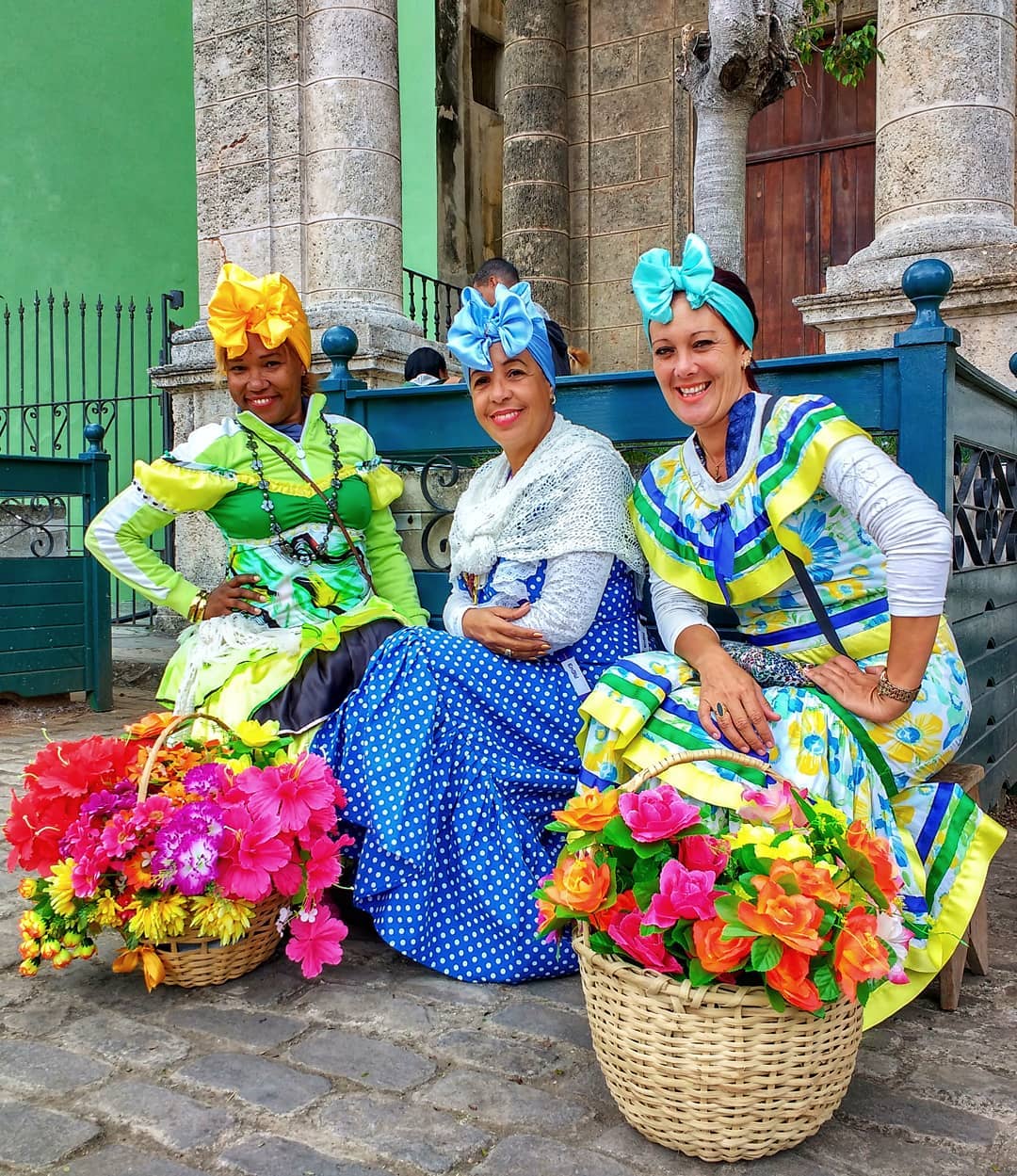
After years of being closed off from the world under a rather harsh dictator, I believe Cubans are genuinely happy to have more travelers visit their island paradise. If you can speak some Spanish, many are keen to open up for a good conversation.
Certainly, Cubans are very hospitable and welcoming people. Don’t be surprised if you make some new friends!
Cuba Travel Phrases
Learning a bit of Spanish is a great way to get the most out of your trip. When I became fluent in Spanish, it really changed the way I was able to travel in Cuba and beyond. It is such a useful language to know! You can speak it in over 20 countries!
Here are a few helpful/basic Cuba travel phrases with English translations for your backpacking Cuba adventure:
Hello – Hola
How are you? – Como estas?
Good Morning – Buenos dias
I don’t understand – No entiendo
How much? – Cuánto cuesta?
Stop here – Te detienes aquí
Where is the toilet? – Donde esta el baño?
What is this? – Que es esto?
No plastic bag – Sin bolsa de plastico
No straw please – No paja por favor
No plastic cutlery please – No hay cubiertos de plástico por favor
Sorry – Lo siento
Help! – Ayudame!
Cheers! – Salud!
Dick head! – Cabron!
Dating in Cuba
Dating and sex in Cuba are just as complicated as every other unique-to-Cuba aspect. At the same time, casual encounters/one-night stands between locals and tourists – especially local men with foreign women – are quite common and if that is something you are interested in pursuing, you just need to be safe/smart about it.
One should consider that prostitution in Cuba for both men and women is very wide-spread…some would say rampant. Because of this, it is hard to know when someone is actually interested in a romantic relationship with you vs trying to seduce you into paying them for sex – this is very true for young foreign men (yeah mate, she might actually be that into you).
Basically, if you have any hope of having a relationship with a Cuban beyond “hola” you’ll need to be in a situation where they feel comfortable to talk to you, which might be inside of a music club, bar, or on some section of beach.
Cuba almost feels like a country under some kind of strange conservative Sharia law… except when you go out and see what the people are wearing it actually has nothing to do with conservative law. On the law books, Cuba actively enforces tourist-Cuban segregation. Which feels equally bizarre. That said, I had plenty of experiences hanging out with local Cubans and the police did not bother us. In Havana, inter-nationality mingling is commonplace.
Good luck to you if you try to crack the Cuban dating code.
Books to Read About Cuba
There are so many fantastic books about Cuba that it’s hard to pick just a few! Here are some of my favorite books set in Cuba:
- The Old Man and the Sea — The Old Man and the Sea is one of Hemingway’s most enduring works. Told in a language of great simplicity and power, it is the story of an old Cuban fisherman, down on his luck, and his supreme ordeal — a relentless, agonizing battle with a giant marlin far out in the Gulf Stream.
- Our Man in Havana — First published in 1959 against the backdrop of the Cold War, “Our Man in Havana” remains one of Graham Greene’s most widely read novels. It is an espionage thriller, a penetrating character study, and a political satire of government intelligence that still resonates today.
- Explosions in a Cathedral — This swashbuckling tale set in the Caribbean during the French Revolution focuses on Victor Hugues, a historical figure who led the naval assault to take back the island of Guadeloupe from the English at the beginning of the nineteenth century.
- Guerrilla Warfare —”Guerrilla Warfare” by the revolutionary Che Guevara has become the guidebook for thousands of guerrilla fighters in various countries around the world. Very interesting even if you do not intend on fighting in a revolution. I have read it twice lol.
- Lonely Planet Cuba — It’s always handy to have a Lonely Planet in your backpack.
Brief History of Cuba
Over the course of the last 500+ years, the fate of Cuba has taken many different twists and turns.
Here is a short but important timeline to consider when trying to understand a bit of the history of Cuba:
1492 – The navigator Christopher Columbus claims Cuba for Spain.
1511 – Spanish conquest begins under the leadership of Diego de Velazquez, who establishes Baracoa and other settlements. 15 years later, the African slave trade begins.
1763 – After a year of capture by the British, Havana returned to Spain by the Treaty of Paris.
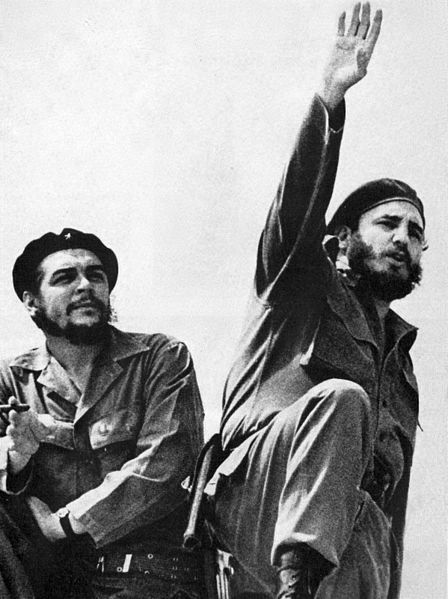
Fast forward nearly 200 years.. and plenty of really important stuff happened including the abolition of slavery (1886)… though we will focus on more recent events.
1959 – Castro leads a 9,000-strong guerrilla army into Havana, forcing Batista to flee. Castro becomes prime minister, and his brother, Raul, becomes his deputy. Che Guevara becomes third in command. A year later, all US businesses in Cuba are nationalized without compensation.
1961 – The US sponsors an abortive invasion by Cuban exiles at the Bay of Pigs; Castro proclaims Cuba a communist state and begins to ally it with the USSR.
Basically, from 1959 until the present day, Fidel Castro (until his death in 2016), and now his brother Raul in 2018 have governed Cuba under communist rule continuously. Recently, Raul Castro announced he will be stepping down as Cuba’s leader, which will mark the first time since 1959 that Cuba will exist not under a Castro individual.

For many backpackers, coming to Cuba opens up a whole new world of exciting life experiences. Backpacking Cuba offers up the unique opportunity to dive into one of Latin America’s most interesting cultures.
Between the friendly locals, beautiful natural landscapes, nightlife, and great food, backpacking Cuba is a never ending feast of awesome experiences.

Things go wrong on the road ALL THE TIME. Be prepared for what life throws at you.
Buy an AMK Travel Medical Kit before you head out on your next adventure – don’t be daft!
Trekking in Cuba
After years of government restriction, the wild landscapes of Cuba have opened up to trekkers for the first time. Here are the 5 best hikes in Cuba:
1. El Yunque : The approximately four-hour hike is a challenging one, especially if the trail is wet. Wildlife is abundant along the trail and the view of Baracoa and the Rio Yumuri from the top is breathtaking.
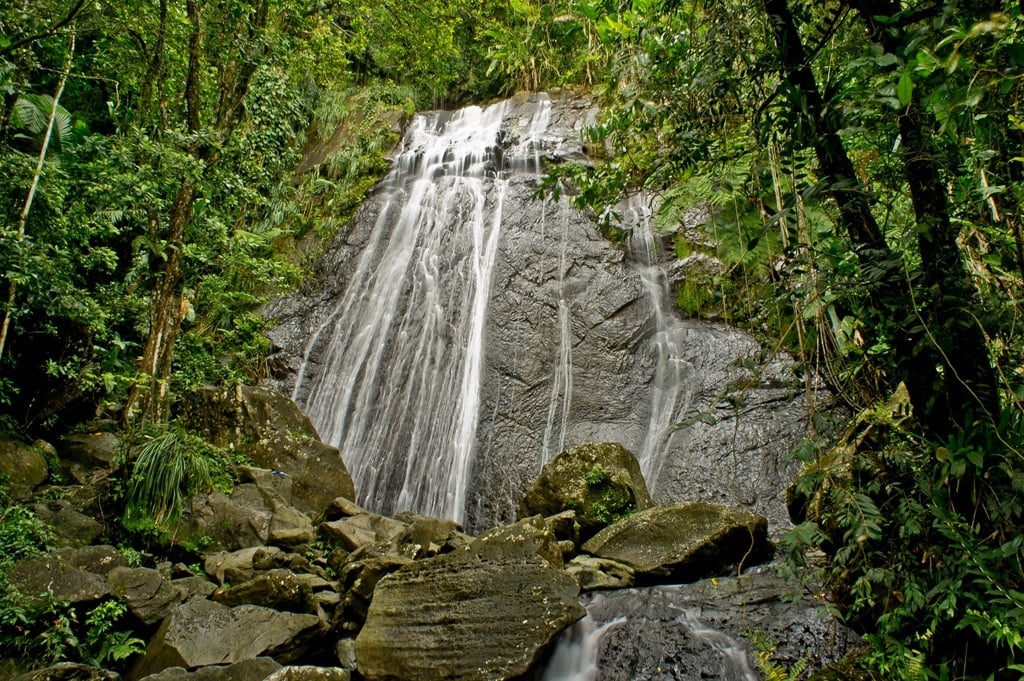
2. Vegas Grande Waterfall Hike: This was hands-down one of the best day hikes we did in Cuba. After an hour or so of hiking through jungle-forest, you reach the epic falls and turquoise pool. An excellent place to swim as well!
3. Pico Turquino : Located in the Gran Parque Nacional Sierra Maestra , this trek to the peak is a challenging two to three day adventure to the top of Cuba’s highest mountain.
4. Revolutionary Hikes : There are a number of old hiking trails formerly used by rebel soldiers during the Cuban Revolution. Their main hideout— Comandancia de la Plata located in Granma Province’s Gran Parque Nacional Sierra Maestra – was never discovered by Batista’s forces. You can now make the 4 km hike to see the site of the old camp. Pretty awesome if you like a mix of history and beautiful scenery.
5. Parque Nacional Alejandro Humboldt Hike from Moa : You can hire a guide for a short, but epic 7 km hike through one of the most biodiverse wildlife habitats in Cuba. The night hike is awesome because you can see the world’s smallest frog species (if you look closely).
Scuba Diving in Cuba
Scuba diving in Cuba can be excellent, depending on the time of year. Thanks to strict environmental protection laws and the resulting crystal clear waters, scuba diving in Cuba is world-class.
Myself and a few friends went diving off the coast of Playa Ancon. For two dives, all the gear, boat, and guide, the cost for person (who is already Open water certified) was around $60 USD. We went with Playa Ancon Dive Center (located at the end of the beach, next to the big hotel). Staff were professional and nice. They don’t have a website, so you just need to show up the day before and organize your trip with them.
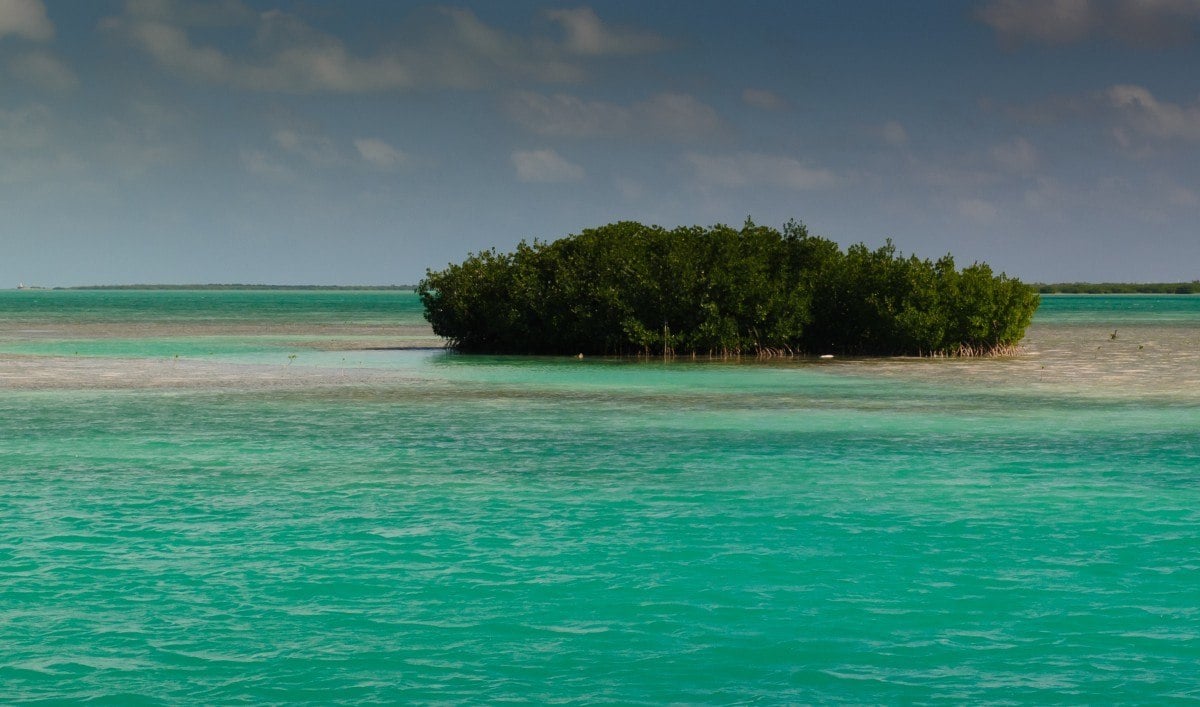
I recommend that you come to Cuba as a certified open water diver. If you are not a certified diver already, you can get your certification in Cuba, it is just more expensive than getting it in say Thailand, for example (and PADI does not operate in Cuba we found out). Here are some of the best scuba dive sites in Cuba to get you stoked on some prime Cuban diving:
- Punta Frances: Off the Isla de la Juventud.
- Around Playa Ancon (Trinidad area)
- Jardines de la Reina: South Coast.
- Cayo Largo: Another fine south coast site.
- Punta Perdiz: Right next to Cayo Largo, but located near the coast.
- Bay of Pigs: Cool shipwrecks and fish spotting around the Bay of Pigs.
- Cayo Coco: West coast, popular, though very good diving.
Cuba has done a great job protecting its coastal ecosystems. When diving in Cuba, don’t touch any of the coral or remove any shells.
Organized Tours in Cuba
G Adventures is a solid down-to-earth tour company catering to backpackers just like you, and their prices and itineraries reflect the interests of the backpacker crowd. You can score some pretty sweet deals on epic trips in Cuba for a fraction of the price of what other tour operators charge.
Check out some of their awesome itineraries for Cuba here…
You are now fully armed with the important information you need to have an awesome time backpacking Cuba.
Some advice:
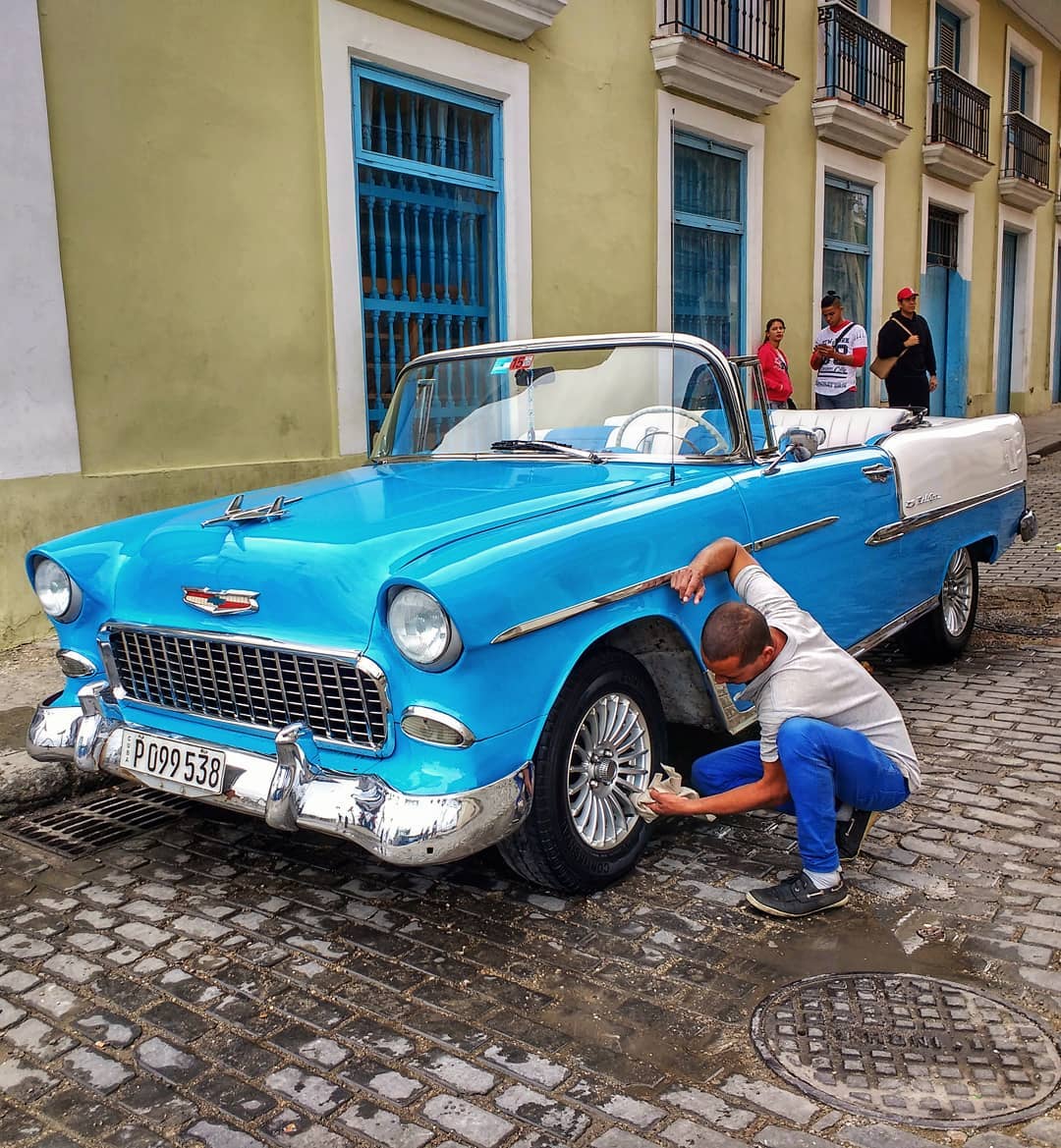
Climbing on ancient fort walls, revolutionary monuments, or other historical artifacts should be avoided. Duh! Learn to appreciate the cultural treasures of Cuba and don’t be that asshole who adds to their demise.
Cuba is one of the most untouched gems in the Caribbean, and all of Latin America for that matter. I won’t tell you that you have to hurry up and get there, otherwise it will change for the worst, but, honestly, that sentiment is probably true.
Go to Cuba and have the time of your life; do the things you’ve dreamed of, but be respectful along the way. Traveling the world makes you an ambassador for your country , which is awesome.
The entire world is changing a little every day and Cuba is no different. Sure, in 20 years Cuba will no longer be a off the beaten path destination, but such is life in the 21st century.
Whenever you do indeed make it to Cuba, I hope your time there is magical and rewarding. Cuba has a lot to offer backpackers, and it is my hope that you take the time to enjoy it thoroughly.
Have a great time backpacking in this truly epic island paradise.
Adiós amigos…
- Is Central America Safe for Travel?
- Traveling on a Budget
- Make Money While Travelling
- How to hitchhike
*Special thanks to my good mate Andrea Cacciatori for his thoughtful contributions to this Cuba travel guide and especially his stunning photography skills! In fact, Andrea is one of the best up-and-coming travel photographers and drone operators around. You can check out more of his awesome photos/drone work on Instagram @dronextravelxearth

Will Hatton
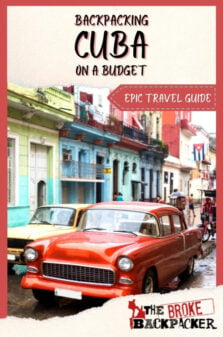
Share or save this post

13 Comments
I plan on traveling to Cuba from the United States for 3-4 weeks in January 2024. I’ve done a lot of research online. I want to do some Snorkeling and diving, As well as some swimming. I am also interested In music and dance. Maybe what’s going on out on the street rather than going to expensive clubs. Also I don’t like to stay out real late. I generally prefer Villages to cities, but I am open to both. I am a retired teacher so I do not have lots of money. I’m hoping to spend Less than an average of $80 a day for everything. I plan on staying in casa particulares . Just looking for clean safe places nothing fancy. I want to connect with the Cuban people as well. I have been having Spanish conversational lessons online for a few years now so I can have conversations in Spanish, especially if people speak slowly enough. I live in the mountains in North Carolina where we have lots of natural beauty and waterfalls. So I might be looking for something a little different than that. I do not like to lay out on the beach. I actually prefer watching waves crashing into rocks than Sandy beaches. I know some mosquitoes are inevitable But I would prefer to minimize biting insects, maybe with a windier beach? I am interested in visiting caves and Swimming in natural pools. I plan on using transportation such as collectivos and viazul. I have made several trips over the years to Latin America including Guatemala Honduras Mexico Nicaragua Chile Ecuador. Usually just 1 country for each trip of 3-7 . Just to say traveling in Latin America is not new to me.
My current plan is to go to Viñales after landing in Havana. Maybe spend a week there including going to Cayo Jutia and possibly maria la gorda ( day trip from Viñales ?) for diving and or snorkeling. Hoping to go to many caves in the Viñales area. Then I was going to playa Giron to snorkel and scuba dive Possibly caleta buena and Punta Perdiz. Then maybe to playa larga, to do some tours in Cienaga la Zapata. Then Trinidad for the music at night and Topes De Collantes during the day. Possibilities include: Lago habanabilla El Nicho waterfalls, Sendero Vegas Leaping Caburní (Salto de Caburní) Parque Guanayara La Batata
That might be it for 3-4 weeks. Based on my criteria of snorkelling diving swimming caves connecting with cubanos, Not spending too much money, and avoiding too many tourists. Does this sound like a good plan? I know I’m missing northern and eastern Cuba. And I don’t wanna spend too much time traveling between places. Would you suggest additional or substitute Locations? Are the northern beaches windier and less mosquitoes? Any recommendations of where to see waves crashing into rocks? Any possibility of going to Snorkeling and diving sites with more Coral and animal life without spending too much money? Other ideas of where to see music and dance, again without spending too much money? Do I need to reserve my transportation between cities beforehand with viazul? Or could I go In colectivos? That way would I not need to reserve in advance? Are colectivos usually air conditioned or At least comfortable? Do I need to reserve casa particulares in advance? I like the flexibility of being able to change my plan But I also don’t wanna be stuck somewhere because I don’t have transportation or a place to sleep. I greatly appreciate your time and advice.
Any idea how the internet situation has developed since this article was written? 🙂 I’m trying to go to Cuba while working remotely!
Hello, I have been in Cuba as recently as 2 weeks ago and I can tell you that the internet situation has NOT improved at all. In most cases, wifi is gained with a prepaid card (which you must wait in line for forever if you don’t buy it from the fancy hotels at a steeper cost) that costs a dollar an hour. Cuba is decades behind the rest of the world in terms of internet access. It is an awesome country to explore and disconnect for a digital detox, but perhaps the worst country I have ever been too in terms of getting shit done online.
If you are looking for a digital nomad destination, Cuba ain’t it my friend. Some cafes offer “free” wifi, but it is super slow and pretty much impossible to get any work done on that kind of connection. Go explore Cuba…it’s a rad country for sure! But don’t plan on doing much work otherwise (like me) you’ll spend way too much time hunting the internet that barely works in the first place. cheers.
Hi Craig, are you sure? Because alot of people are telling me you can’t and mentioned since trump’s laws he is making it impossible. Or only if you are coming in with a cruise? Is that true?
Hi Heather, Actually from what I have researched USA cruise ships can no longer dock in Cuba (which is probably a good thing!). The US government is cracking down on US mass tourism, probably because they can’t control it. Independent travelers can still visit Cuba despite Trump’s BS. I’m actually going back in a few months! It is possible to visit Cuba if you stick to local businesses and lodges and have a ” cultural itinerary” planned. When applying for the visa, you need to pick a “category” that you fall under. I suggest going for the “Support for the Cuban people” category. Check out this article for more info on what that entails. Good luck!
Hi there, yes I’m sure. I was there in October and I’ll be back in December. When you buy your plane ticket there are different categories and I select support for the Cuban people, which is indeed why I go. It’s that simple.
Do you know if American’s can go to Cuba or not yet?
Hi Heather, Indeed Americans can go to Cuba right now!
great in-depth article covering a lot of topics. I do think it would be good to discuss more in-depth whether you’re likely to get sick from eating food from Street vendors and whether or not you can drink water at various places or whether or not you need bottled water. Loved the article and I took a lot of notes.
Hi Craig, you’re right, that info is super relevant. We actually cover all of those topics in our Cuba Safety Guide !
Fantastic and thorough article, thanks for all the great info! This feels like it could be a one-stop shop for any Cuba adventure planning needs. I’ll be heading there soon; will let you know if anything has changed.
Enjoy your trip! Let us know what you find.
I’m landing there in two weeks, this article is a blessing. Thank you so much for publishing this! Great help. Do you have any specific recommendation (based on your experience) on where to camp and where not to? For instance you were talking about avoiding the coastline.
Leave a Reply Cancel reply
Your email address will not be published. Required fields are marked *
Save my name, email, and website in this browser for the next time I comment.
Notify me of followup comments via e-mail.
Centre d'appels Lundi au vendredi - 9h à 17h En agence - Sur rendez-vous uniquement

Trouver un forfait
- Destinations sud
Voyage Cuba
Voyage cuba : informations générales, le meilleur de votre voyage à cuba.
- Cayo Santa Maria
- Santiago de Cuba
- Manzanillo de Cuba
- Santa Lucia
Quand partir?
Les forfaits cuba.
- Articles connexes
Vous planifier un voyage à cuba , voici les informations importantes sur la destination :
Nom officiel
République de Cuba
Situation géographique
Pays insulaire des Grandes Antilles, entre la mer des Caraïbes au sud et l’océan Atlantique à l’est. L’île se trouve au sud des États-Unis (Floride), à l’est de Mexique, à l’ouest d’Haïti et au nord de la Jamaïque.
Climat tropical. Saison sèche de novembre à mars. Saison des pluies d’avril à octobre. Saison des ouragans de la mi-mai à novembre. La moyenne annuelle des températures est de 25 ◦C.
Saison touristique
De décembre à avril.
Durée du séjour
Jusqu’à six mois pour les voyageurs canadiens. Une demande de prolongation de séjour est requise auprès d’un bureau du tourisme ou des autorités de l’immigration avant le 90e jour suivant l’arrivée à Cuba.
Aéroports internationaux
Havana (HAV), Varadero (VRA), Cayo Santa Maria (SNU), Cayo Coco (CCC), Holguin (HOG), Camaguey (CMW), Santiago de Cuba (SCU), Manzanillo de Cuba (MZO), Cienfuegos (CFG), Cayo Largo (CYO)
Lignes aériennes
Sunwing, Air Transat, Air Canada/Air Canada Rouge, Westjet, Air Cubana
Le peso cubain convertible (CUC) est la monnaie utilisée par les étrangers.
Le peso national cubain ou moneda nacional (CUP) est utilisé par les locaux. Sa valeur est inférieure à celle du CUC. 1 CUC = 25 CUP.
On ne peut obtenir des devises cubaines en dehors de Cuba.
Il est préférable de convertir des devises canadiennes en devises cubaines puisqu’une surcharge de 10% s’applique à la conversion des dollars américains en pesos convertibles (CUC).
La conversion de devises peut se faire dans les bureaux de change des hôtels, des aéroports et des zones urbaines ainsi que dans les banques.
Normalement ouvertes de 8h30 à 15h30. Il est possible d’y obtenir une avance de fonds sur carte de crédit.
Port de croisières
Fuseau horaire
Temps de vol
Santé et services médicaux
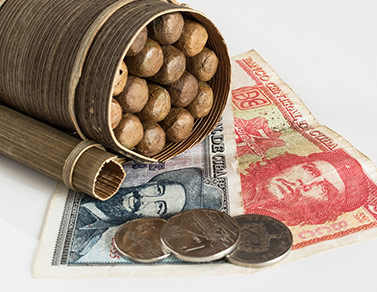
Tous les prix affichés et/ou demandés sont en pesos convertibles (CUC). Les cartes de crédit et de débit ne sont pas largement acceptées sur l’île et les guichets automatiques sont peu communs. Les cartes de crédit VISA et débit-VISA issues de banques canadiennes sont acceptées dans la majorité des hôtels et des centres commerciaux gérés par le gouvernement cubain.
Télécommunication
Le réseau de téléphone permet les communications directes à l’intérieur et à l’extérieur du pays. Plusieurs hôtels fournissent la connexion à Internet et l’accès au WIFI. L’accès à Internet et au réseau de téléphonie n’est pas gratuit. Vous pouvez vous procurer des cartes d’appels ou d’accès internet dans les hôtels et auprès des compagnies locales de téléphone.
Appeler à Cuba du Canada :
Composez le préfixe pour appel international : 011
Composez le code national de Cuba : 53
Composez ensuite code régional.
Composez finalement le numéro de téléphone.
Tension électrique
220/240 volts
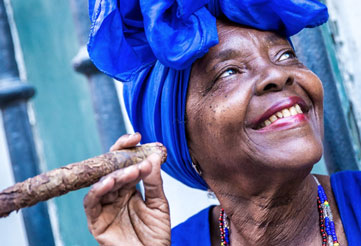
Passeport canadien valide au moins 1 mois après la date de votre retour de voyage.
Carte ou visa touristique
Requis pour entrer à Cuba. Le transporteur aérien vous le remet à l’aéroport ou dans l’avion.
Autres exigences d’entrée
Assurance maladie valide pour toute la durée de votre séjour.
Taxe de départ
Une taxe de 25 CUC par personne est exigée pour quitter le pays. Il est possible que cette taxe soit incluse dans le prix de votre billet d’avion ou de votre forfait voyage.
Quoi apporter
Partez l’esprit tranquille grâce à notre liste aide-mémoire Dans ma valise j’apporte… : Cliquez ici .
Quoi acheter
Rhum, cigares, café, tableaux et autres œuvres artistiques, souvenirs artisanaux, une Guayabera (chemise cubaine traditionnelle) et des CD de musique!
Quoi manger
La langouste, le poisson, les fruits de mer, la ropa vieja (plat de bœuf effiloché).
Se déplacer
autobus, taxi, coco taxi, location de scooter, location de voiture, bicyclette, transport privé et excursion via votre représentant à destination.
Soyez vigilants lorsque vous louez un véhicule ou un scooter. Si vous êtes responsable d’un accident, les autorités cubaines se réservent le droit de vous interdire de quitter le pays jusqu’à ce que les dommages et intérêts soient payés ou jusqu’à la fin du procès s’il y a lieu.
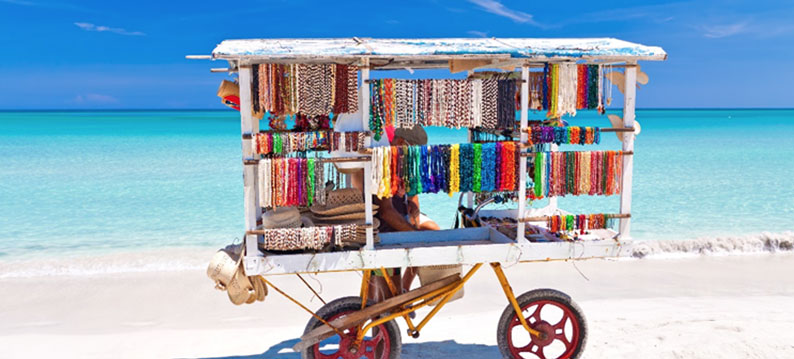
Vivez le meilleur de votre voyage à cuba grâce à :
- Des centaines de kilomètres de plages de sable blanc et d’eau cristalline.
- À peine 3h30 de vol.
- Une culture colorée, riche, festive et sensuelle.
- Un paysage figé dans le temps.
- Terre d’accueil d’un un grand nombre de sites déclarés patrimoine mondial par l’UNESCO.
Préparez-vous à faire votre entrée dans un monde à part. Figé dans le temps, Cuba déploie tout son charme dès les premiers instants. Une fois la zone aéroportuaire franchie, la vraie vie cubaine s’ouvre à vous. Les vielles bagnoles déambulent, les écoliers et écolières vêtus de leur joli uniforme gambadent sur le chemin de l’école et les jeunes adultes se courtisent sur un rythme de salsa sous le regard bienveillant des plus anciens qui, un cigare à la bouche, jouent aux échecs à l’ombre d’un arbre du parque central . Il fait beau, il fait chaud, le rhum coule à flots ; bienvenue à Cuba!
Terre d’accueil de deux zones classées Réserves mondiales de la Biosphère, Cuba est choyé par la nature et est riche en écosystèmes. Les expéditions sont nombreuses, allant de la mangrove à la forêt tropicale, jusqu’aux sommets verdoyants de la Vallée de Vinales. La faune et la flore aquatique sont aussi d’une grande richesse. Une journée en mer s’impose pour plonger et explorer les fonds marins encore intacts.
Pays de soleil et de chaleur, les côtes cubaines abritent un peu plus de 600 plages. Toutes paradisiaques, grâce à leur sable blanc et leur eau limpide, elles invitent au farniente!
Lors de visites de plantations de café, de fabriques de cigares, de distilleries de rhum ou de champs de canne à sucre, le peuple cubain partage son précieux savoir-faire.
Entre la mer et les montagnes se trouvent des villes coloniales où l’on peut s’imprégner de l’histoire fascinante d’une île à la culture vibrante. Faites le plein de souvenirs dans les nombreux musées et sites historiques, émerveillez-vous devant l’art cubain et risquez quelques pas de danse à la discoteca!
Voyage Cuba : une île, 10 destinations
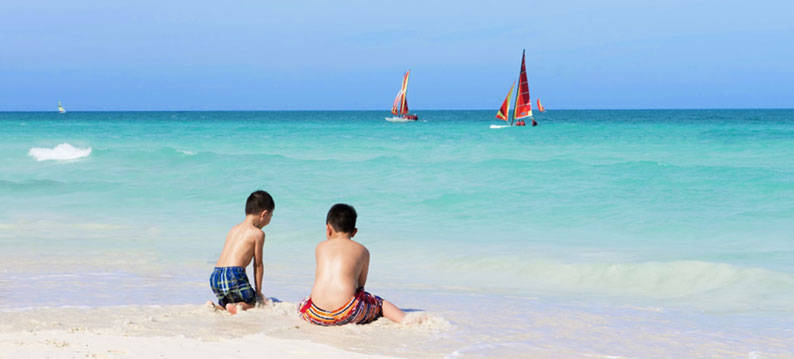
Découverez nos meilleurs destination pour Voyager à Cuba :
1. Varadero
- 21 kilomètres de sable blanc et d’eau turquoise.
- Une proximité sans pareille avec les locaux.
- Une vie nocturne exaltante.
Véritable paradis caribéen, la péninsule de Varadero à Cuba offre plus de 21 kilomètres de plages de sable blanc et d’eau turquoise. D’un bout à l’autre de la planète, on s’entend pour dire que ce sont là les plus belles plages au monde. Les amoureux de la mer peuvent aller à la rencontre de l’océan Atlantique lors d’une balade en catamaran, d’une excursion de pêche en haute mer ou encore de plongée sous-marine dans la région de Jibacoa. La station balnéaire et ses environs regorgent d’activités et d’excursions de tous genres. Golf, visite de grottes, randonnées pédestres, découverte de la faune et de la flore à la Réserve écologique Varahicacos, visite de La Havane et spectacle en plein-air au Cabaret Tropicana Matanzas ne sont que quelques exemples. Prenez place à bord de l’autobus touristique Hop on, Hop off et partez à la découverte de la ville. Faites connaissances avec les locaux aux marchés publics et découvrez les saveurs cubaines dans l’un des nombreux restaurants. En soirée, laissez-vous porter par la frénésie de la vie nocturne. Laissez-vous surprendre par la fièvre de la danse dans l’un des bars, cabarets, discothèques et cafés de la ville.
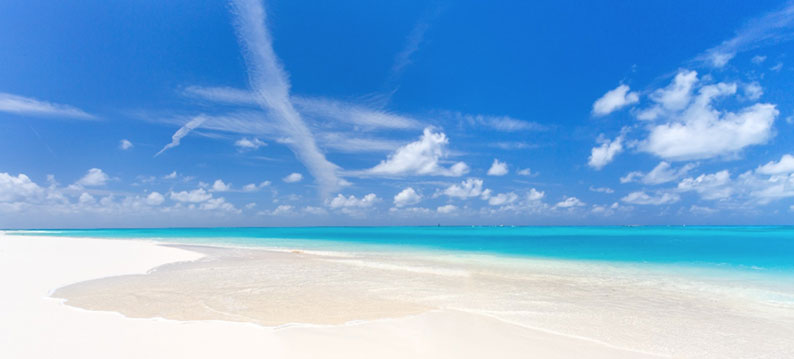
2. Cayo Santa Maria
- Plages idylliques où se reposer en famille et en amoureux.
- De fascinantes villes coloniales à visiter.
- Paradis des sports nautiques.
Dans la province de Villa Clara, au large de la côte nord de Cuba dans la Bahia de Buena Vista, se trouve la sublime station balnéaire Los Cayos de Villa Clara . La station fait partie de l’archipel Jardines Del Rey et elle regroupe 3 îles appelées Cayo Las Brujas, Cayo Ensenachos et Cayo Santa Maria. Destination par excellence pour les escapades entre amoureux, ses plages immaculées, sa mer scintillante et les cocotiers valsant au gré du vent en font un lieu paradisiaque. Cayo Santa Maria est l’endroit idéal pour se détendre et lézarder au soleil dans une ambiance intime. S’amuser dans le sable, jouer dans l’eau ou rencontrer des dauphins rendront les enfants heureux comme des poissons dans l’eau. Bien qu’il soit difficile de quitter la plage, Santa Clara et Remedios sont deux villes fascinantes à découvrir. Lorsque le soleil se couche et que la chaleur s’estompe, les voyageurs peuvent s’aventurer au Pueblo Las Estrellas, une plaza touristique où l’on retrouve un marché d’artisanats, des boutiques, des bars, des restaurants, une discothèque et une aire de jeux pour les enfants.
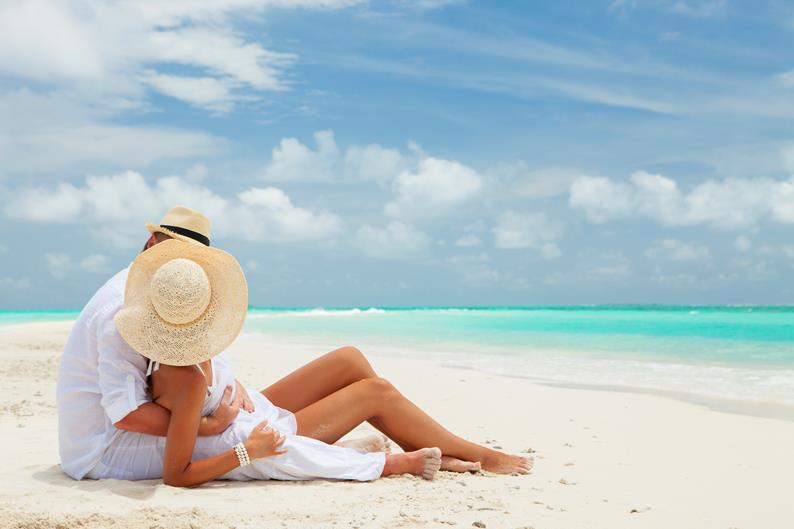
3. Cayo Coco
- 400 kilomètres de récifs coraliens.
- Endroit reconnu pour la pratique du kitesurf .
- 22 km de plages peu profondes et idéales pour les enfants.
Cayo Coco et Cayo Guillermo sont deux îles de l’archipel Jardines del rey situées dans la province de Ciego de Avila. Elles attirent chaque année bon nombre de voyageurs en quête de détente et de bains de soleil. Réputé pour ses plages, dont la célèbre Playa Pilar, ses eaux calmes et peu profondes, Cayo Coco est sans contredit une destination de choix pour les vacances au bord de la mer en famille, en couple ou entre amis. Les conditions qu’offre Cayo Guillermo sont idéales pour le kitesurf, sport emblématique de la destination. Les 400 kilomètres de récifs coraliens ont de quoi éblouir les fervents de plongée sous-marine. Outre la mer, Cayo Coco à Cuba se distingue par son environnement naturel luxuriant. Entre mangroves et flamants roses, une journée en plein-air vous permettra de découvrir son abondante biodiversité. Montez à bord du Jardines del Rey Panoramic Bus Tour pour découvrir les environs. Riches culturellement, les villes de Moron et Ciego de Avila sont un charme à explorer. Faire la fête à Cayo Coco est aussi un incontournable. Déhanchez-vous au club de danse La Grotta ou faites la fiesta sur la plage au coucher du soleil.
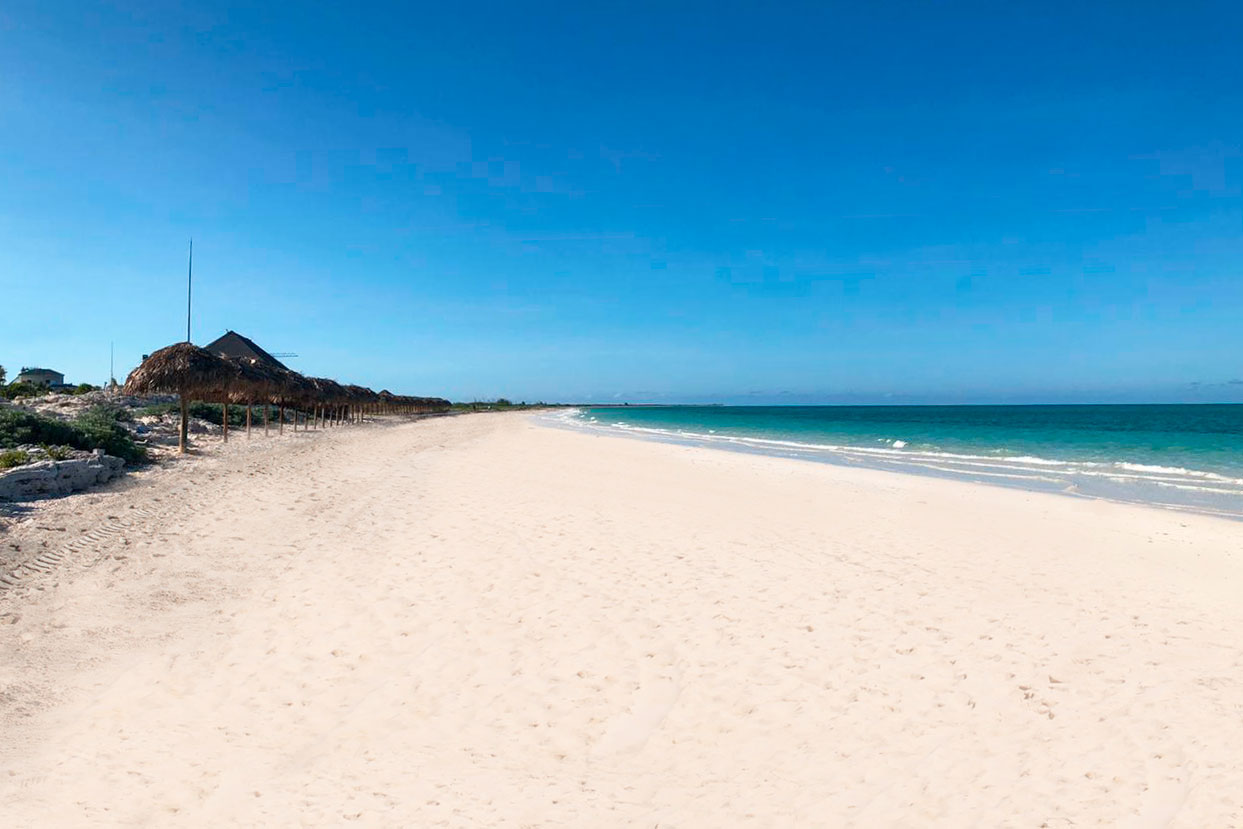
4. Cayo Cruz
- Nouvelle destination cubaine depuis 2019.
- Idéal pour la pêche en haute mer.
- 25 km de plages immaculées accompagnées d’eaux cristallines calmes.
Destination nouvellement offerte sur le marché touristique, Cayo Cruz saura plaire aux amateurs de plage et de pêche sportive. Cet îlot fait partie du même archipel que les fameuses Cayo Coco et Cayo Guillermo. Pour s’y rendre, on doit atterrir à l’aéroport de Jardines del Rey à Cayo Coco. Cela donne l’occasion de profiter de vues imprenables sur la mer une fois sur la route vers ce petit paradis. Le farniente est à l’honneur lorsque l’on visite cet havre de paix. Prenez une marche sur la plage longue de plusieurs kilomètres ou encore montez à bord d’un catamaran le temps d’un après-midi pour profiter des vents marins et du soleil. Pour les plus sportifs, partez à l’aventure à bord d’une embarcation conçue pour la pêche et profitez d’une expérience exceptionnelle dans un des parcs marins les plus réputés du pays. Il est aussi possible de faire plusieurs autres activités nautiques sur les eaux turquoises et calmes de Cayo Cruz.
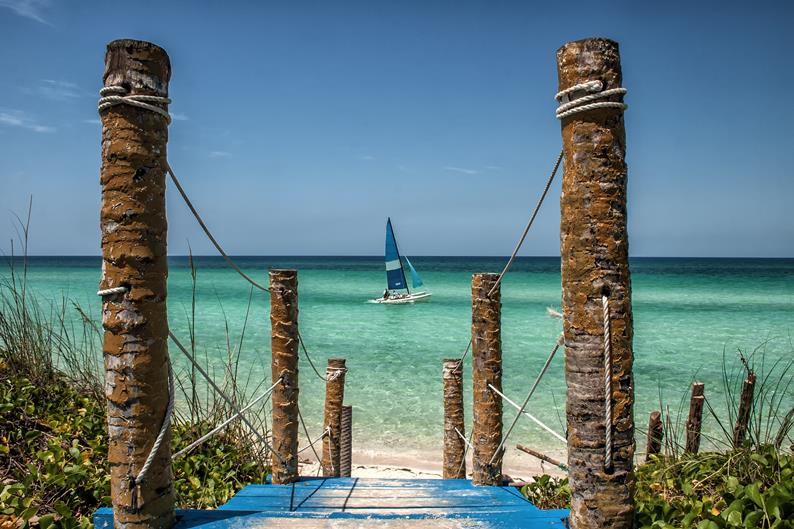
- Combine la mer, la campagne et la ville
- Superbes plongées en apnée
- Villages pittoresques dans les environs
Prisée pour ses chaudes températures durant les mois d’hiver, ses paysages ruraux, ses reliefs verdoyants et sa musique cubaine entrainante, Holguin est une destination de choix. Elle combine le meilleur des deux mondes; une ville coloniale au charme infini et des plages de sable fin bordant le grand bleu d’azur. Surnommée La ville des parcs , une visite d’Holguin est un incontournable pour s’imprégner de son histoire, de sa culture et de sa personnalité. À vélo ou en vielle bagnole, admirez toute la splendeur des paysages naturels. Profitez d’une belle journée à la plage et explorez quelques-uns des plus beaux sites de plongée en apnée de l’île. Près de la mer se trouve le petit village de Guardalavaca où il fait bon faire des emplettes au marché d’artisanat ainsi que le village de pêcheurs Santa Lucia où il faut absolument s’arrêter le temps de partager un café avec l’habitant.

6. La Havane
- Centre historique et culturel.
- Excellente gastronomie.
- Incroyable vie nocturne et nombreuses options de divertissement.
Capitale du pays, capitale de la culture et centre historique, La Havane est un véritable musée à ciel ouvert. Une simple balade dans les rues pavées, colorées et sinueuses de la Vieja Havana vous permet d’apprécier la beauté exceptionnelle de l’architecture coloniale. Les nombreux musées, sites historiques, théâtres et galeries d’art rassasient l’appétit des plus curieux. Un arrêt à la Plaza de la Revolucion vous transportera dans une époque intense et marquante de l’histoire du pays. Succombez au charme de la ville et allez à la rencontre des cubains sur la promenade du Malecon, prenez l’apéro au célèbre Bodeguita del Medio, savourez un repas cubain au restaurant El Patio et faites incursion dans la culture cubaine au célèbre Cabaret Tropicana. Offrez-vous une expérience unique et authentique, posez vos valises quelques jours à La Havana!
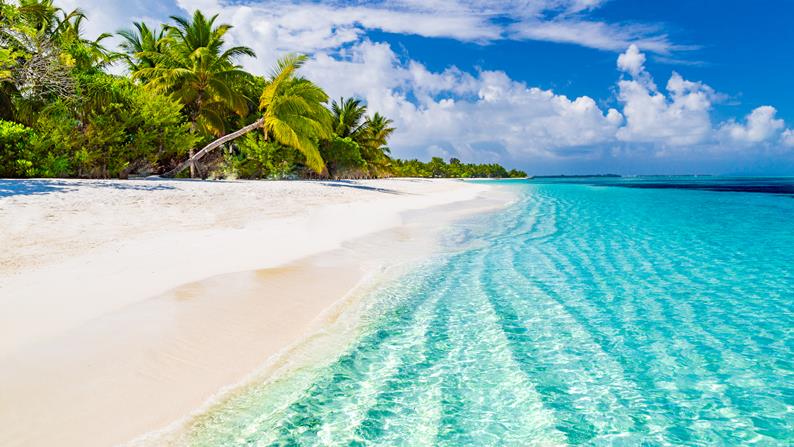
7. Cayo Largo
- Évasion dans un cadre naturel et intime.
- Plage pour naturiste.
- Présence accrue de la faune.
Vous rêvez d’une évasion lointaine sur une île vierge de la mer des Caraïbes? Cayo Largo est une île paradisiaque où l’on peut se laisser bercer par le vent chaud et la douceur des vagues. Si cela vous chante, laissez tomber tous vos vêtements et dévoilez-vous aux rayons du soleil sur la plage naturiste. Outre les journées de détente à la mer, la petite île est également l’endroit idéal pour explorer les récifs coraliens et les épaves de naufrages survenus entre 1563 et 1784. Faites connaissance avec les tortues marines au centre de protection des tortues et découvrez la merveilleuse faune environnante. Les singes de Cayo Cantiles vous feront sourire, tandis que la grande variété d’oiseaux de Cayo Pajaras vous éblouira. L’île voisine s’appelle l’île de la Jeunesse, un lieu unique et magnifique à visiter. Les sports nautiques sont en tête de liste et la pêche y est souvent miraculeuse! Thon, mérou et barracuda sur le grill sont délicieux.
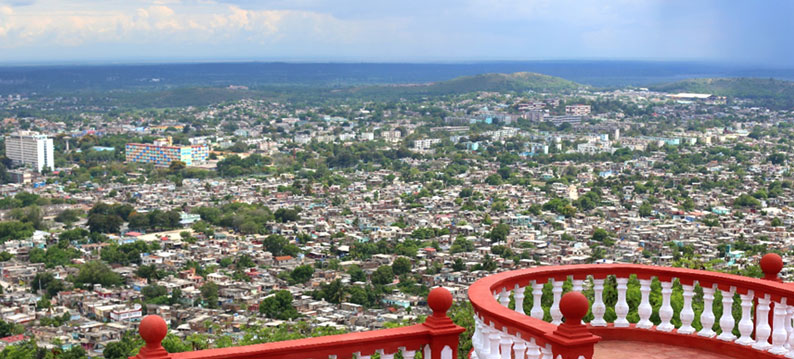
8. Cienfuegos
- Architecture raffinée et histoire fascinante.
- Lieu de naissance du célèbre chanteur cubain Benny Moré.
- Trinidad, ville classée au Patrimoine culturel par l’UNESCO.
Cienfuegos, appelée La Perle du Sud, est une ville singulière de par son apparence raffinée. On y ressent encore l’influence des colons françcais, ce qui en fait un lieu historiquement fascinant et architecturalement prestigieux. Non loin de là se trouve la ville éclatante de Trinidad . Classée au Patrimoine culturel par l’UNESCO, une visite de quelques heures n’est pas suffisante! Outre les découvertes citadines, la région offre de belles plages donnant sur la mer des Caraïbes, d’excellents restaurants de poissons et de fruits de mer ainsi que des spectacles de musique enivrants. Cienfuegos est également la ville d’accueil de nombreux événements et activités culturels. C’est là qu’a lieu le Festival international de Musique Pop Benny Moré, les régates et autres tournois aquatiques.
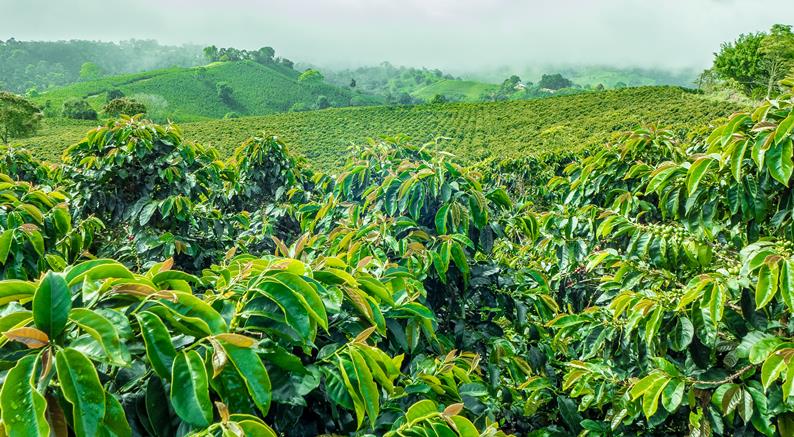
9. Santiago de Cuba
- Vaste éventail d’activités en nature.
- Visite de distilleries et dégustation de rhum cubain.
- Attrayante ville caribéenne.
Entre les splendides montagnes de la Sierra Maestra et la paisible baie de Santiago de Cuba, à tous points de vue le panorama est magnifique. Renouvelez sans cesse le contact avec la nature grâce aux nombreuses réserves naturelles et biosphères de la région. Les plages de sable doré et la mer calme appellent à la détente. Situé au sud de Cuba, la chaleur torride et le soleil constant vous y attendent! La région abrite plusieurs plantations de café et distilleries de rhum. Lors d’une visite, les propriétaires vous partageront avec générosité leur savoir-faire. Ville cosmopolite à l’histoire fascinante de par son rôle important dans la révolution cubaine, Santiago de Cuba mérite qu’on s’y attarde, ne serait-ce que pour apprécier sa beauté architecturale, son atmosphère caribéenne et son riche héritage culturel. Réputée comme étant le lieu de naissance de nombreux styles musicaux, une part importante de l’identité cubaine, la ville regorge de bars, cafés et cabarets de spectacles musicaux.
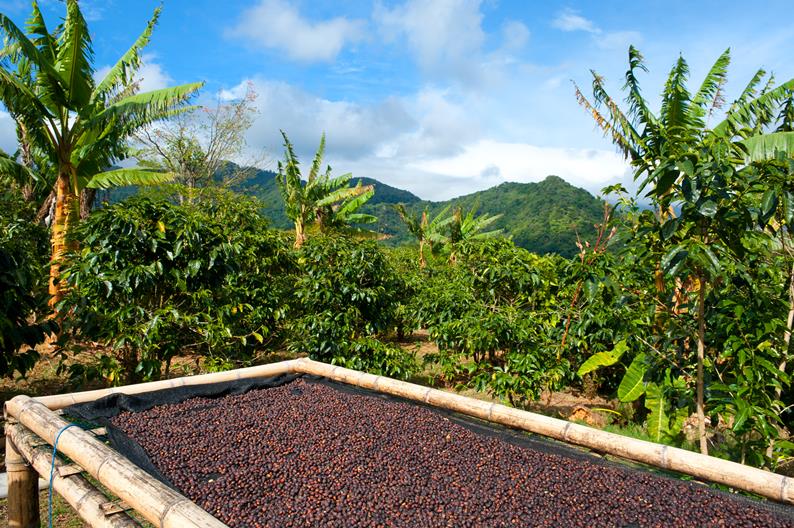
10. Manzanillo de Cuba
- Une destination encore peu fréquentée.
- Lieu par excellence pour les activités en nature.
- Visite des villes de Manzanillo, de Bayamo et de Pilon.
Manzanillo de Cuba, située dans la province de Granma, est une destination encore préservée du tourisme de masse. Le paysage est parsemé de vastes étendues vertes, des sommets de la Sierra Maestra, de plantations de bananes et de café , d’une végétation luxuriante, de petits villages campagnards et de sympathiques paysans au travail. Lieu par excellence pour les activités en nature, seuls les bruits de la mer, des oiseaux et du vent se font entendre. Vous ferez d’incroyables découvertes en parcourant le Parc National de la Sierra Maestra ou en explorant les splendeurs des récifs coralliens du Golfe de Guacanayabo. Visitez les villes de Manzanillo, de Bayamo et de Pilon pour goûter pleinement les saveurs cubaines.
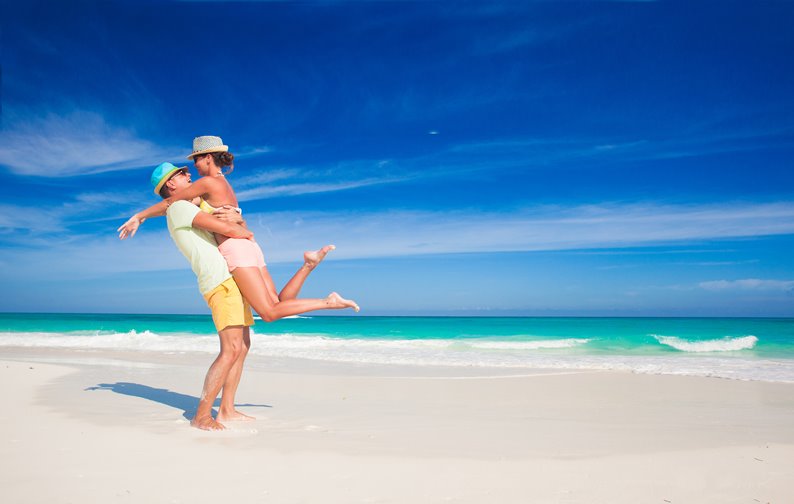
11. Santa Lucia
- Des plages à perte de vue, parfaites pour les longues marches.
- Abrite l’une des plus importantes formations de récifs coralliens .
- Expérience culinaire authentique chez l’habitant.
De longues plages et des vacanciers souriants peuplent la station balnéaire de Santa Lucia. L’eau calme et peu profonde est parfaite pour une journée de détente à la mer et de belles marches au soleil. Il y a, au large de la côte, l’une des plus importantes formations de récifs coralliens. Les fonds marins réservent de magnifiques surprises aux amateurs de plongée. D’autres sports nautiques tels le paddle, le kayak et la pêche gardent les vacanciers actifs. La faune et la flore terrestres sont toutes aussi impressionnantes et diversifiées. La destination accueille chaque année un important festival de danse, une occasion unique de plonger dans l’univers sensuel et festif de la musique cubaine. Vivez une expérience culinaire authentique en dégustant un savoureux repas de langouste chez l’habitant dans le village de La Boca. À 90 kilomètres de la mer se trouve la ville colorée de Camaguey. Lors de sa visite, vous serez ébloui par son architecture coloniale et ses nombreux monuments historiques.
Avec sa chaude température, ses plages idylliques et sa grande accessibilité, Cuba est une destination très prisée durant toute l’année. Toutefois, la meilleure période pour éviter le plus possible les précipitations est de novembre à mai. Dès le mois de juin, les après-midis sont souvent accompagnés de pluies abondantes. La bonne nouvelle est que ces averses sont très souvent de courte durée et la température se fait très chaude et humide. Alors, cela ne gâcherait pas les journées prévues pour parfaire votre bronzage. Il faut aussi noter que la saison des ouragans a lieu de la mi-mai à la fin novembre. Pendant les mois hivernaux, la température reste agréable sur l’ensemble de l’île. Pour s’assurer de quelques degrés supplémentaires, il est recommandé de passer ses vacances dans les destinations balnéaires qui sont le plus au sud: Holguin, Cayo Largo et Santiago de Cuba. Cela dit, les autres stations telles que Varadero, les Cayos (Coco, Guillermo, Cruz et Santa Maria) sont un tantinet moins chaudes, mais décidément à ne pas manquer. L’eau de la mer varie entre 24 et 30 degrés selon l’endroit et la période de l’année. La baignade y est toujours agréable.
*Température moyenne **Pluie moyenne mensuelle ***Nombre d’heure moyen d’ensoleillement par jour
Cuba est la destination par excellence pour une évasion romantique. Les couples peuvent profiter d’une ambiance suave dans l’un des complexes réservés aux adultes de Varadero, de Cayo Santa Maria, d’Holguín ou de Cayo Coco. Les plages paradisiaques sont idéales pour un souper au coucher du soleil, un massage en duo, de longues balades matinales, des journées de détente ou une cérémonie de mariage. L’île invite les amoureux à faire le plein de souvenirs et de romance en sillonnant les rues pavées de Trinidad, de Santiago de Cuba et de la Havane.

Enfants heureux, parents heureux dit-on ! Soyez comblé de bonheur à la vue de vos enfants qui barbotent dans l’eau calme de Cayo Coco, qui découvrent les poissons colorés d’Holguín, qui nagent avec des dauphins à Varadero et qui s’émerveillent devant les bébés tortues à la ferme de Cayo Largo. Aventure en bateau, soirée carnaval et visite de grottes, Cuba a de quoi divertir petits et grands!
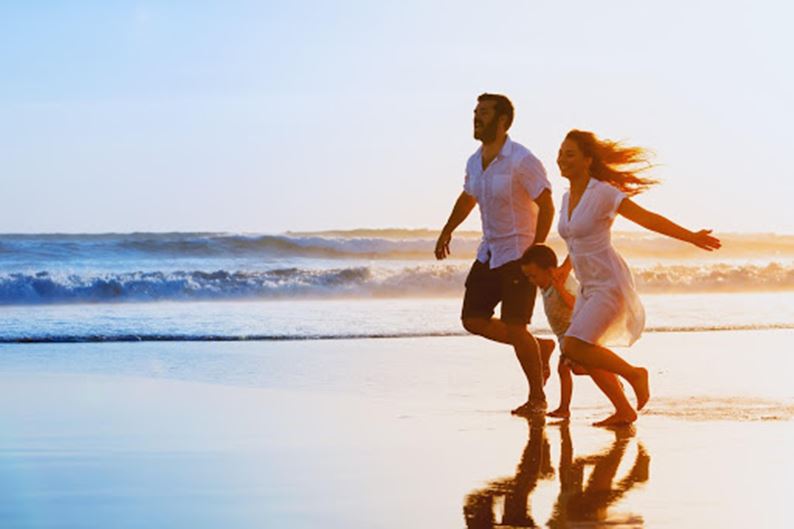
Entre amis(es)
Partez à l’aventure entre amis(es) sur un bateau de pêche en haute mer, naviguez les eaux chaudes à bord d’un catamaran ou faites la bronzette sur une plage immaculée bordée de cocotiers. De jour, découvrez les campagnes cubaines en Jeep Safari ou dégustez le fameux rhum Havana Club lors d’une visite de distillerie. En soirée, délectez-vous des saveurs cubaines dans l’un des restaurants de Varadero et laissez-vous porter par la frénésie de la vie nocturne. Un vaste choix d’hôtels animés en formule Tout inclus est offert aux groupes!

- Départ de Kingston --> Départ de Bagotville Départ de Charlottetown Départ de Fredericton Départ de Halifax Départ de Moncton Départ de Montréal Départ de Ottawa Départ de Québec Départ de St. John's Départ de Toronto
- Entre le Réinitialiser date
- et le Réinitialiser date
- Étoiles 2 ou + 2.5 ou + 3 ou + 3.5 ou + 4 ou + 4.5 ou + 5
- Trier par Par prix Par date de départ Par nombre d'étoiles
Nous n'avons trouvé aucune aubaine qui correspond à votre recherche.
Consulter tous nos articles

IMAGES
VIDEO
COMMENTS
Here are some handy hints for visiting Cuba on a budget. Daily costs in Cuba (prices in US$ equivalent) Double room in three-star all-inclusive resort (low season): US$110. Double room in casa particular: US$20-50. Public bus in Havana: US$0.40. Bus ticket from Havana to Varadero: US$9. Coffee: US$1-3. Sandwich: US$6-7.
Mais pour passer un séjour totalement serein, le mieux est de prévoir vos dépenses à l'avance. Calculez donc votre budget voyage à Cuba facilement en consultant la liste des prix en bas de cette page. Vous y apprendrez que le coût de la vie à Cuba est de -32% par rapport à la France, et qu'un dîner complet au restaurant ne vaut que 11. ...
The island of Cuba was "discovered" and claimed for Spain by Christopher Columbus during his first voyage to the New World in 1492. While it's been a popular travel destination for years, ... Cuba Budget Travel Guide 2021. What draws people to the tropical Caribbean island of Cuba is much more than beaches and antique 1950's cars ...
In Cuba, you'll be using the CUP — the Cuban Peso — for anything and everything while you're travelling in this beautiful country. And as I write this, in early-2023, 100 CUP is the equivalent of 4.20 U.S. dollars (or £3, €3.50, 5 CAD, and 5.50 AUD). And a quick note for all of my American readers out there: you probably won't be ...
For a typical day in Havana, Cuba's most expensive city, you can expect to budget as follows: Breakfast at your casa: $5 USD. Street food snacks: $2-5 USD. Lunch at a paladar: $5-7 USD. Dinner at a paladar: $5-10 USD. Alcoholic beverage: mojito: $2-3 USD, beer: $2 USD, rum: $5 USD/bottle.
Cost of Accommodation in Cuba. $20 - $30 / night for a double room in a casa particular. Solo travellers can get a discount. $25 - $180 + / night for a hotel room. For authentic Cuba travel , Casa Particulares are the way to go! If you're wondering where to stay in Cuba for cheap, this is it.
A typical seven days trip to Cuba costs anywhere from 1,200 to 3,000 USD, including flights, accommodation, and insurance. Plan to pay at least 500 USD for your flight ticket, but it can be as high as 1,700 USD, especially if departing from the US.
Budgeting Accommodation. Budget: Cuba offers family-run bed and breakfasts (or casas particulares) for around 15 to 25 pesos per night. Mid-Range: For mid-range hotels, expect to pay roughly 70-130 pesos per night. High-End: Upscale hotels will cost about 150-250 pesos per night. Check out our favorite booking platforms Booking.com, Tripadvisor and VRBO for the best deals on accommodation.
For budget vacations in Cuba: Las Americas Hotel in Santago de Cuba is an understated hotel that's a seven minute walk from Cementerio Santa Ifigenia and 1 1/2 miles from the Diego Velazquez Museum. Basic rooms with old-fashioned decor provide cable TV, as well as balconies or terraces. Hotel Isla de Cuba is in Camaguey, Cuba's third largest city.
Daily costs in Havana. Double room in three-star hotel (low season): US$150. Double room in casa particular: US$30-50. Public bus in Havana: US$0.40. Taxi from Centro Habana to the airport: US$30. Coffee: US$1-3. Sandwich: US$6-7. Dinner for two: US$40. Bottle of beer in a bar: US$2-4.
FREE cancellation on select accommodations Save on Cuba vacation deals with Expedia. Get fantastic Cuba deals & book your Cuba trip now.
If you plan to take buses and stay at cheaper accommodations, your costs will be less. If you plan to hire private taxis and stay in high-end places, your costs will be higher. Accommodation: $30-40/night. Food: $15-25/day. Transportation: $10/day, plus $30-35 each way if you plan to visit other cities by shared taxi.
Honest & easy to read 2 minute summary on budget holidays in Cuba, including; what they entail; how to decide between small group or tailor made; where you'll be staying; how to use CUCs and CUPs and best time to go with a month by month run down and temperature chart. Toggle navigation. menu. 1-866-821-6866 .
The cost of food in Cuba can be very cheap or quite expensive. Meals start at around 70 CUP and can cost anywhere up to 1,000 CUP including dinner and drinks if you dine somewhere nice. Lunch prices: At lunchtime in restaurants in Old Havana, 120 CUP for a meal and soft drink is considered reasonably cheap.
Explore Cuba holidays and discover the best time and places to visit. Lonely Planet. Destinations. Planning. Inspiration. Shop. Search. Saves. Open main menu. Cuba. Back to top ... Cuba on a budget: tips for making the most of your money. Jan 10, 2024 • 7 min read. Destination Practicalities. The best time to visit Cuba. Jan 9, 2024 • 4 min ...
Cuba. $24.79. $24.55. $26.31. $10.87. $1.05. $87.57. This is the breakdown of how much this works out on an average daily basis. We budgeted £70 a day which is about US$110 or 110 CUC for two people so we were pretty happy that we came in under budget at £58/ $88 a day or £29/ $44 per person.
Two people traveling together for one month in Cuba will often have a lower daily budget per person than one person traveling alone for one week. A one month trip to Cuba on average costs around $1,240 (₱32,860) for one person and $2,480 (₱65,720) for two people. The more places you visit, the higher the daily price will become due to ...
Costs In Cuba: How To Budget. Travel / By Jim Stanton. Those on a tight budget could plan on spending between $50 and $60 per day in 2021. Contents show. A mid-range budget will cost between US$ 70 and US$ 120 each day, while a luxury holiday would cost between US$ 150 and US$250. Even though the thought of having to worry about budgeting when ...
Traveling Cuba on a budget, an introduction. Cuba is an island (plus a couple of small islands close by) in the northern Caribbean. It's is full of beautiful sights, from rolling hills and countryside vibes in Trinidad and Pinar del Rio, beautiful beaches in Varadero to big city life in Havana.
Nous espérons que ce très beau pays qui s'ouvre petit à petit au tourisme ne perde pas cette belle âme hors du commun. Voici notre bilan, budget et itinéraire de 3 semaines de voyage à Cuba. Nous avons visité la Havanne, Vinales, Trinidad et les Cayos Coco et Guillermo.
A Daily Budget in Cuba. Here is what you can expect to spend on a daily basis whilst backpacking Cuba: Cuba Daily Budget; Expense Broke Backpacker Frugal Traveler Creature of Comfort; Accommodation: $10-15: $15-20: $30-50 for nice Airbnb: Food: $7-15: $10-25: $25-40: Transport: $1-3 (bike taxi in Havana)
Budget voyage total à prévoir. pour 2 personnes pendant 2 semaines à La Havane. 2299 €. (2497 CUC) 3346 €. (3634 CUC) 4510 €. (4898 CUC) Un petit budget correspond à un budget "backpacker" (hôtels bas de gamme ou auberges de jeunesse, repas sur le pouce, vol avec le plus d'escales...) alors qu'un budget moyen correspond à un budget ...
Vous planifier un voyage à cuba, voici les informations importantes sur la destination :. Nom officiel. République de Cuba. Situation géographique. Pays insulaire des Grandes Antilles, entre la mer des Caraïbes au sud et l'océan Atlantique à l'est. L'île se trouve au sud des États-Unis (Floride), à l'est de Mexique, à l'ouest d'Haïti et au nord de la Jamaïque.